The 2021 McLaren 765LT is the range-topping version of the company's Super Series family, built around the 720S core model. Essentially a successor to the 675LT, the 2021 765LT is yet another tribute to the McLaren F1 GTR Longtail, a race car fitted with an elongated body for enhanced aerodynamics. The 2021 765LT shares many components with the familiar 720S, but it features a more aggressive aero package with carbon-fiber components, a race-focused interior, and a more powerful engine. As the name suggests, the V-8 engine cranks out 765 PS, which converts to 755 horsepower, 45 more than the regular 720S.
2019 McLaren 765LT
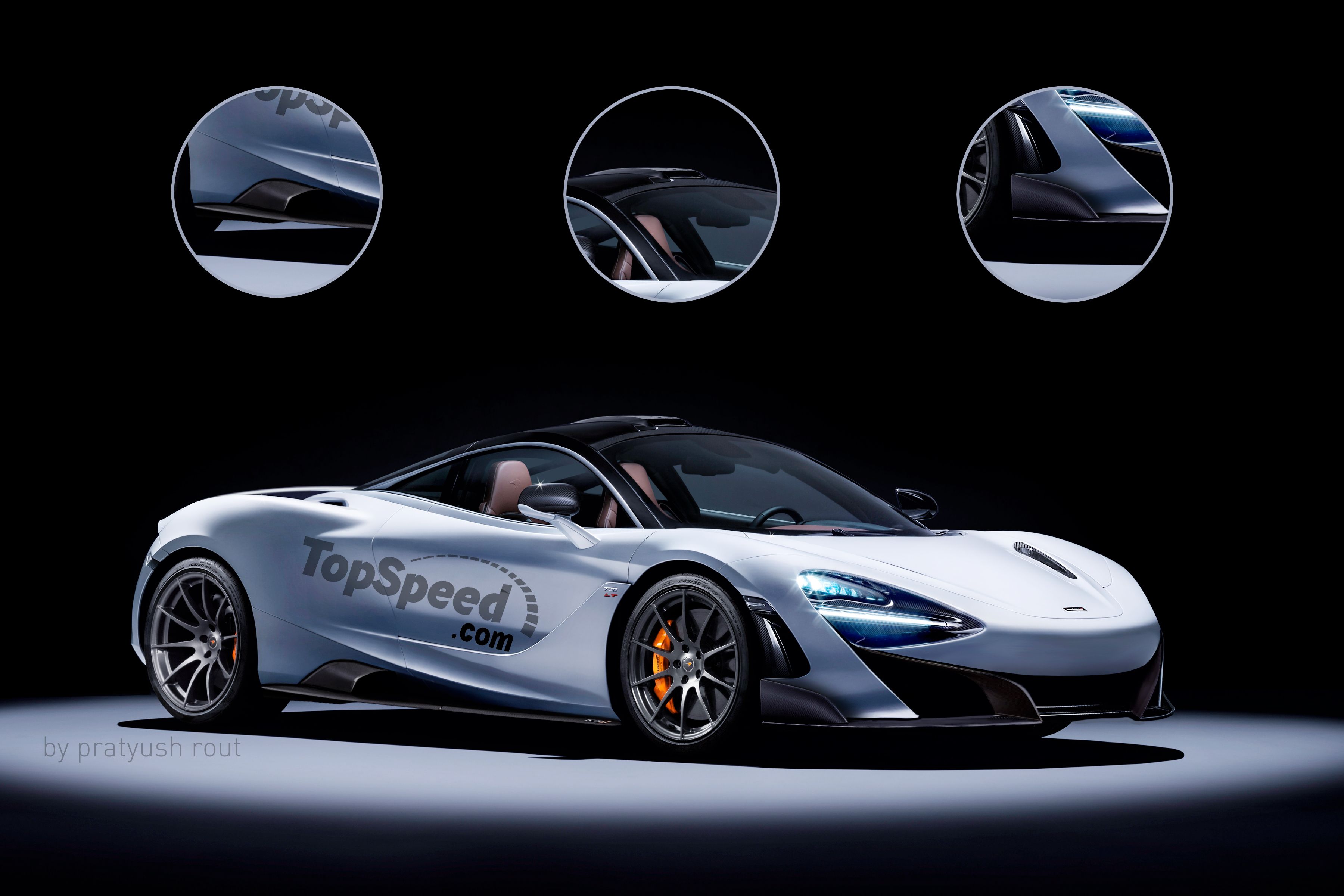

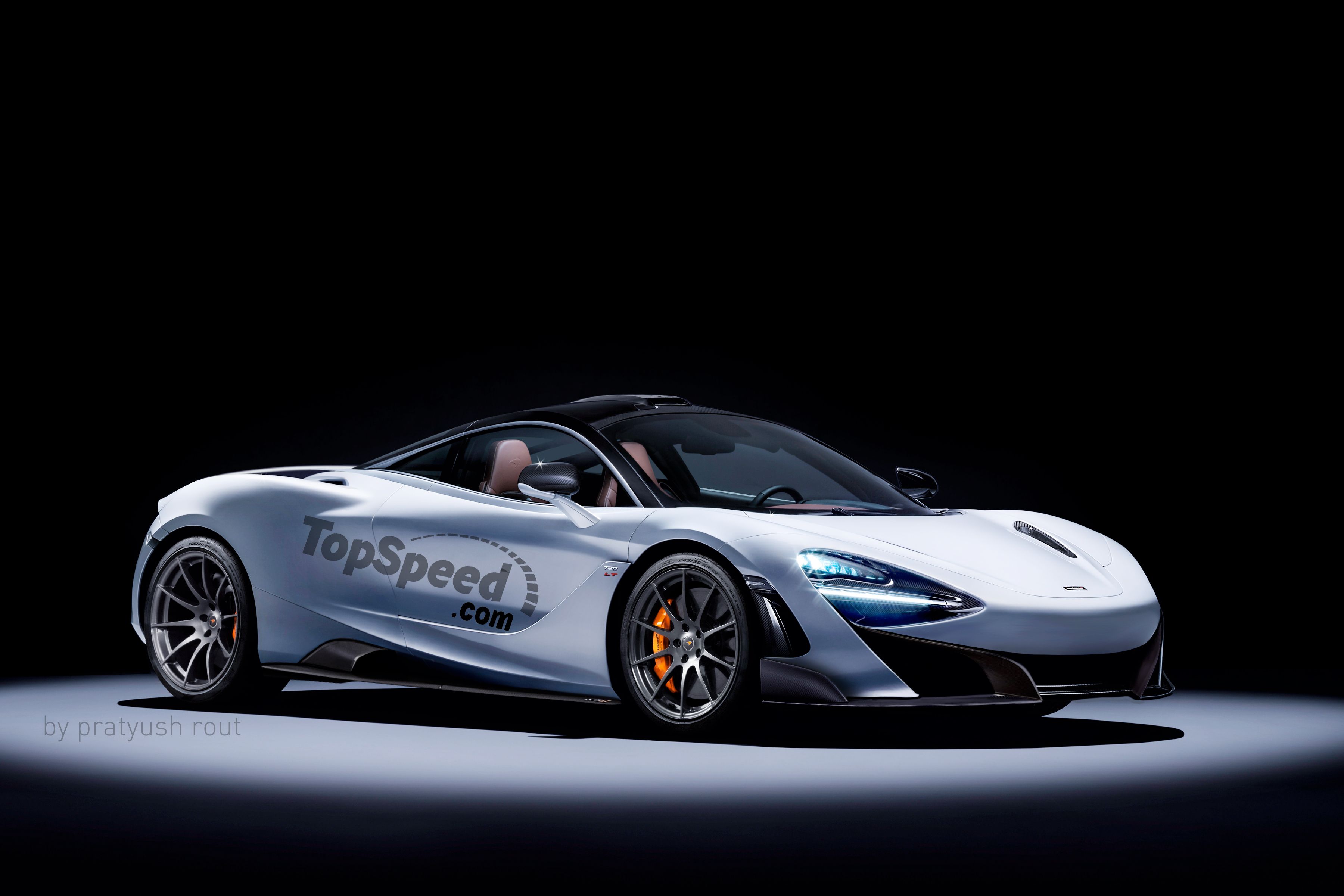
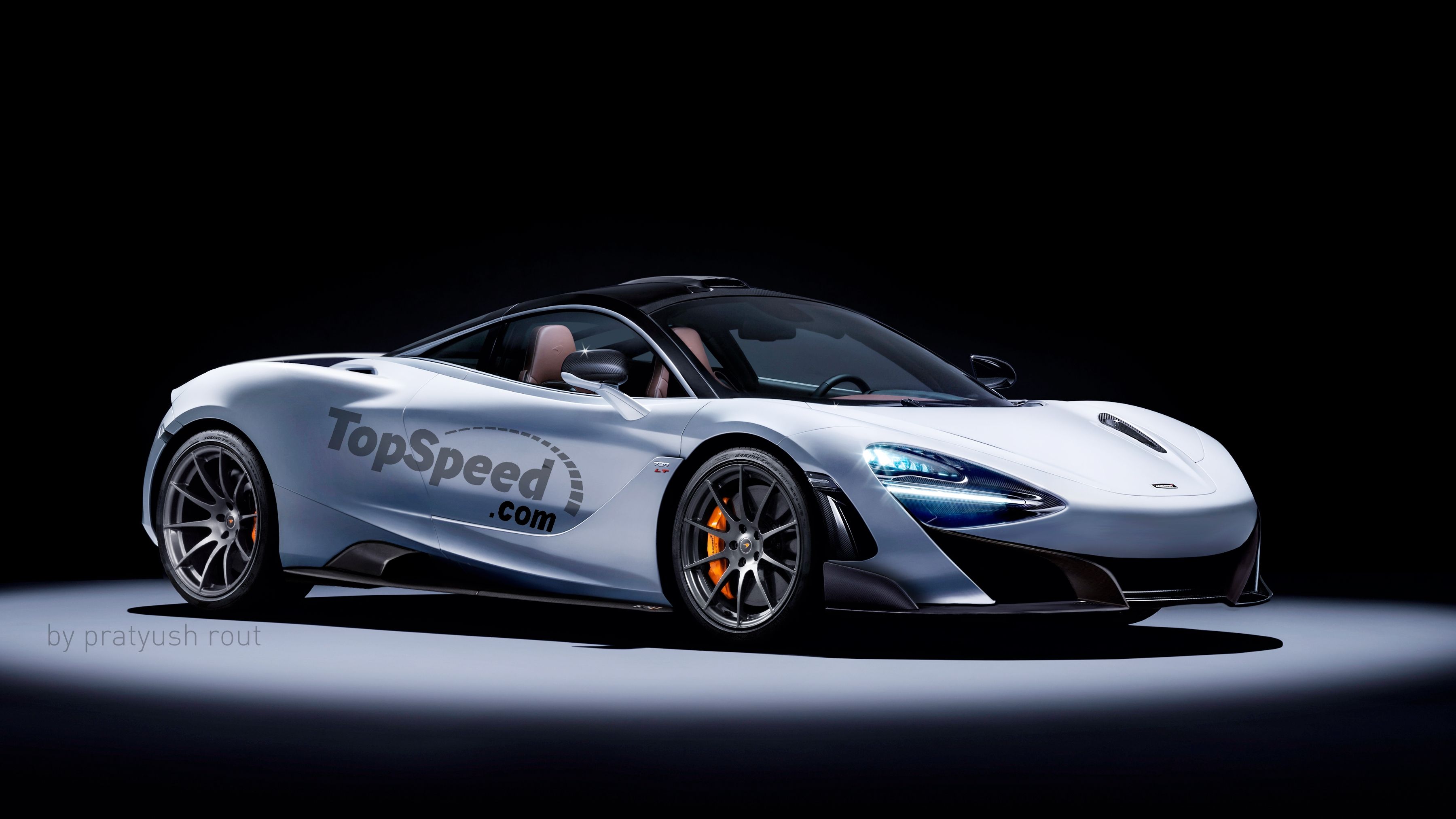
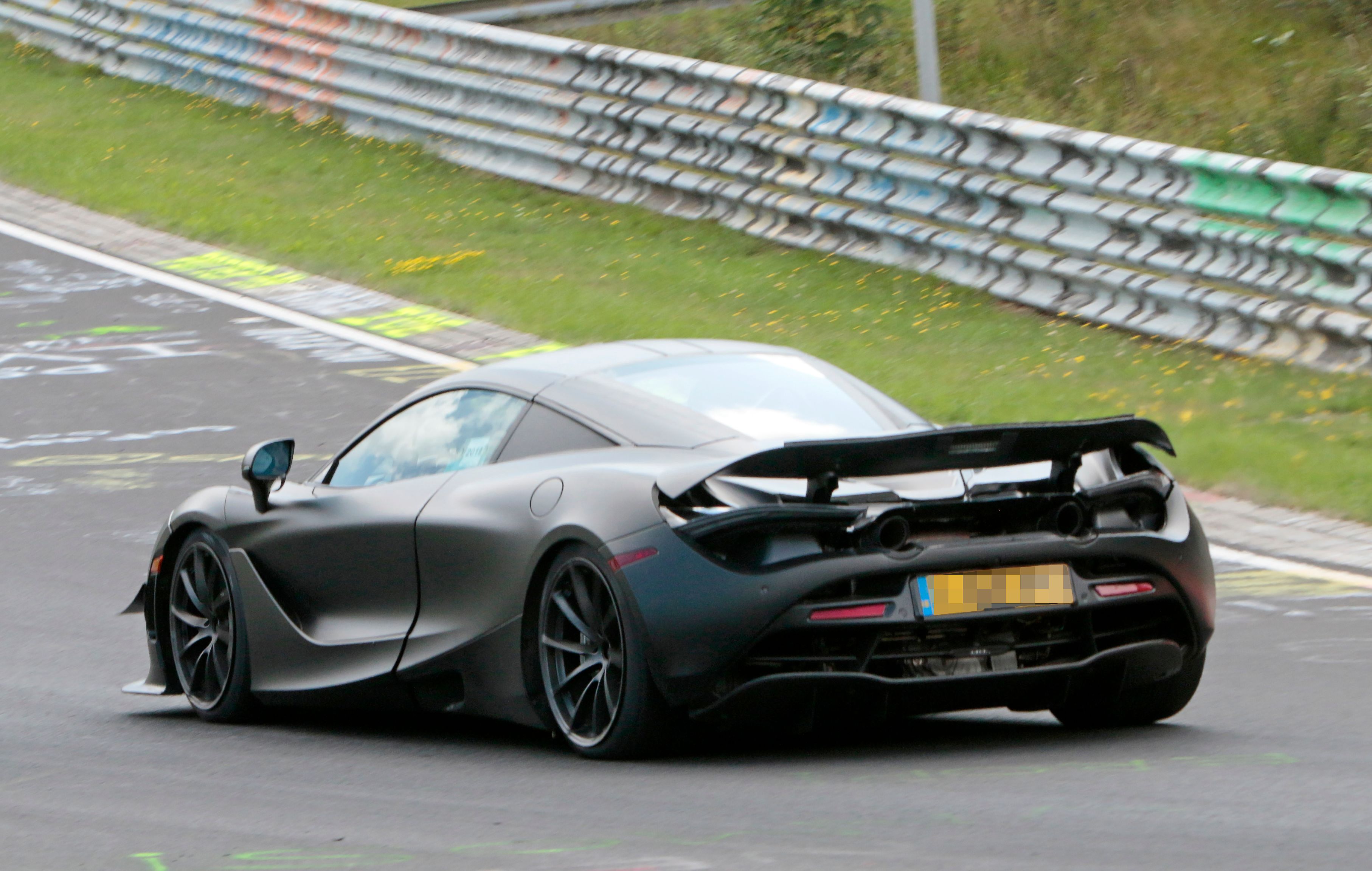
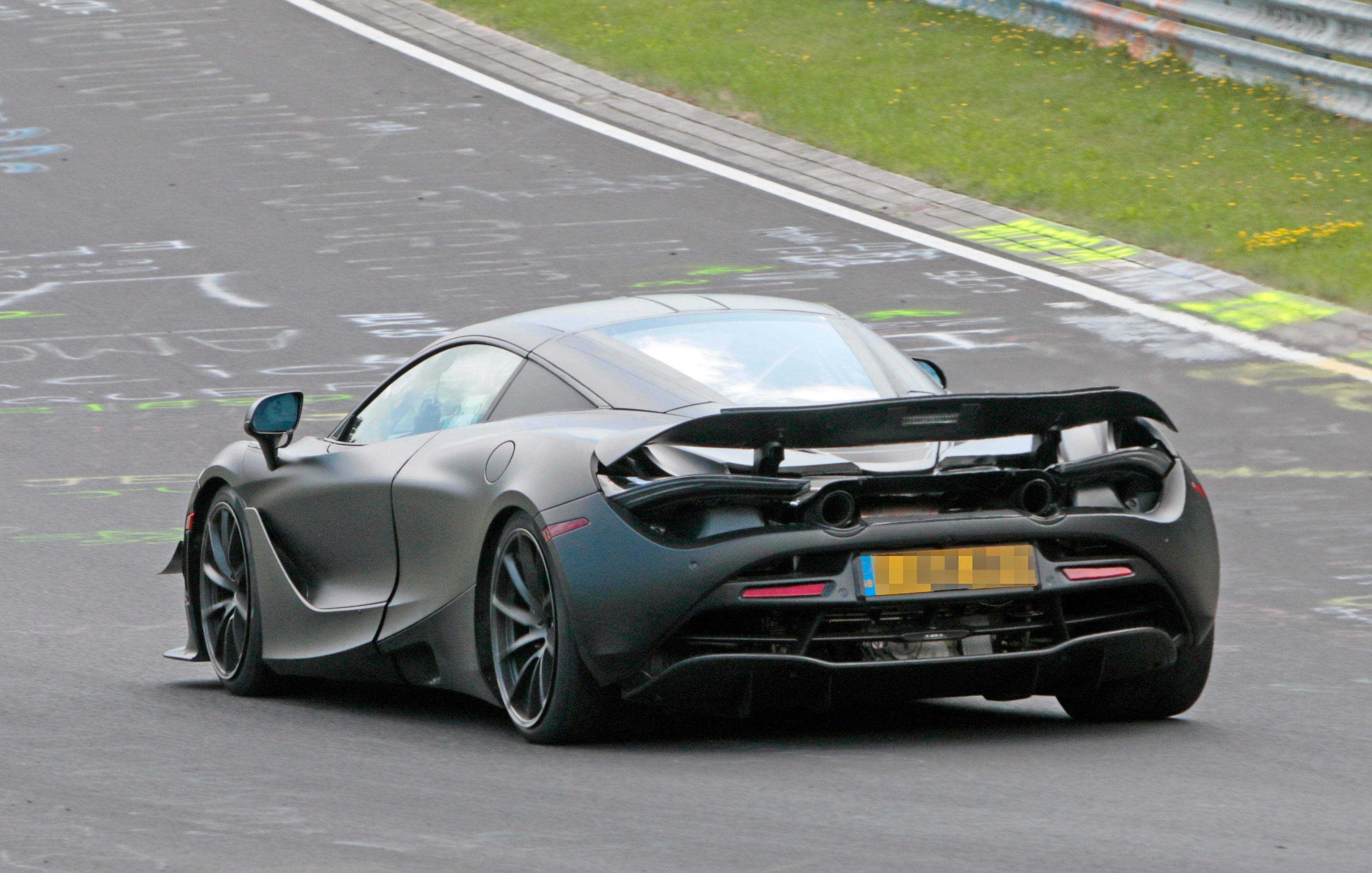
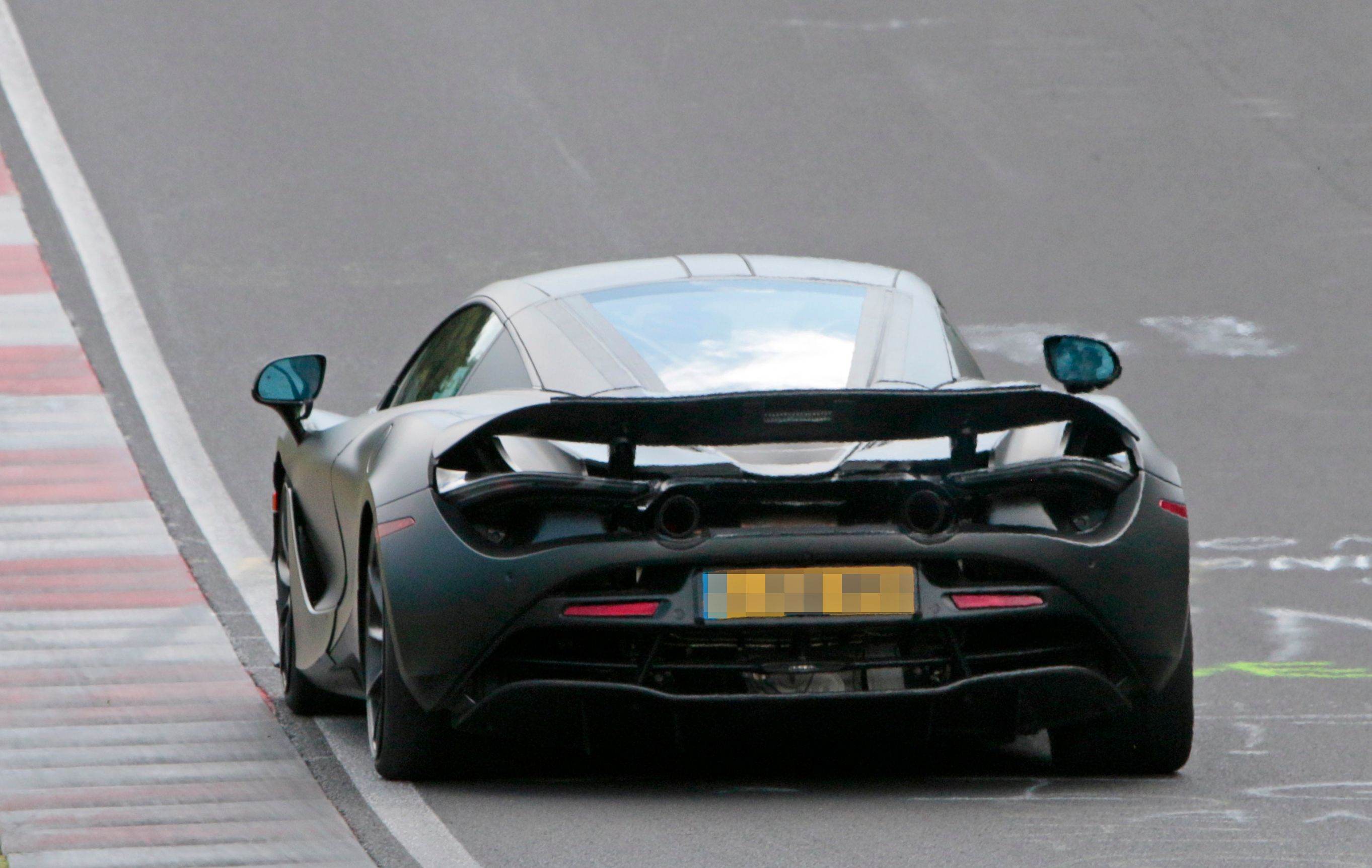
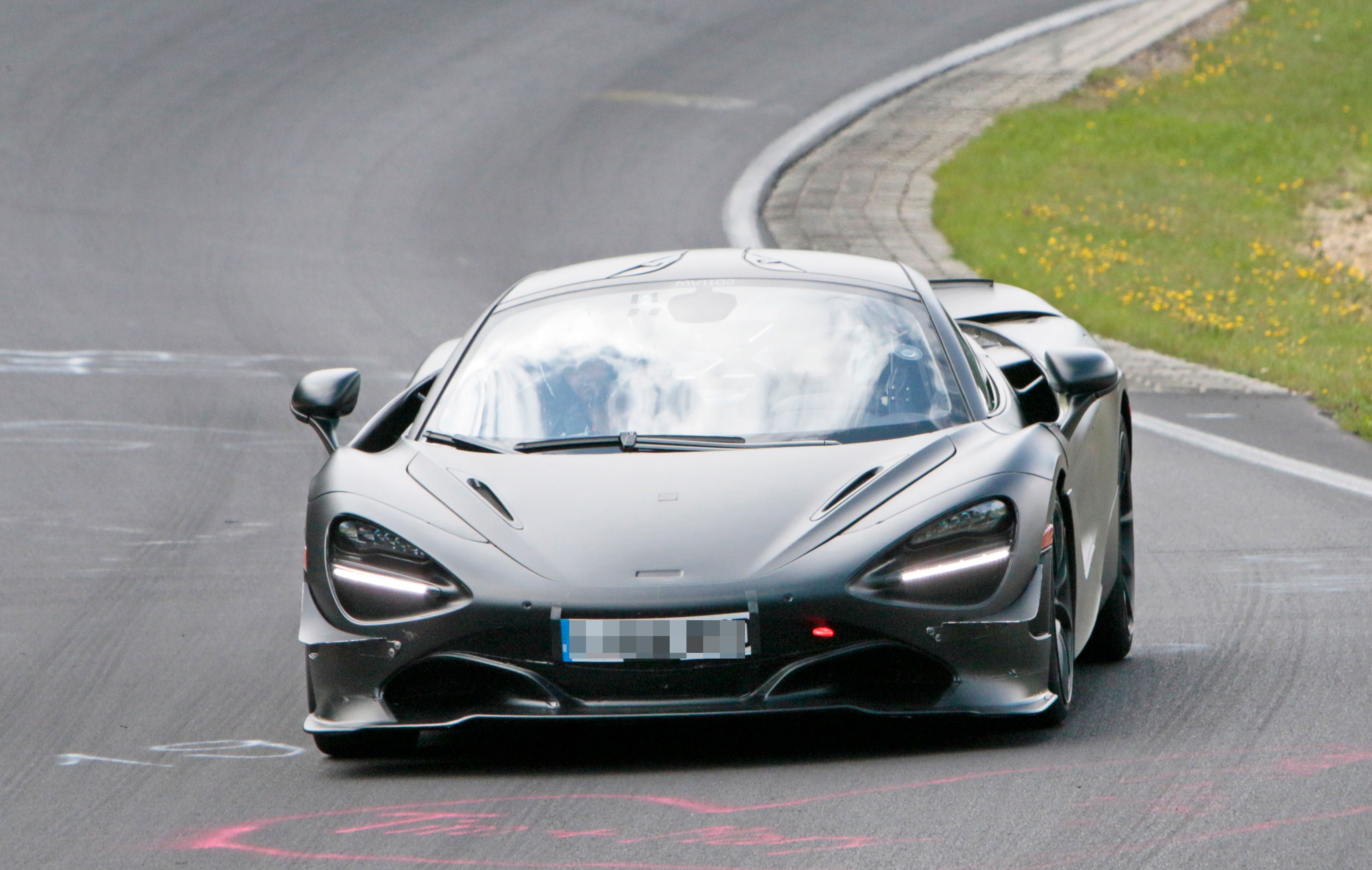
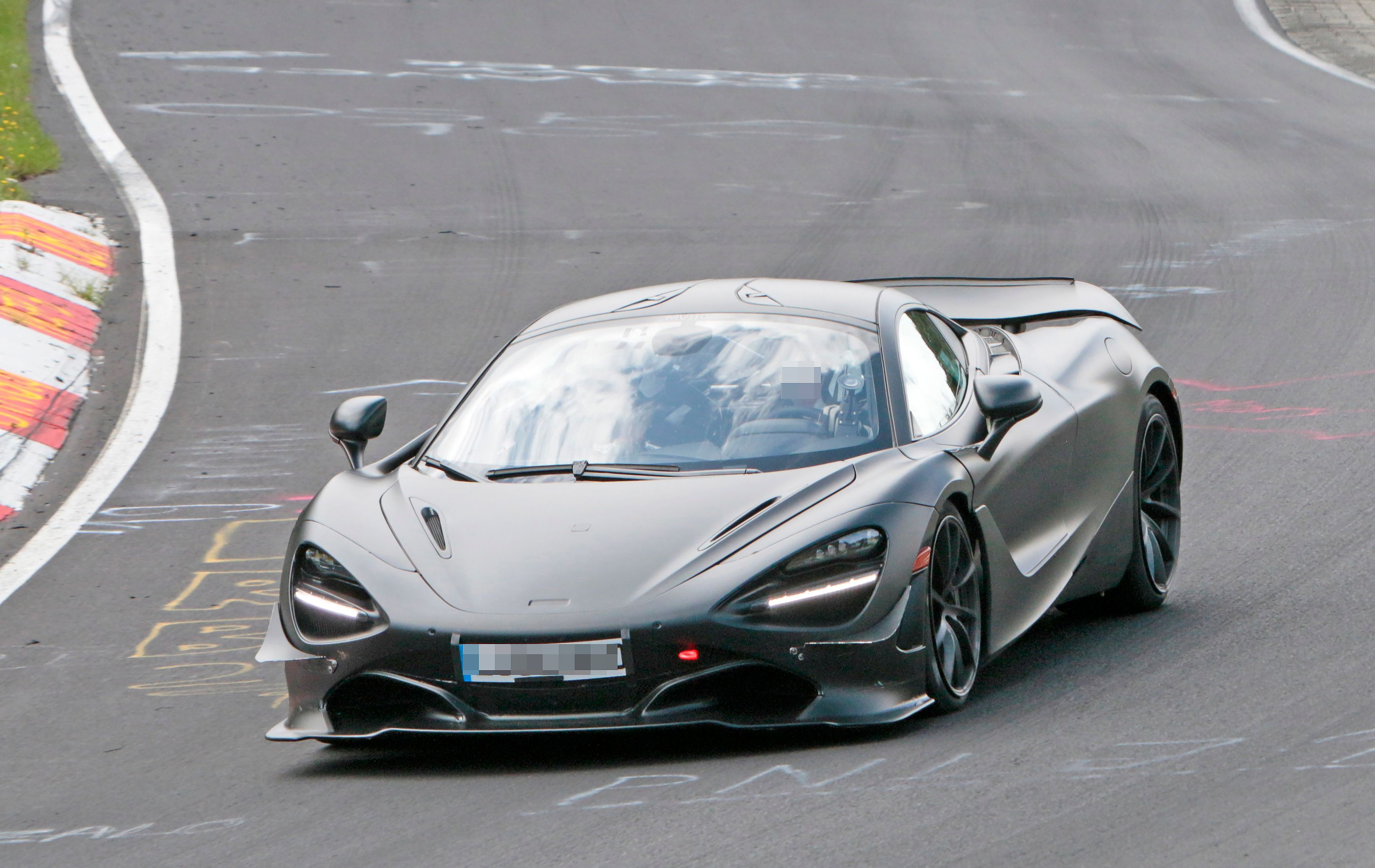
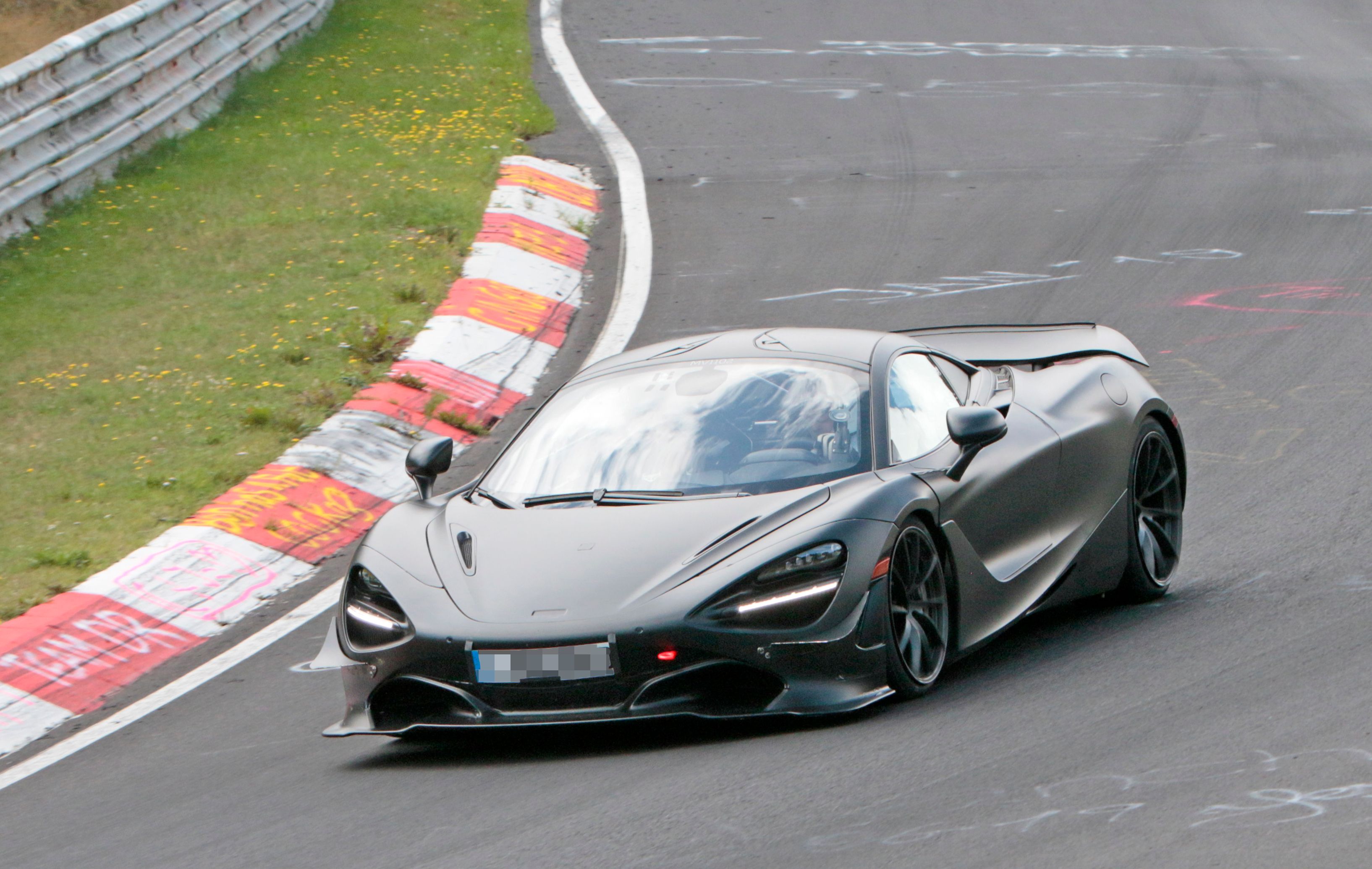
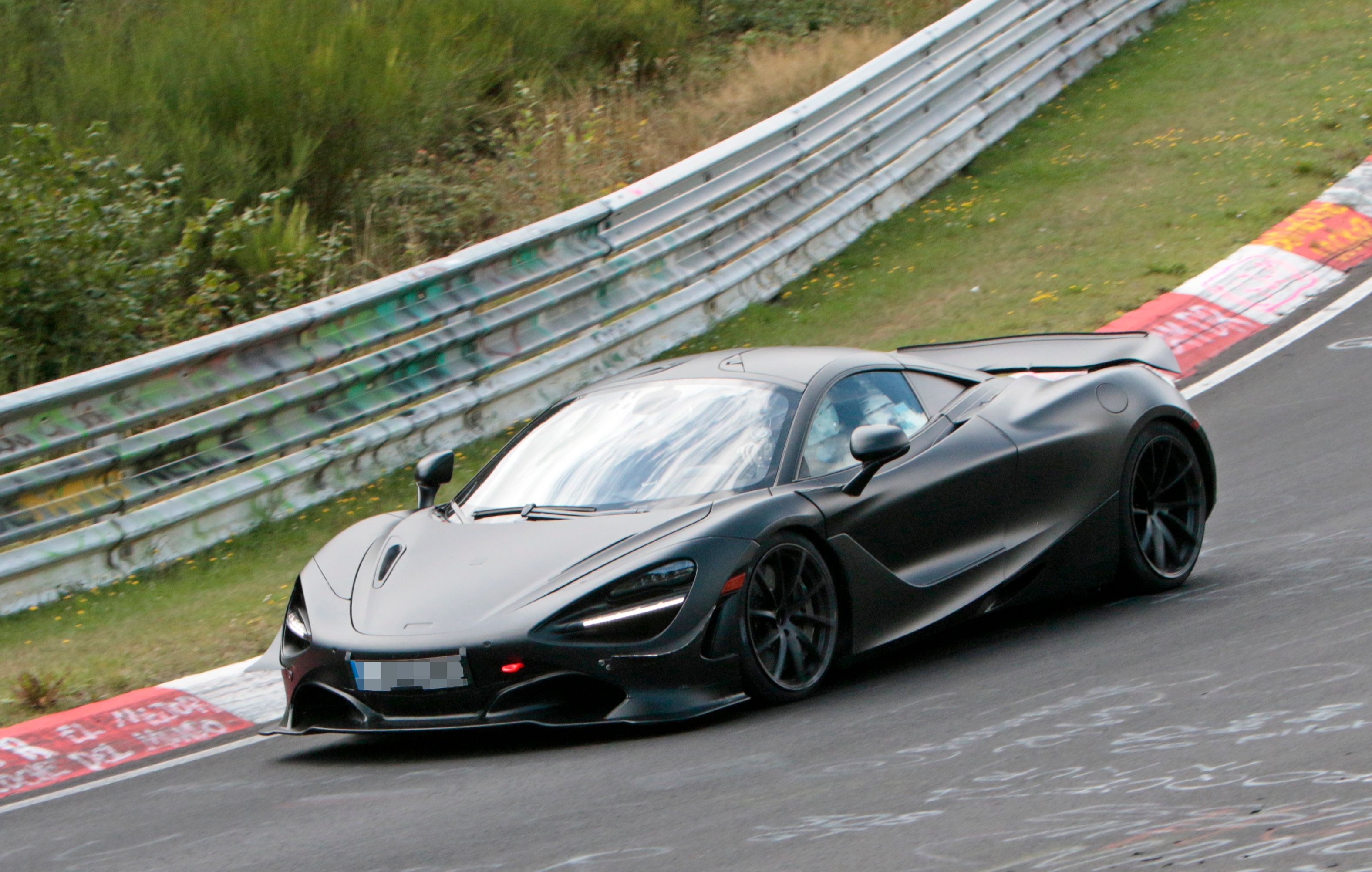
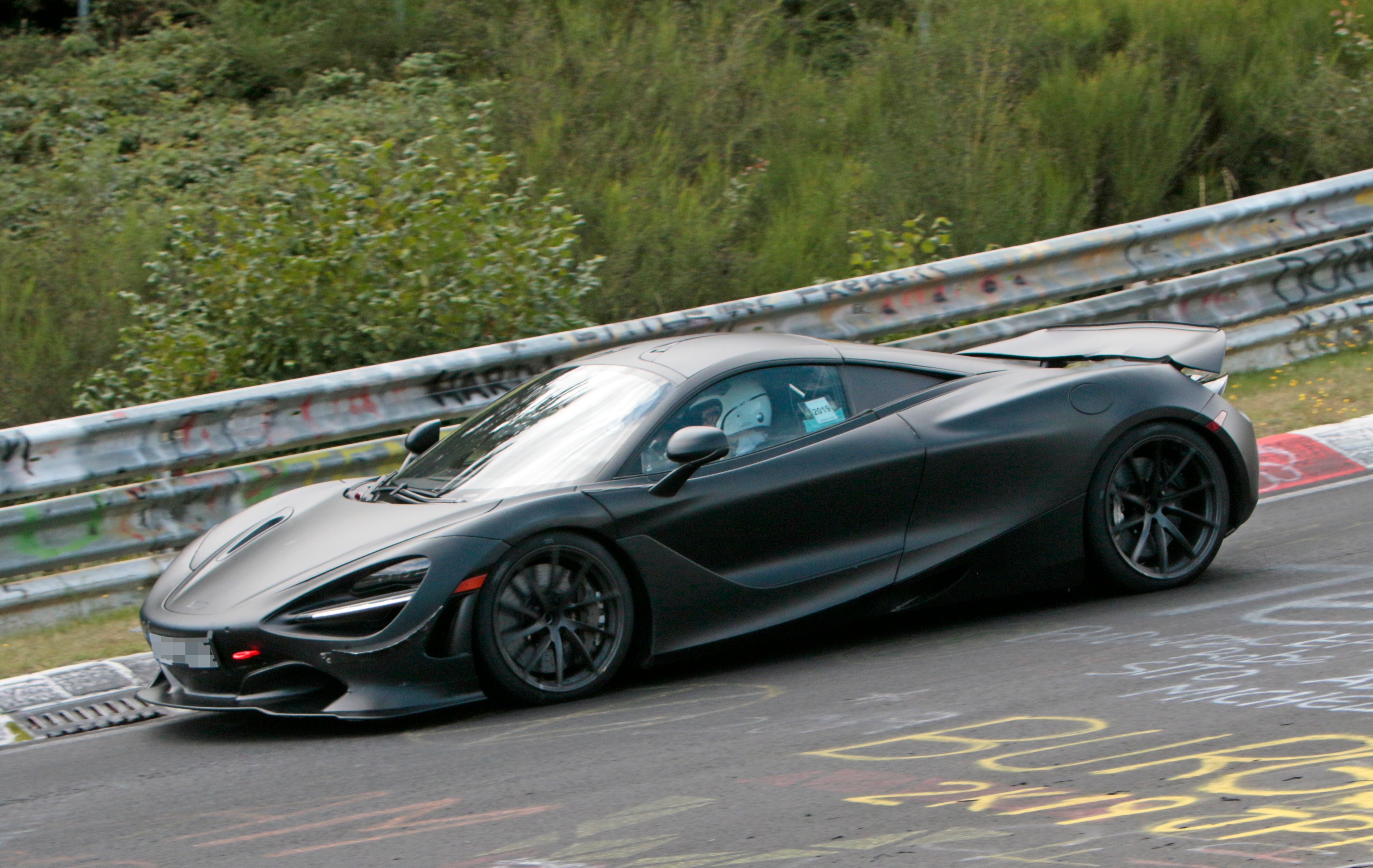
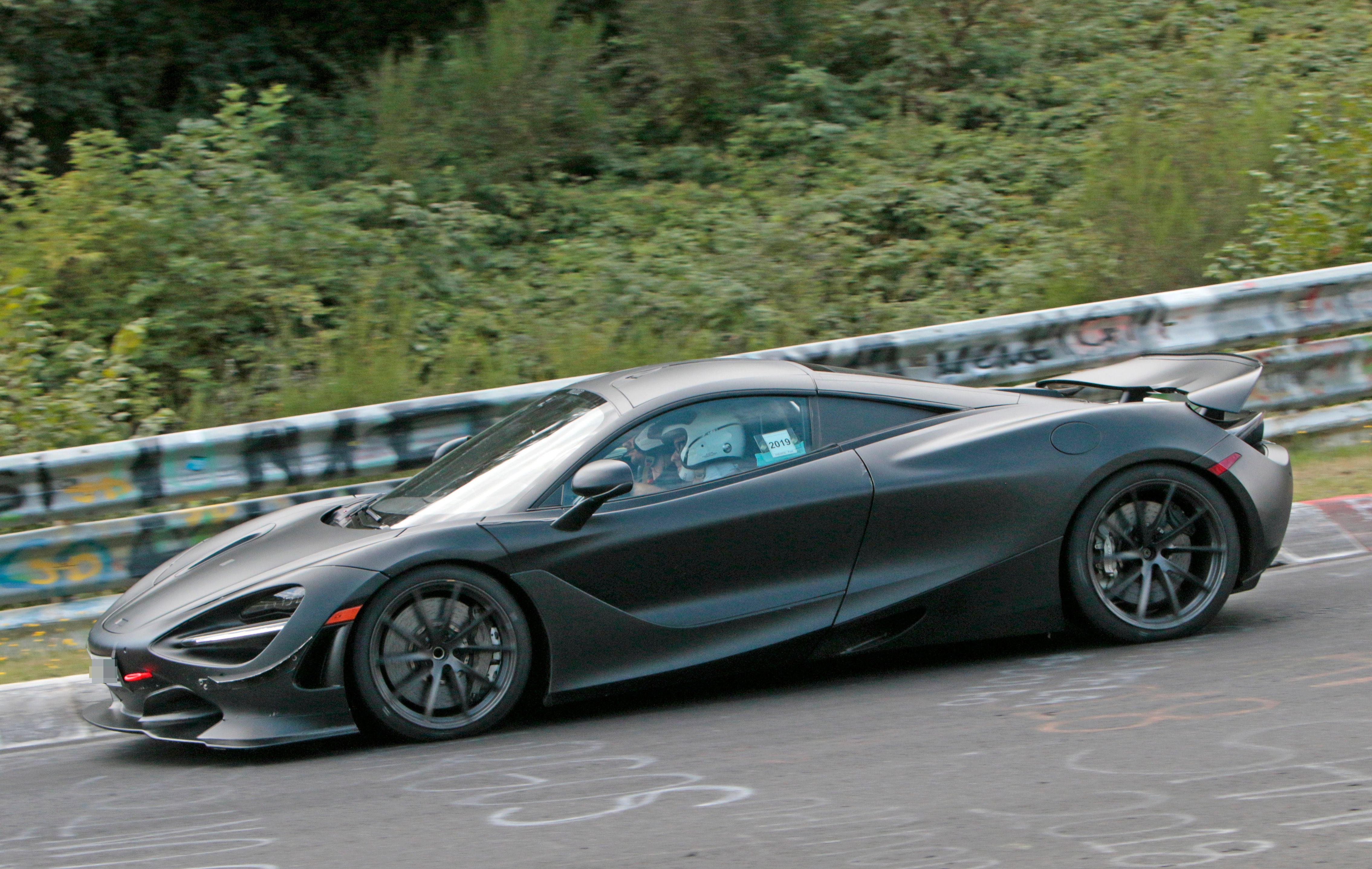
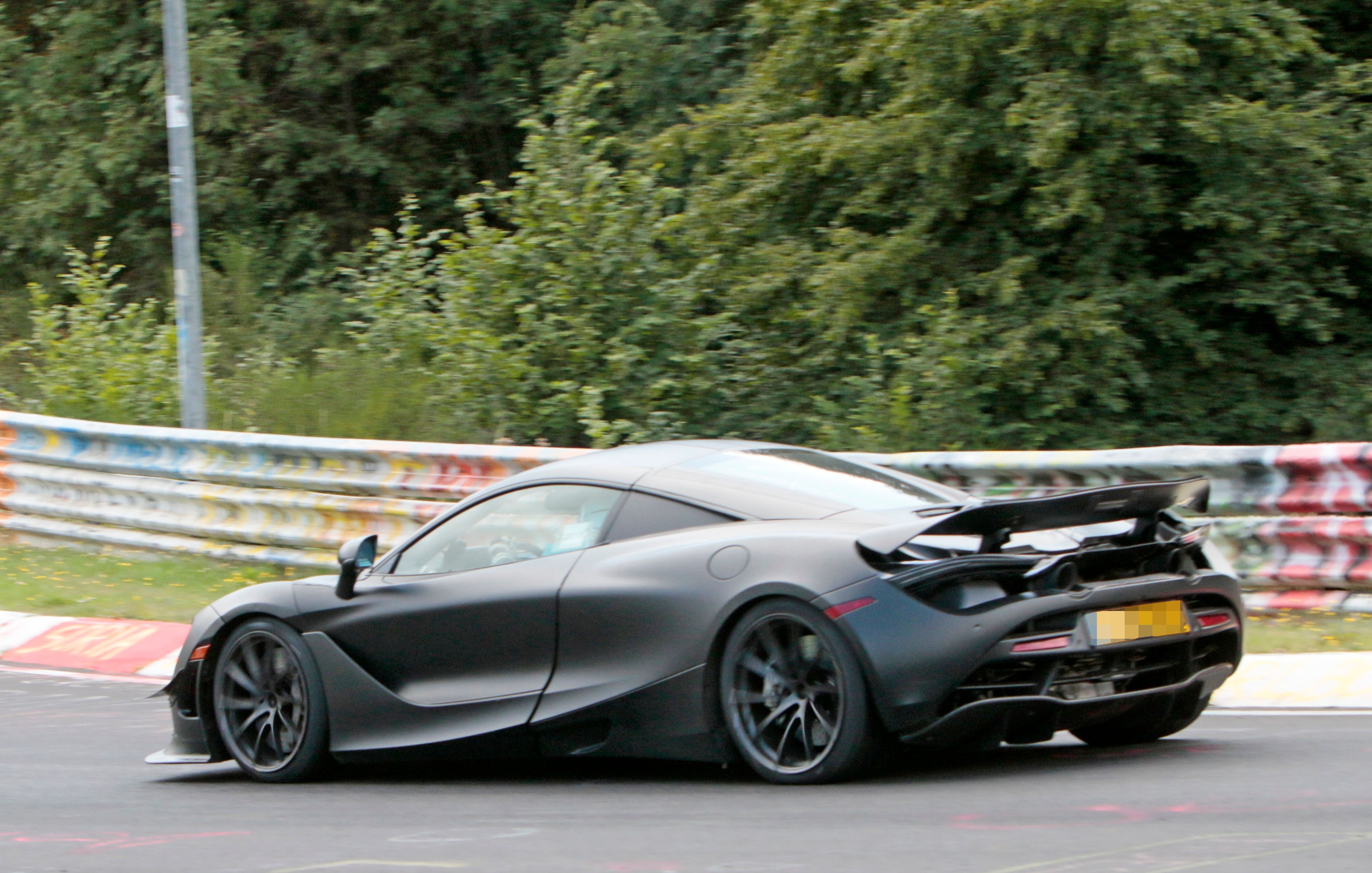
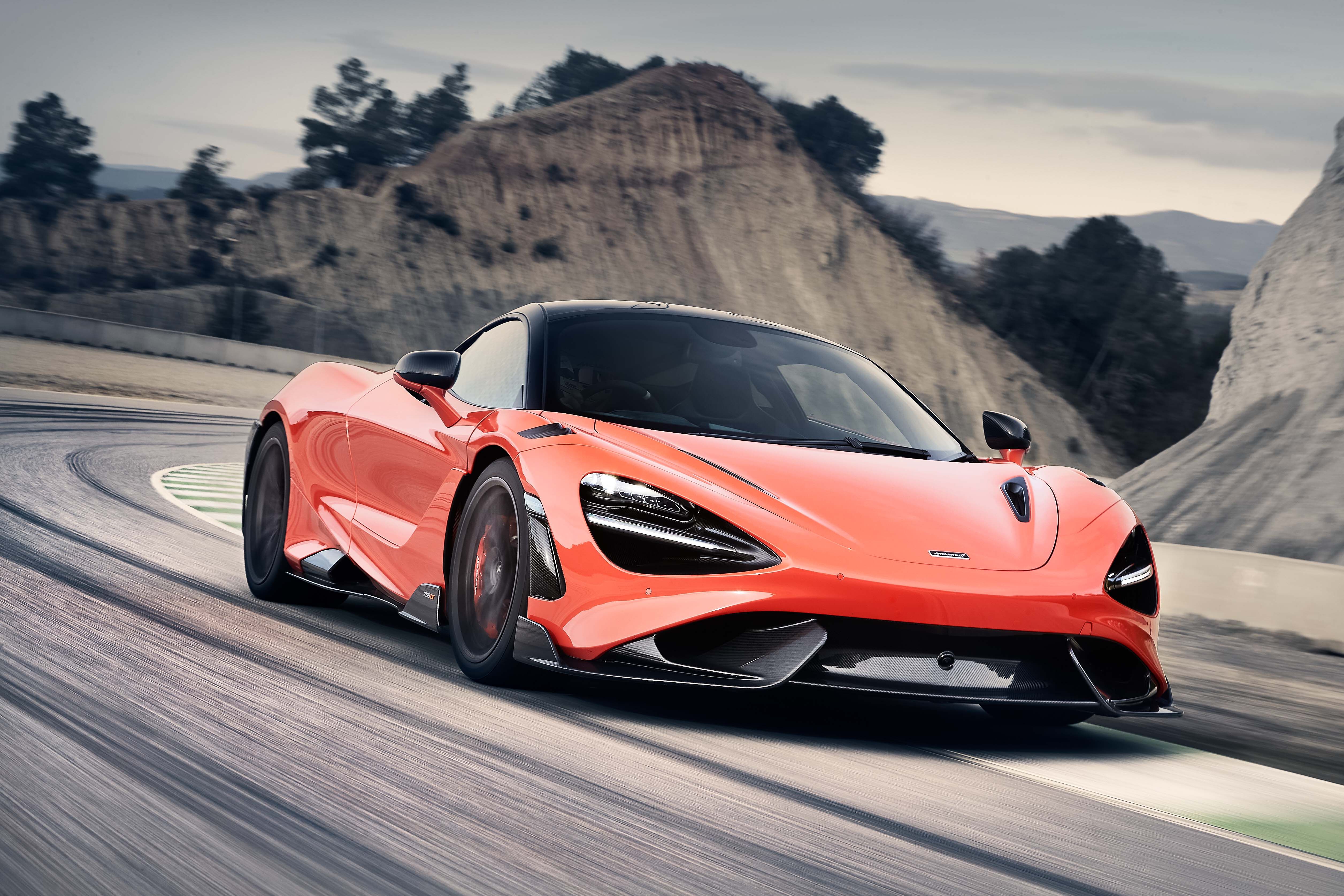
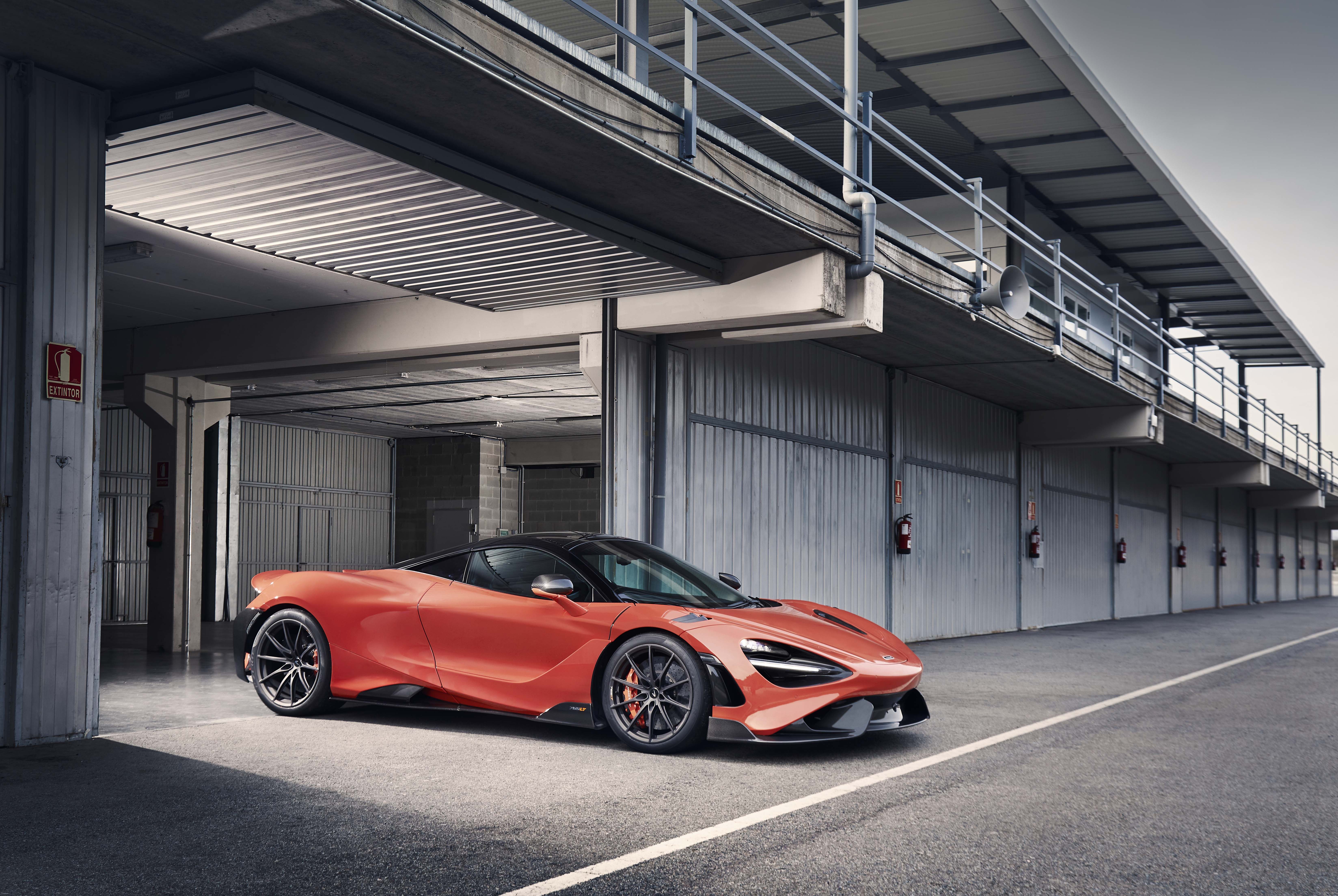
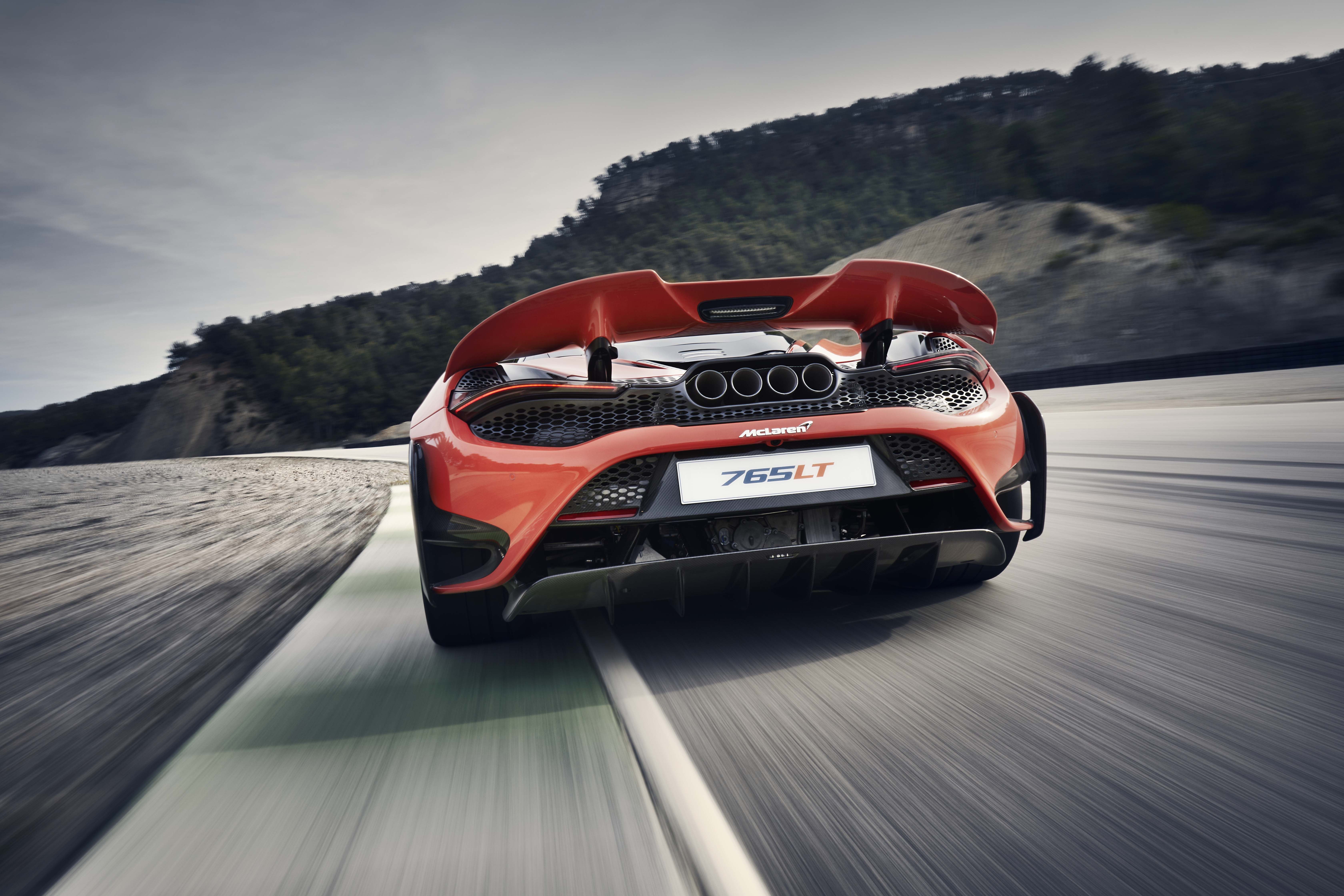
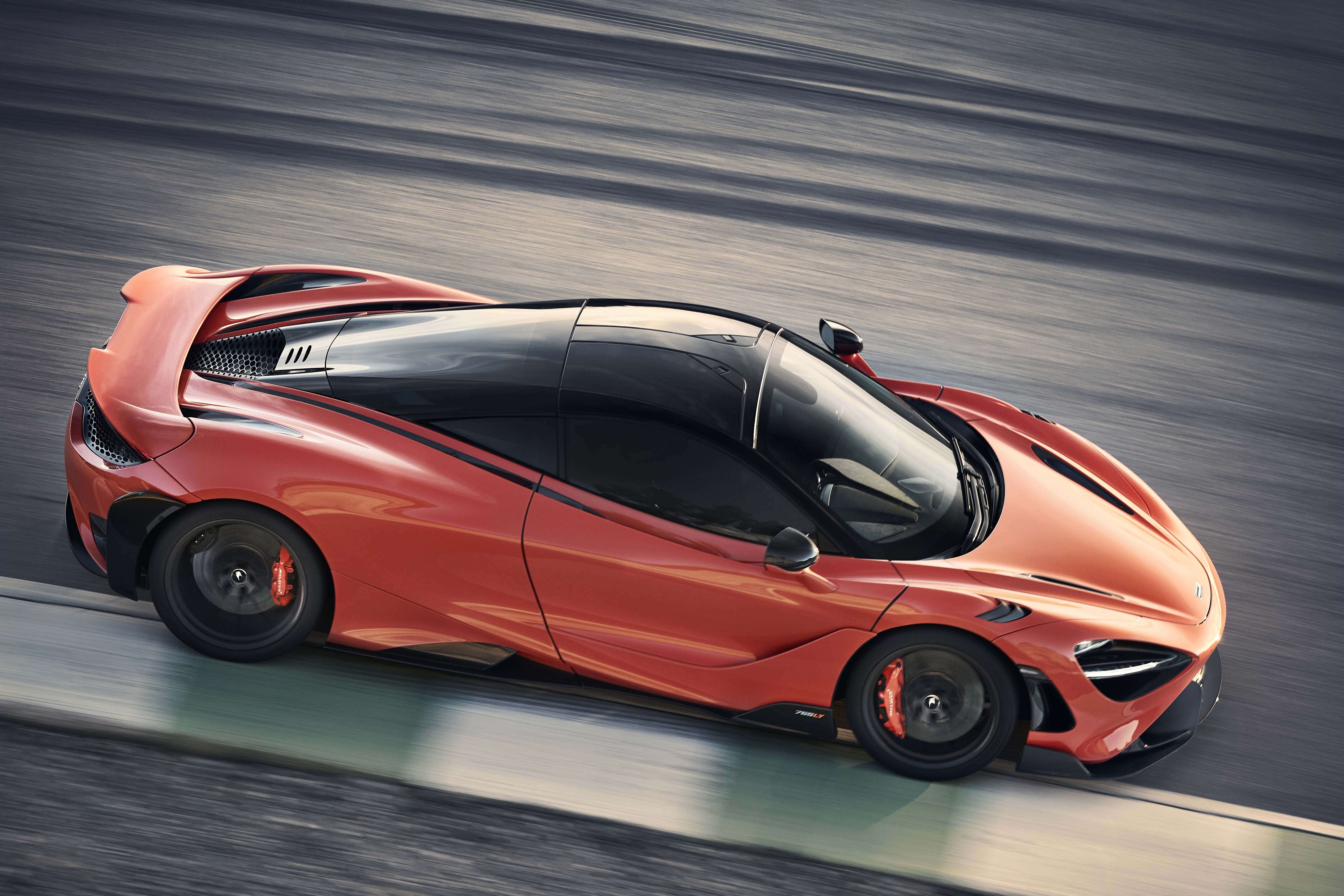
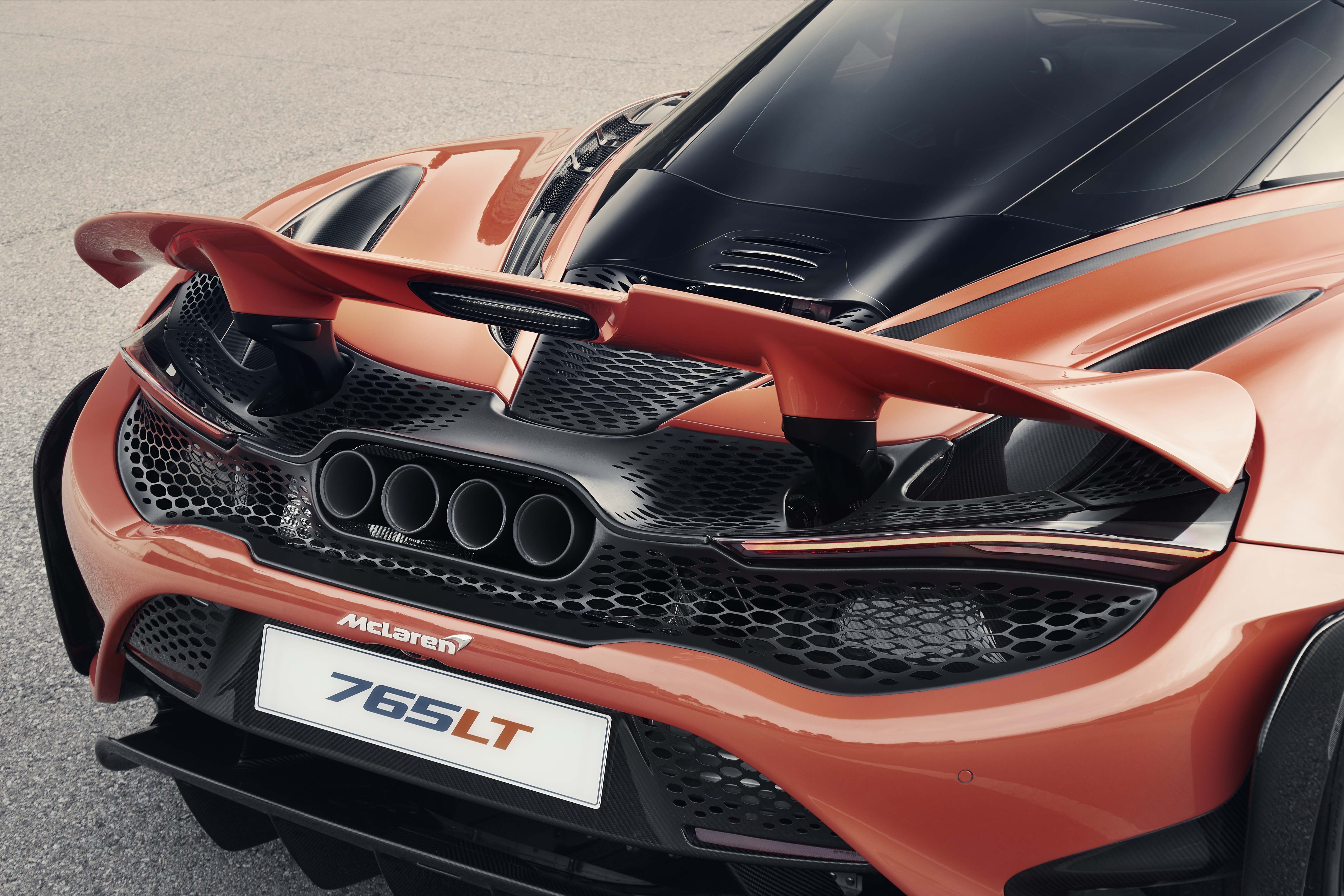
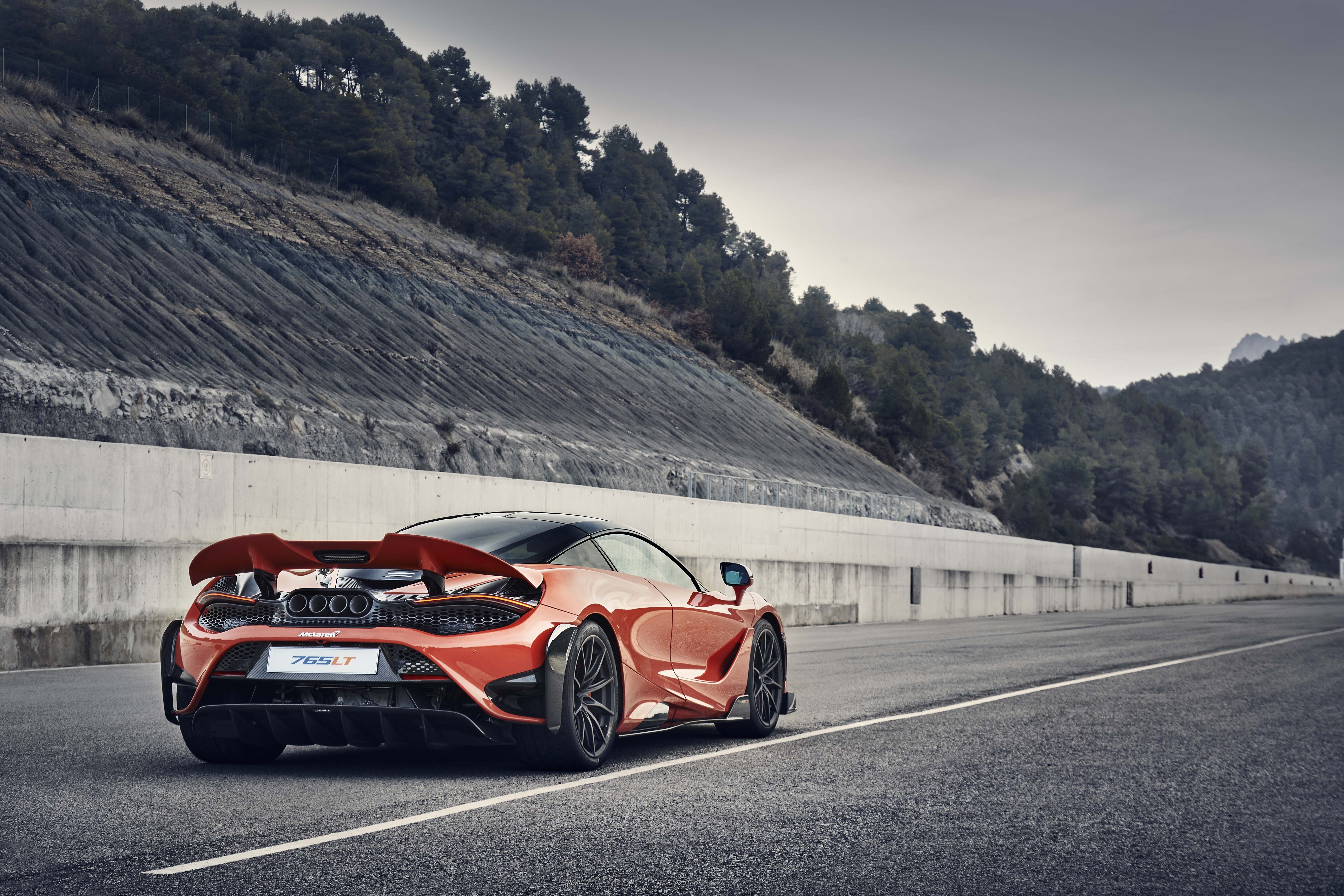
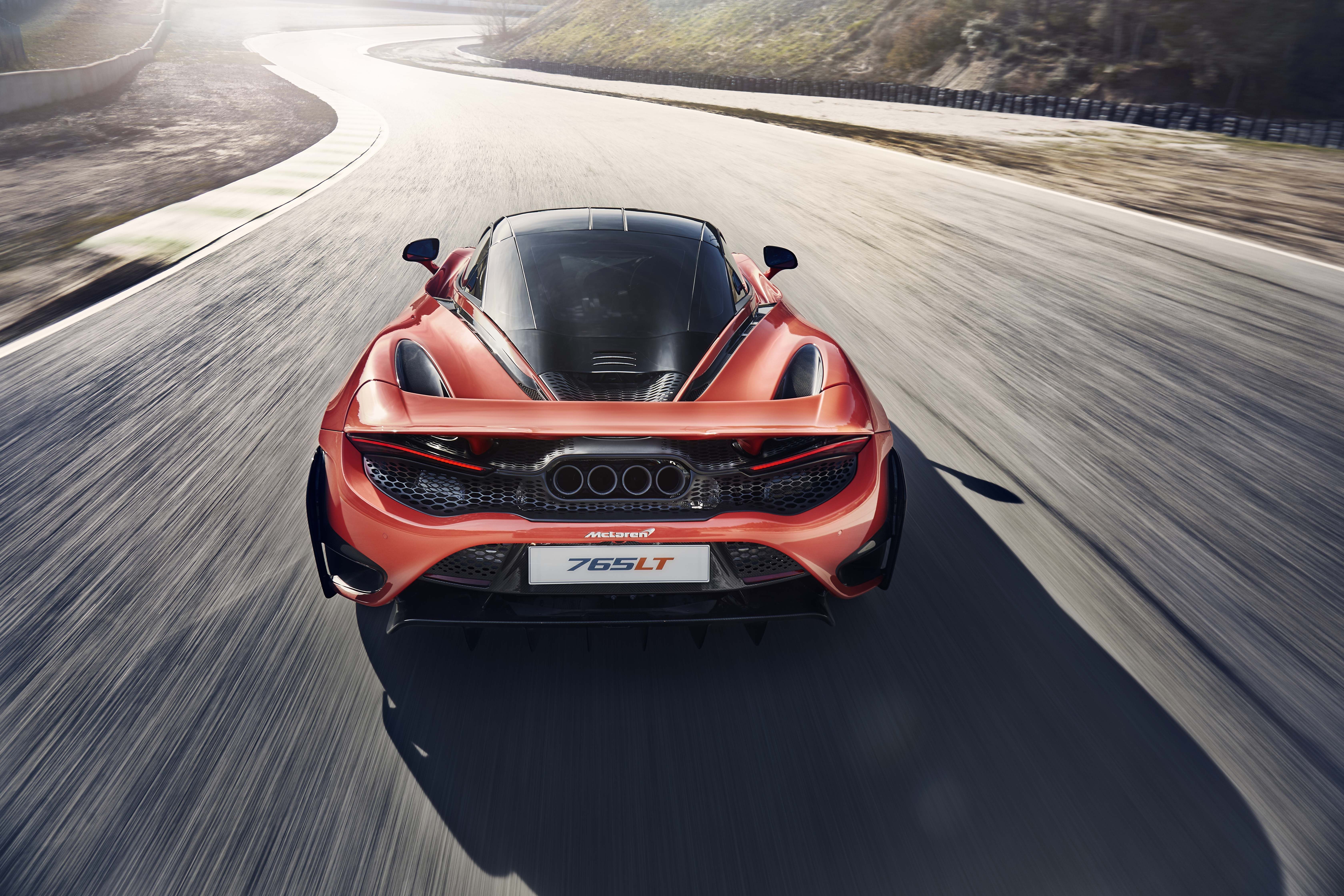
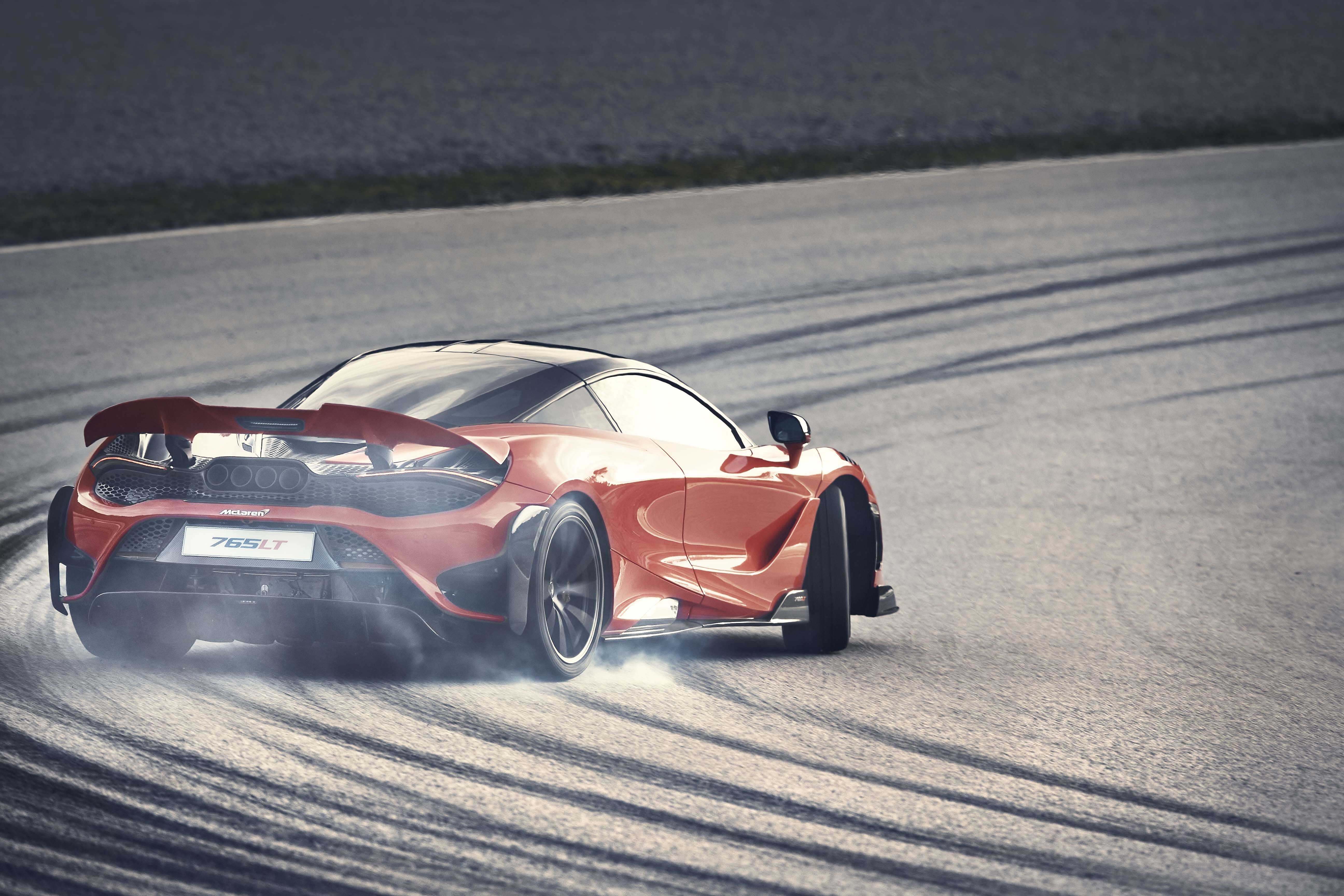
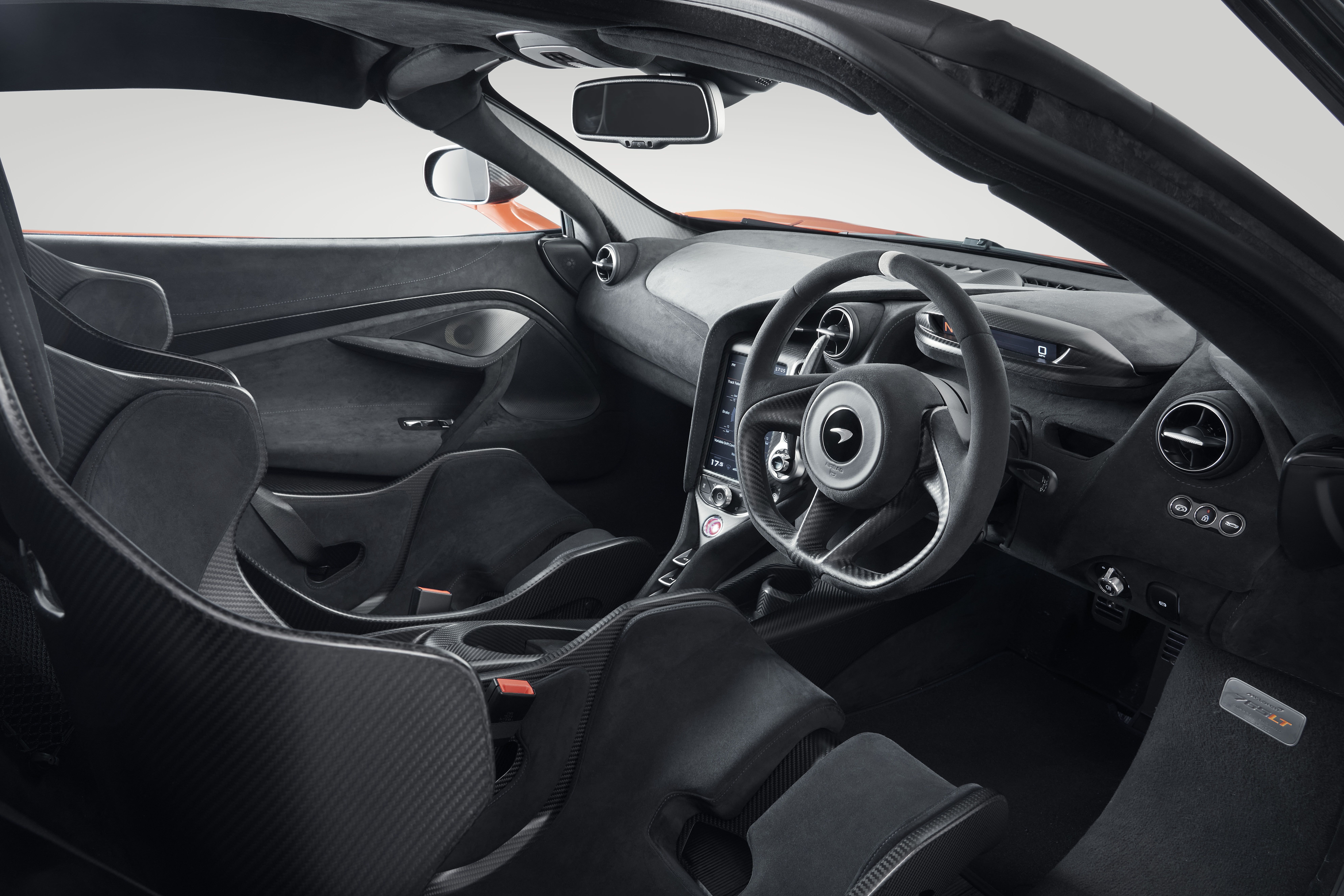
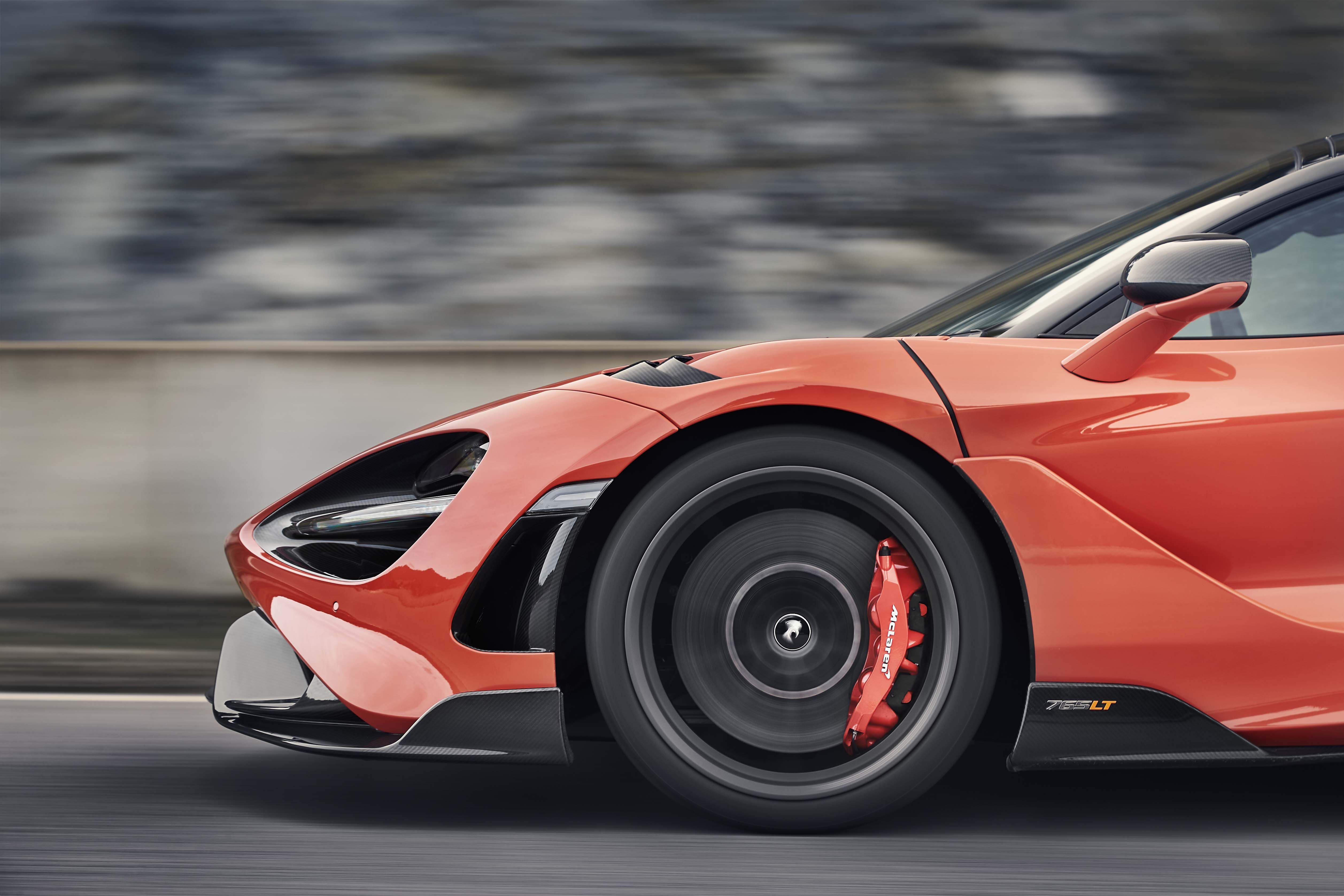
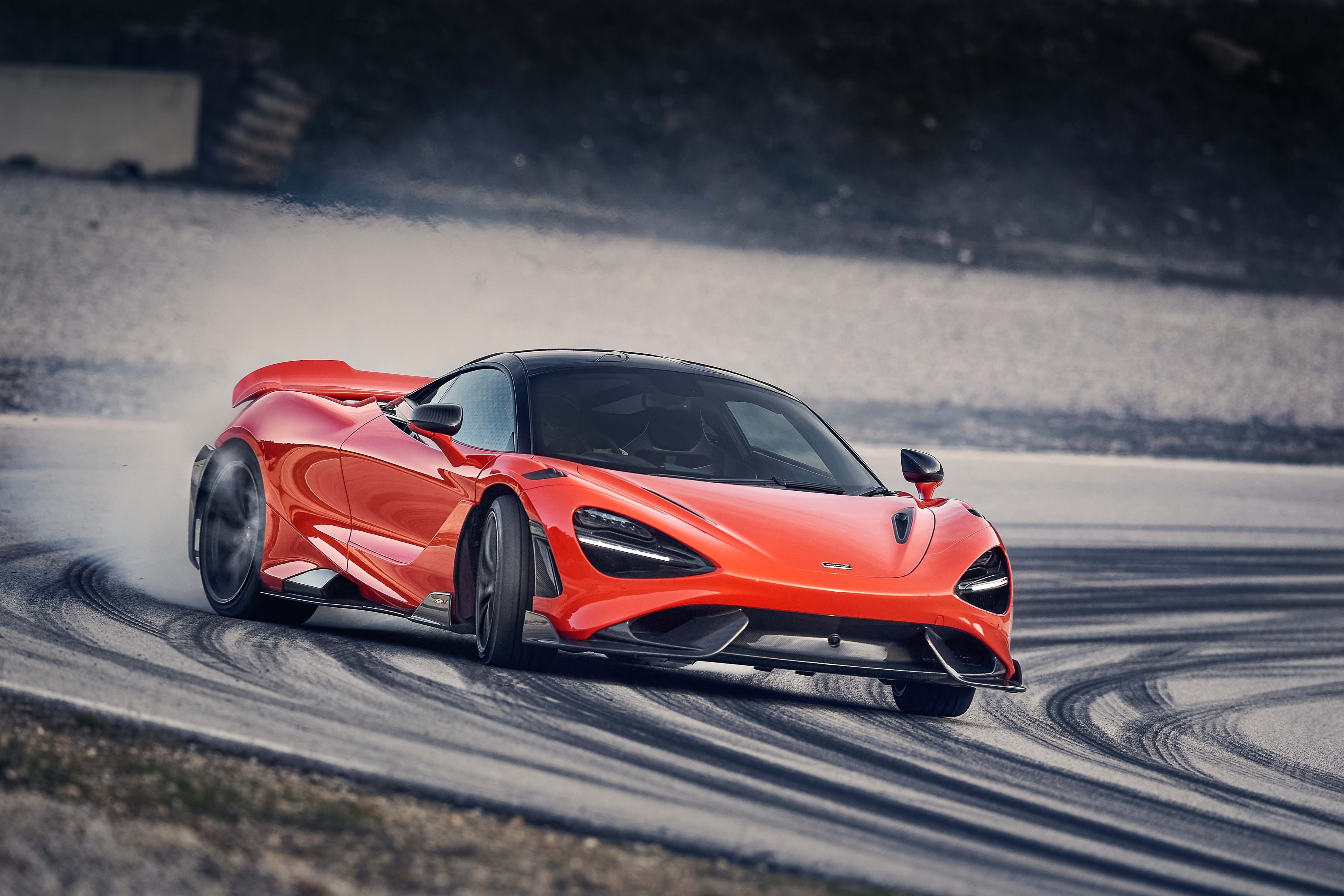
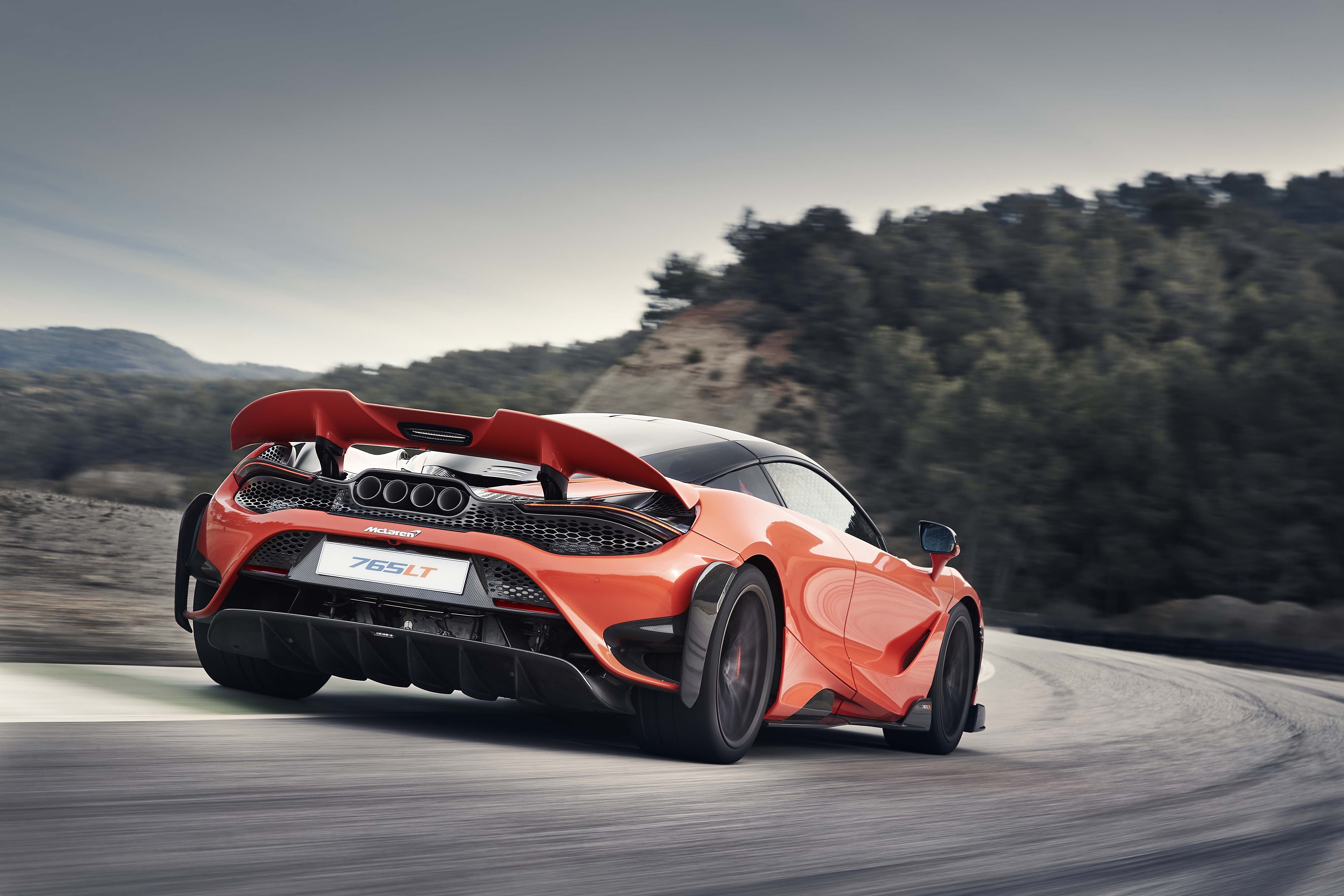
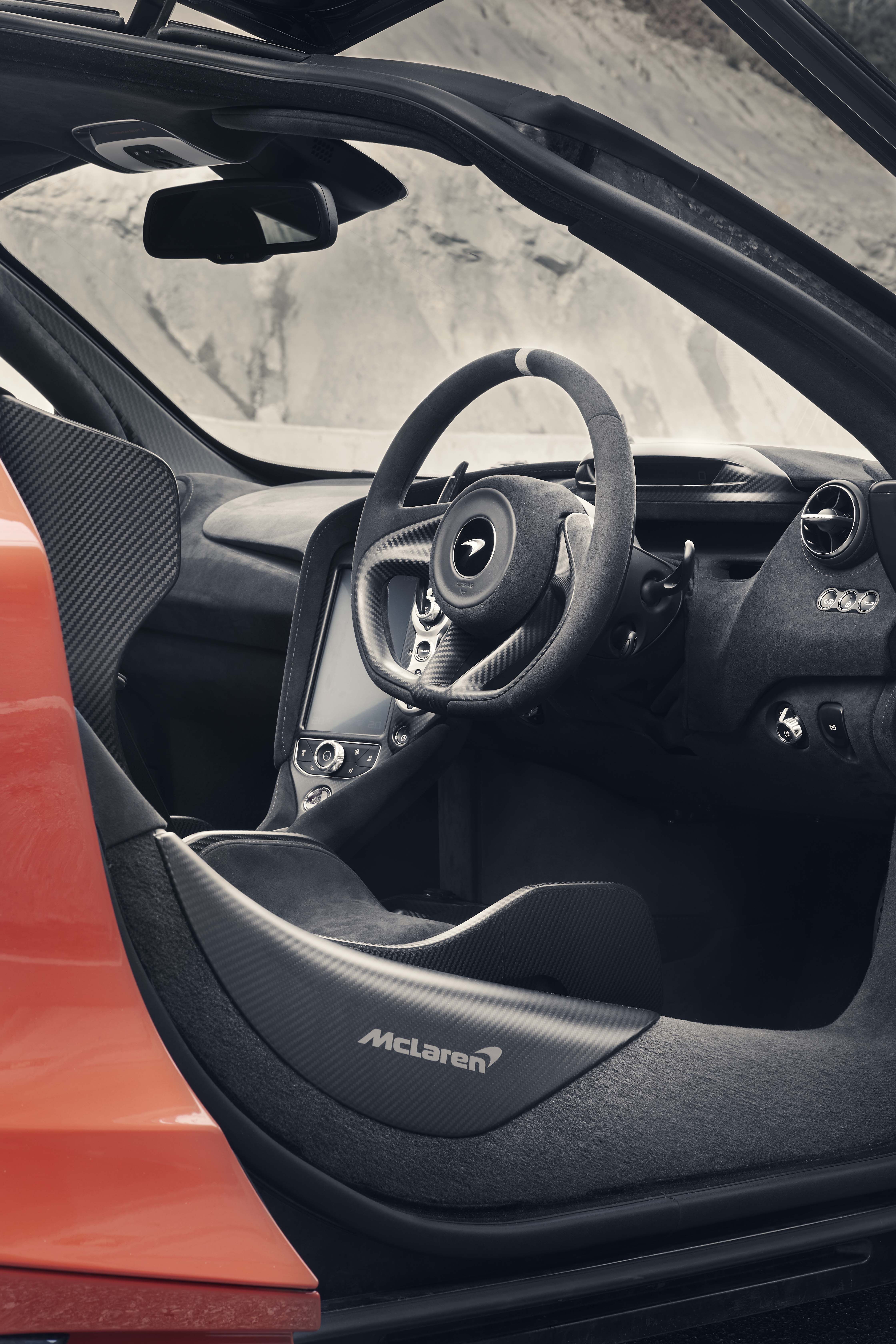
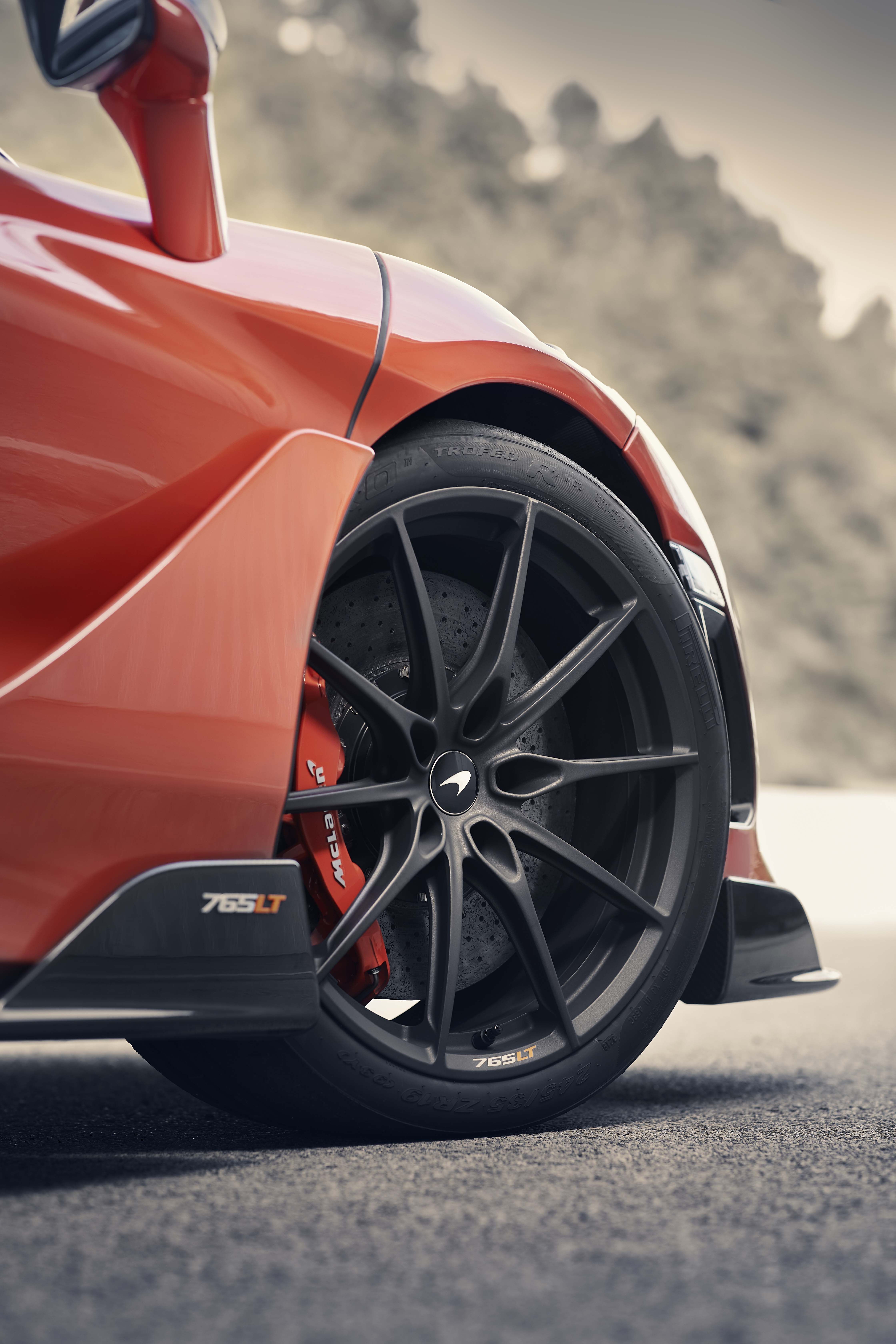
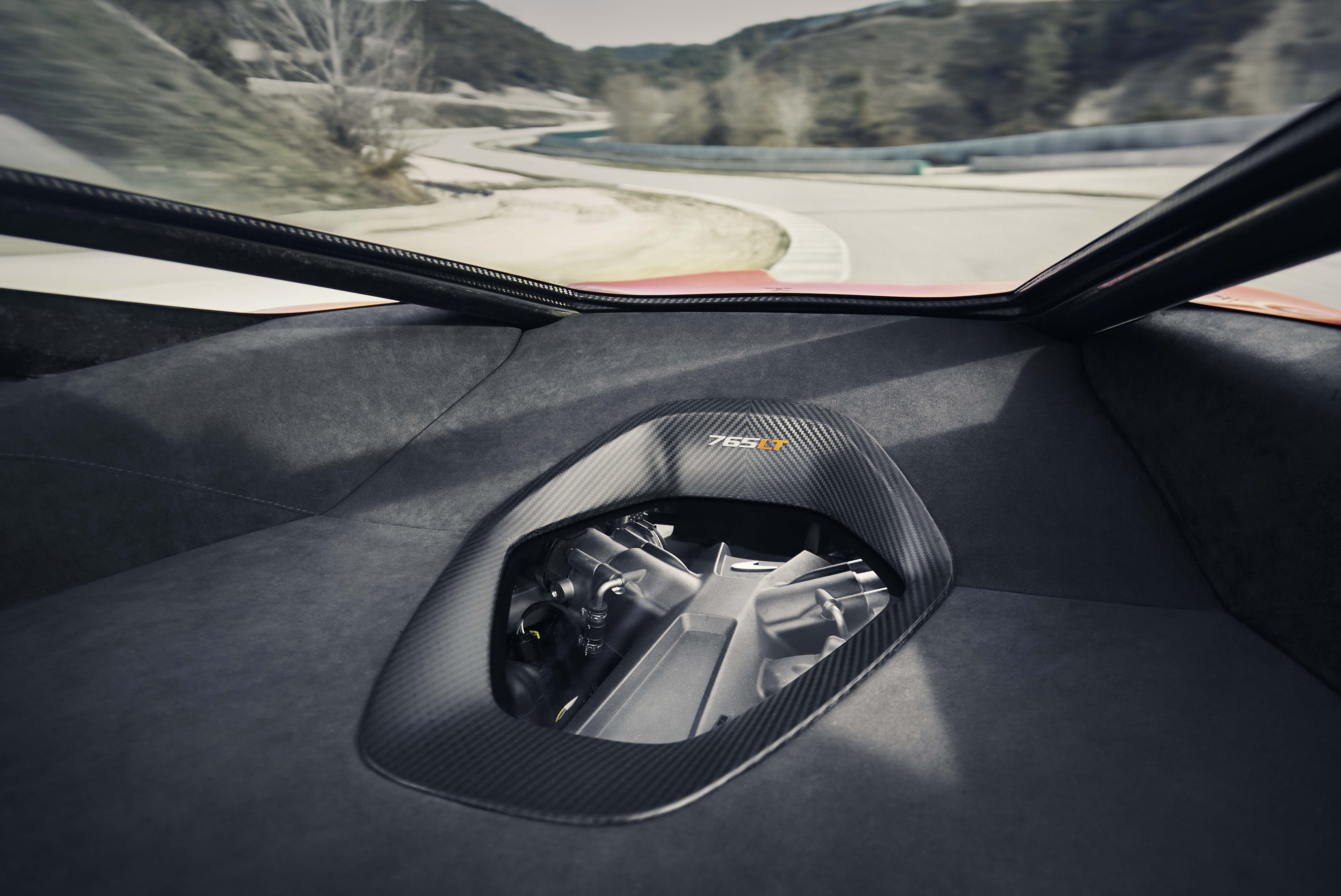
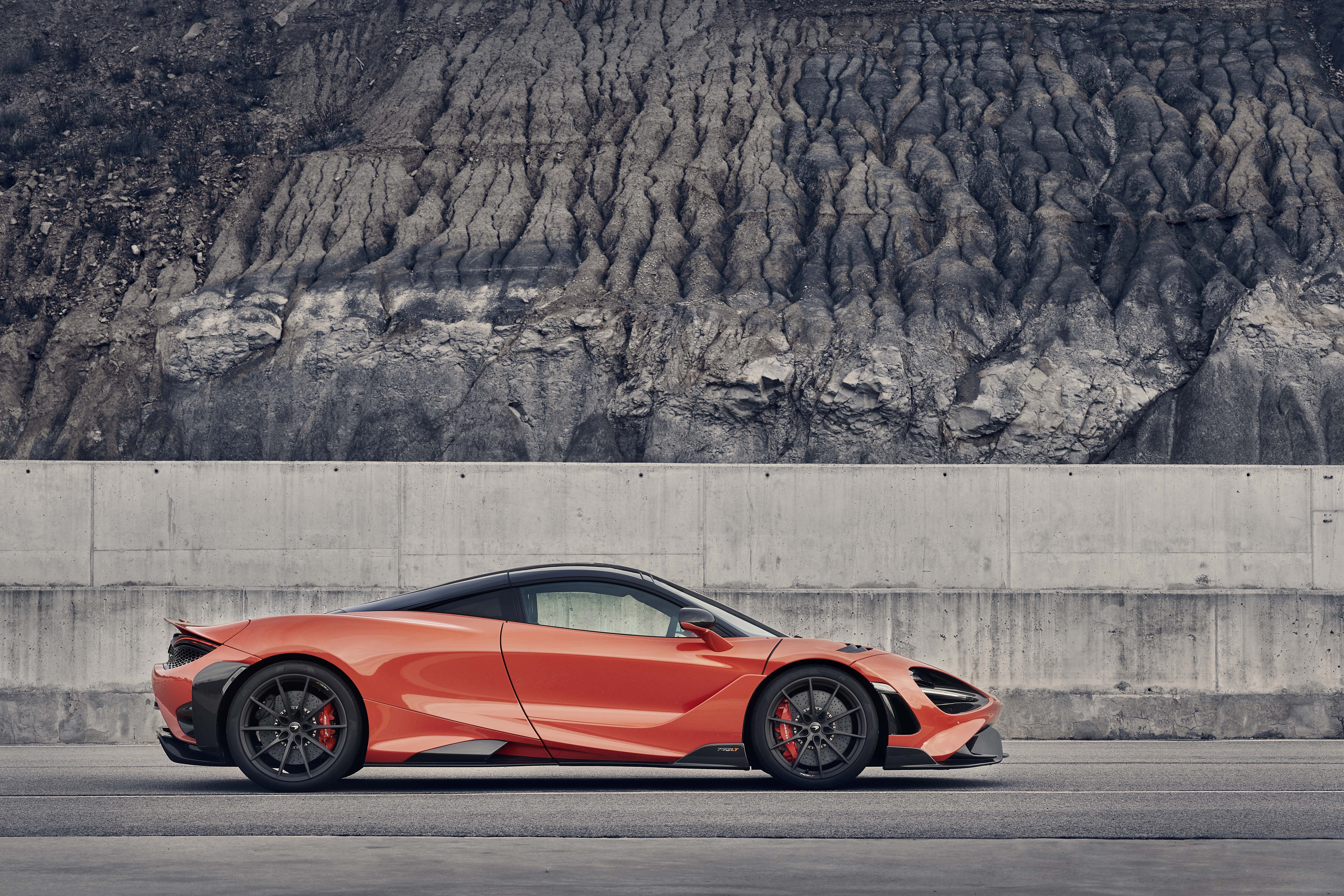
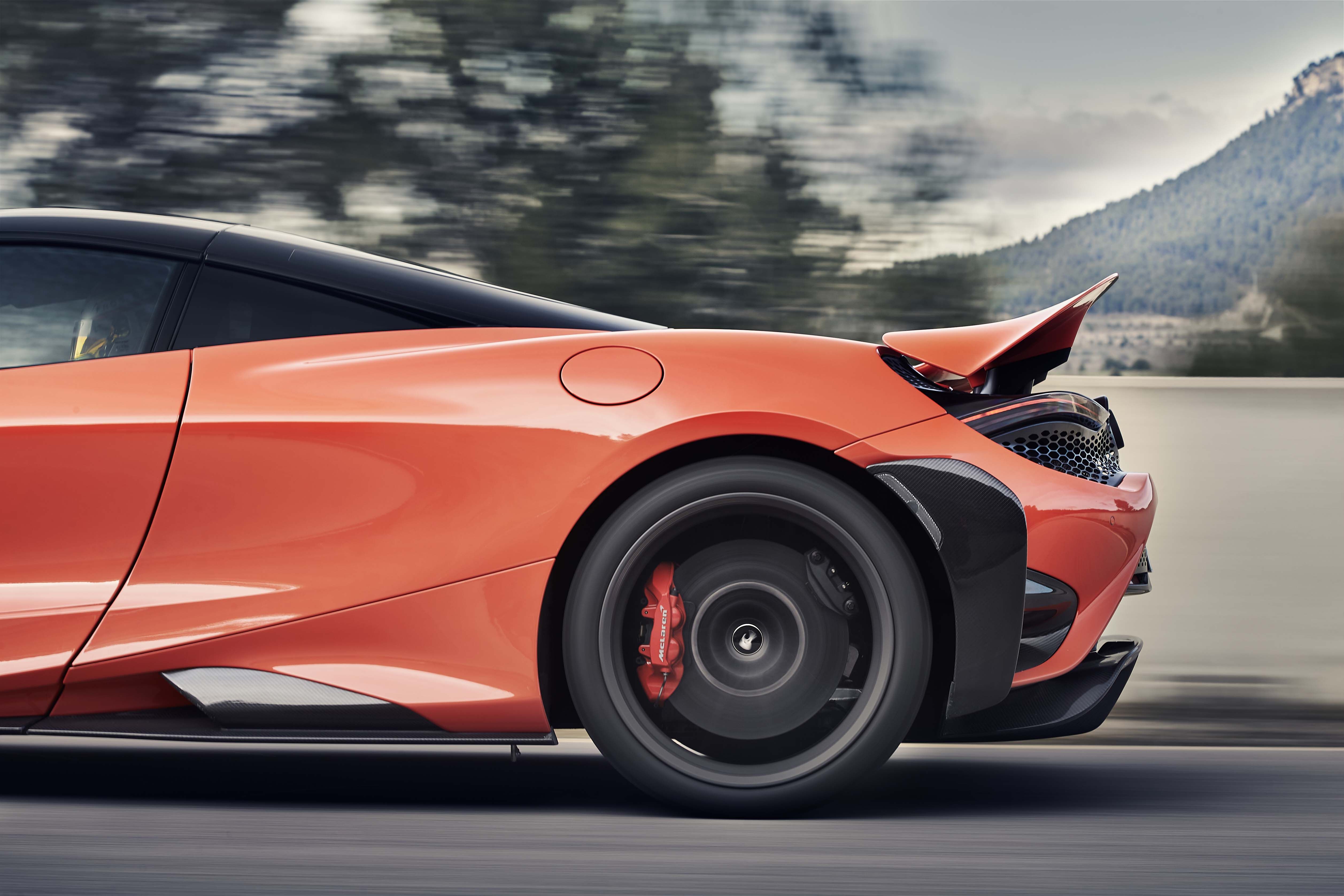
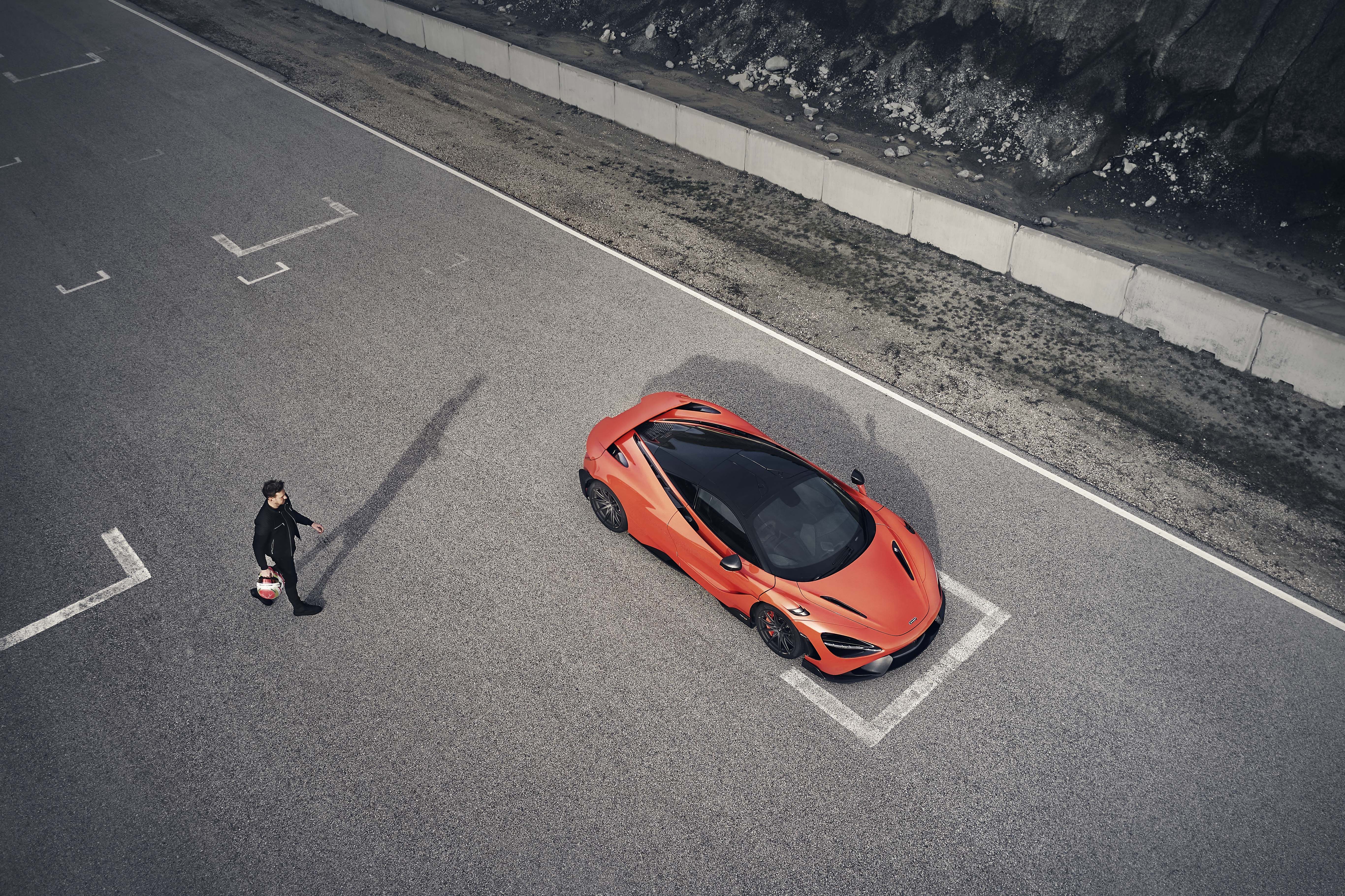
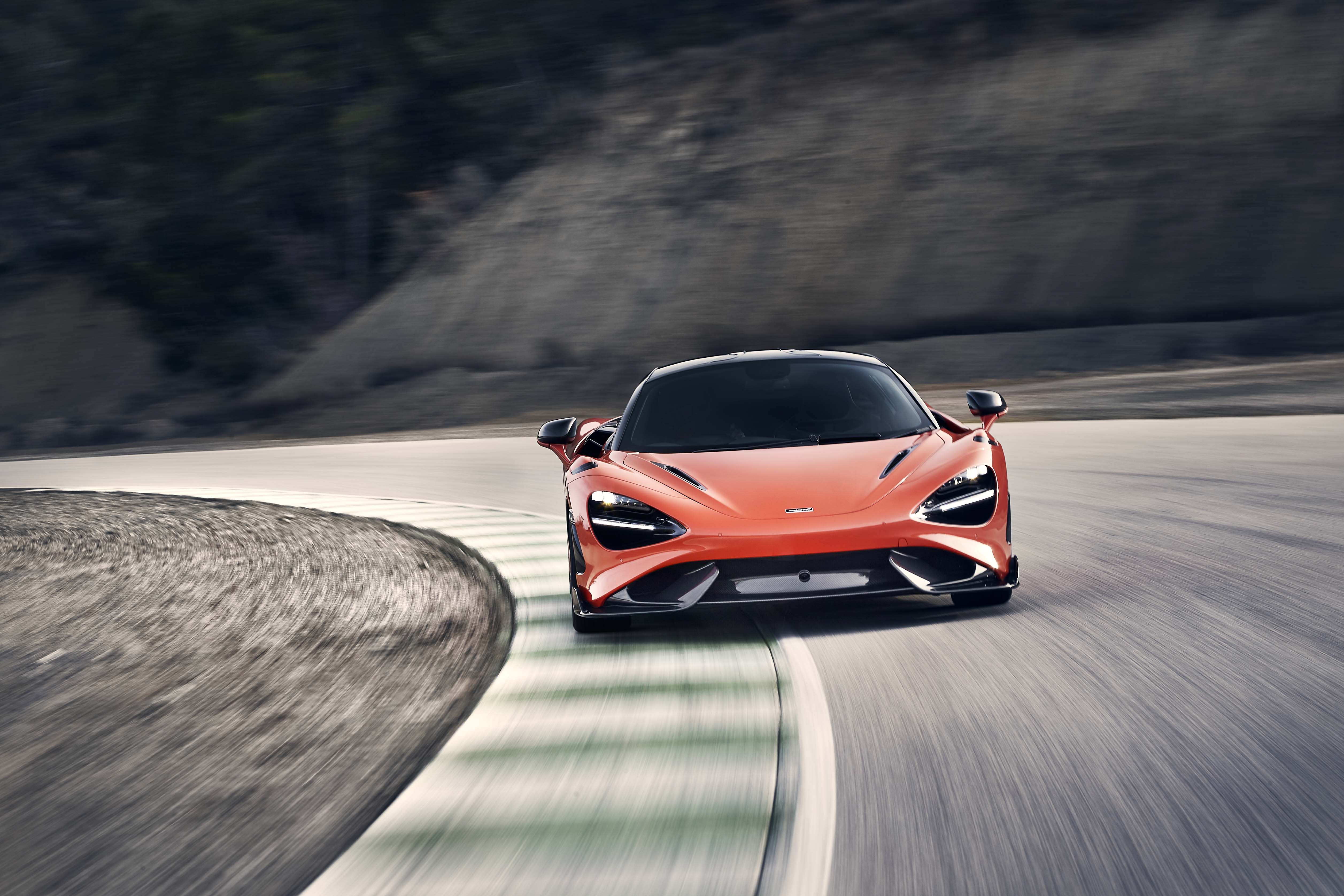
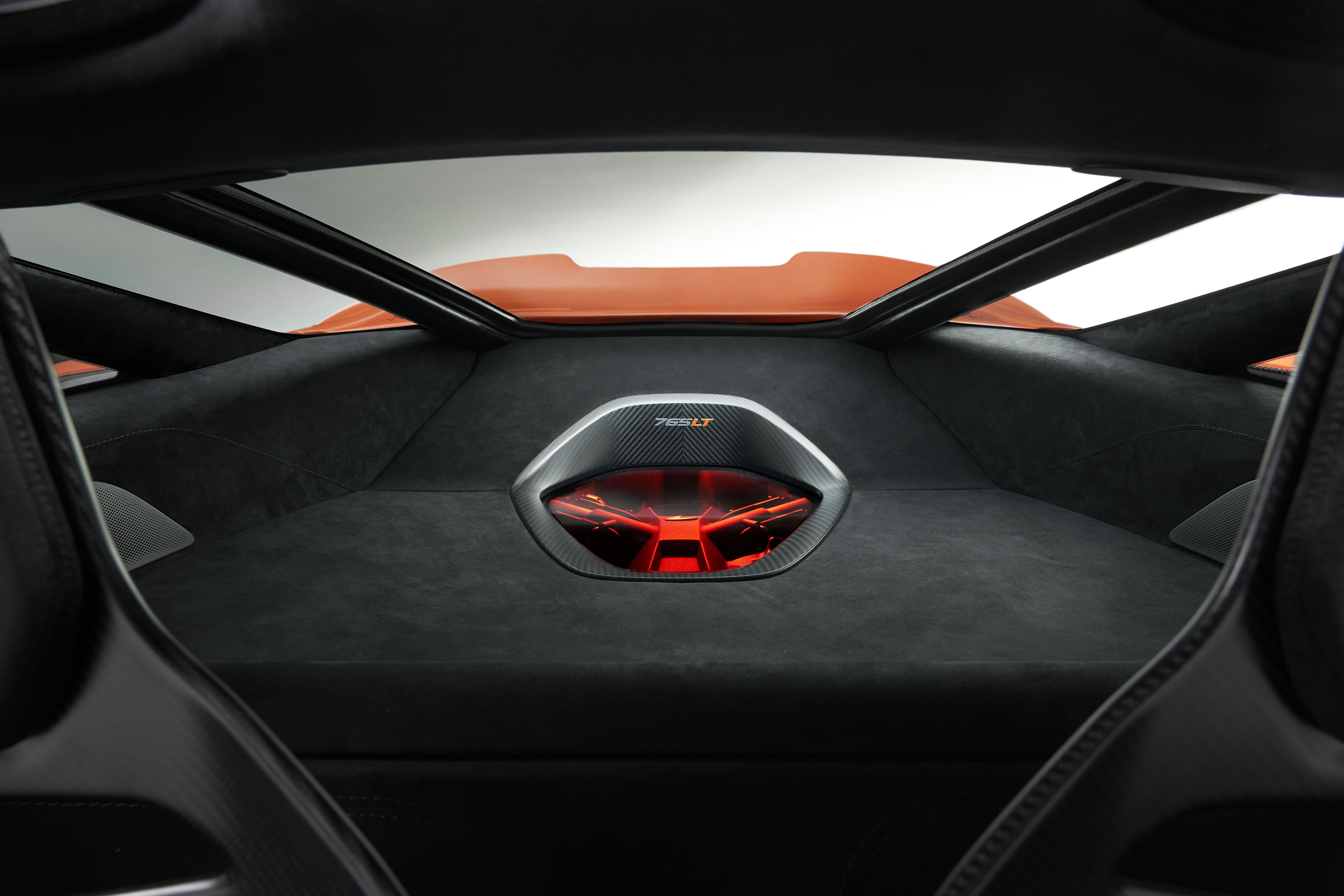
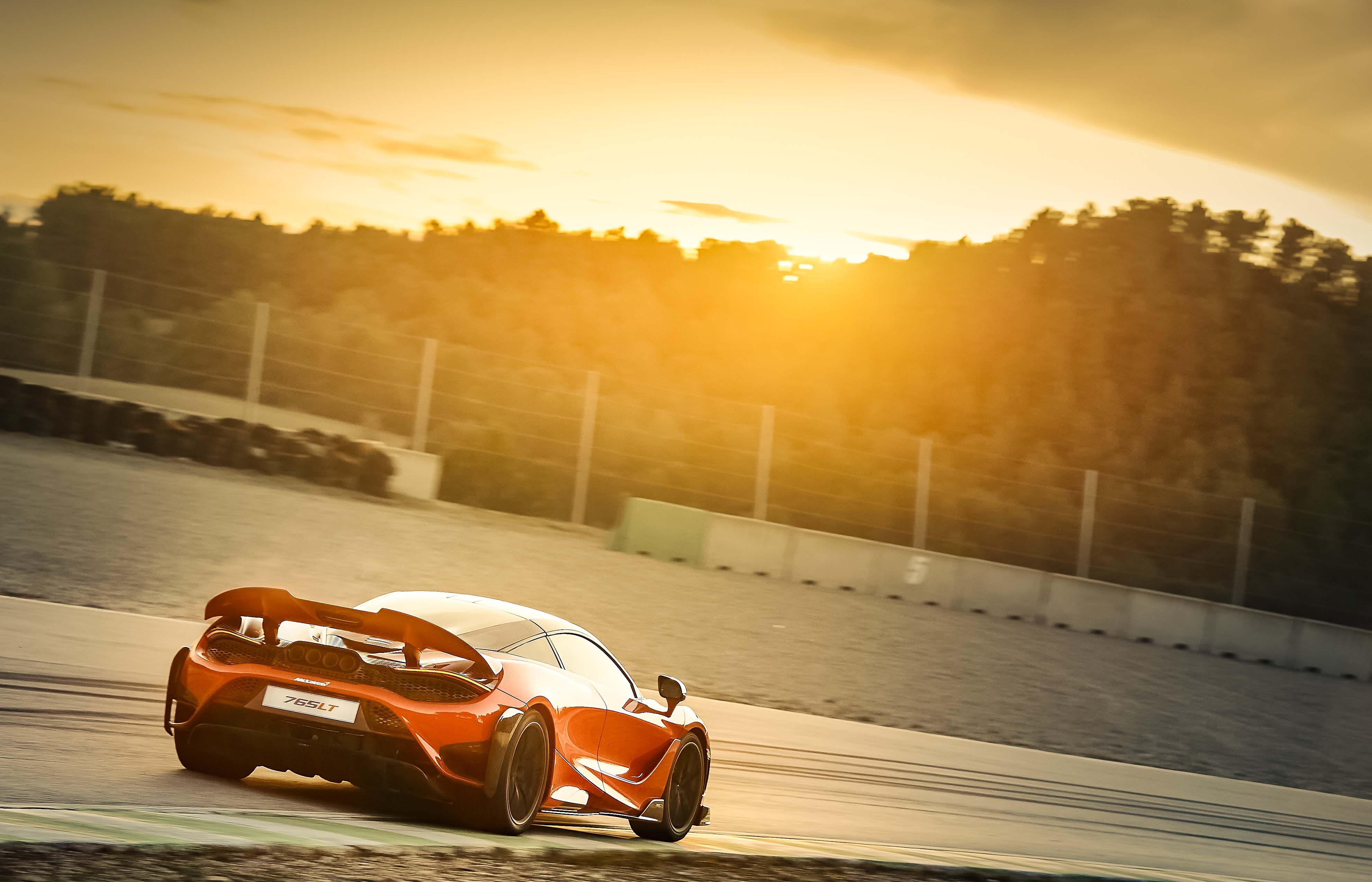
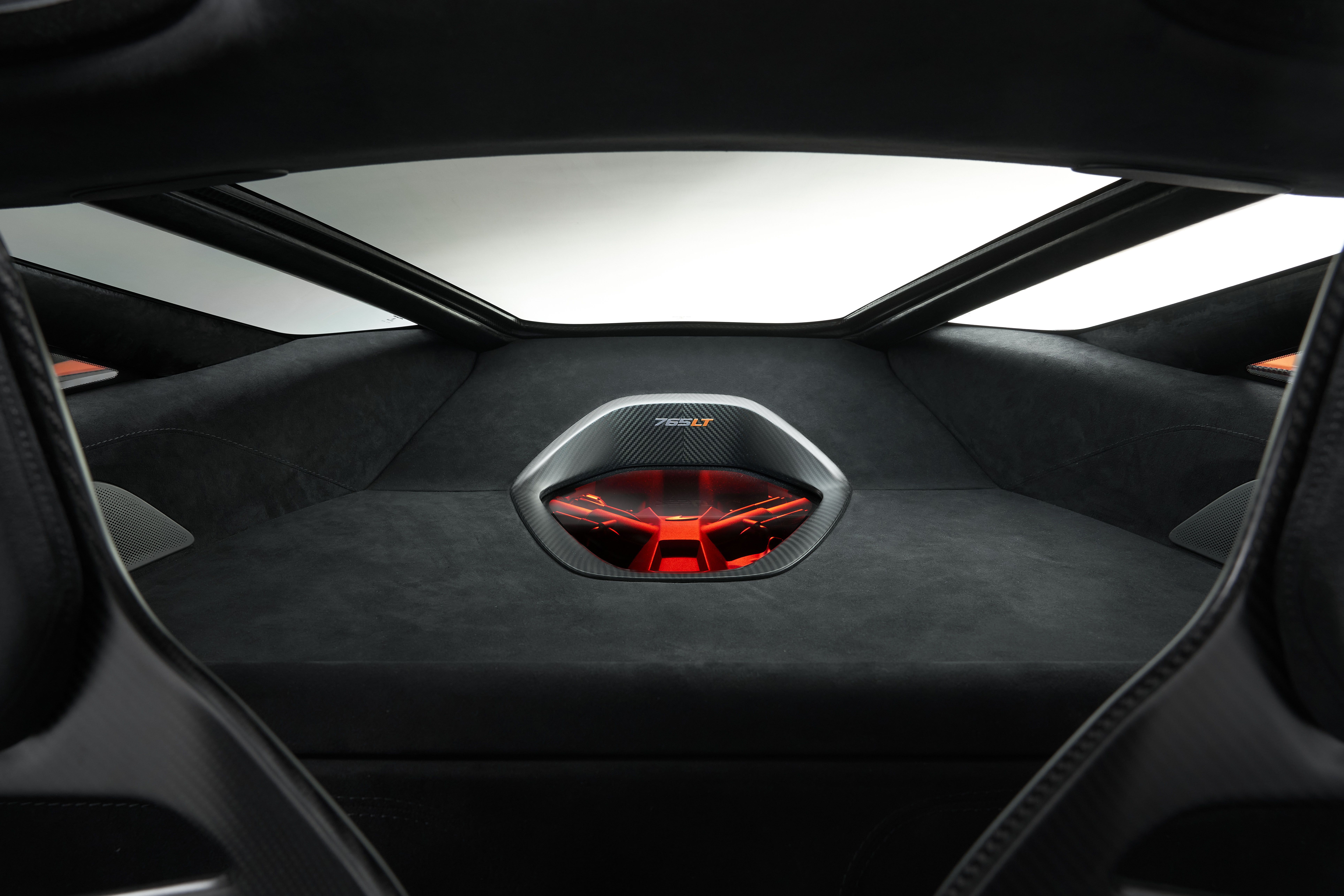
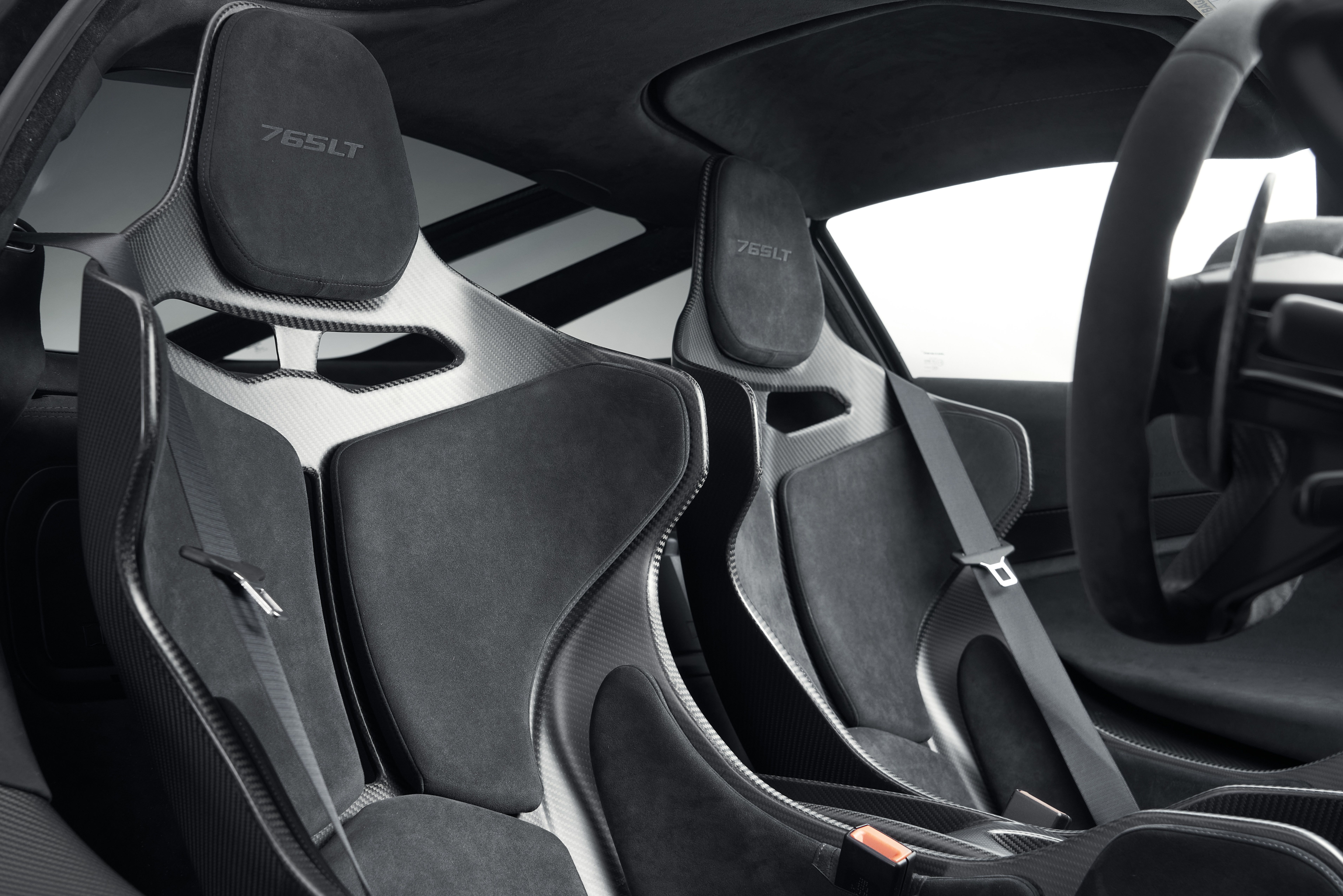
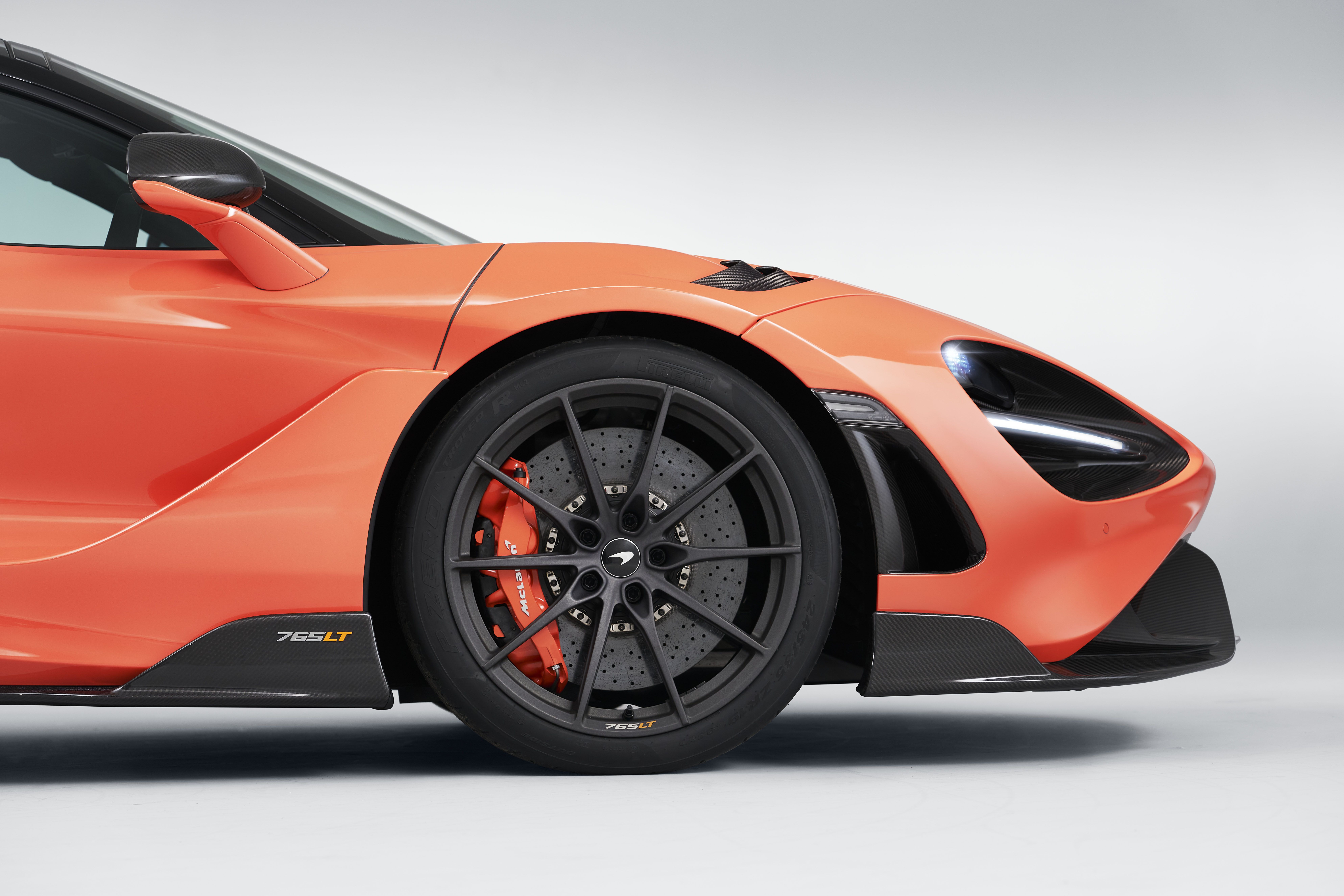
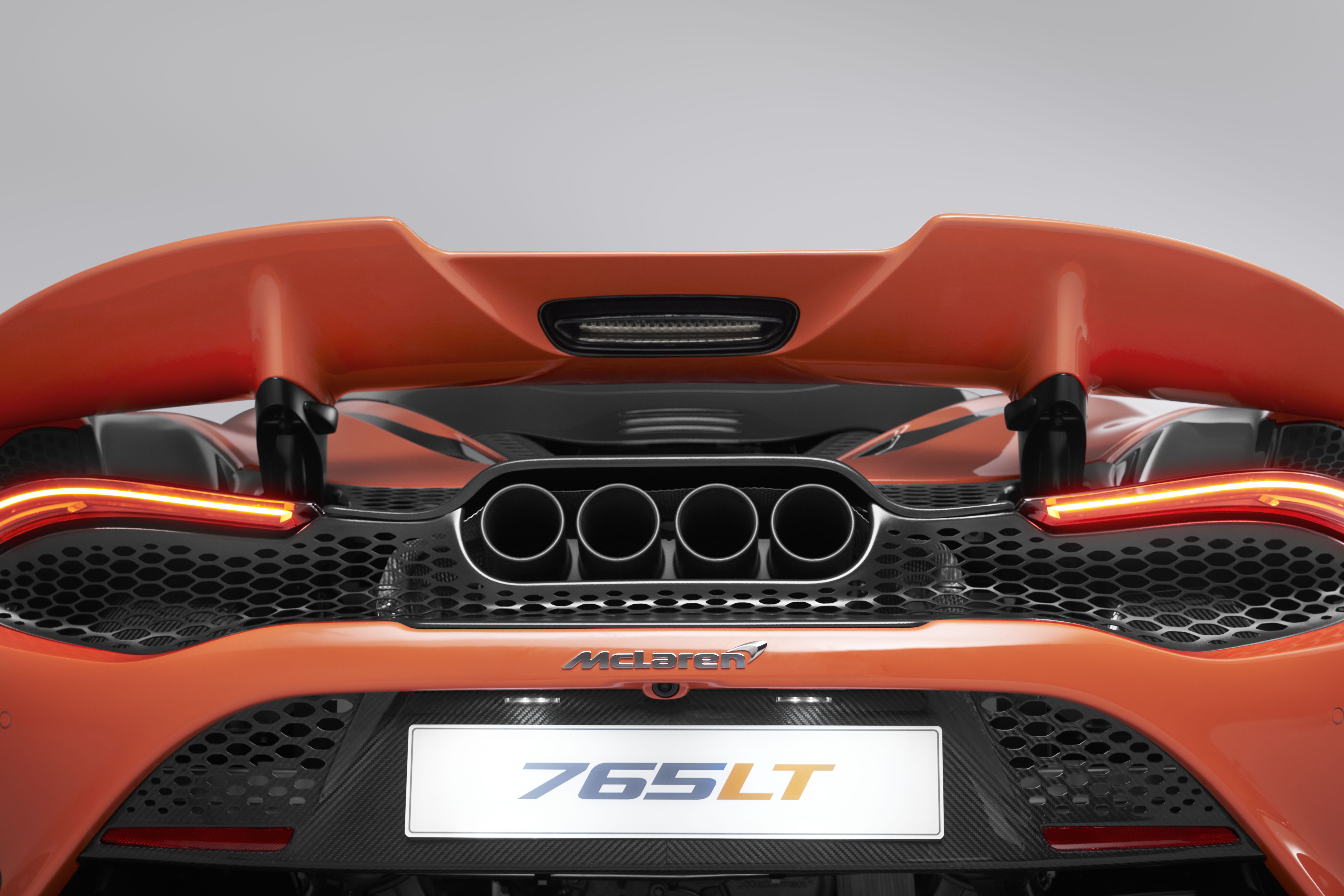
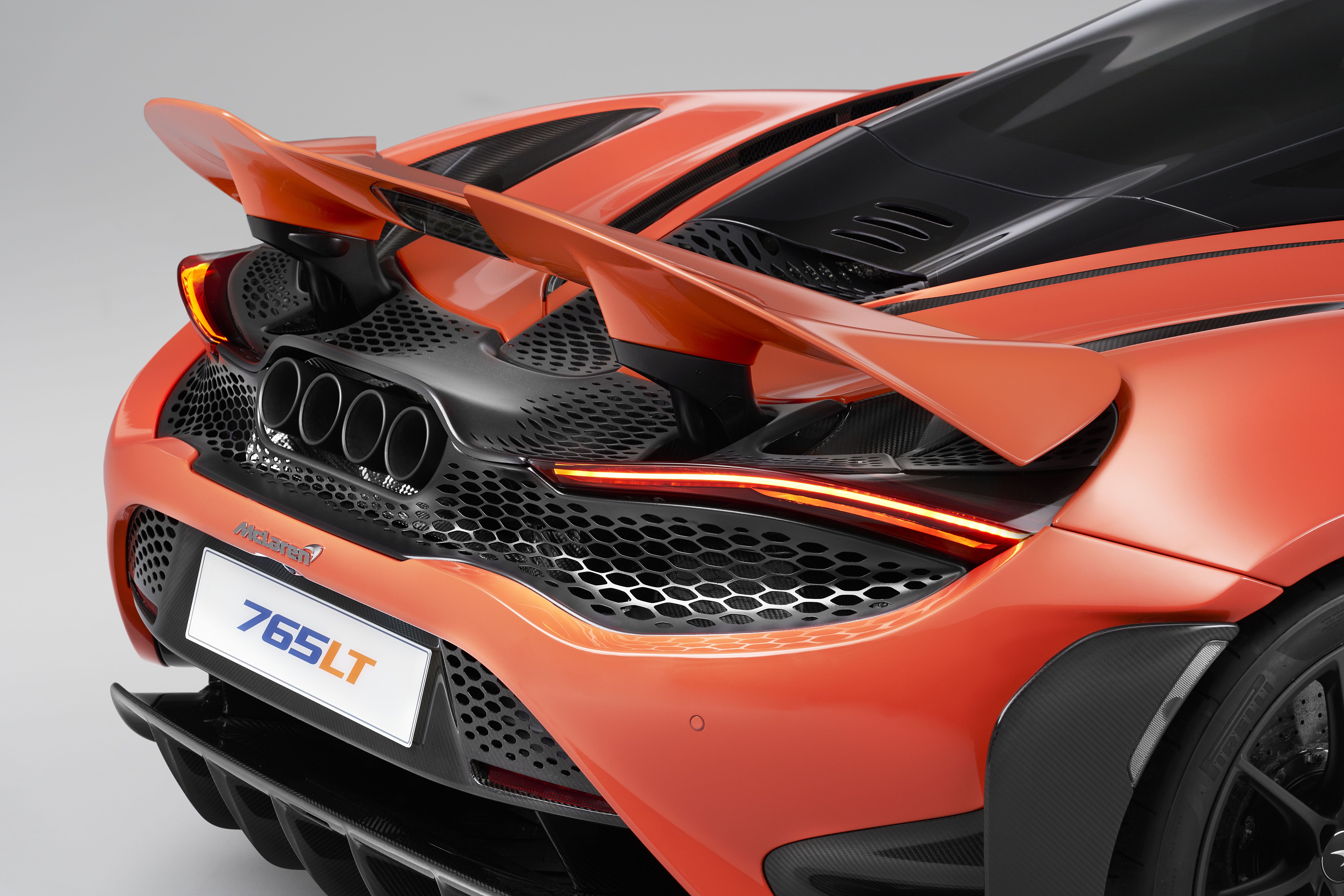
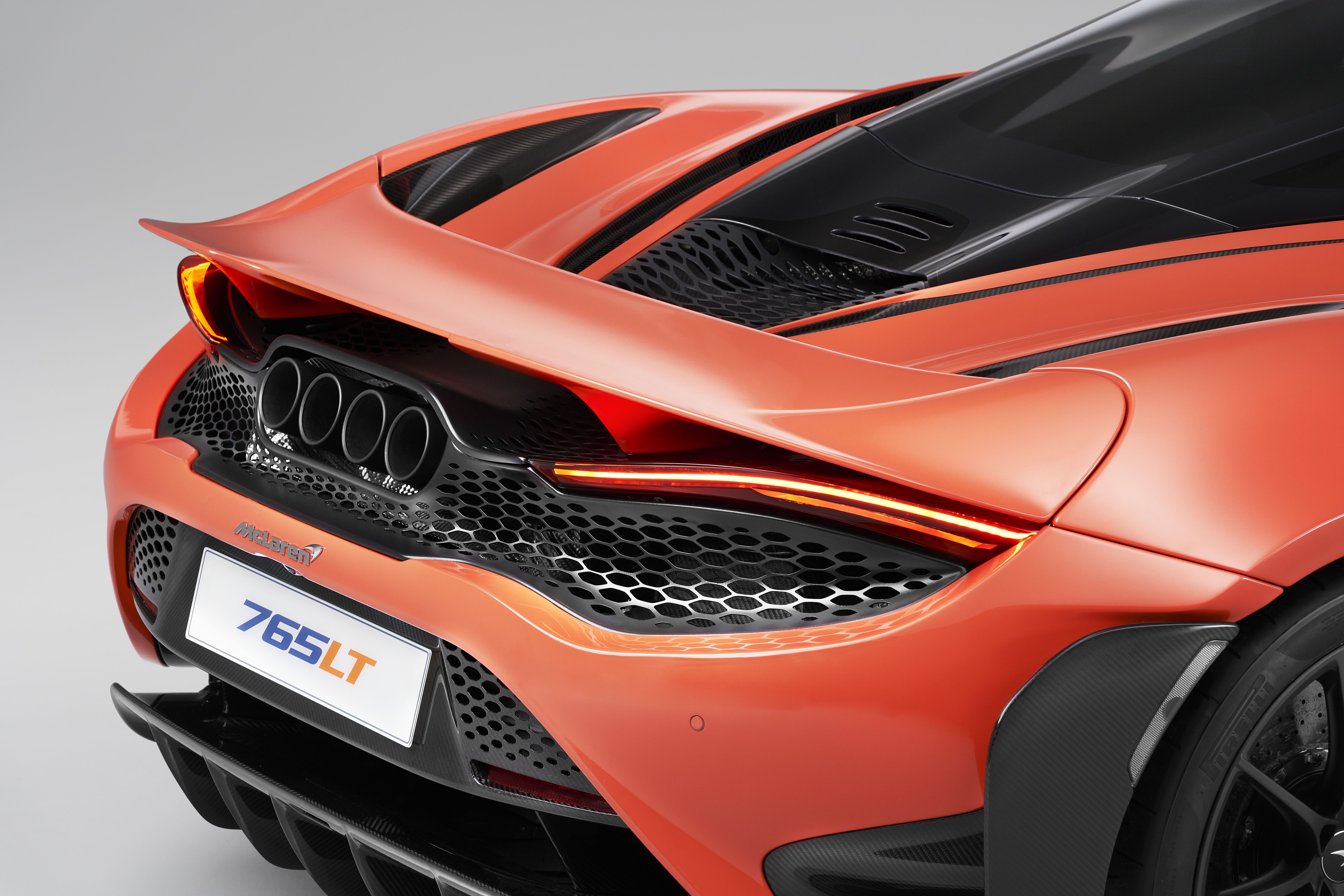
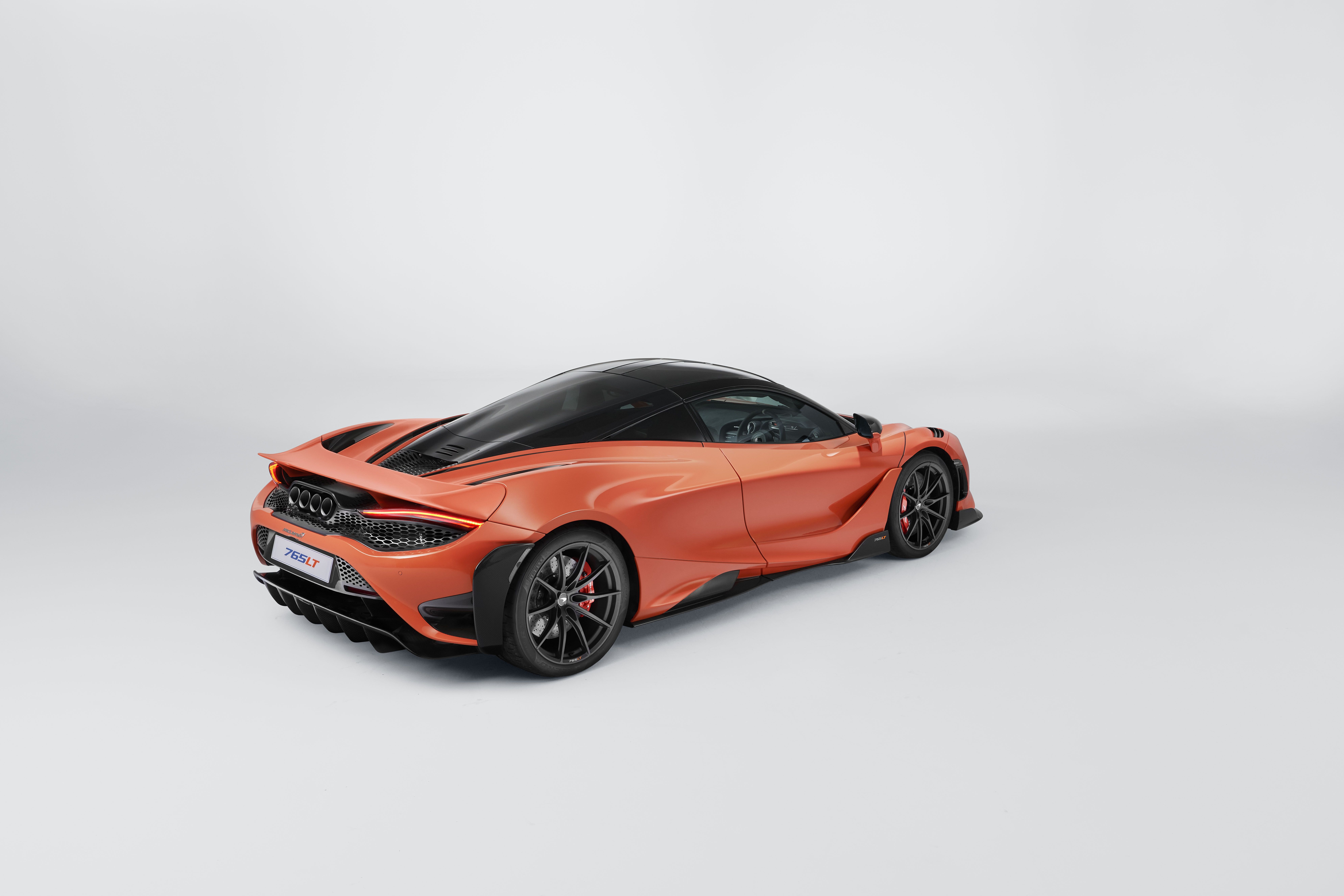
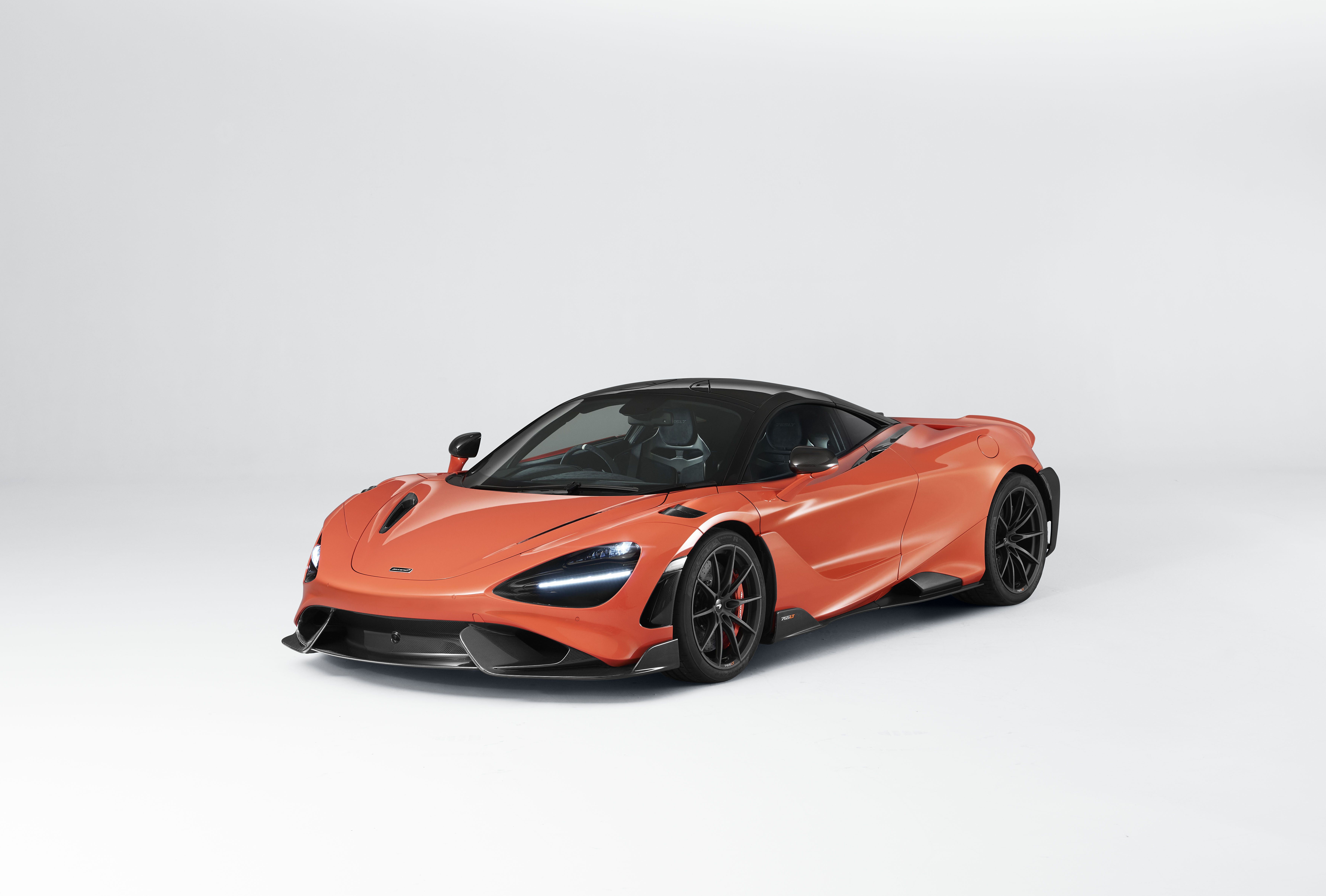
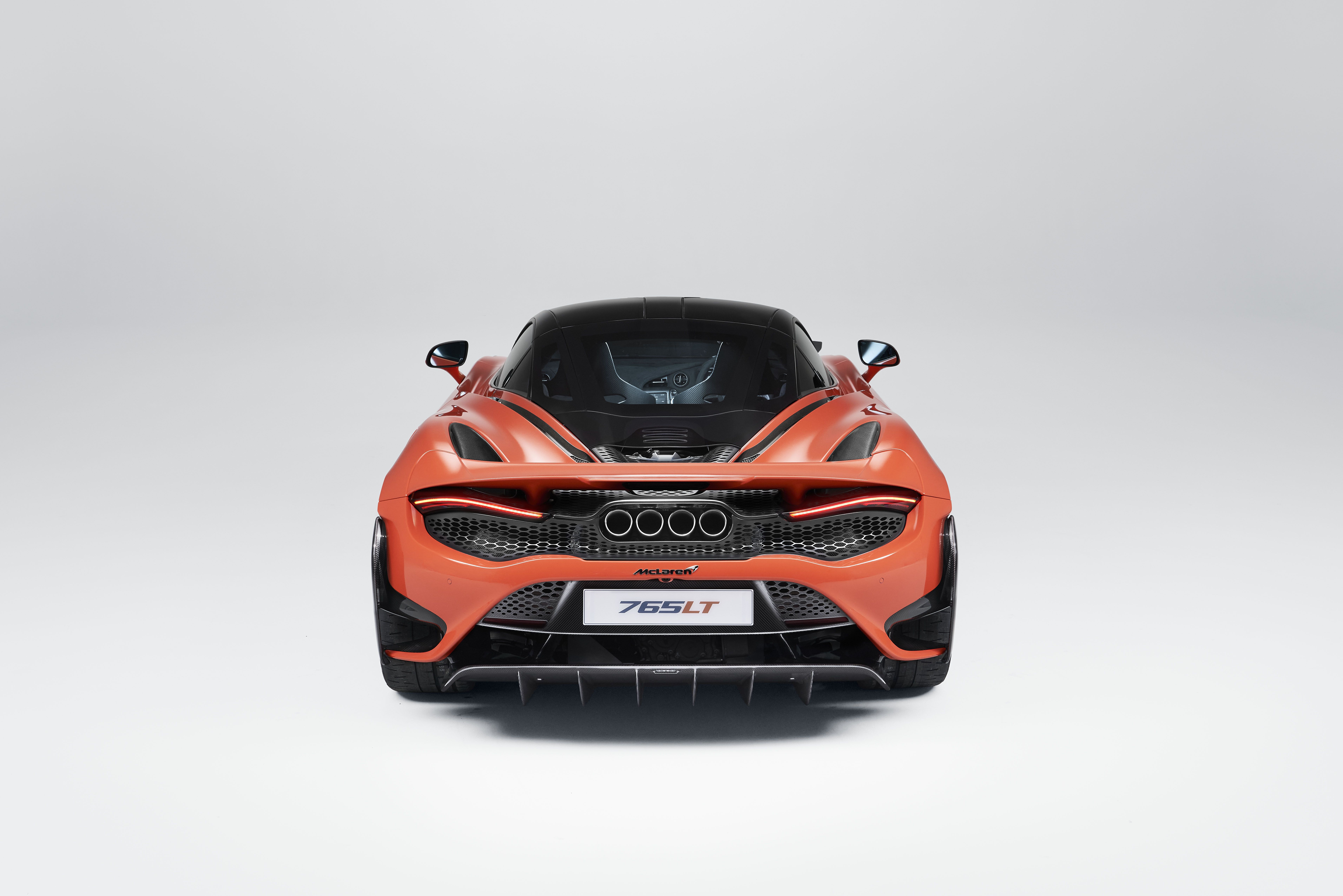
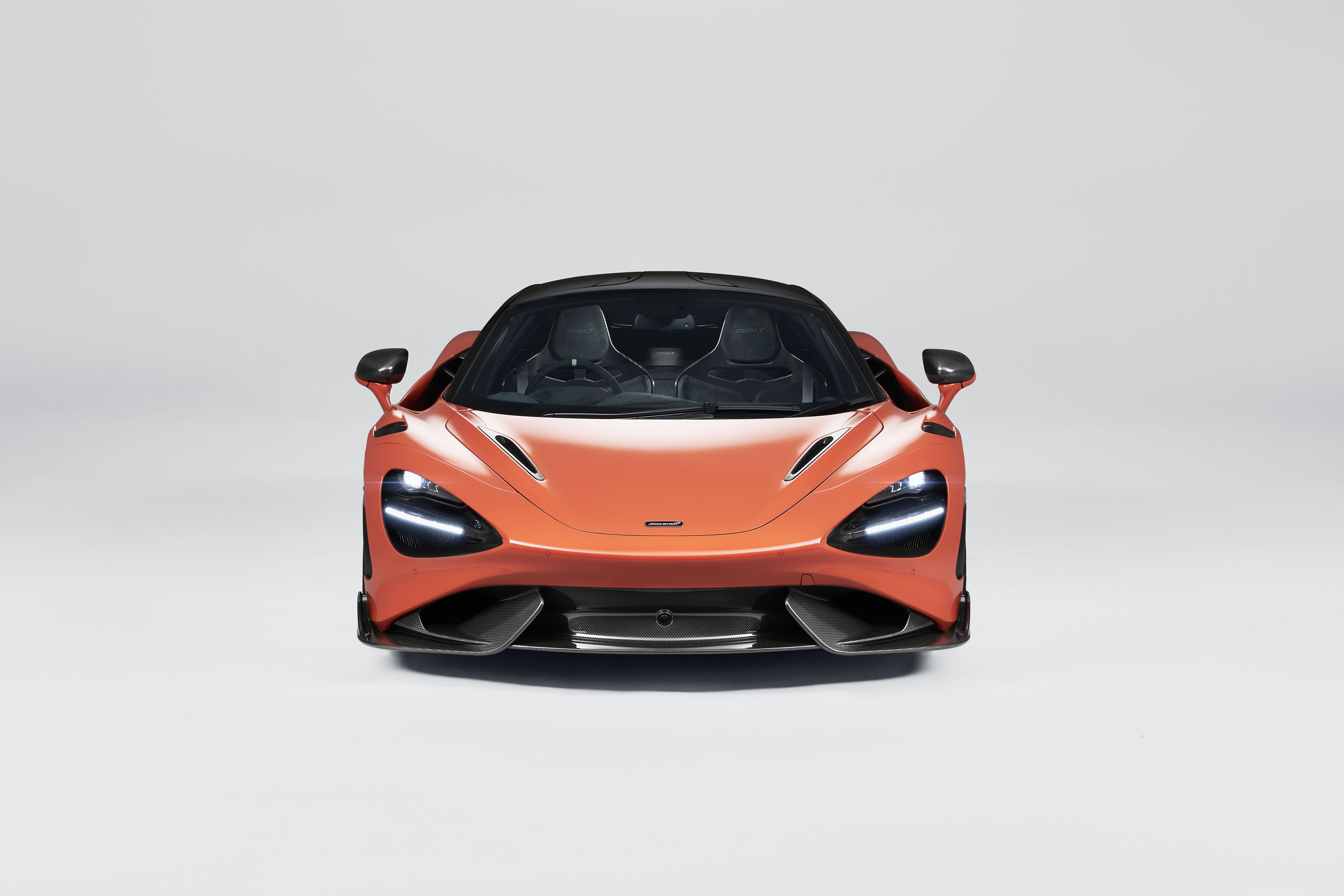
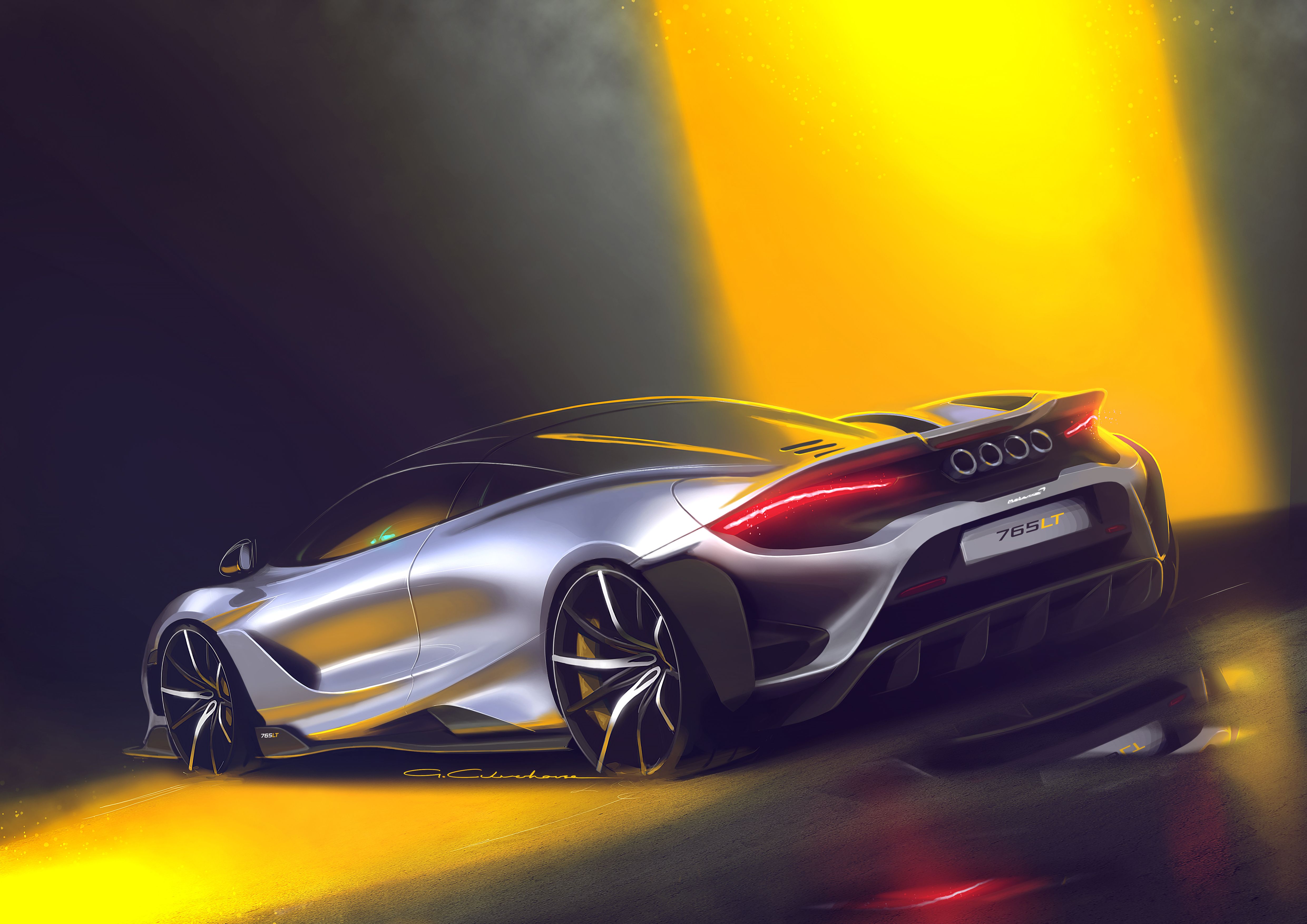
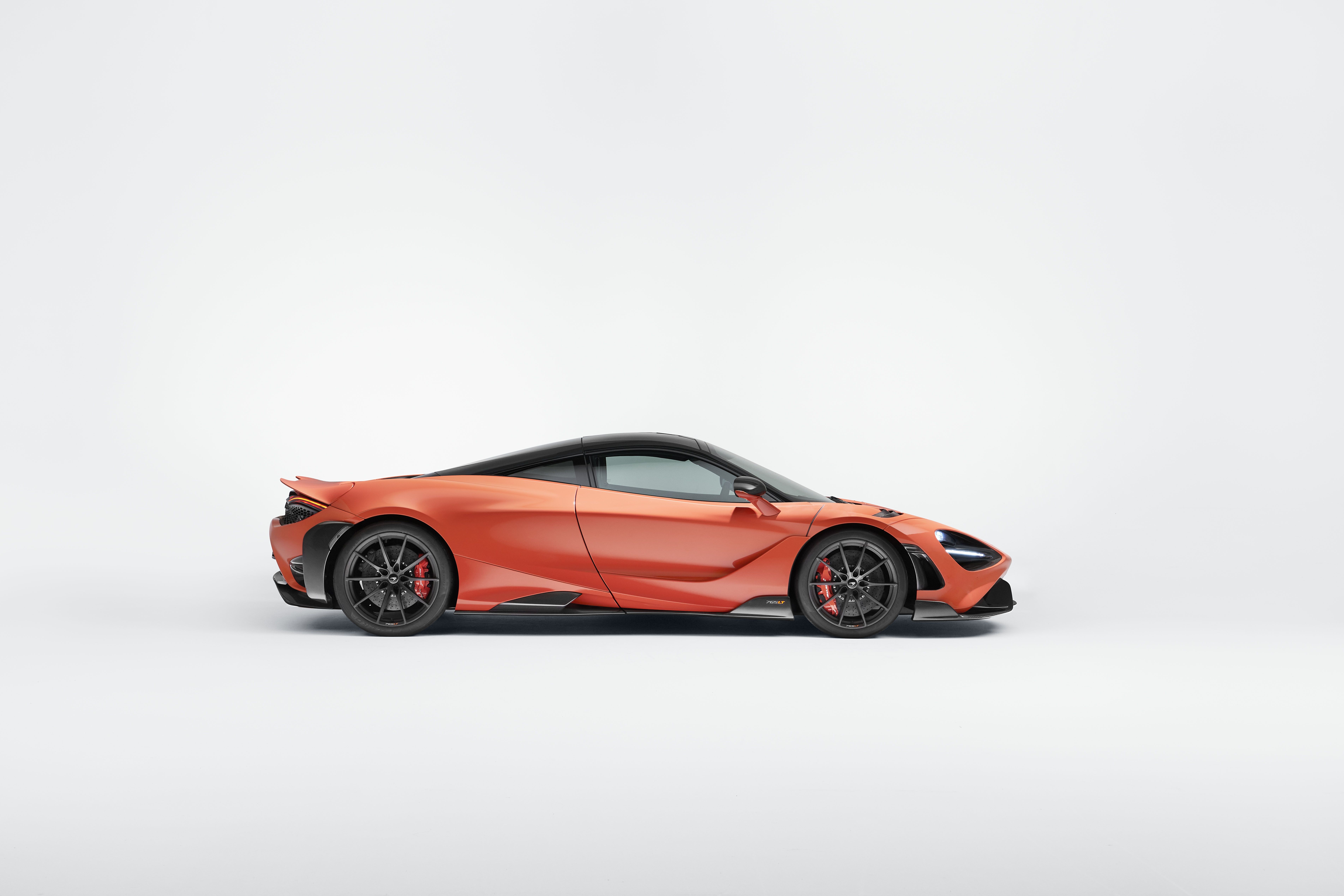
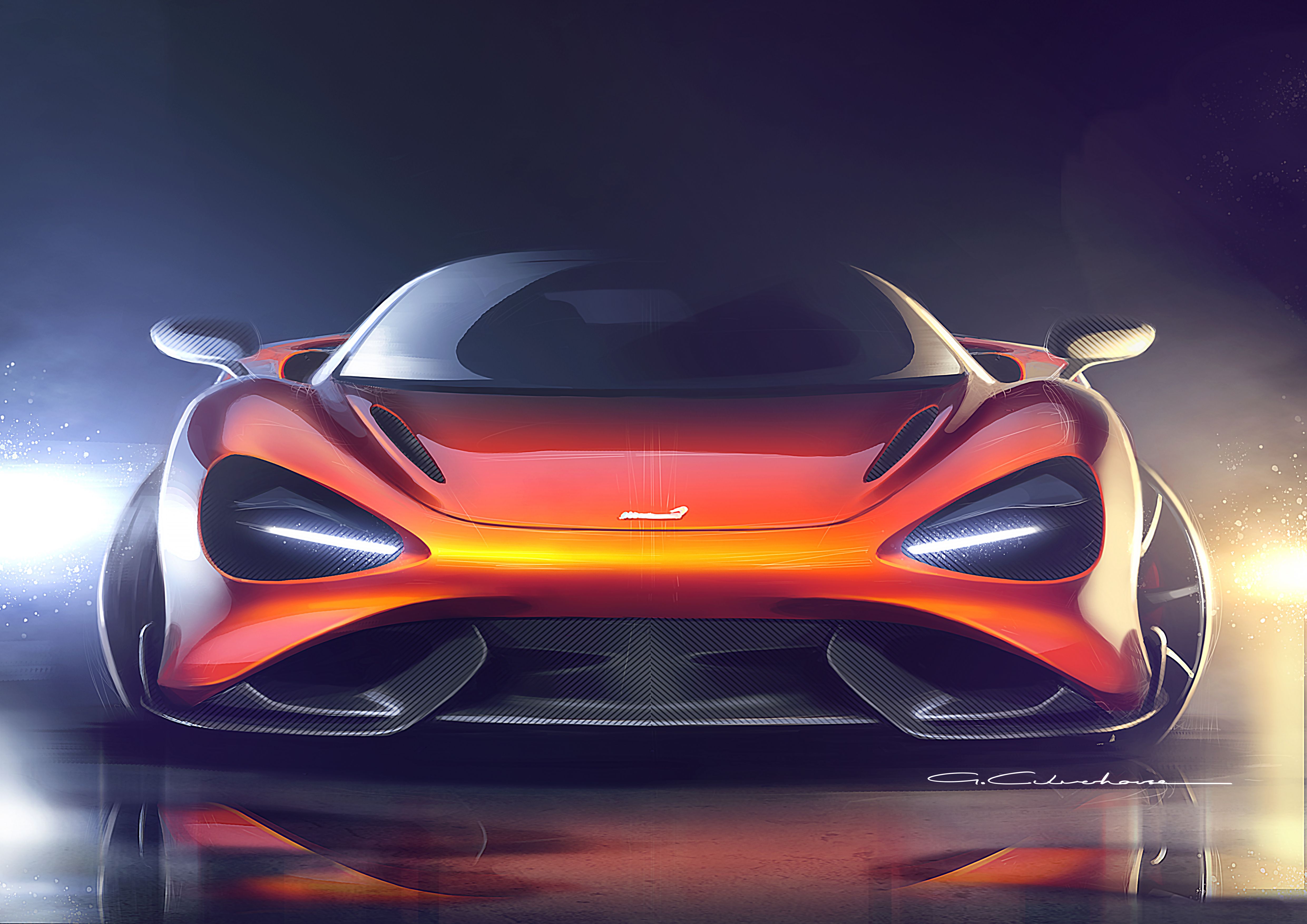
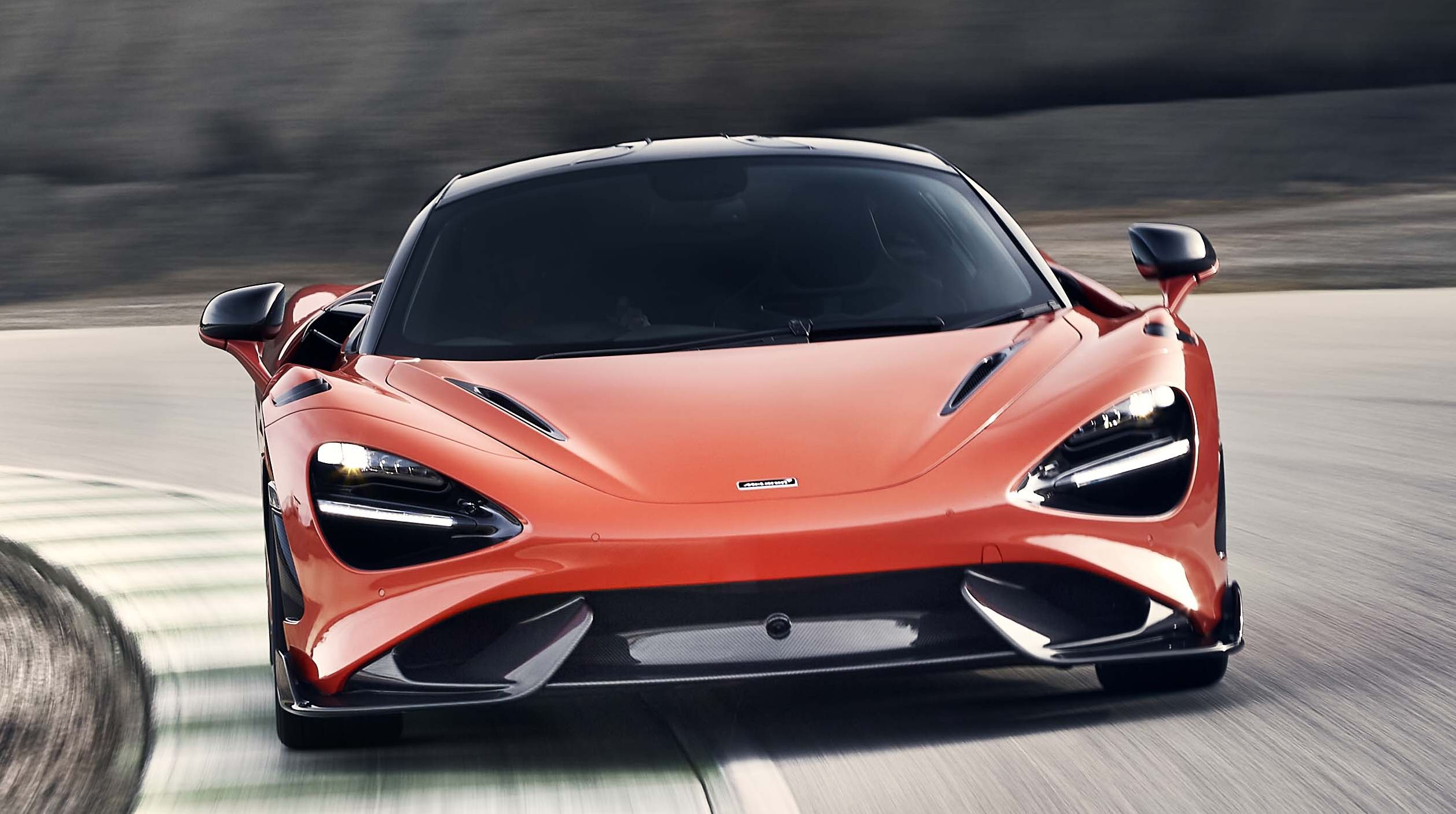
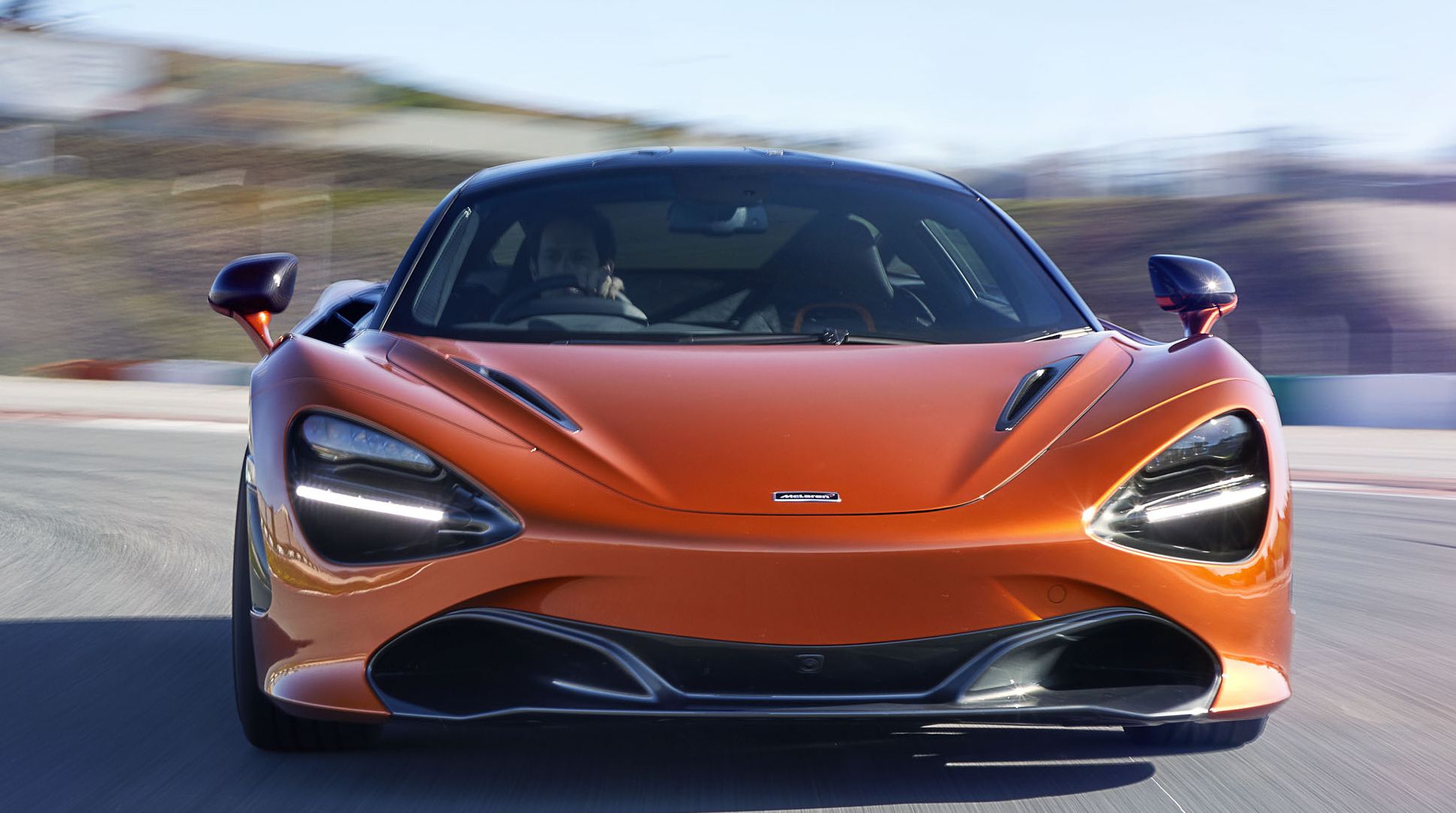
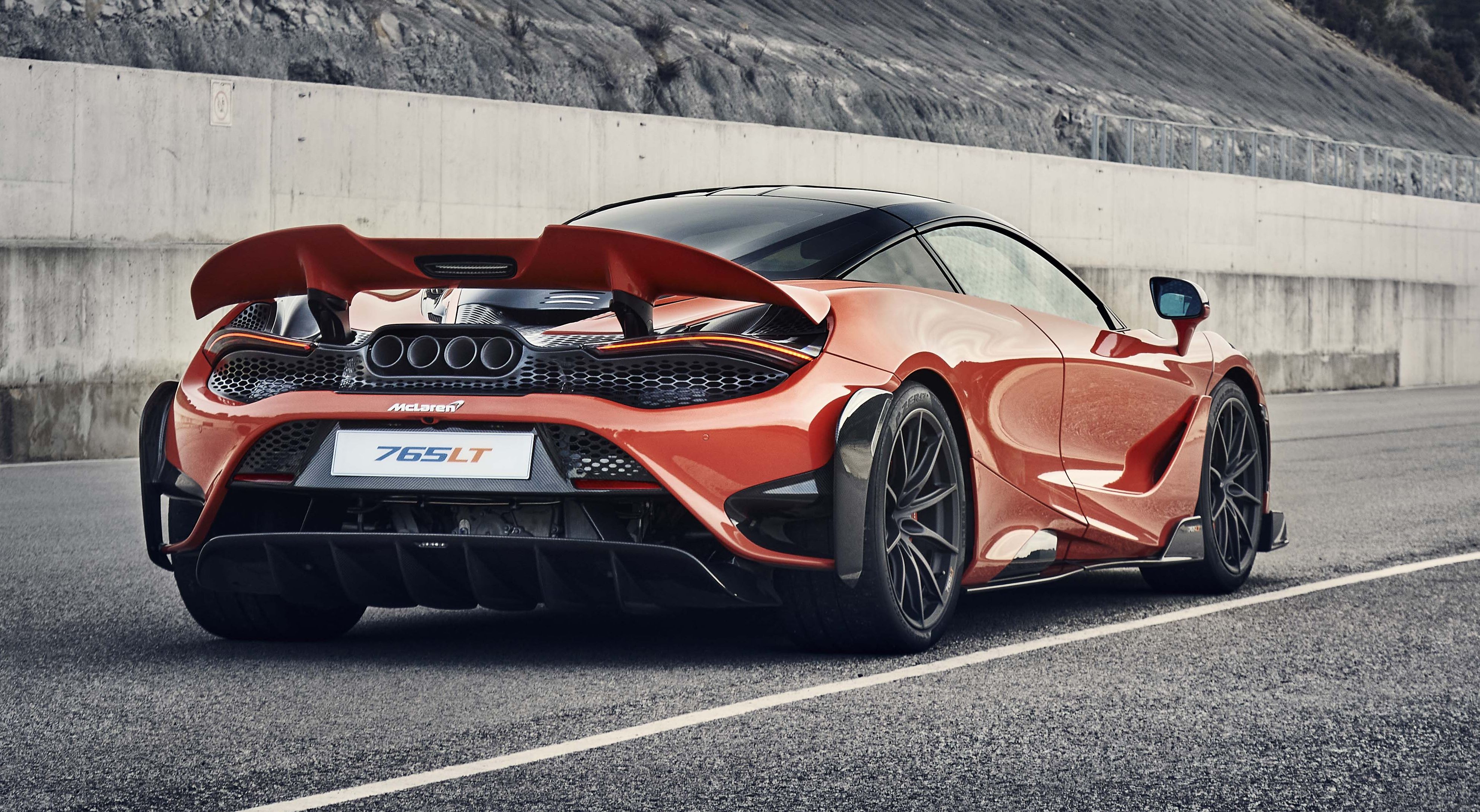
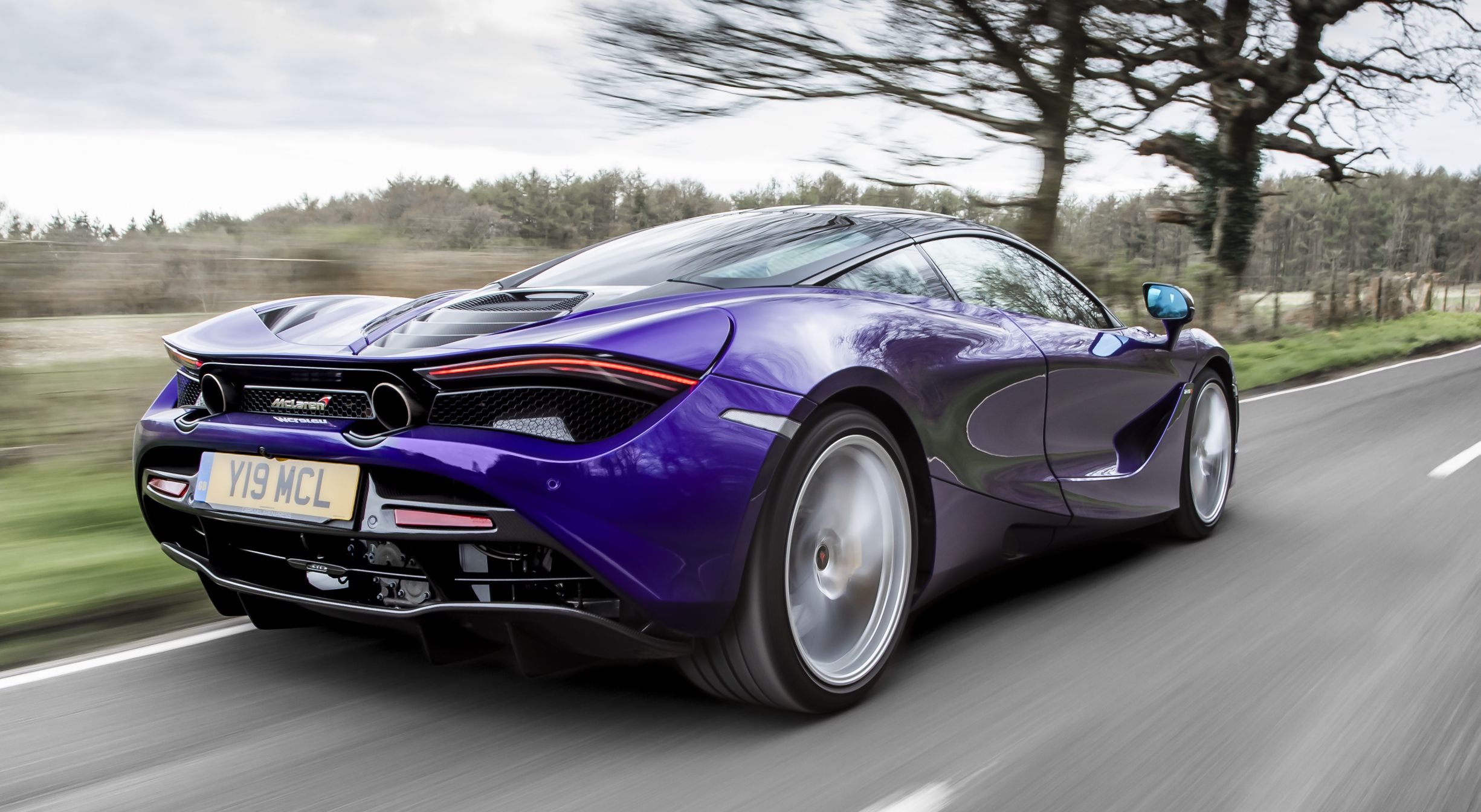
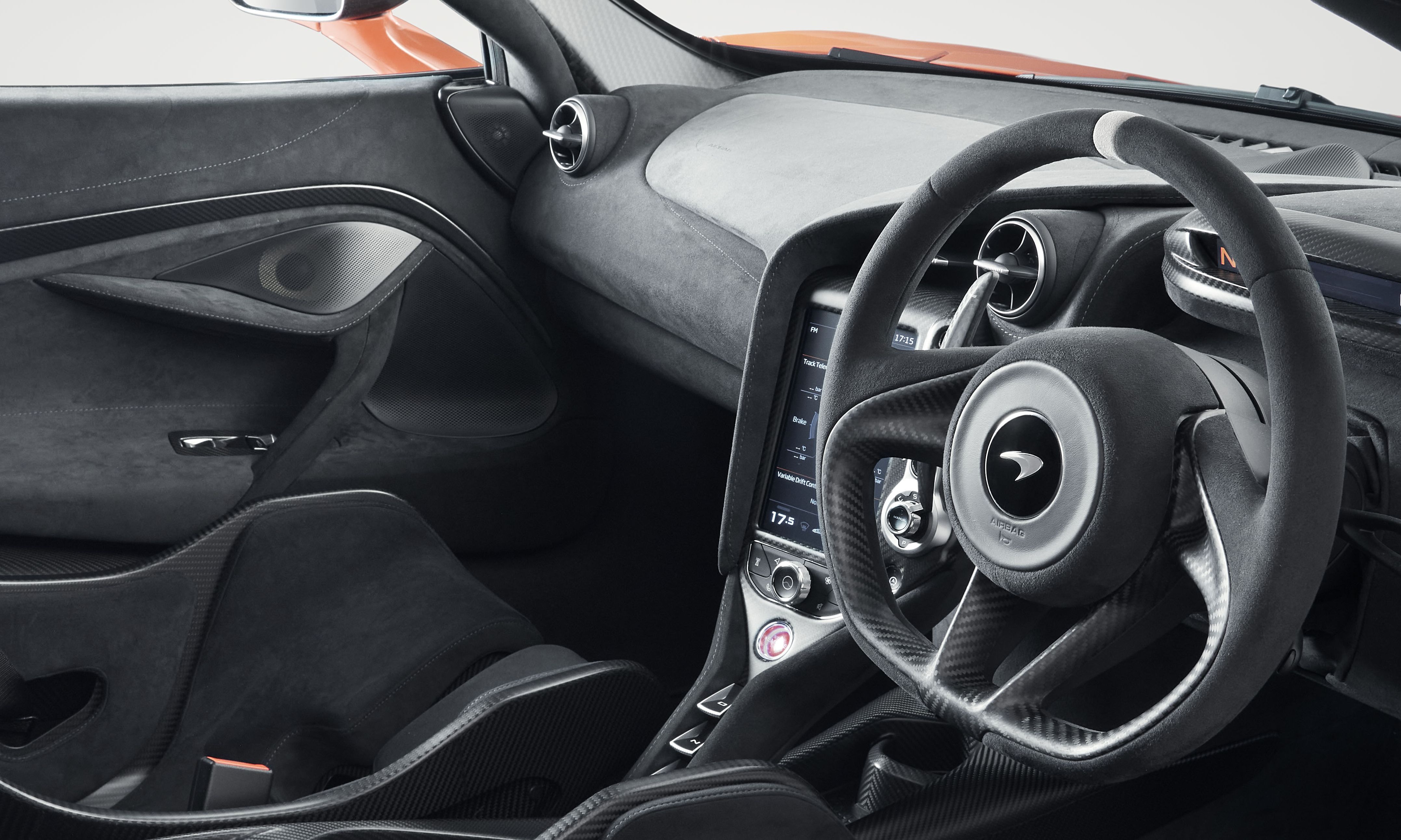
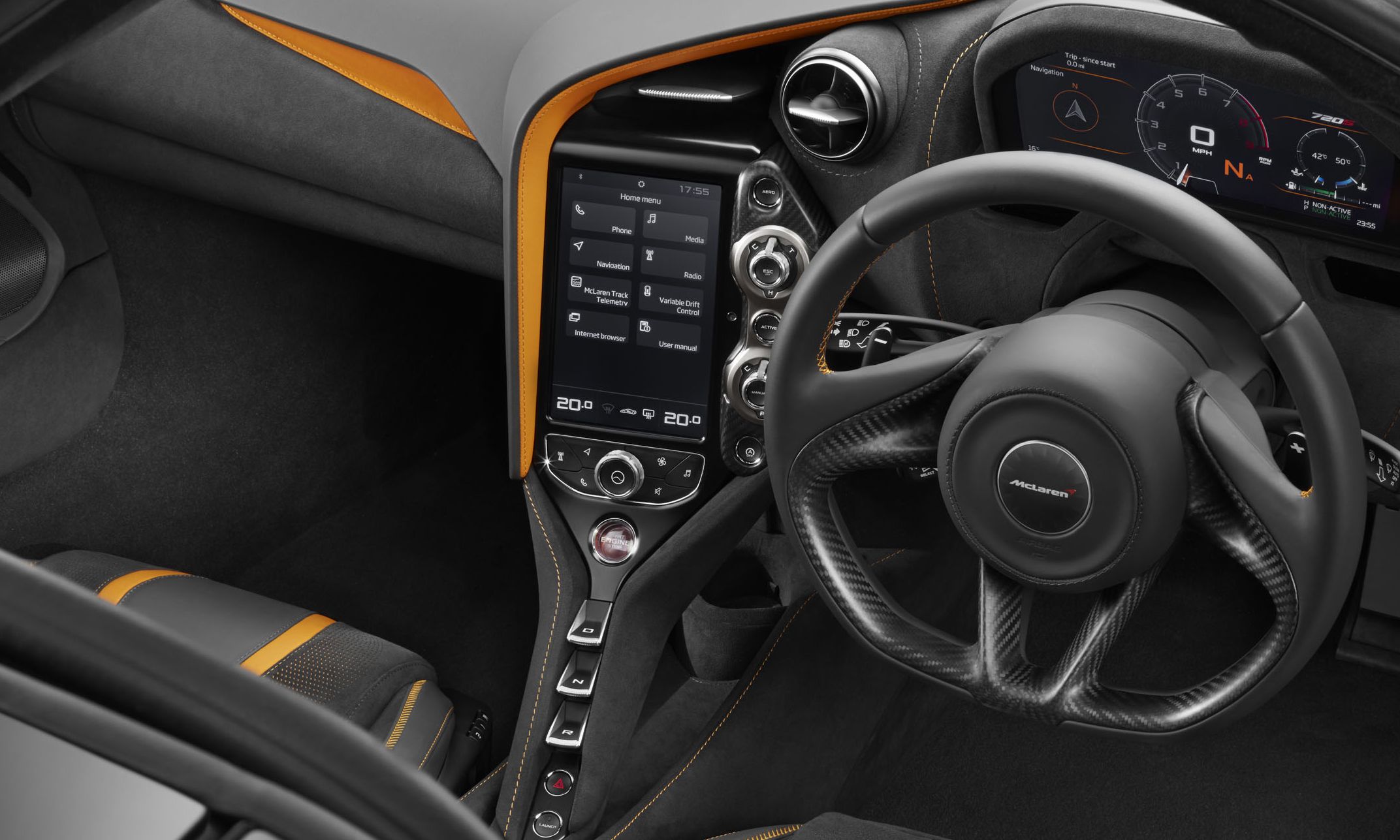
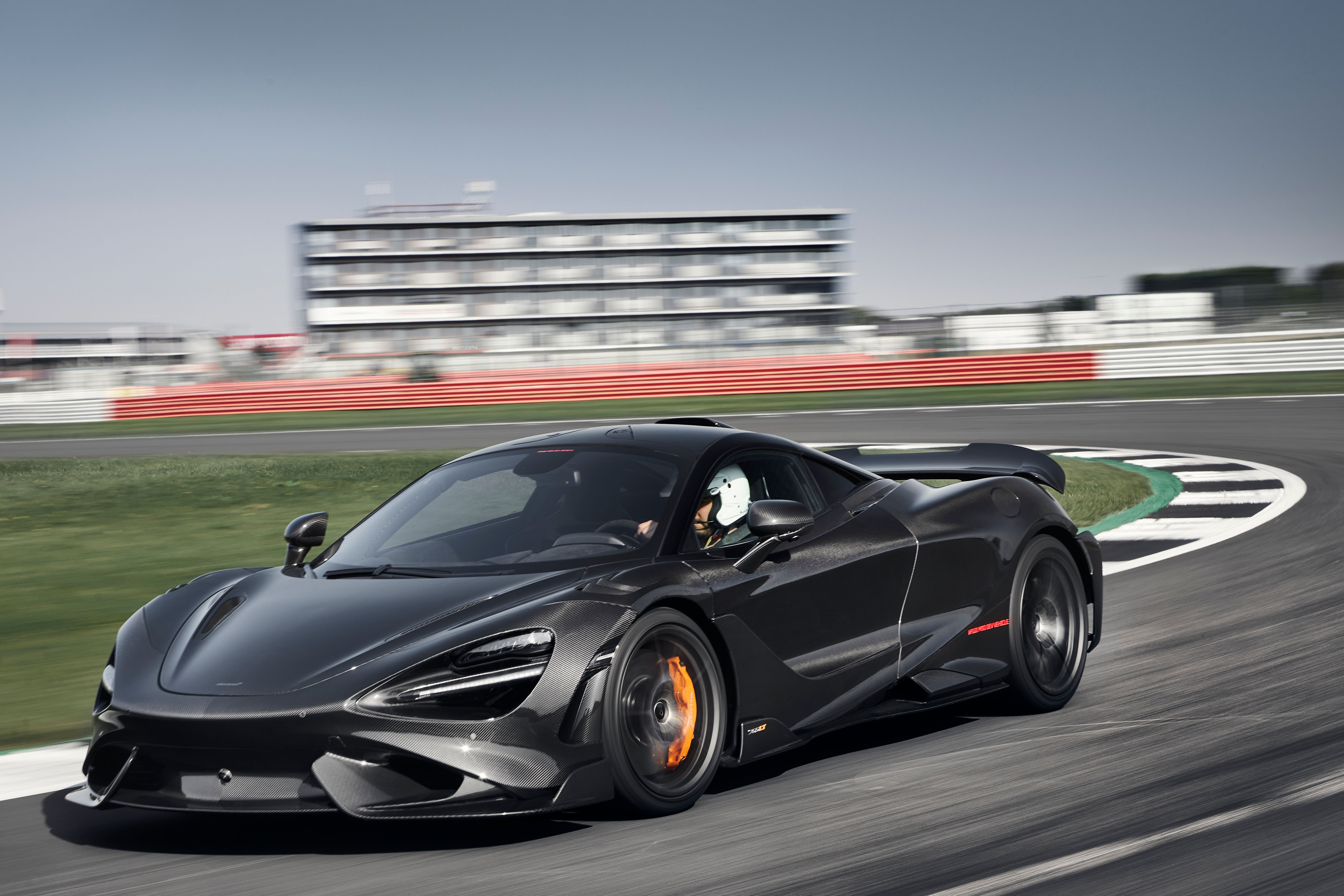
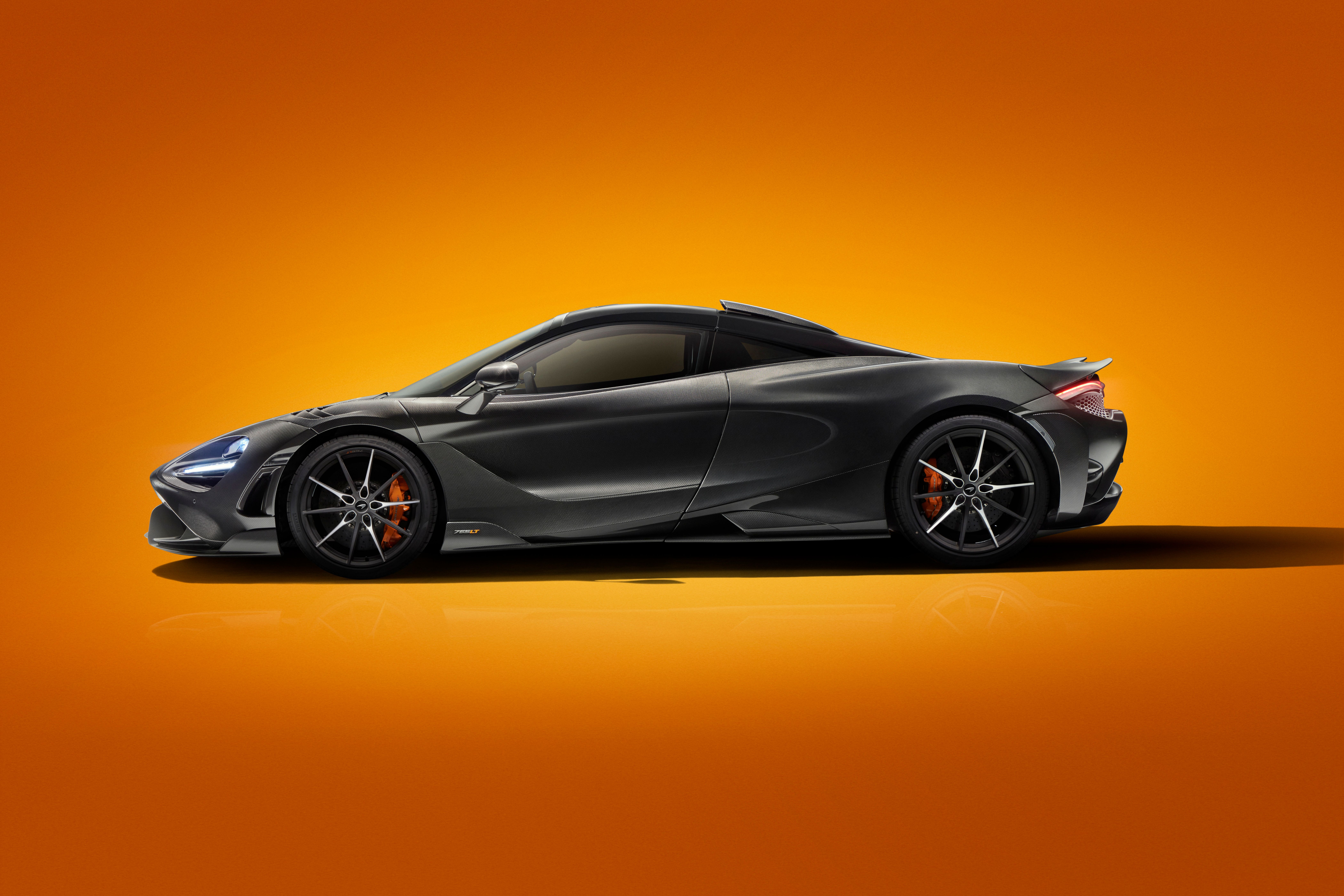
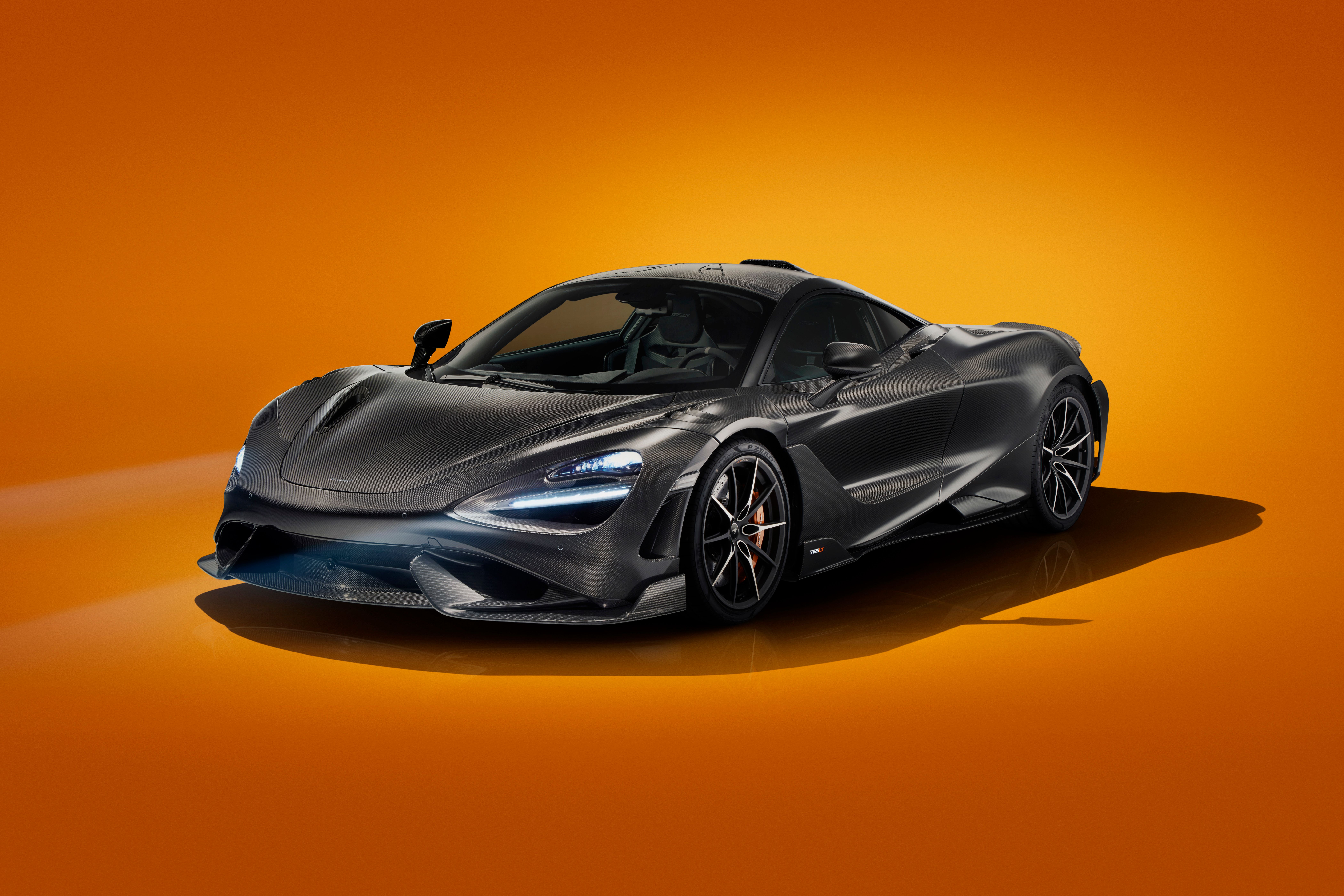
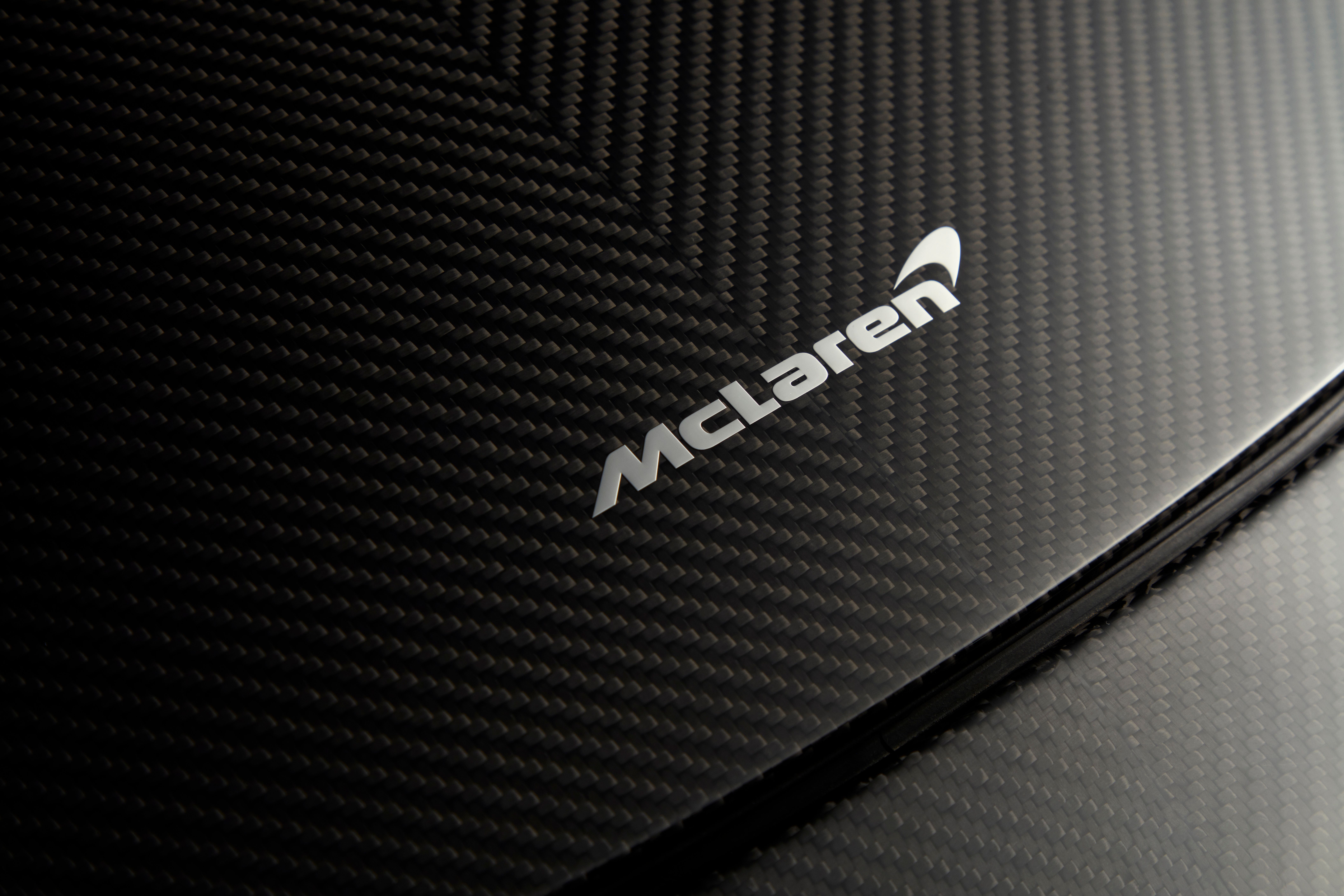
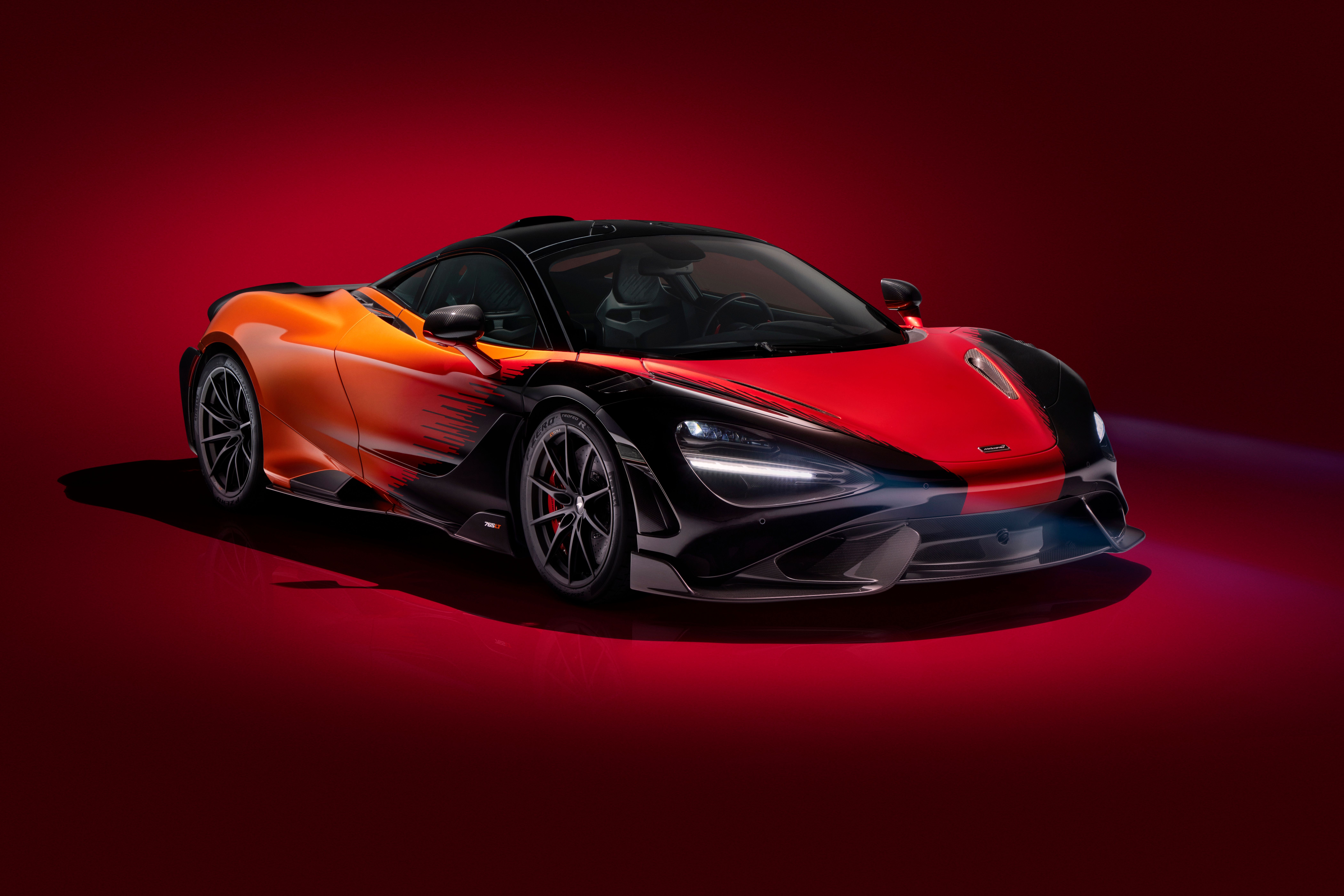
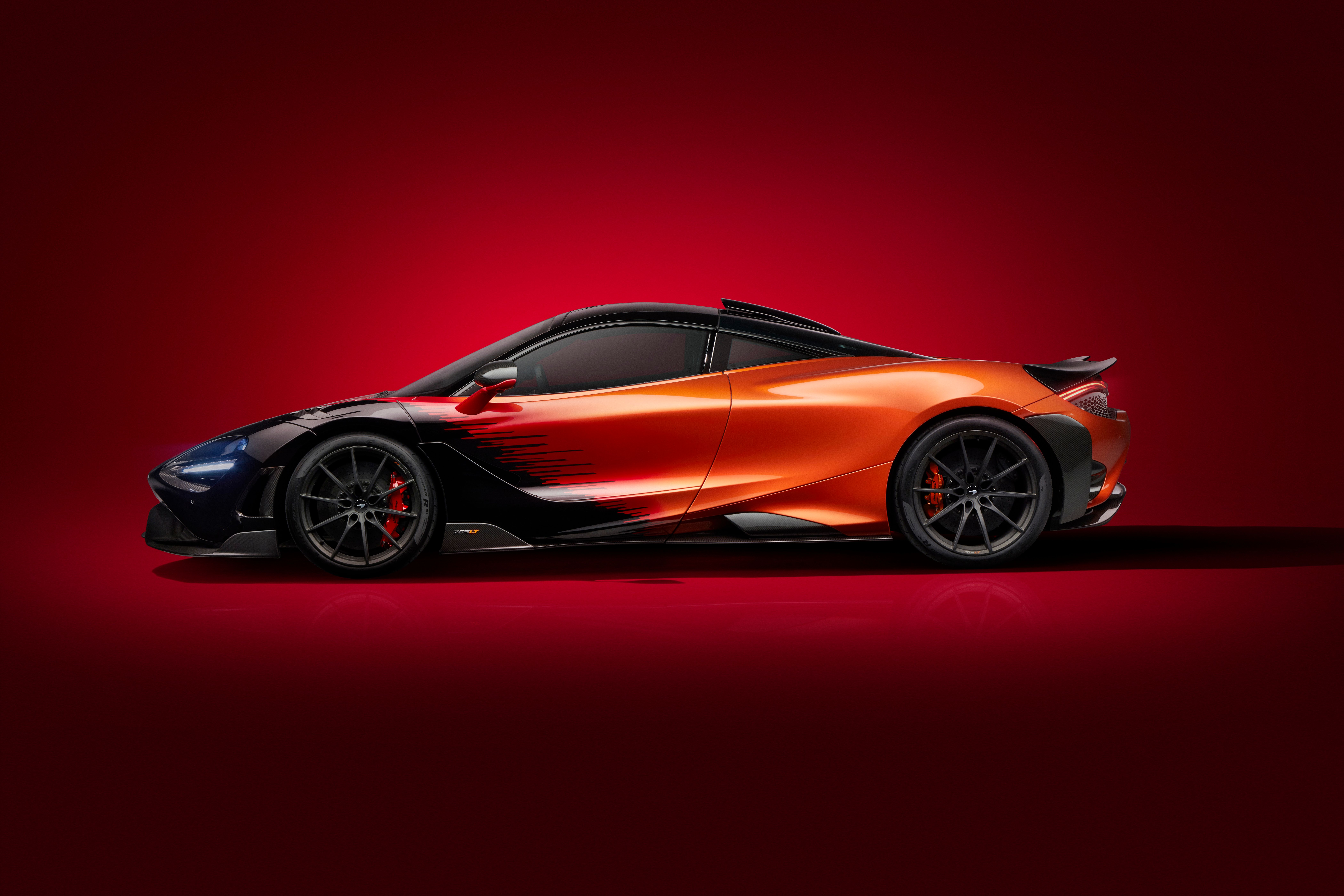
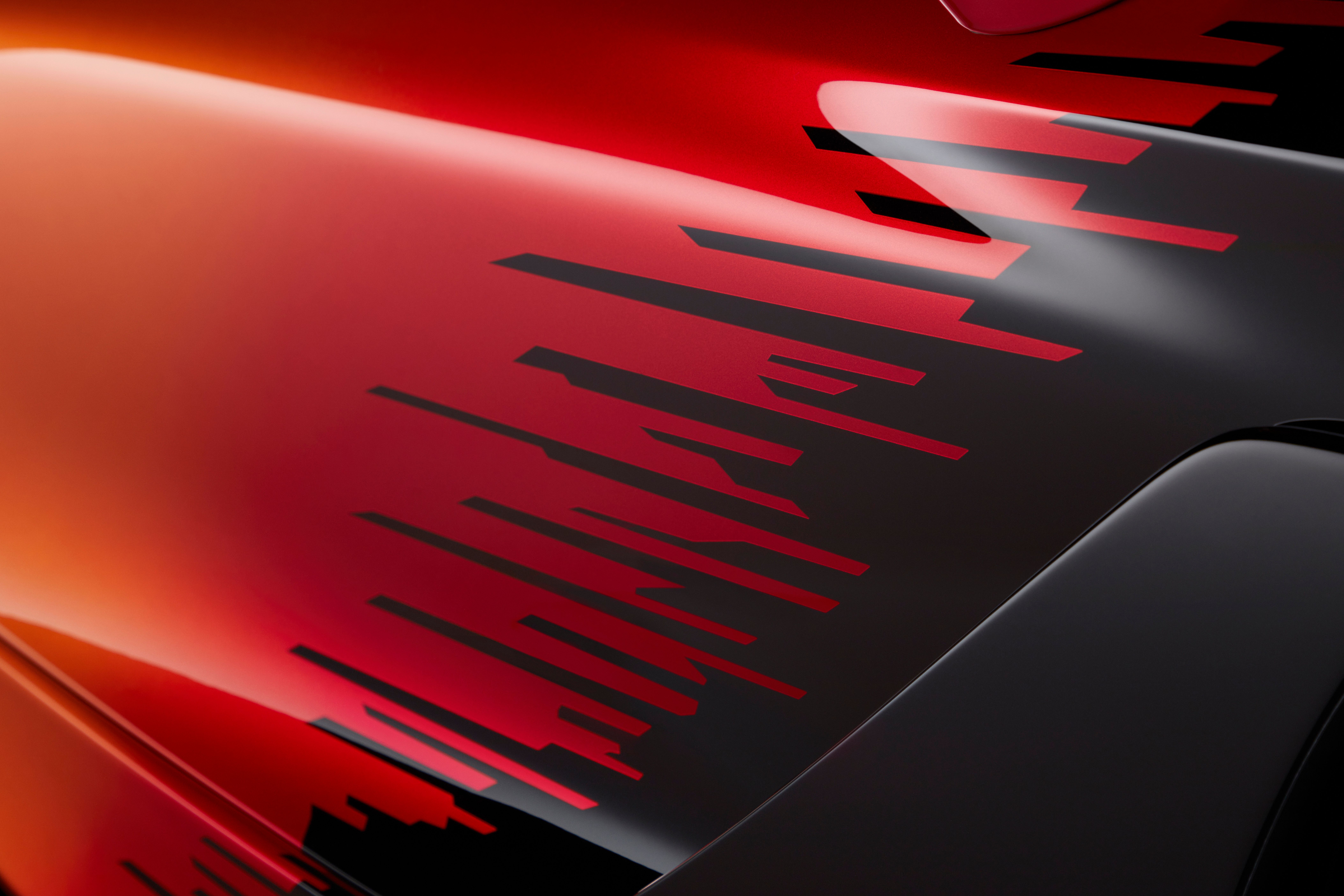
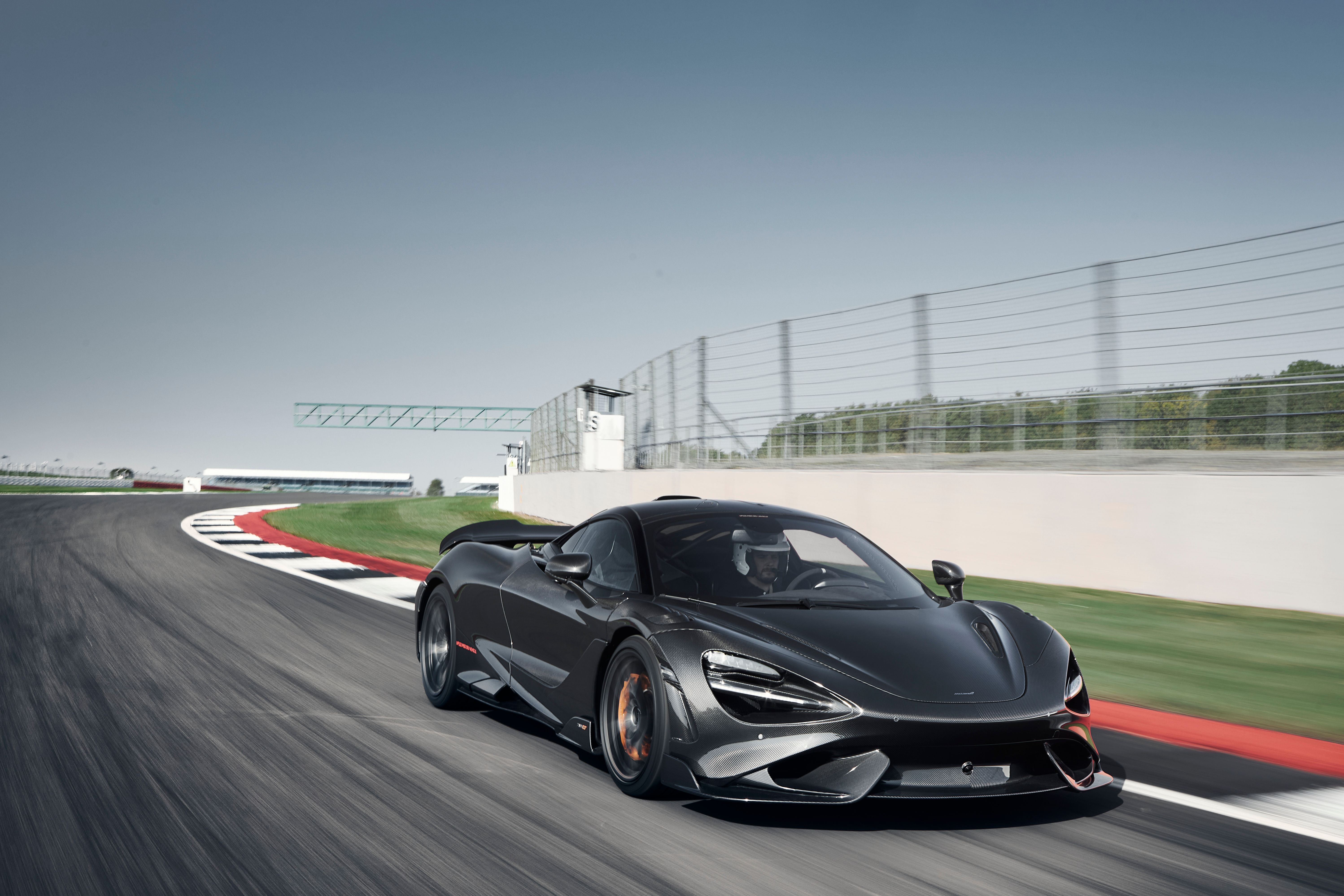
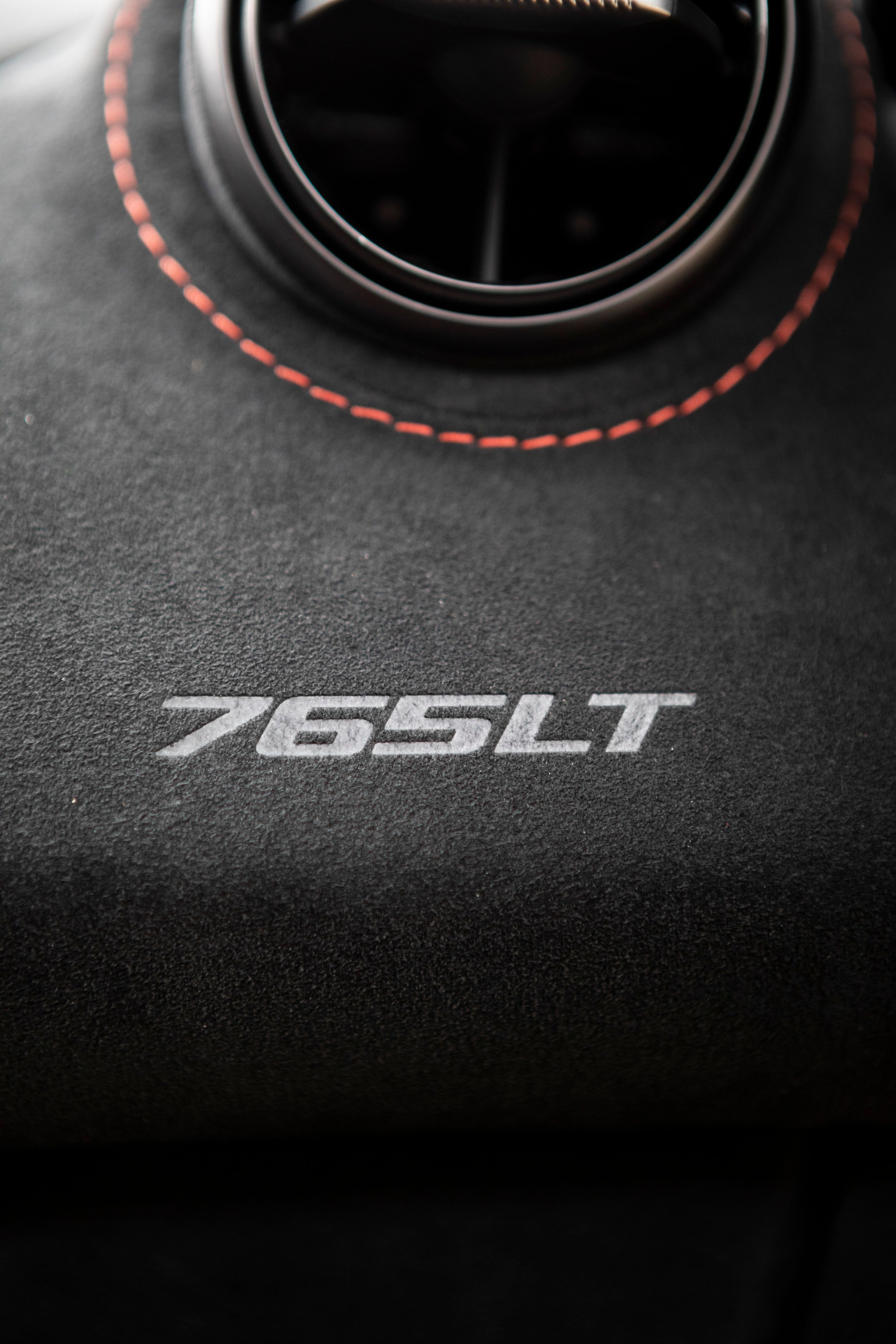
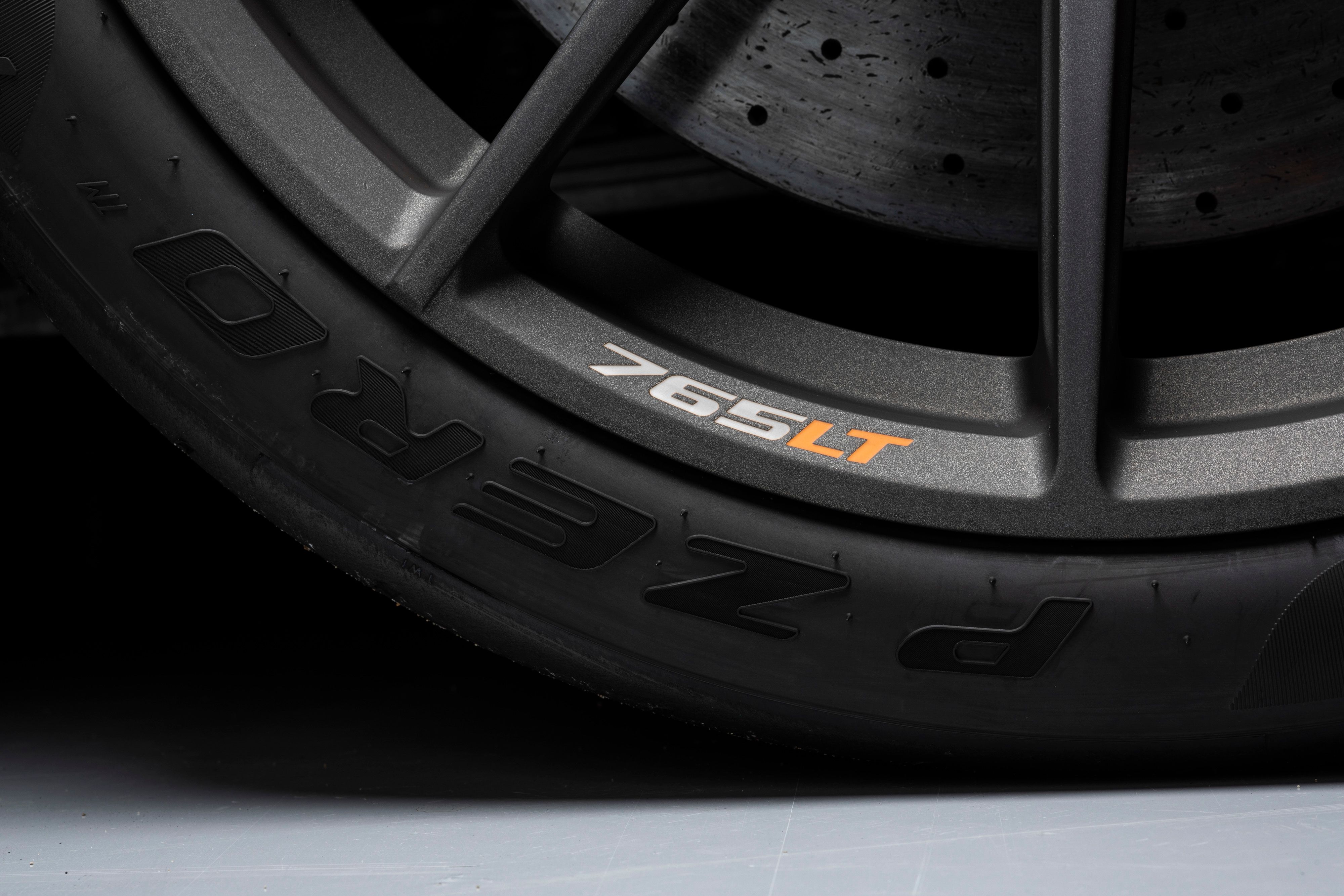
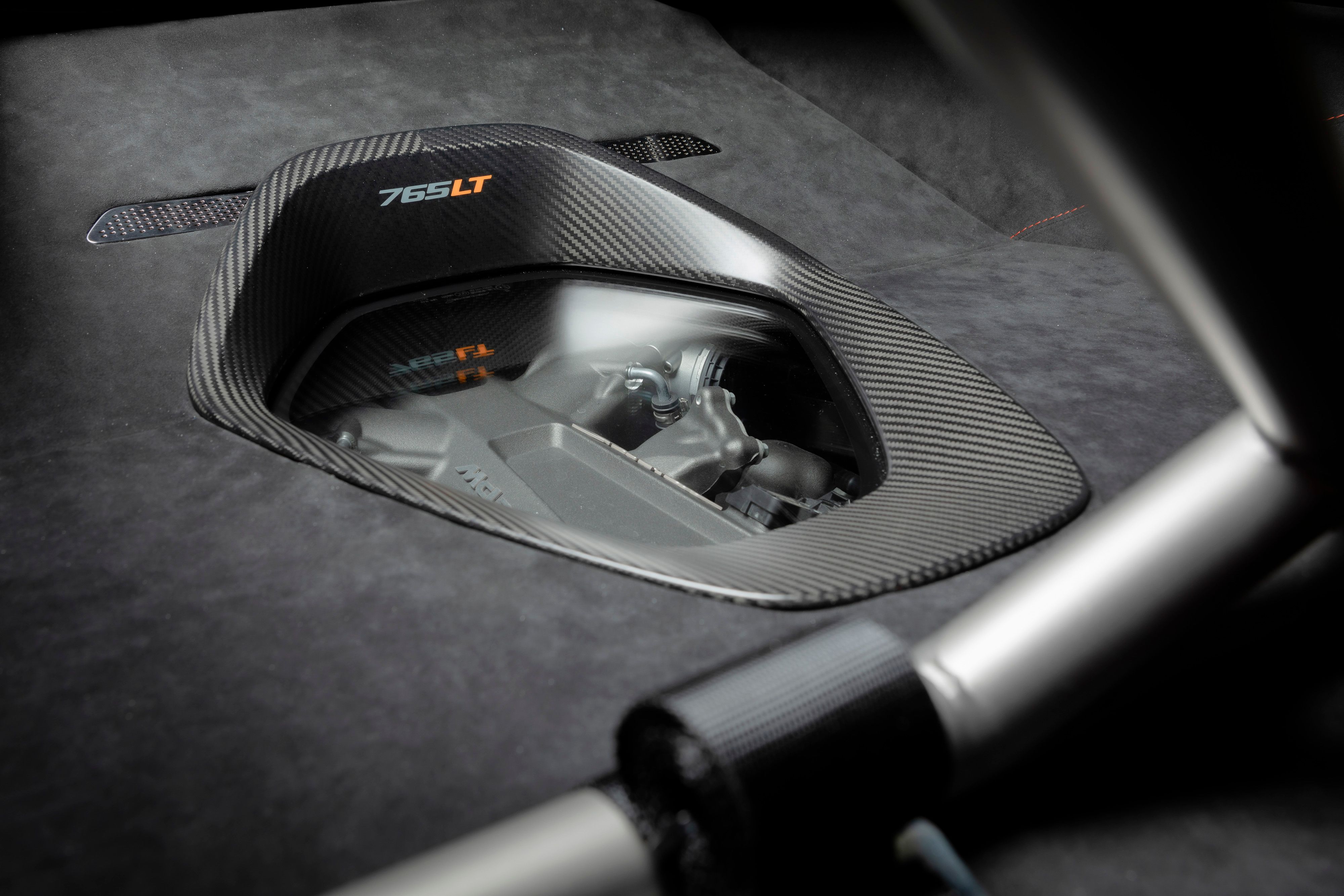
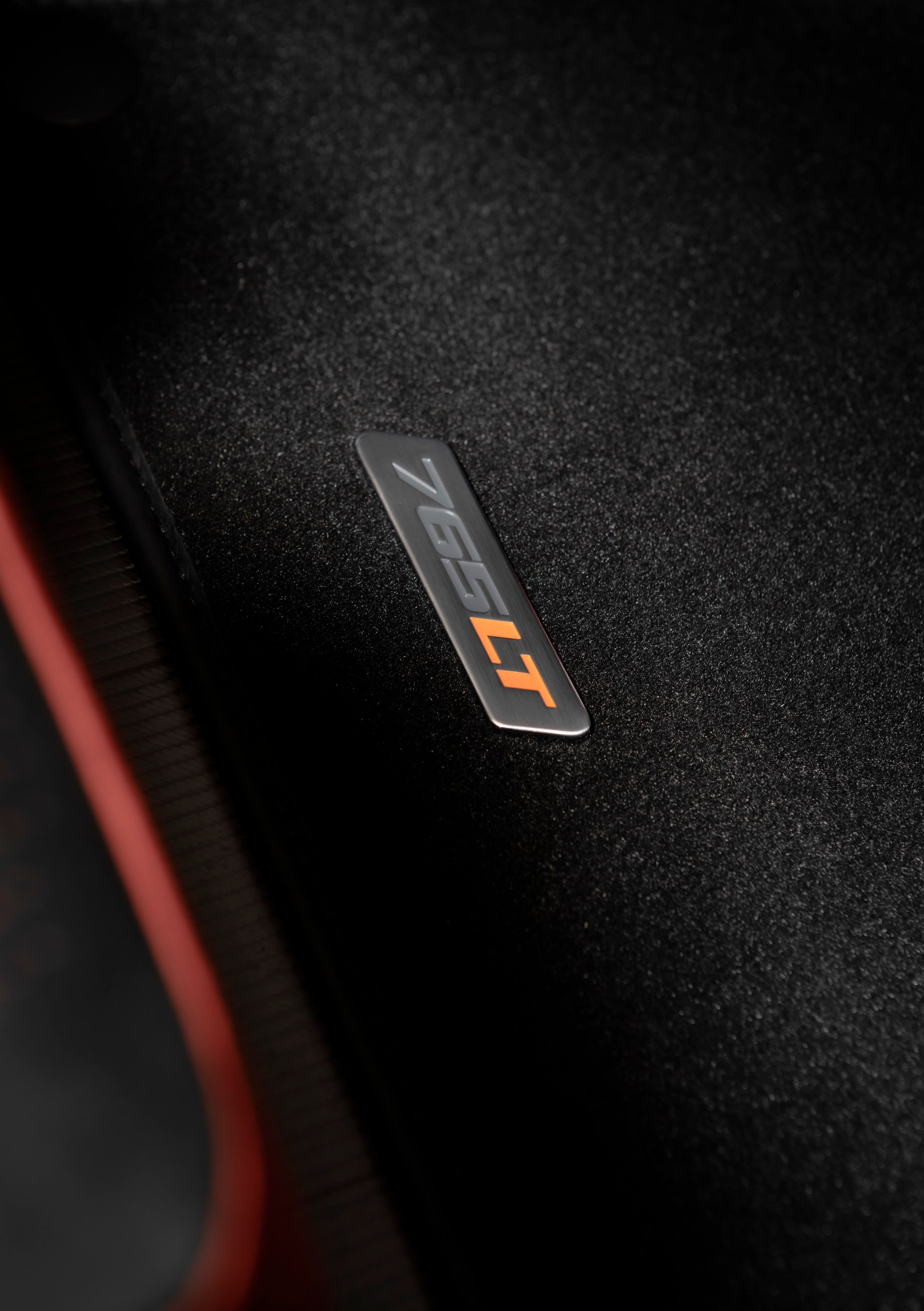
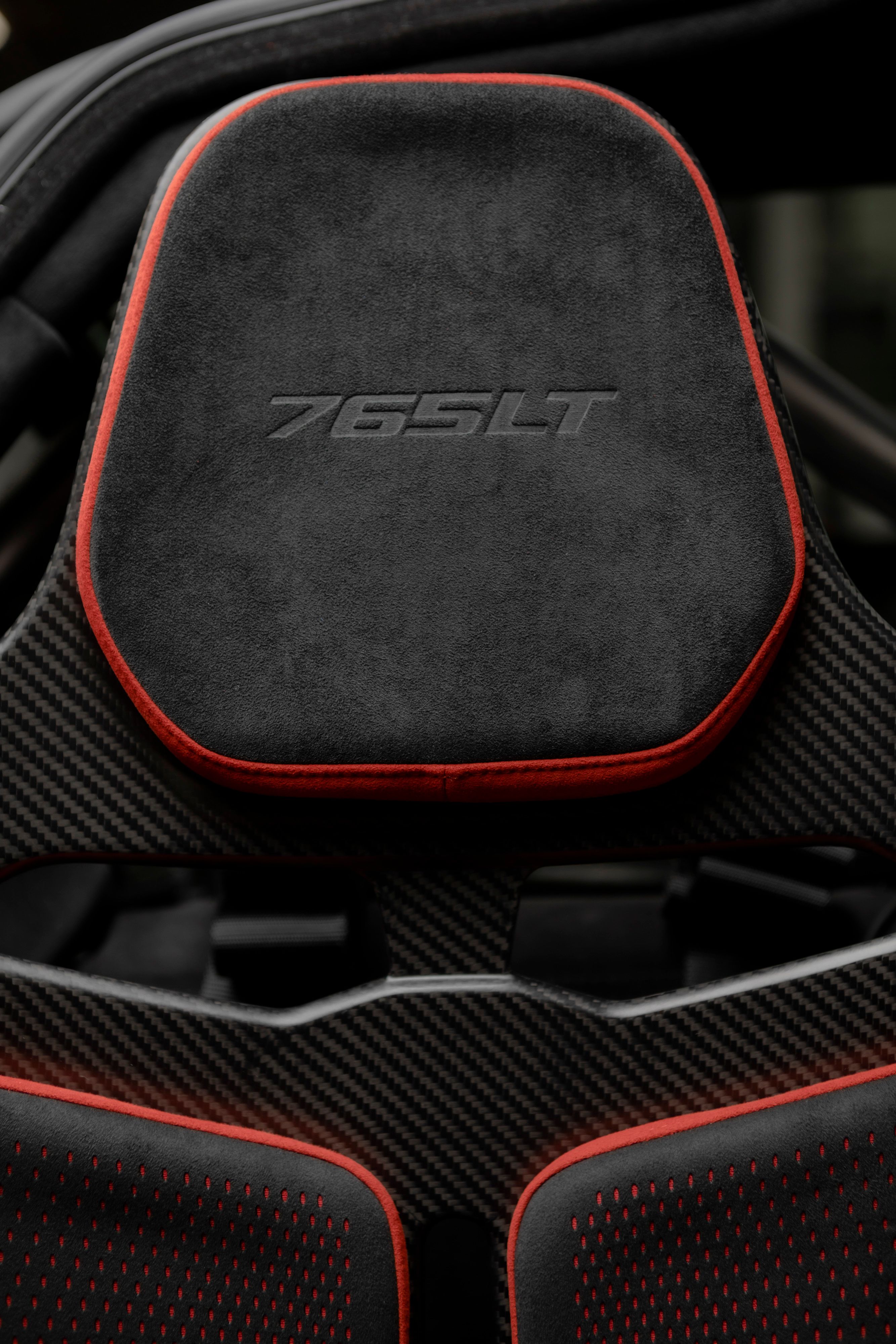
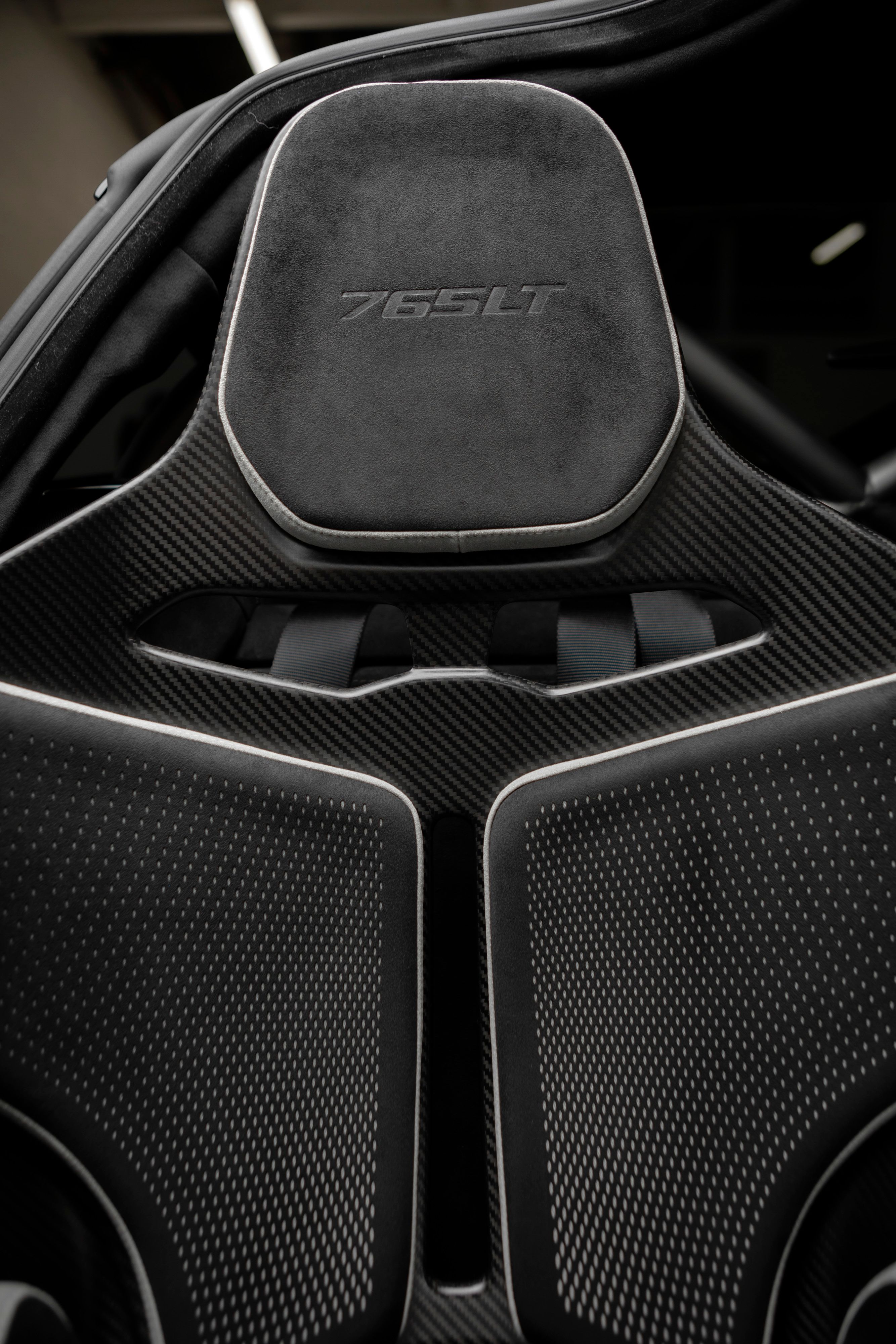
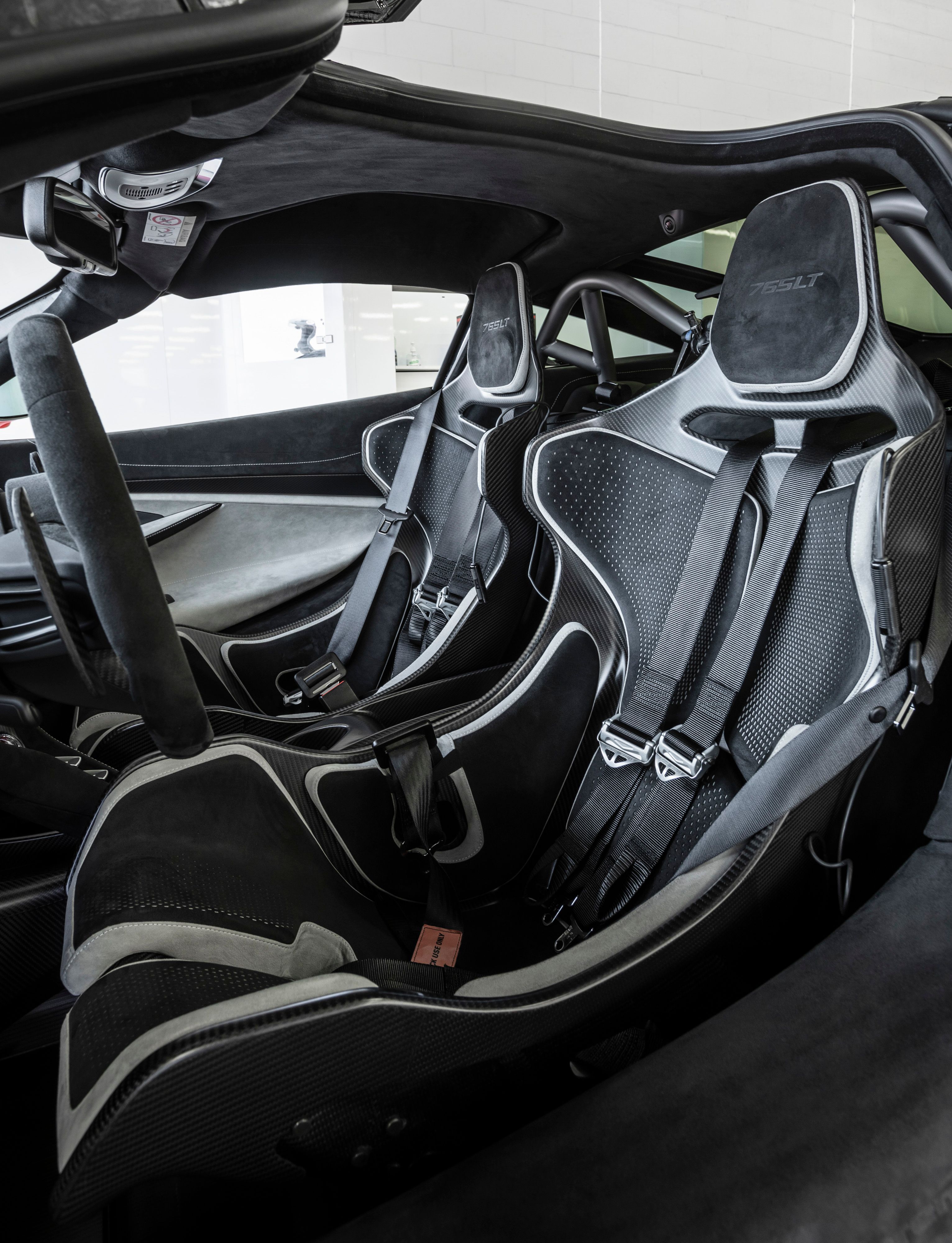
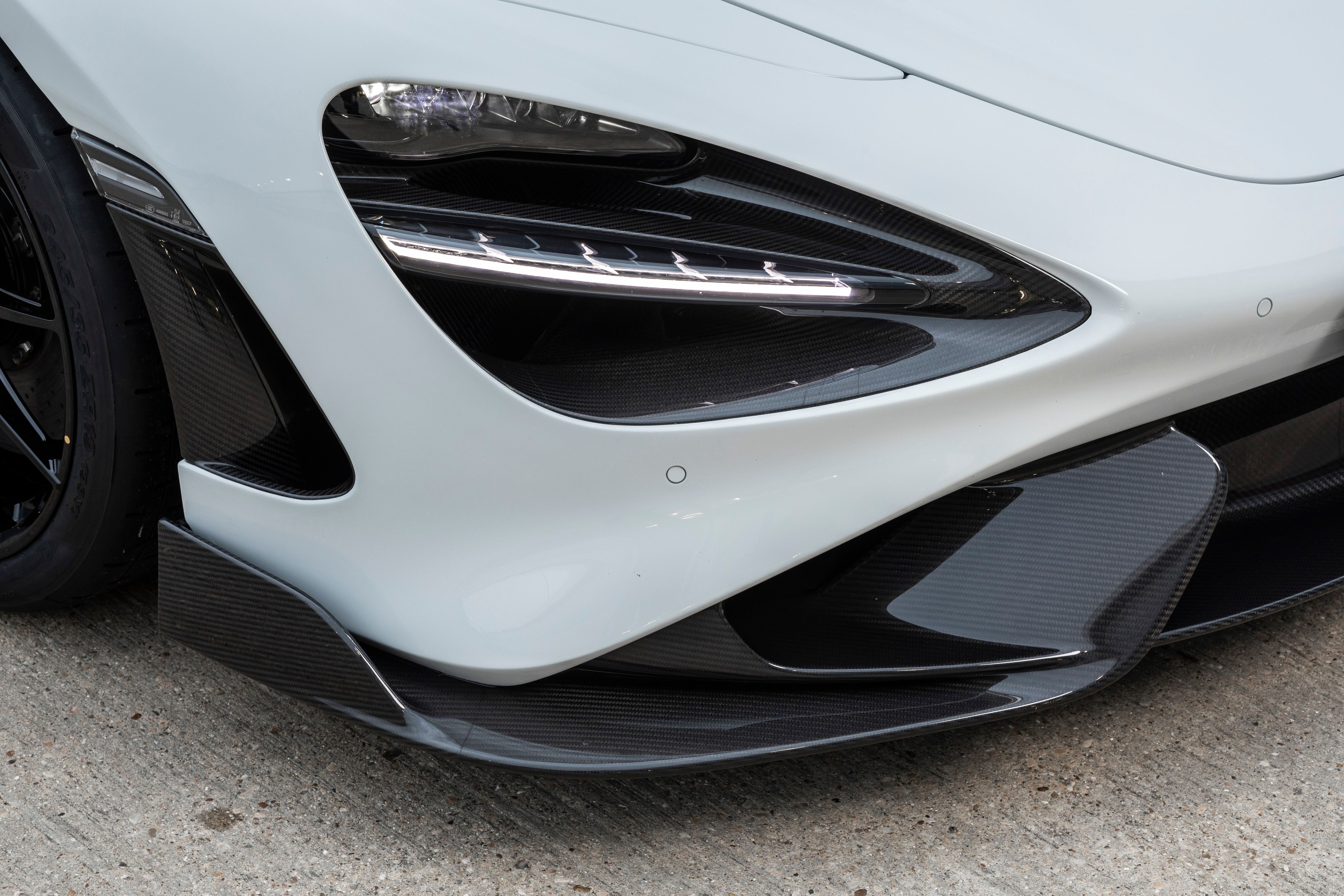
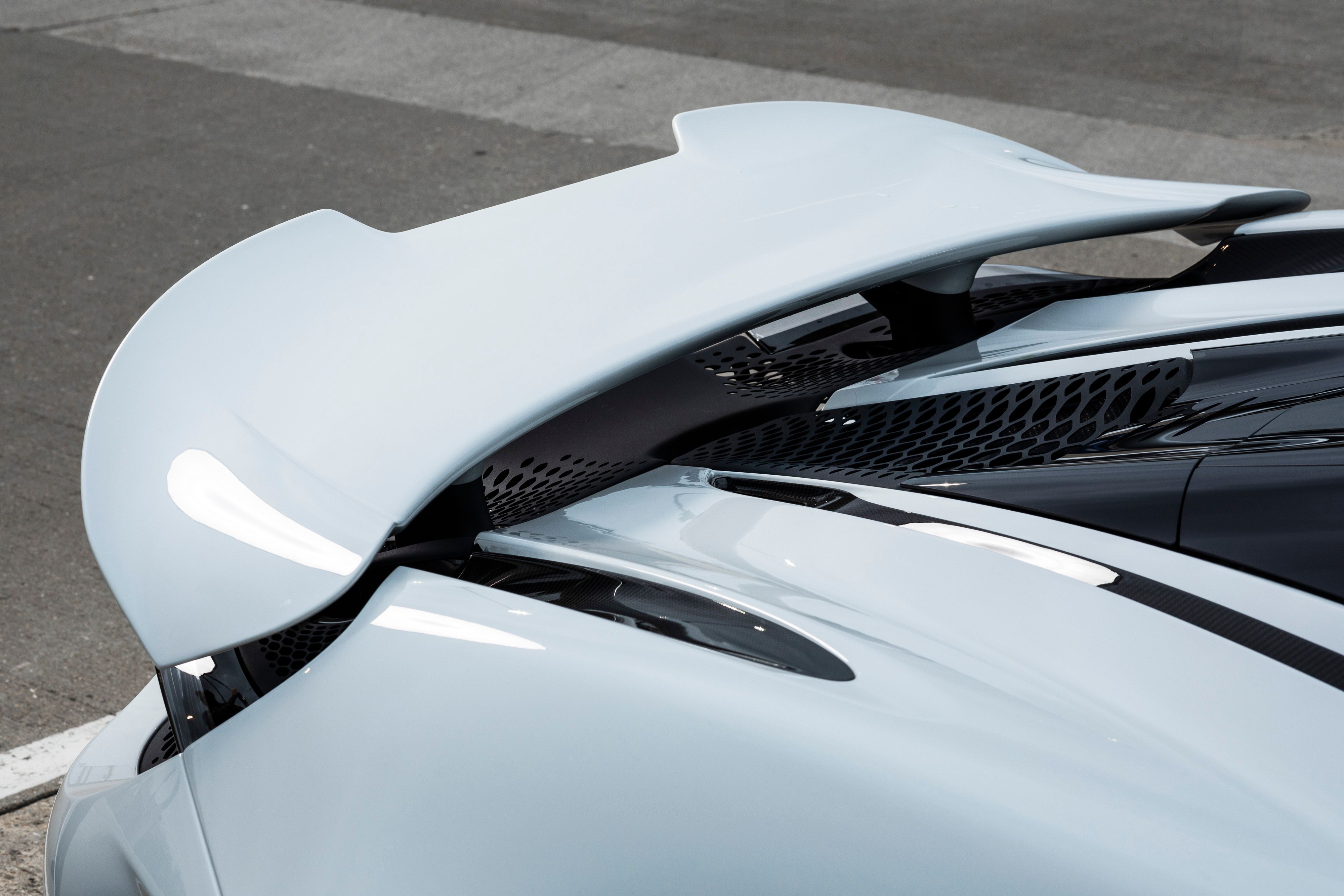
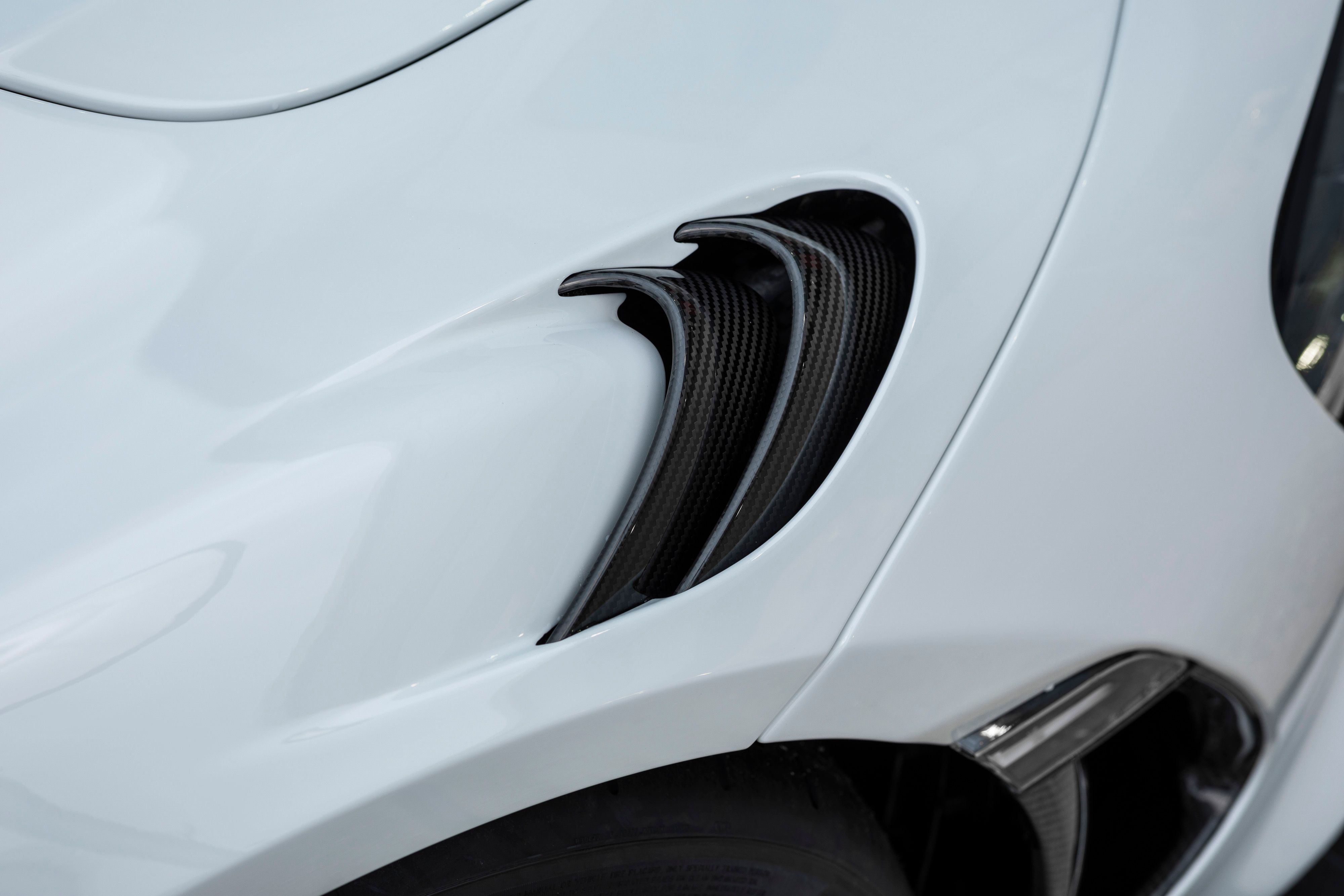
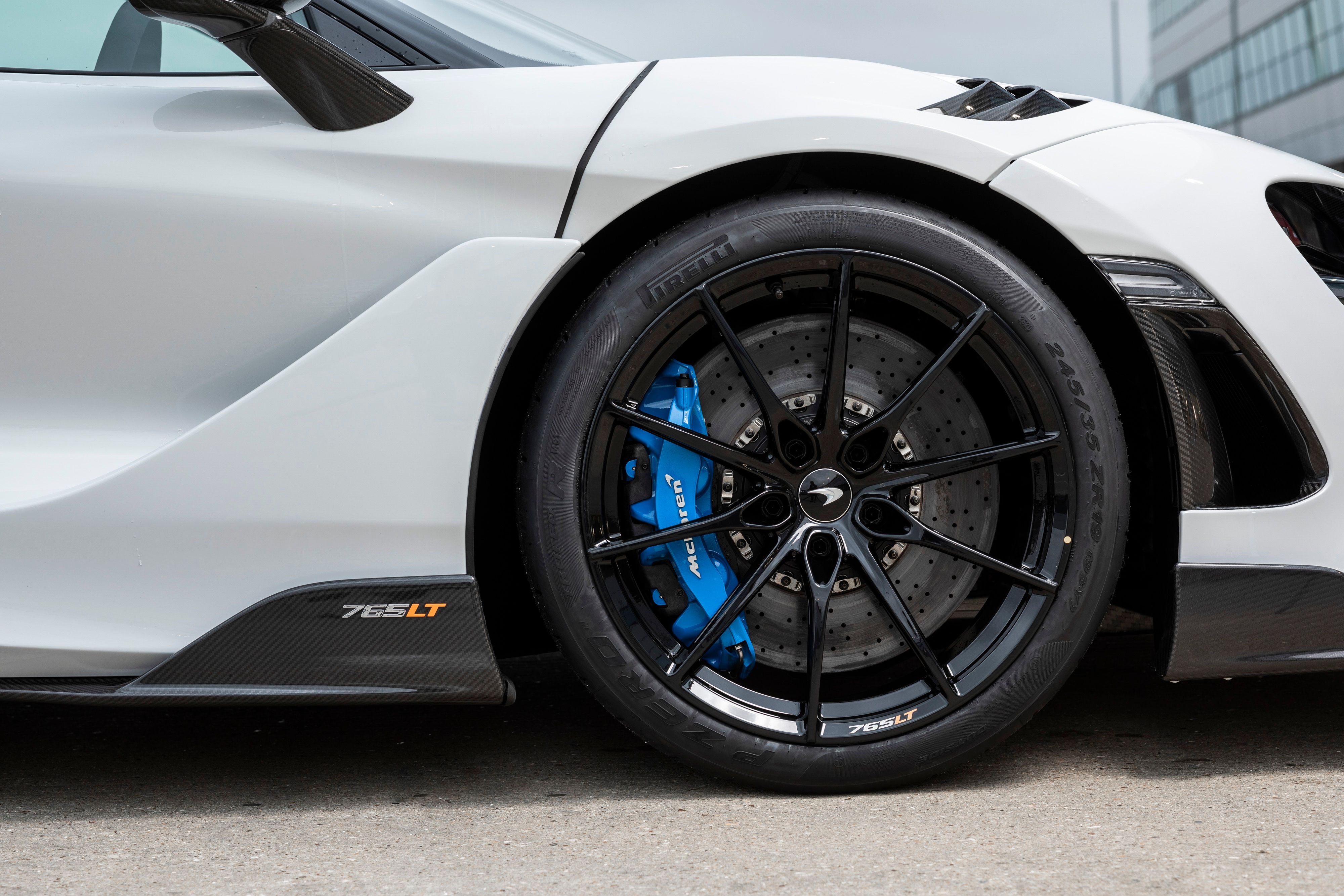
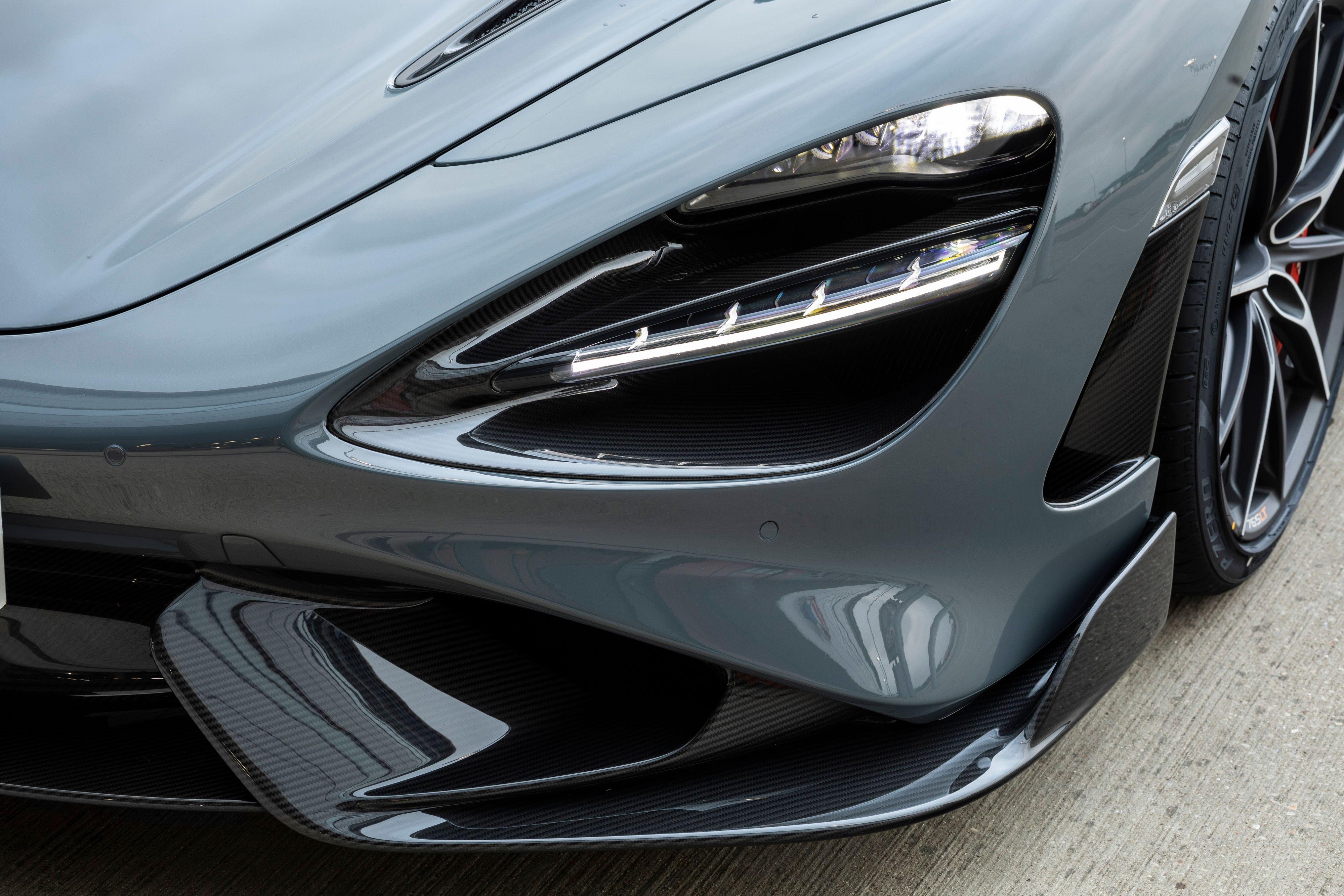
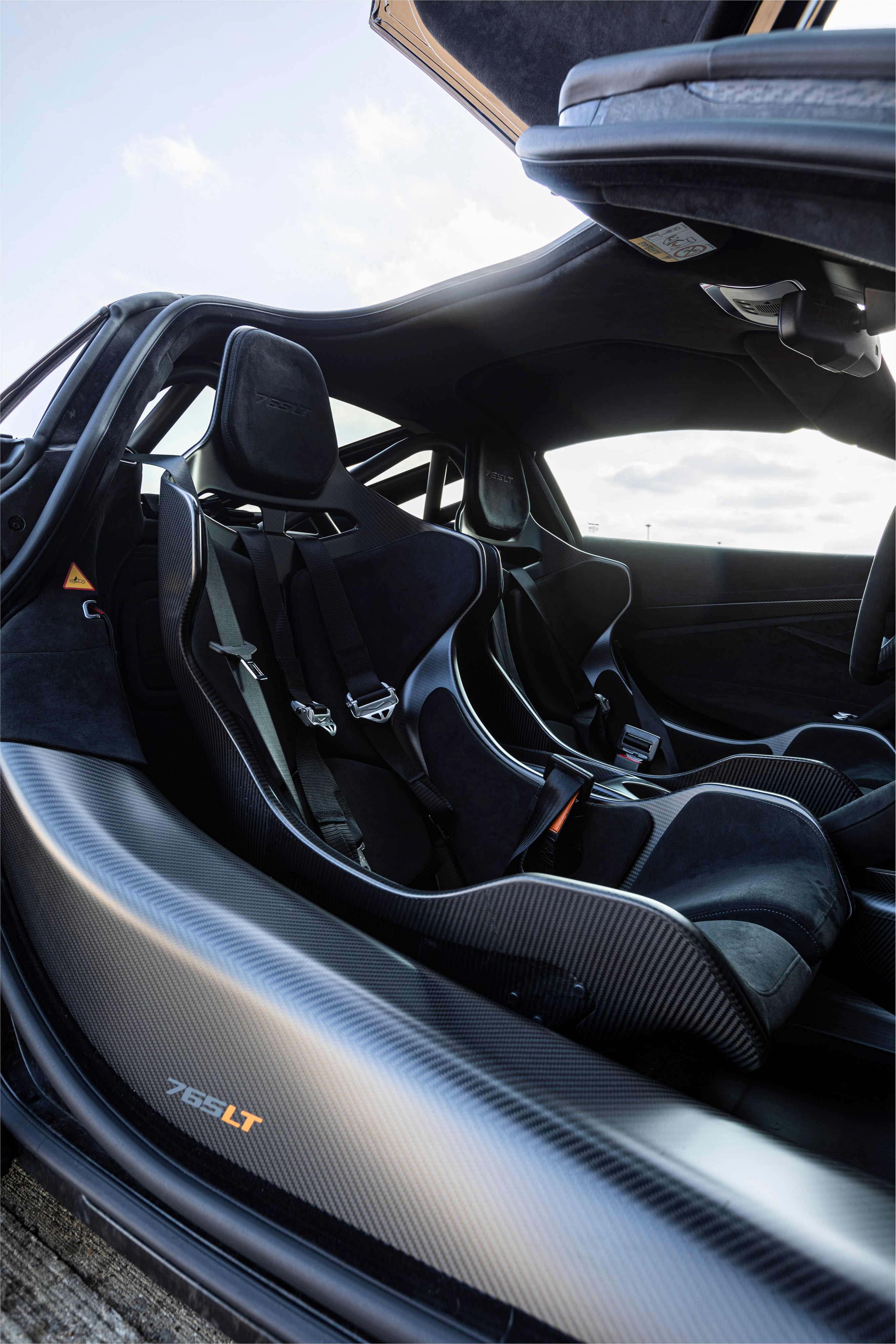
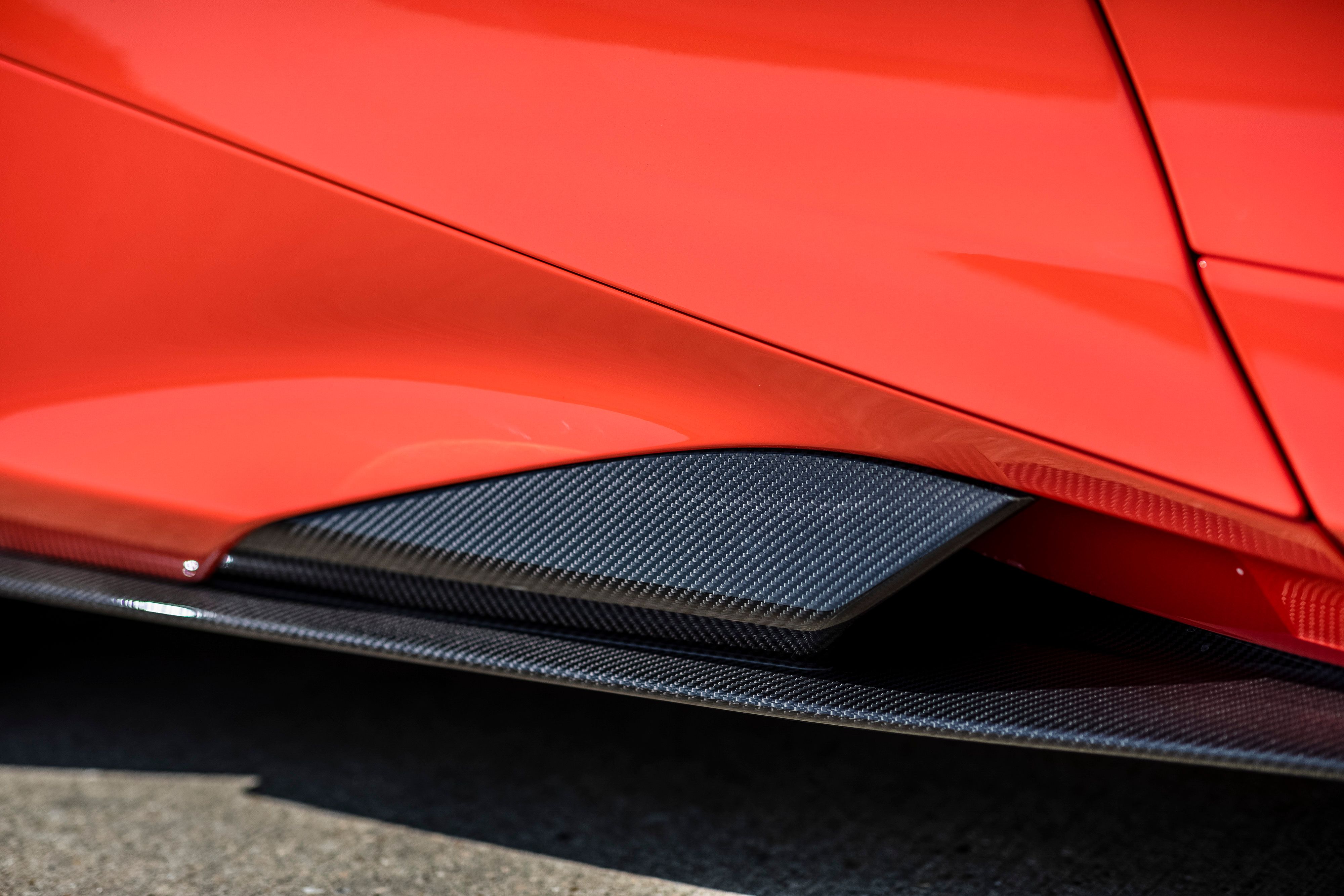
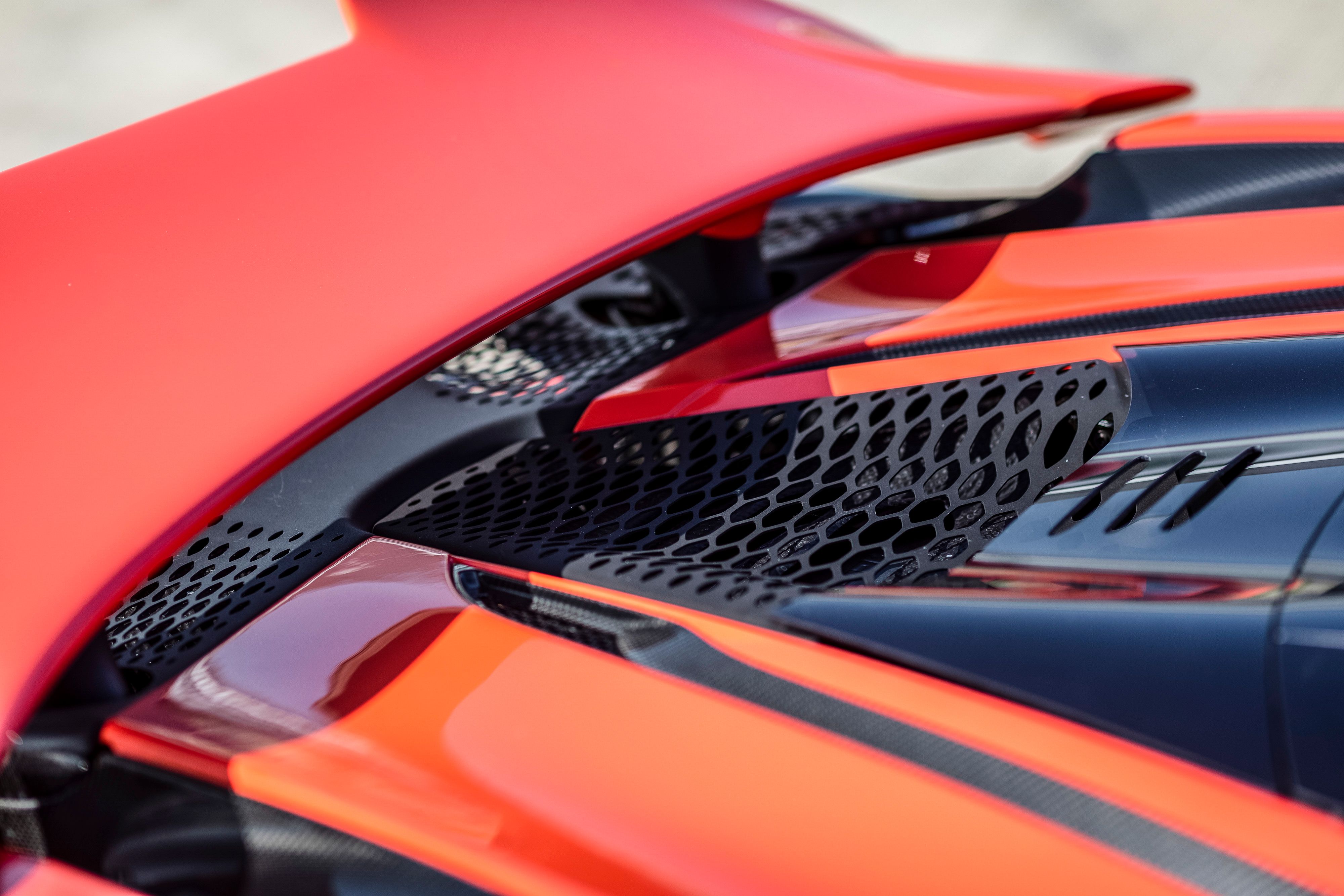
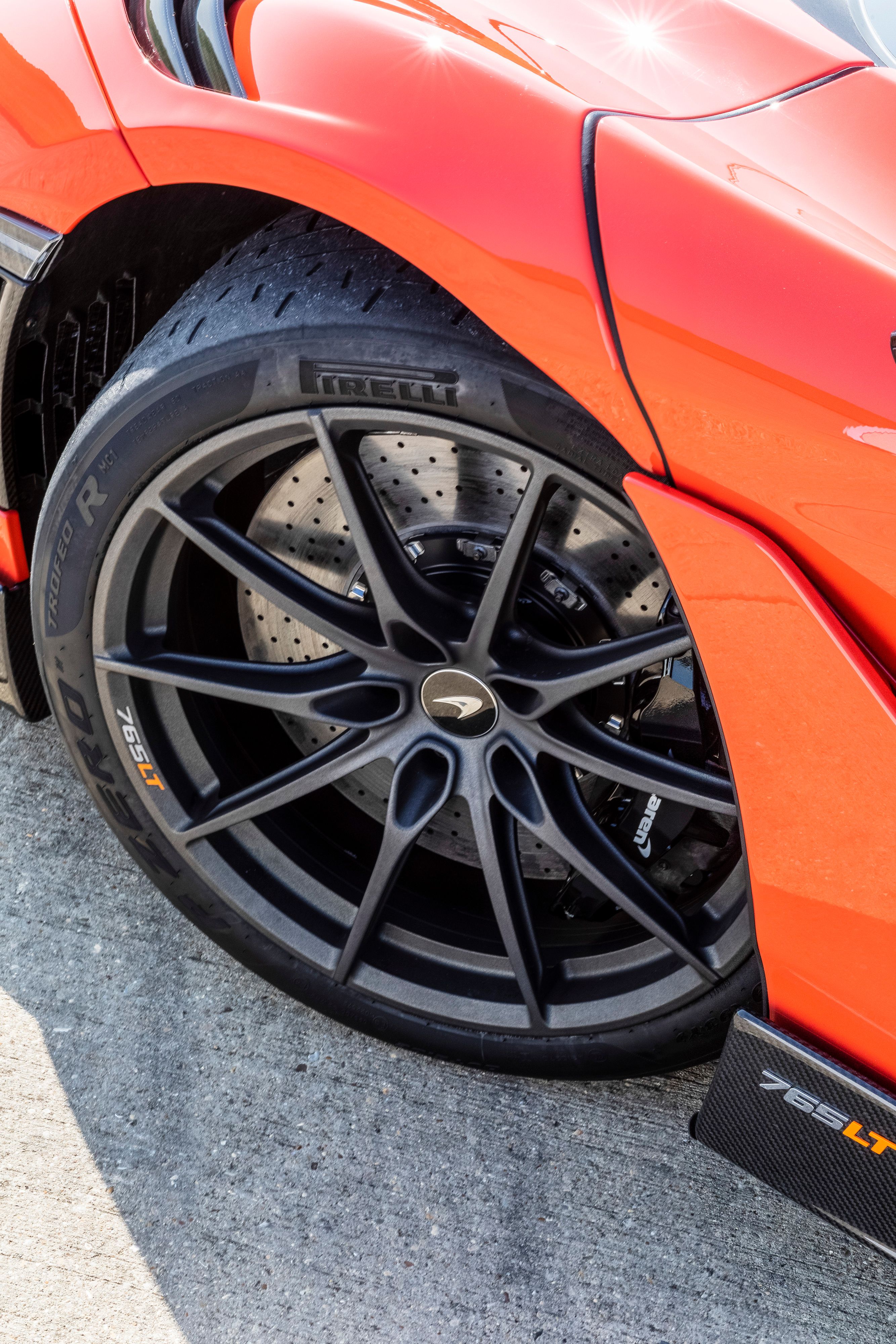
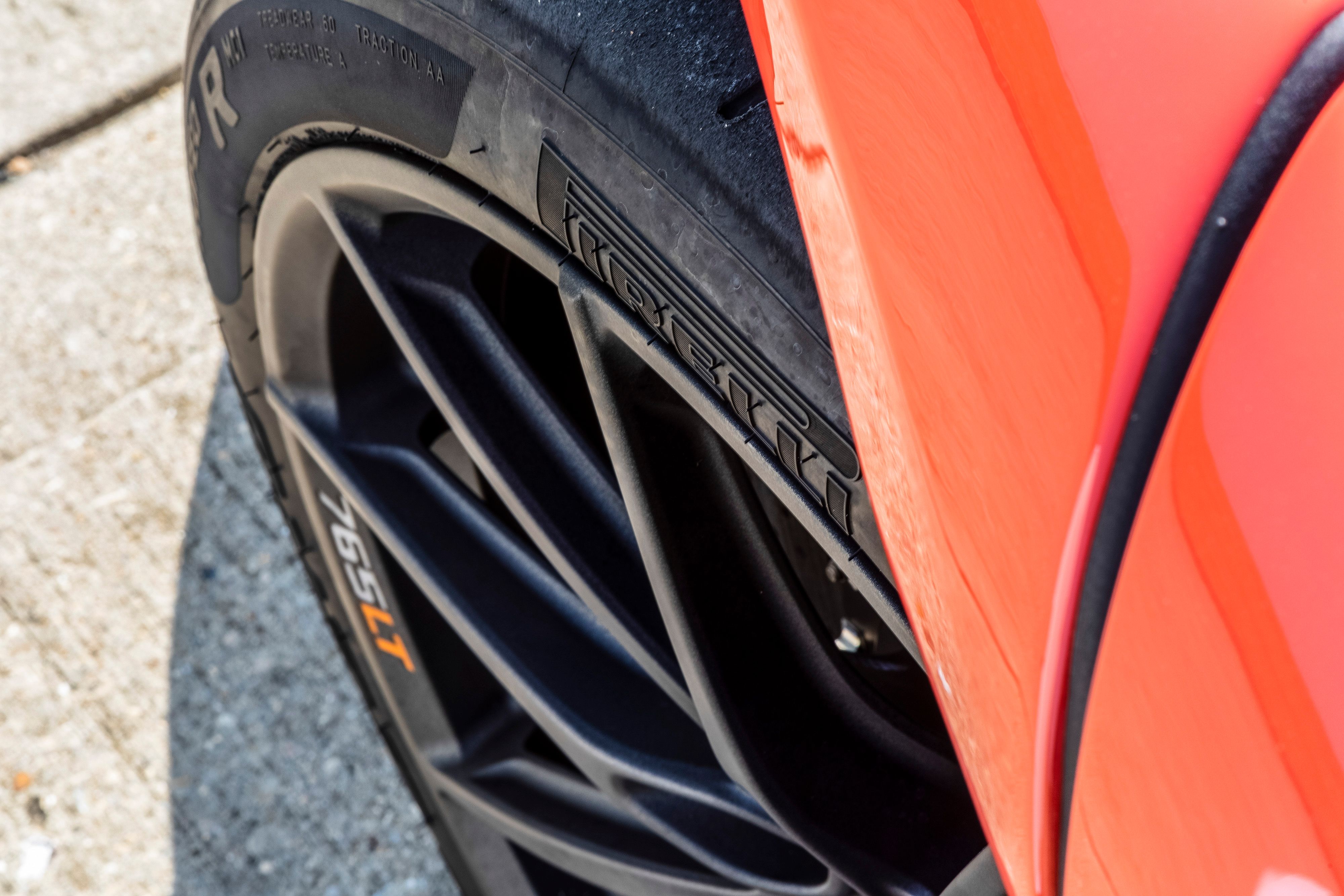
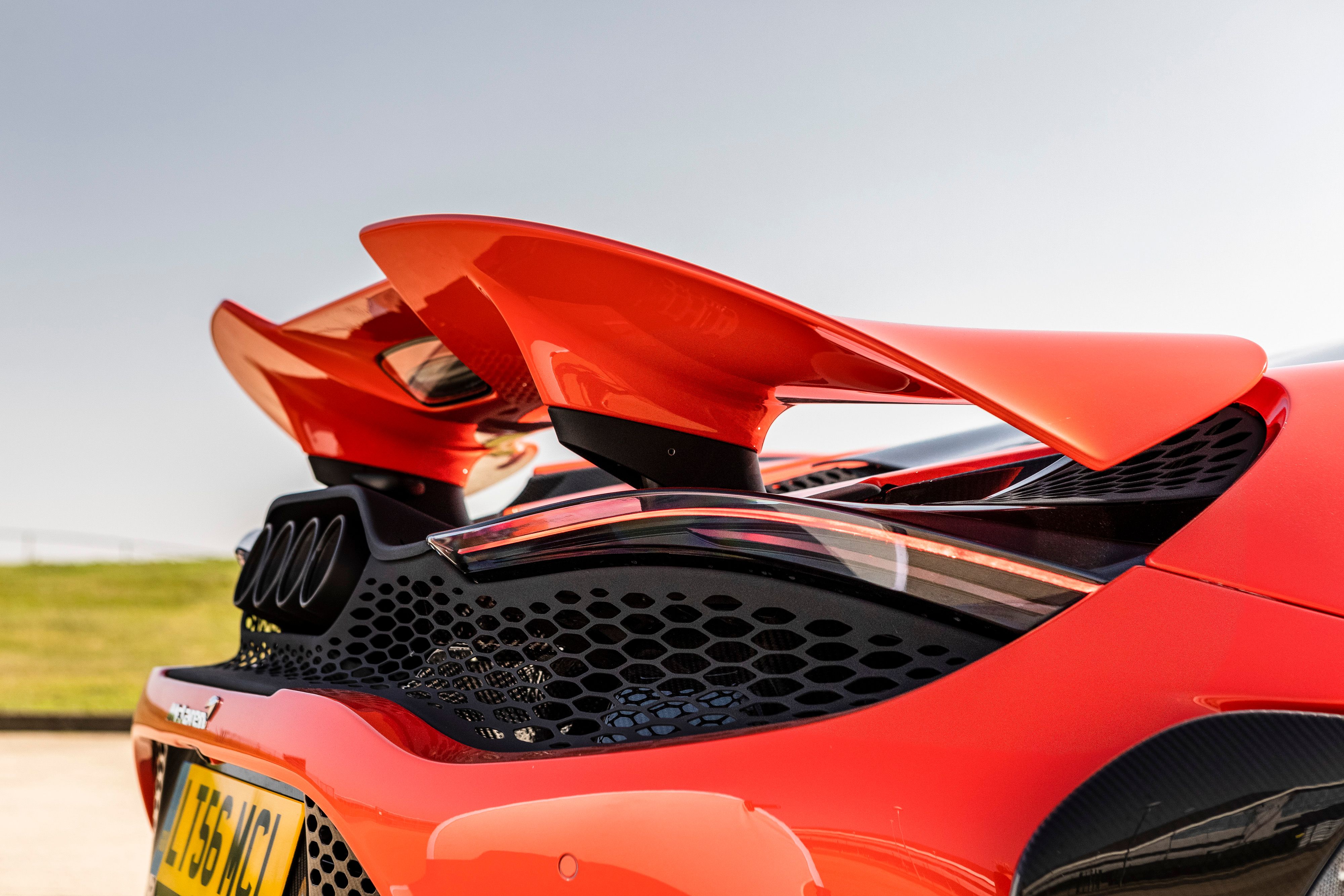
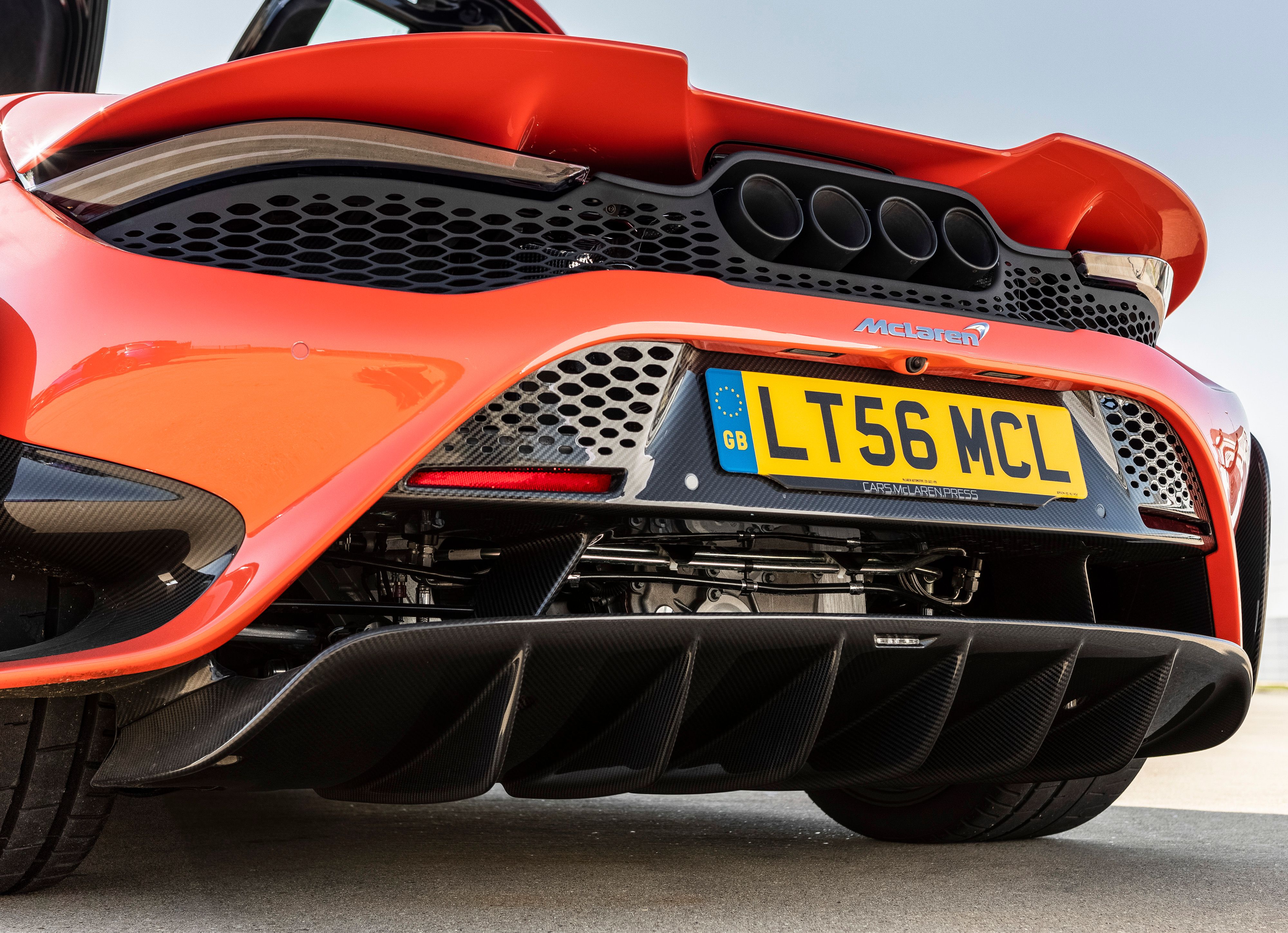
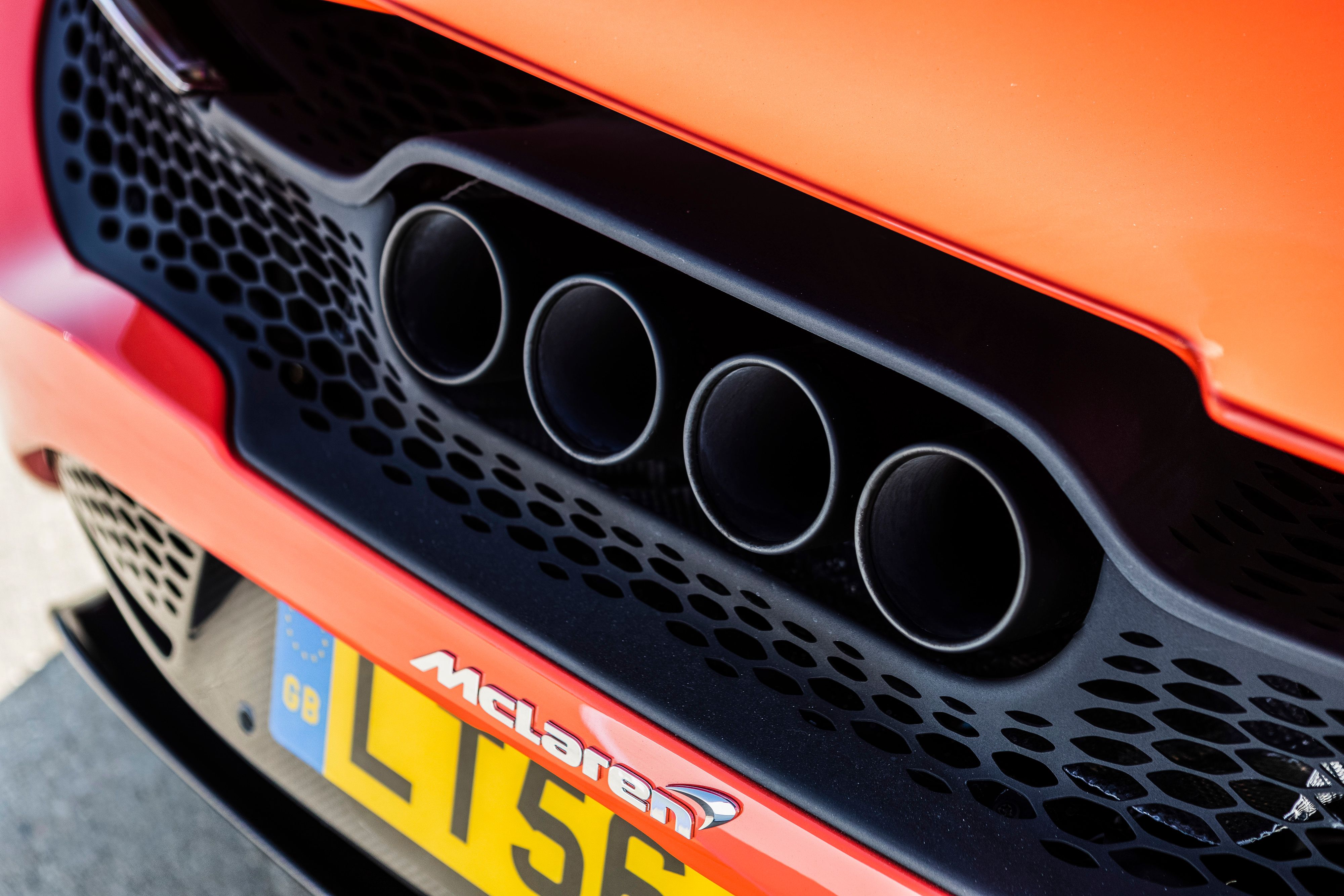
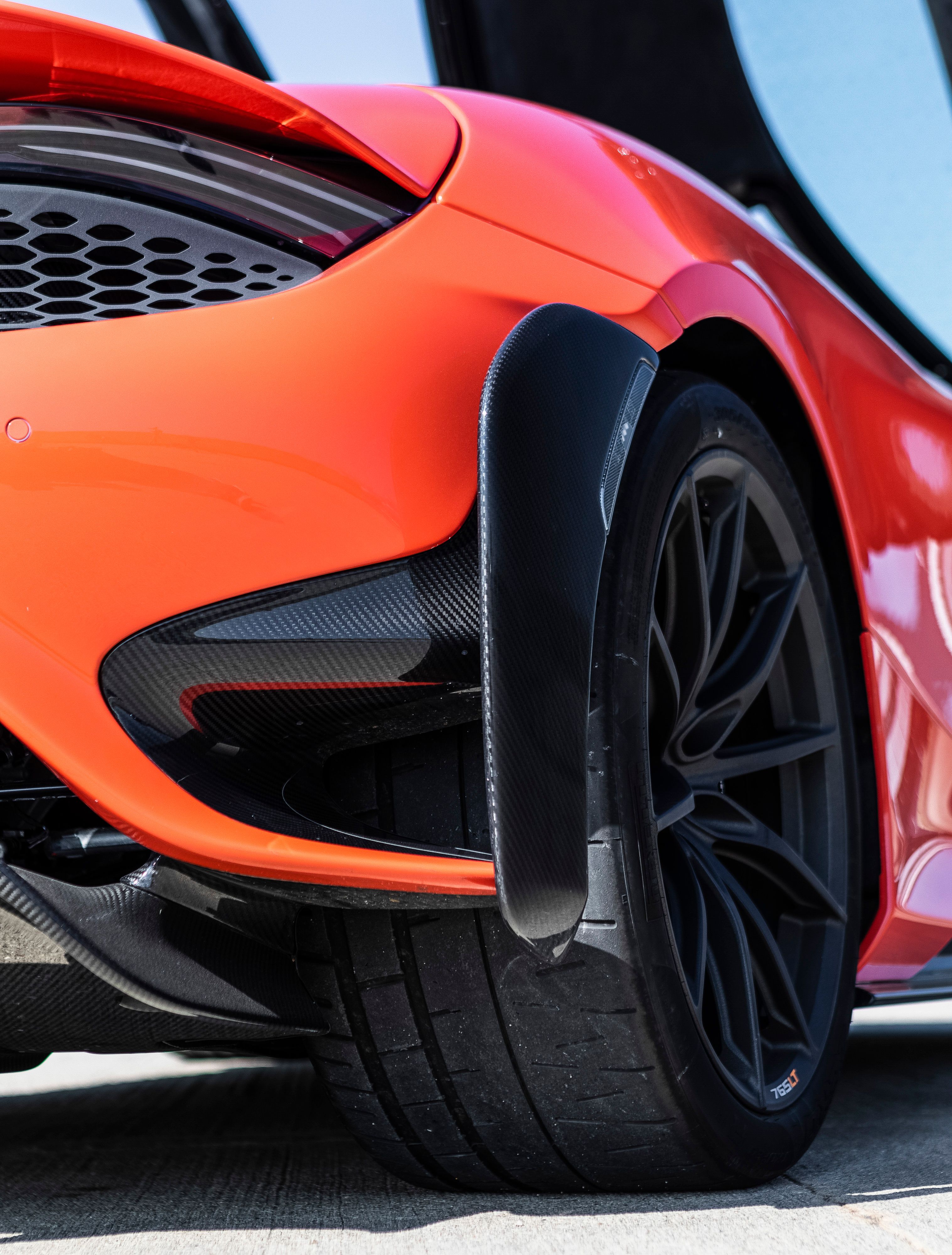
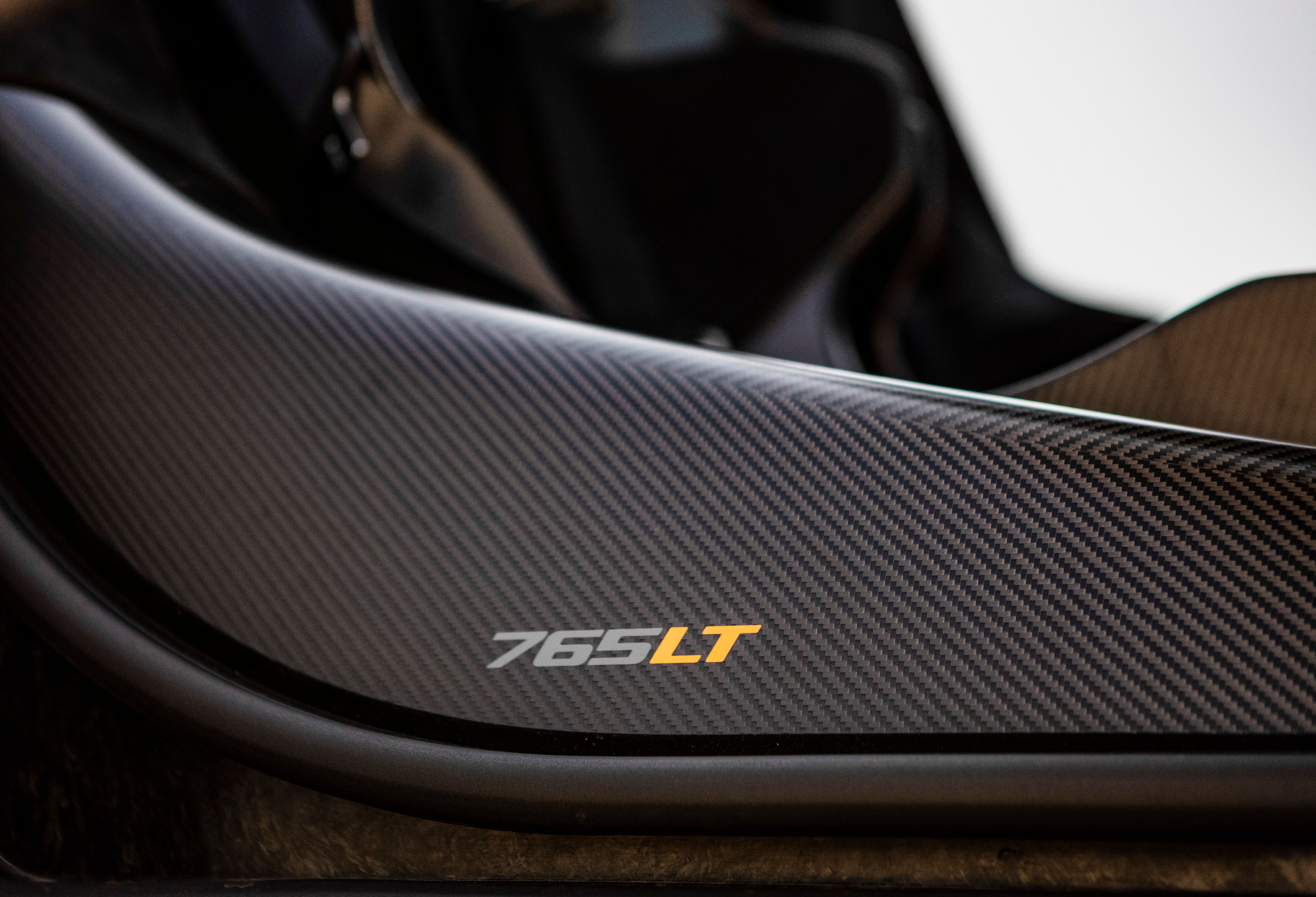
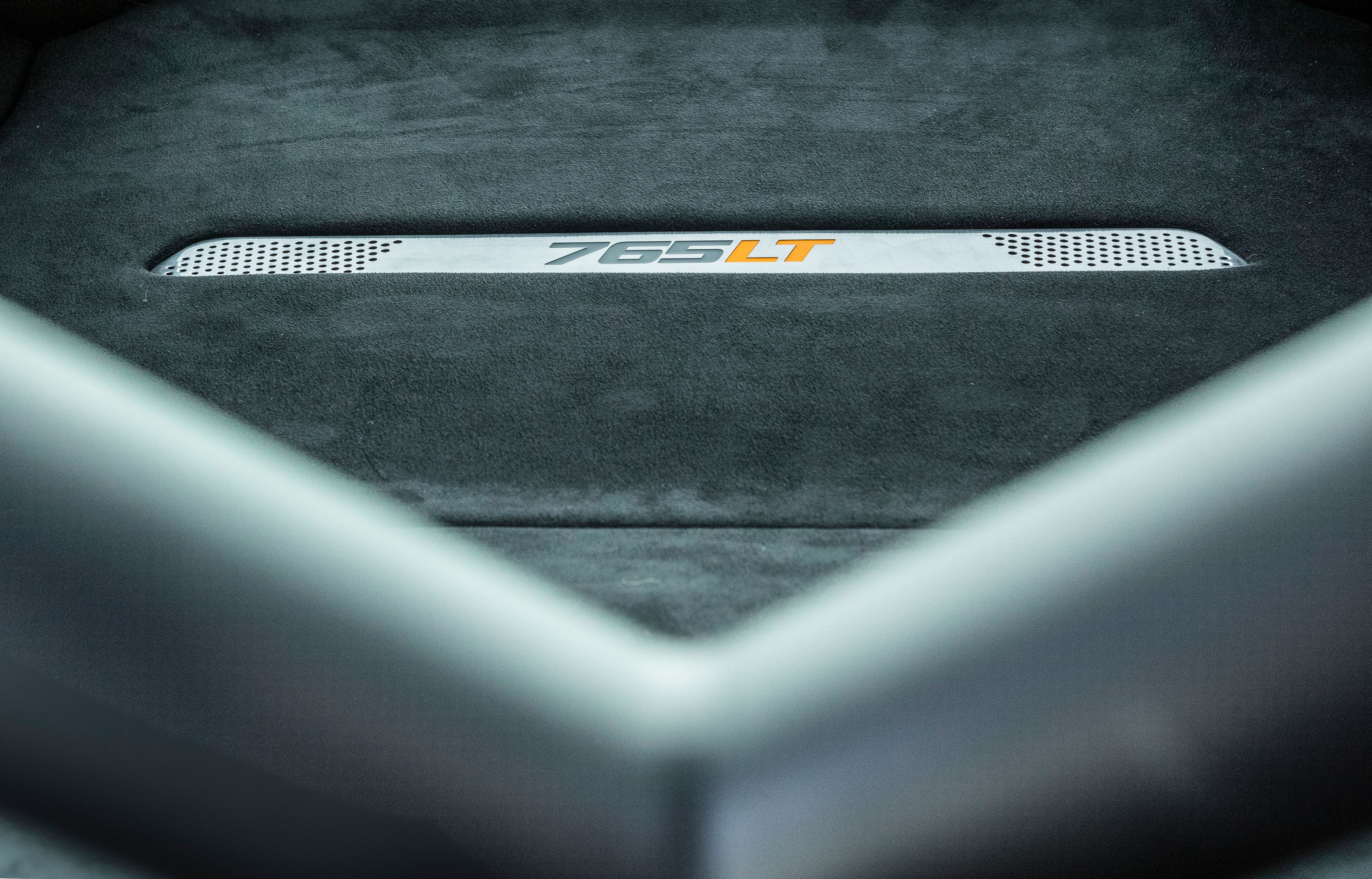
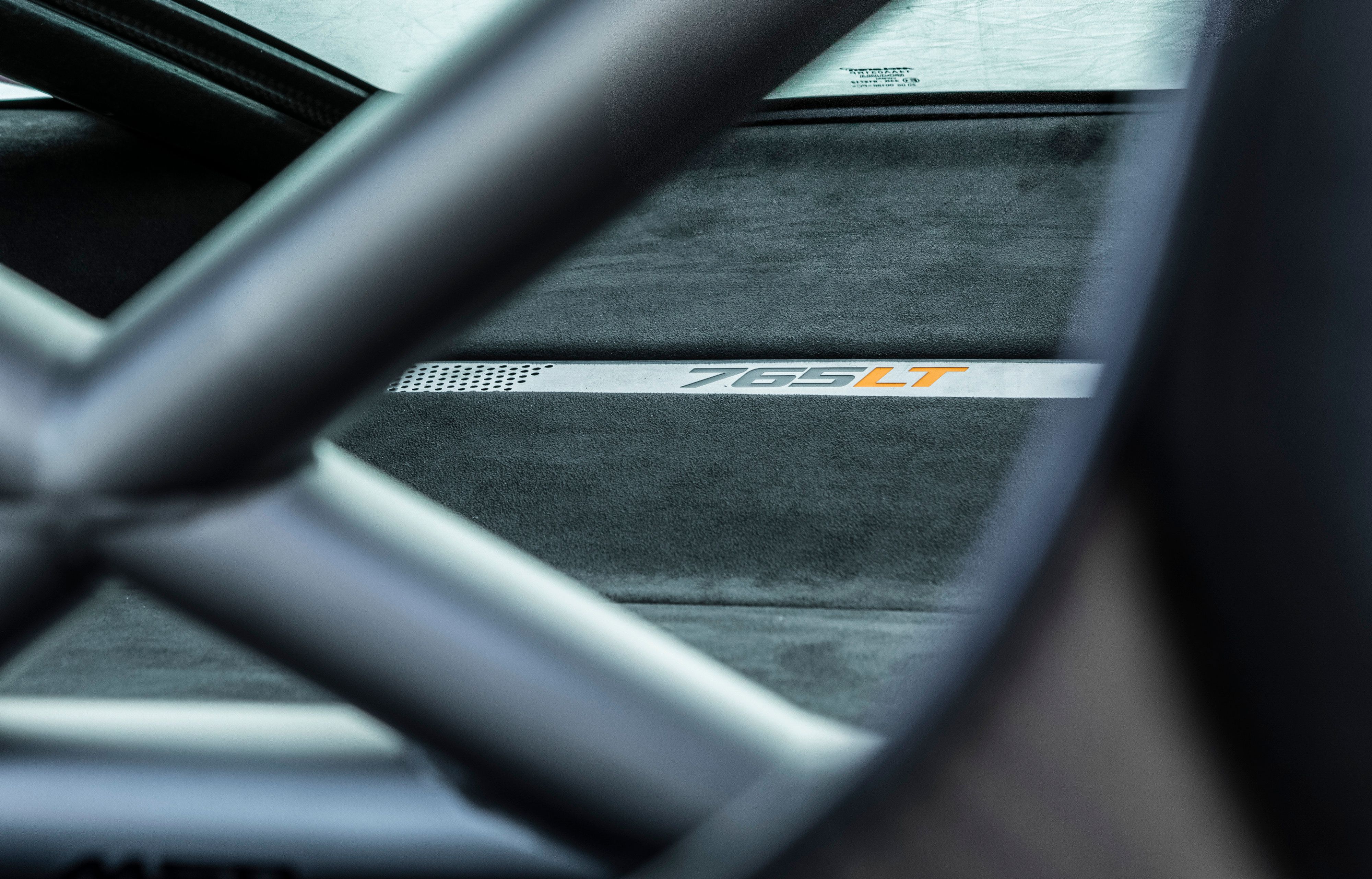
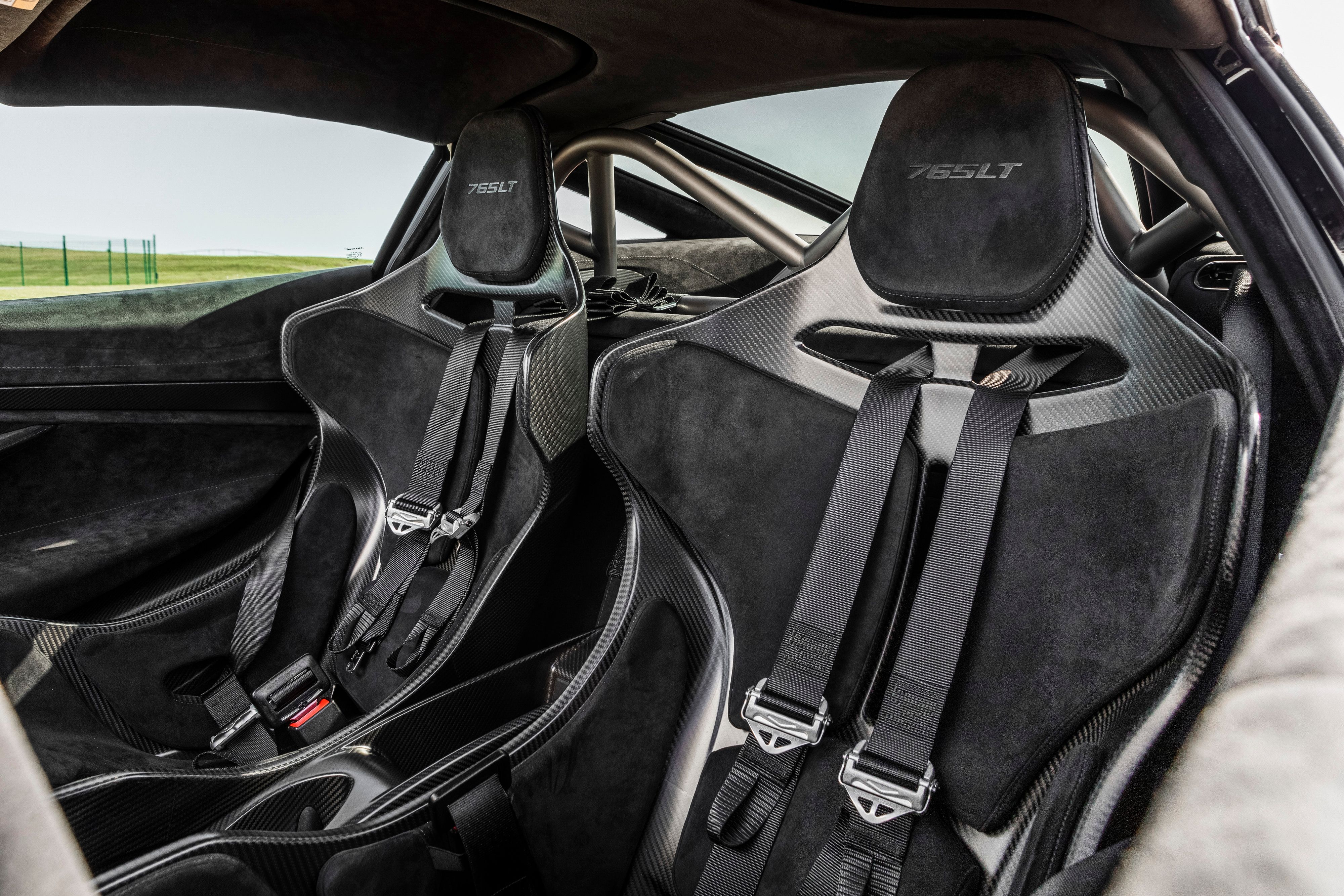
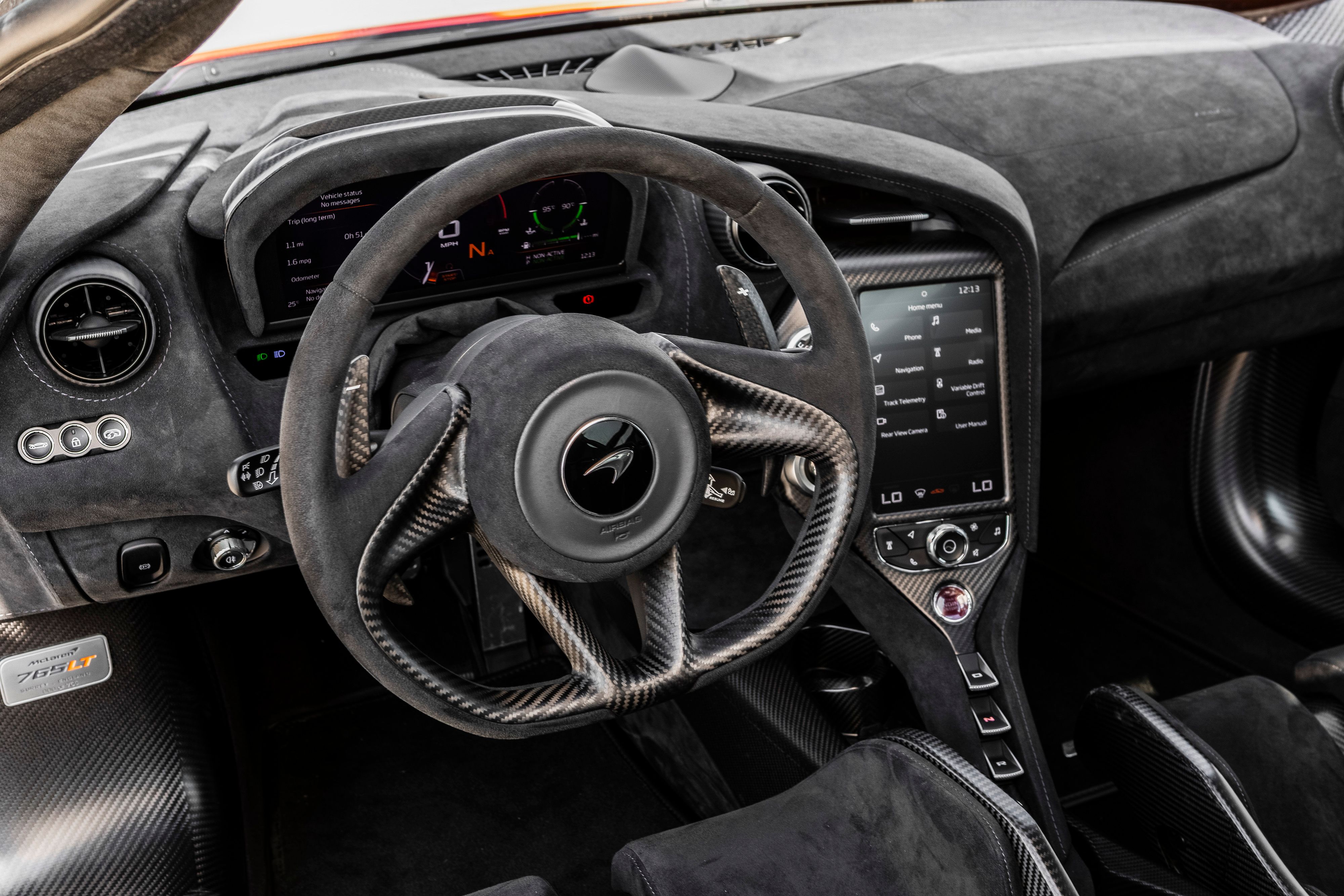
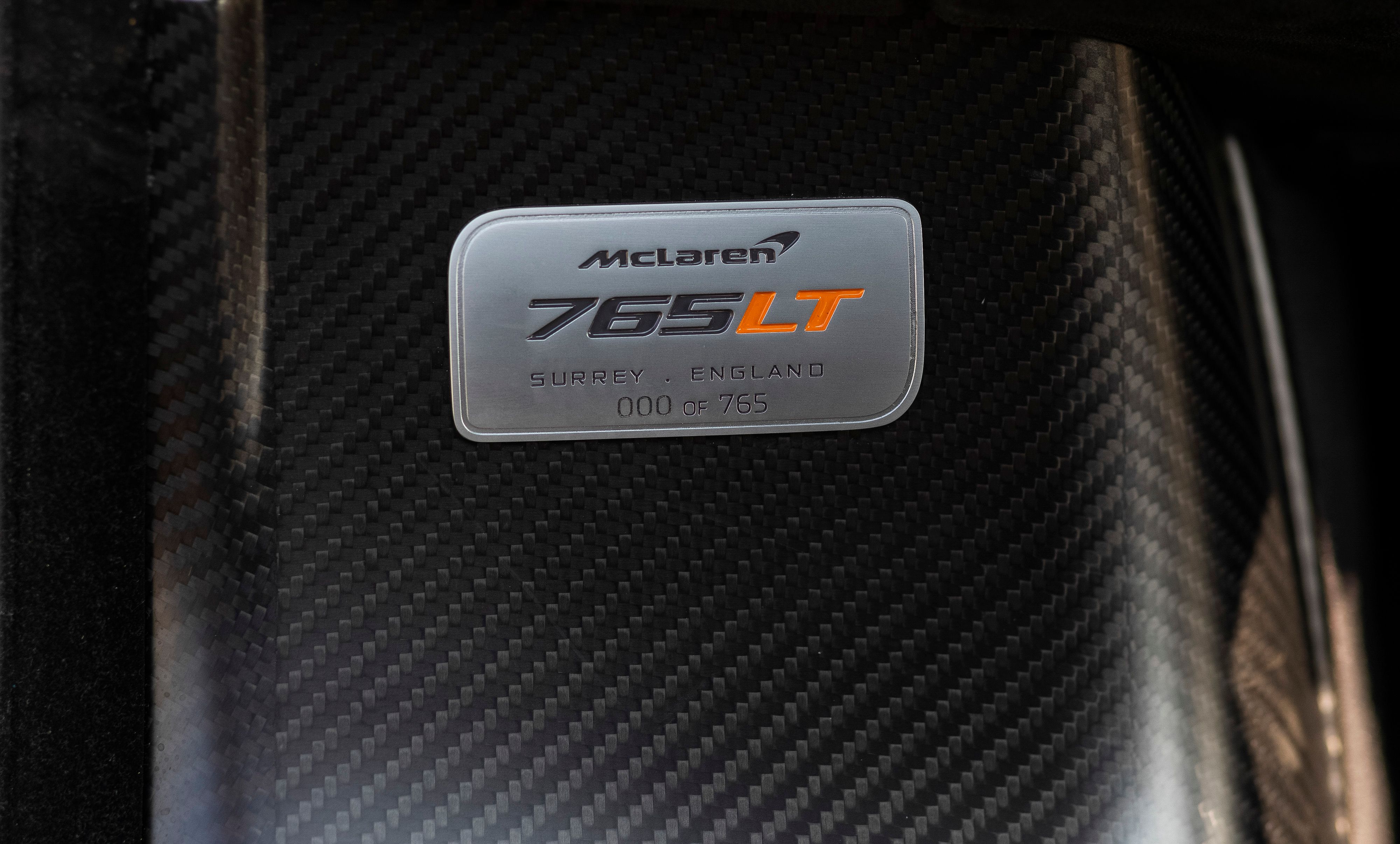
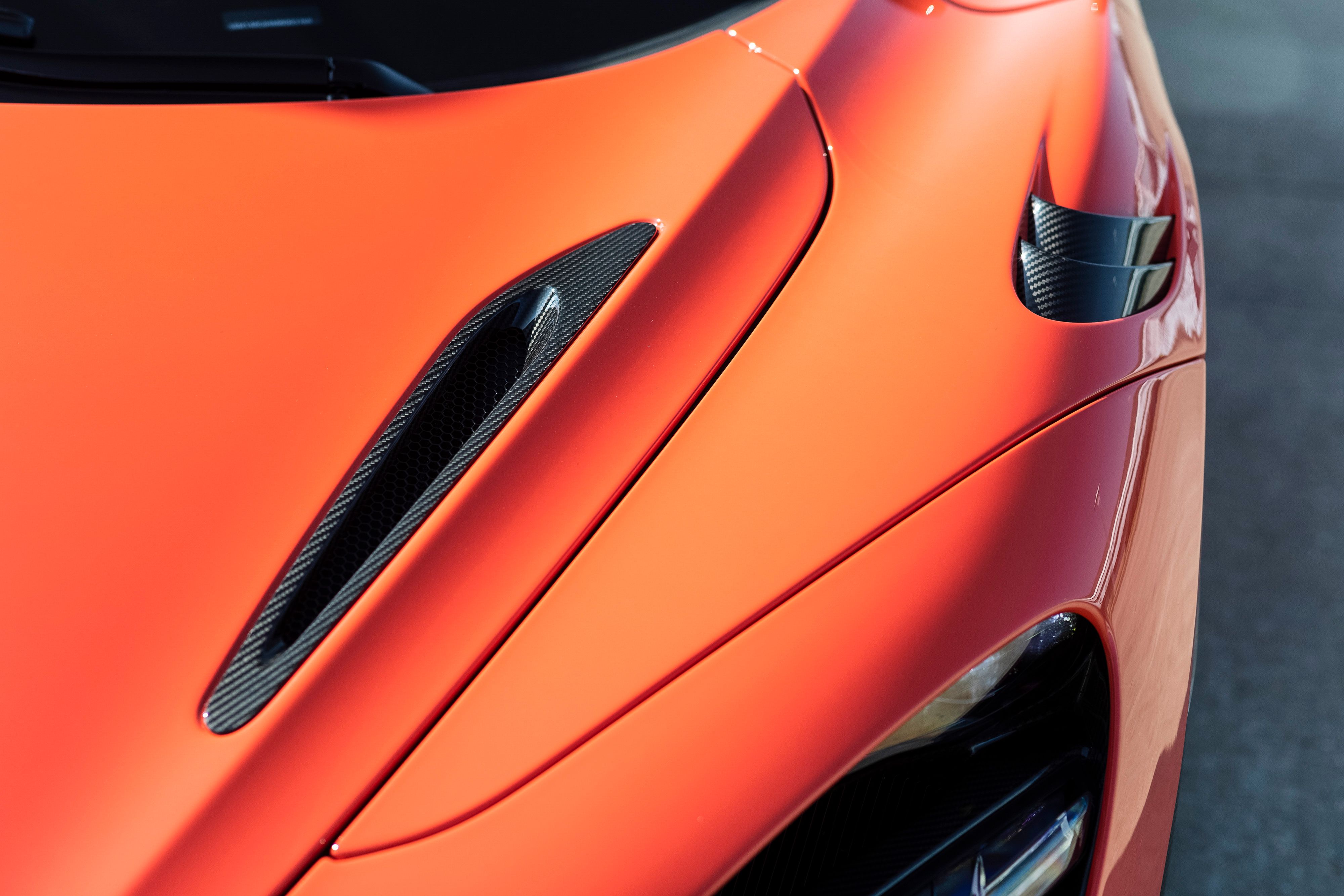
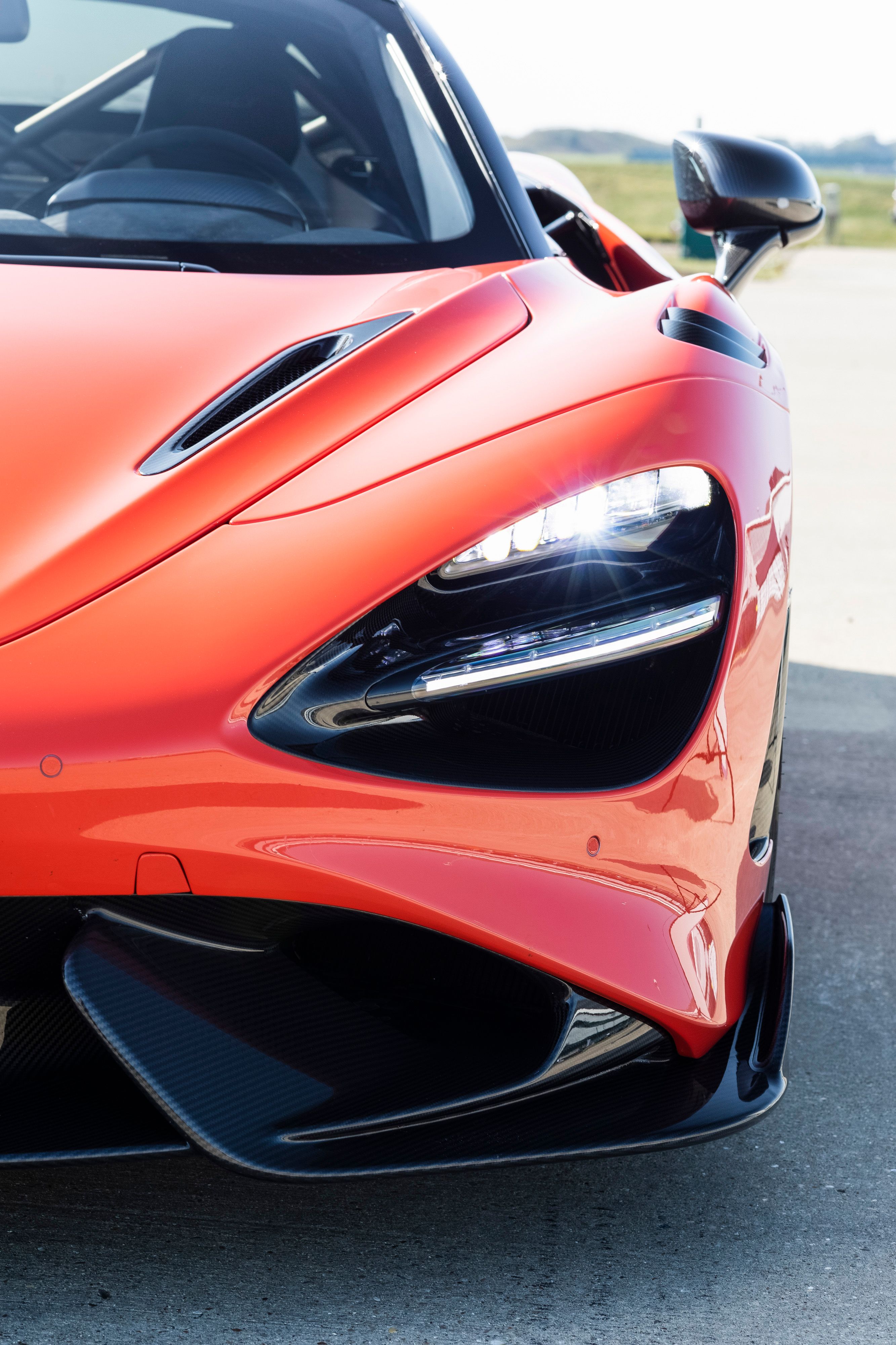
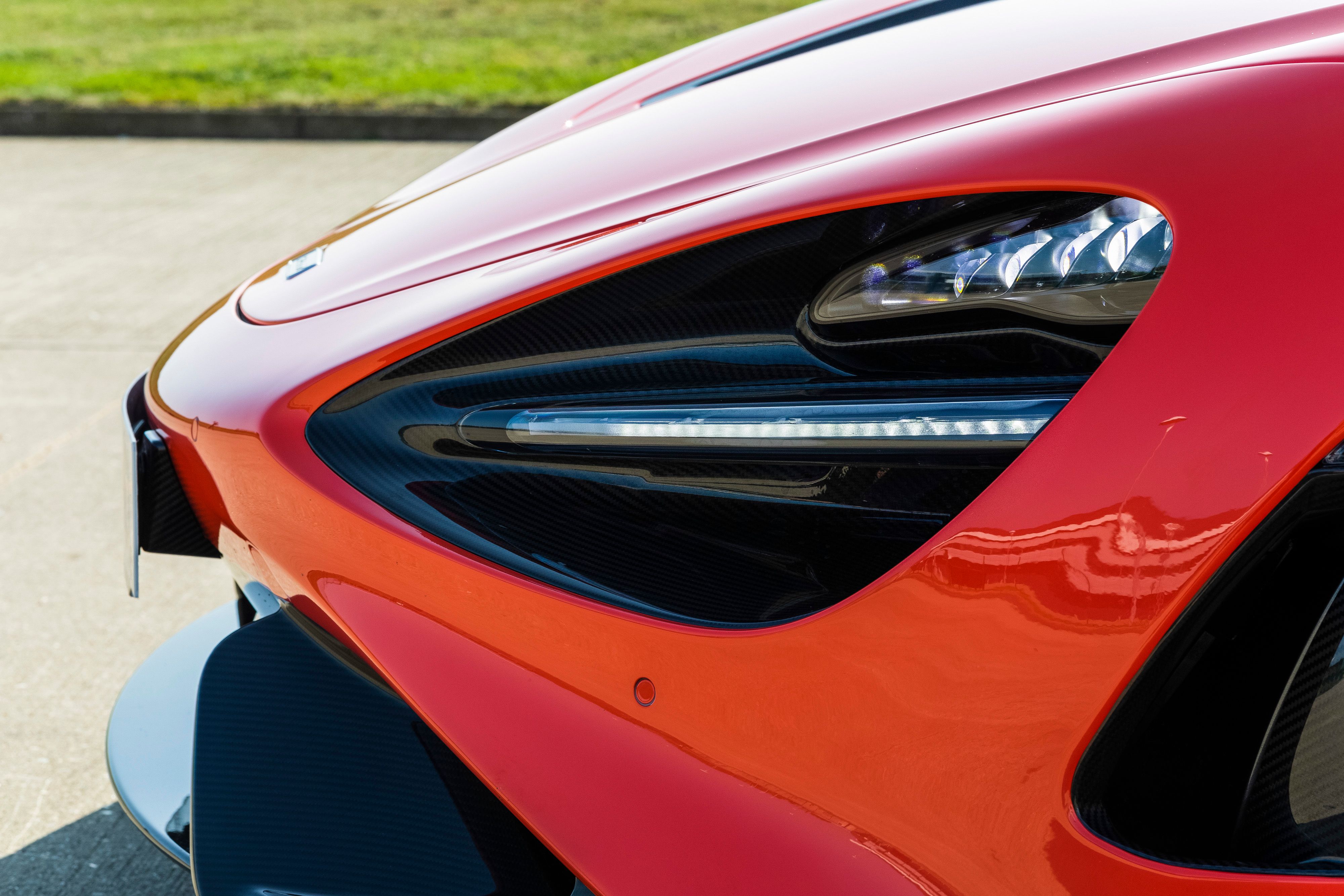
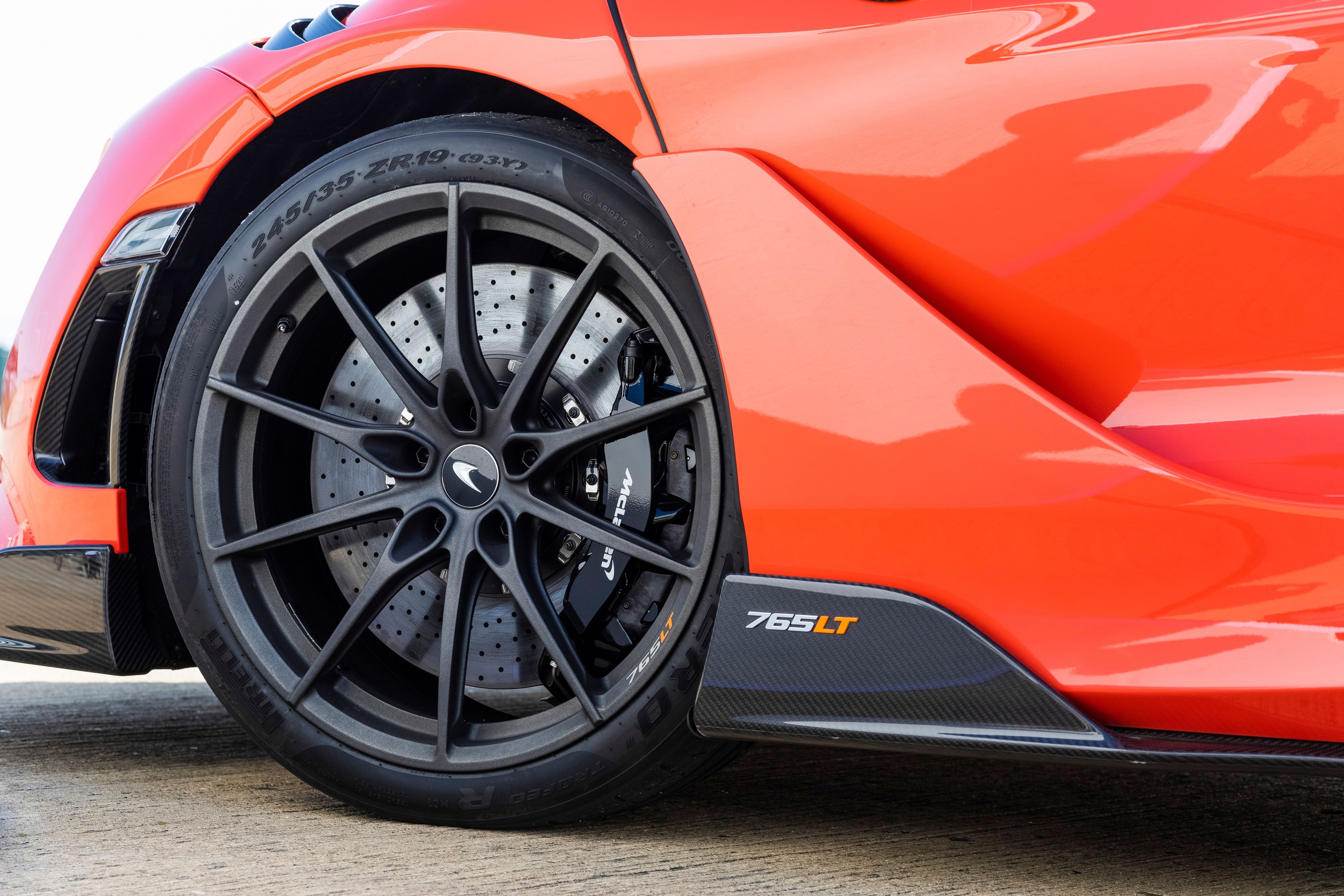
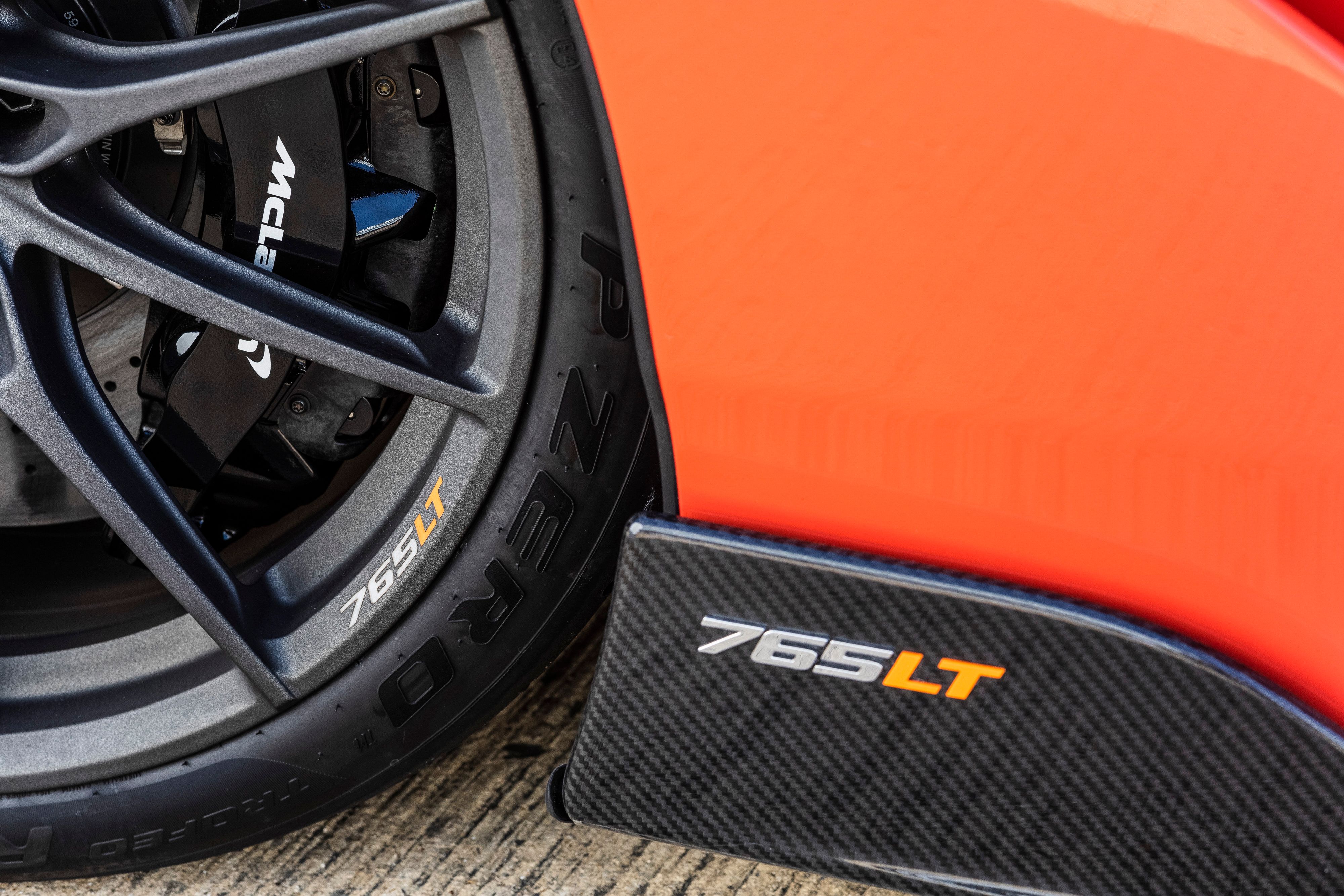
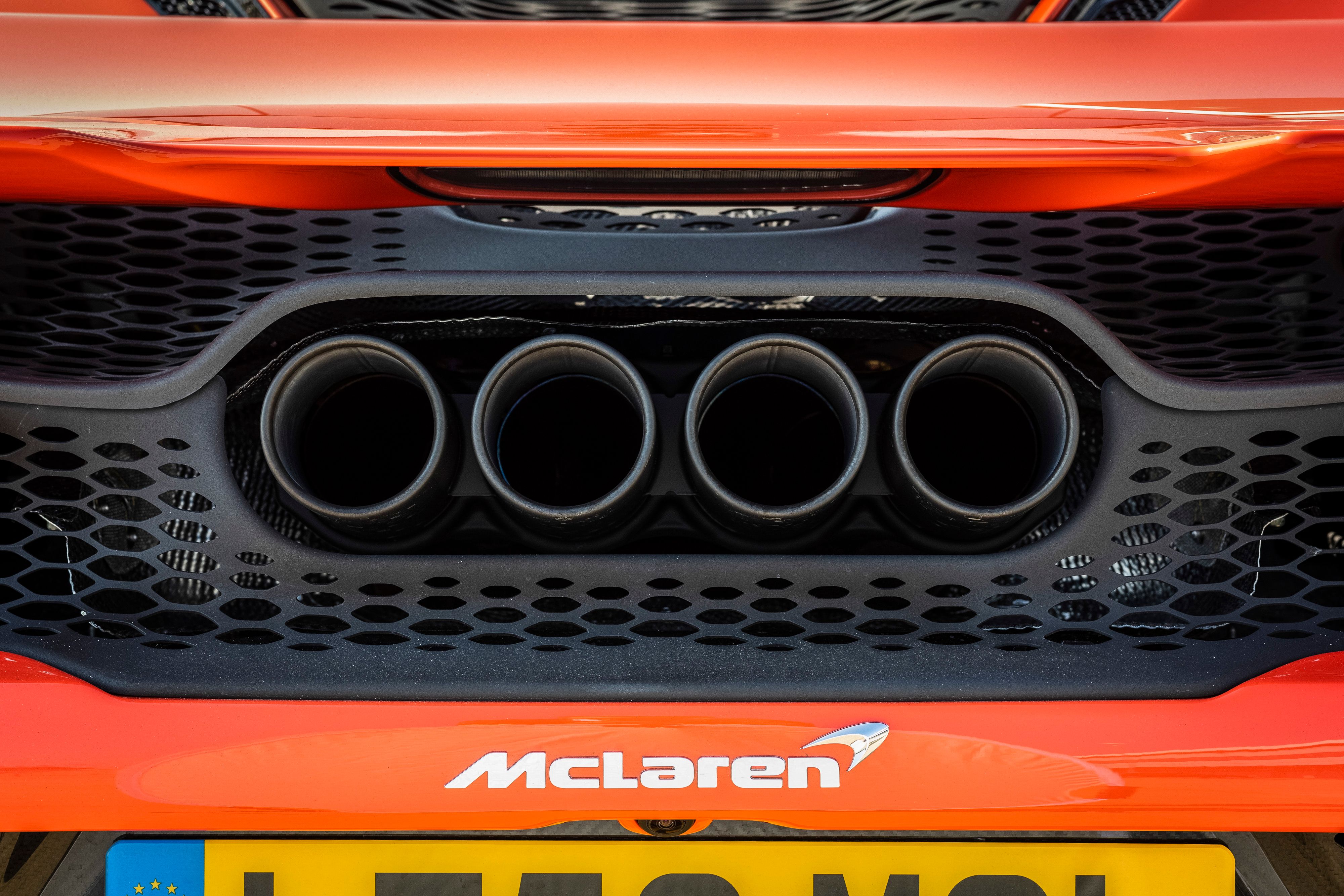
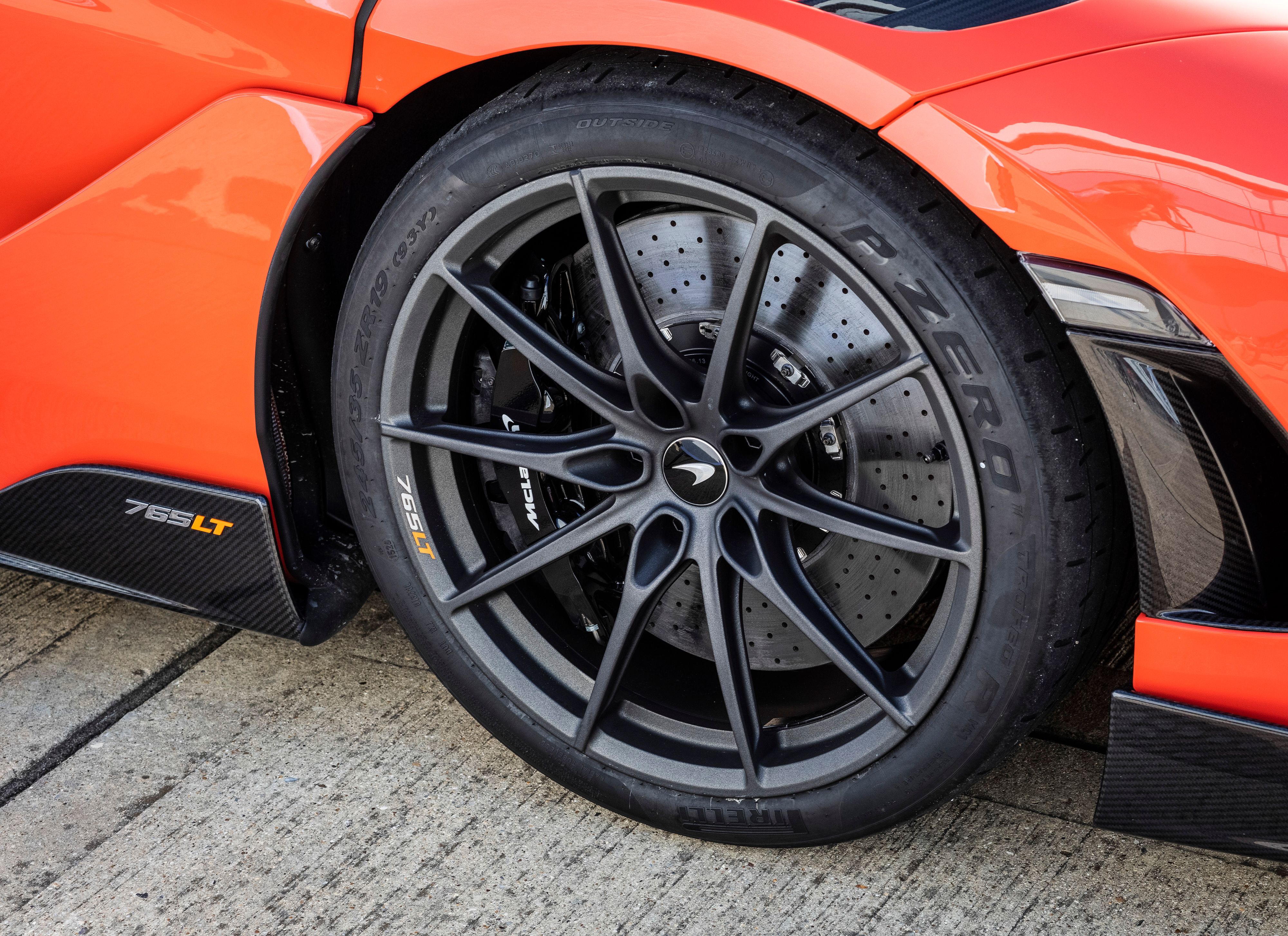
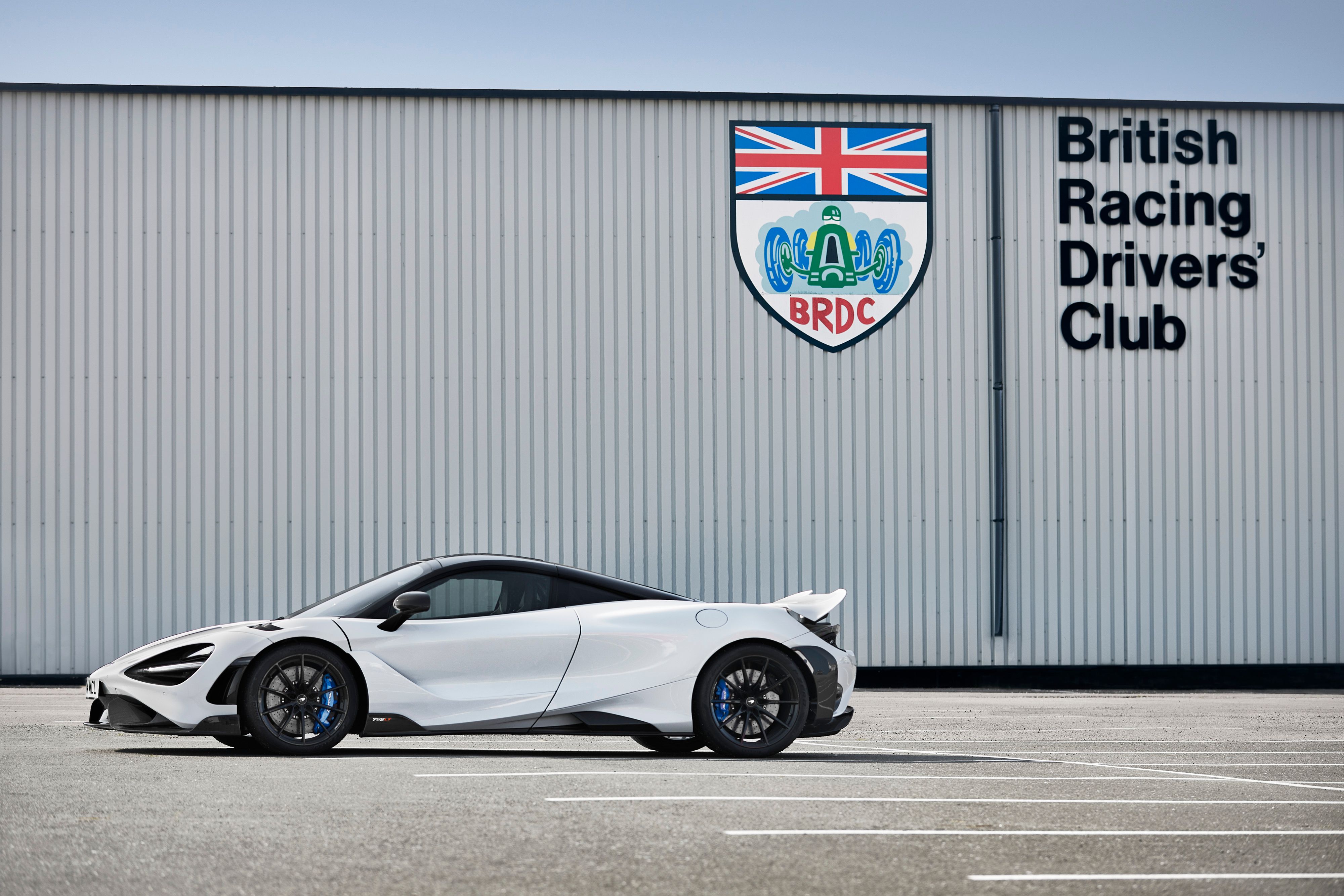
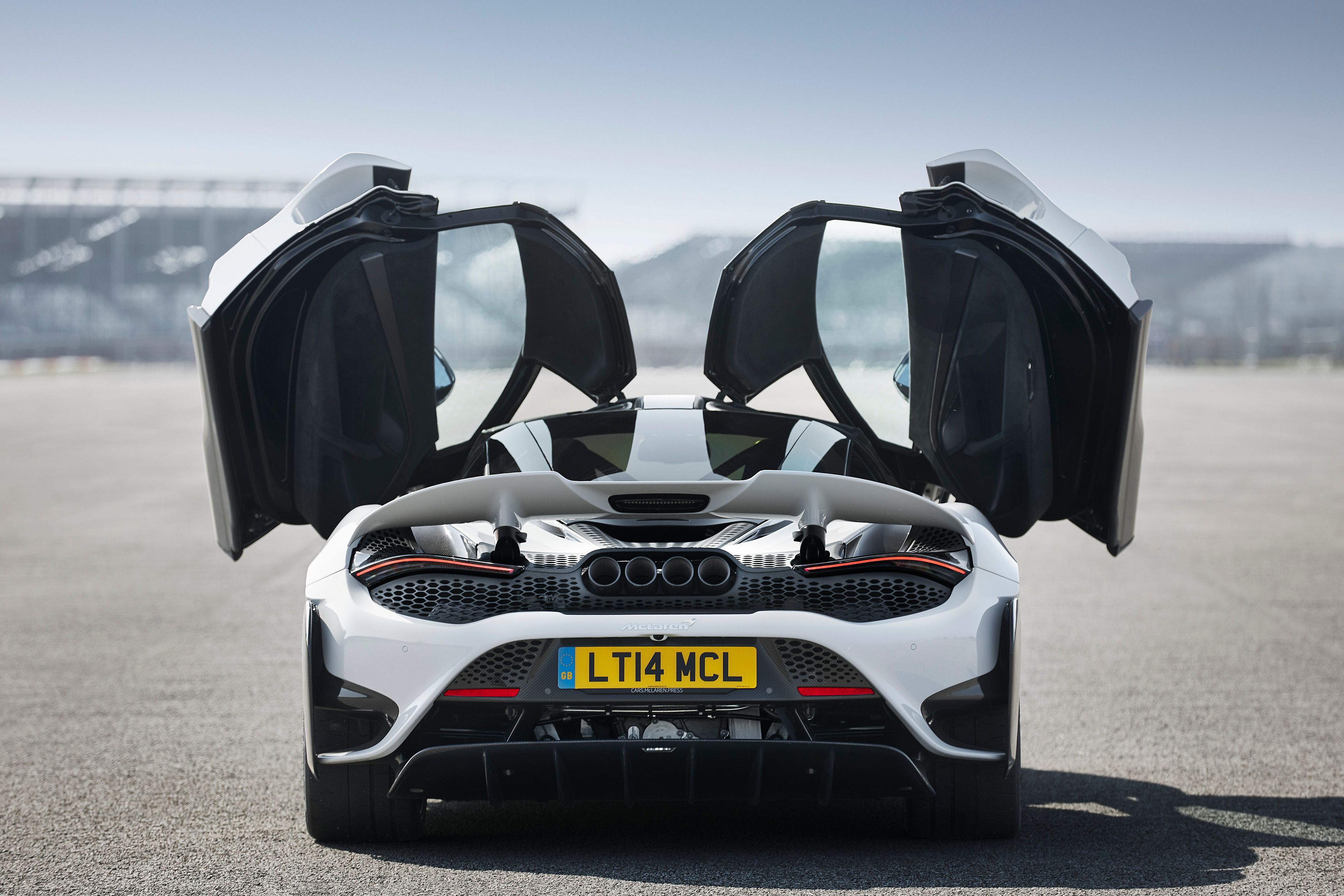
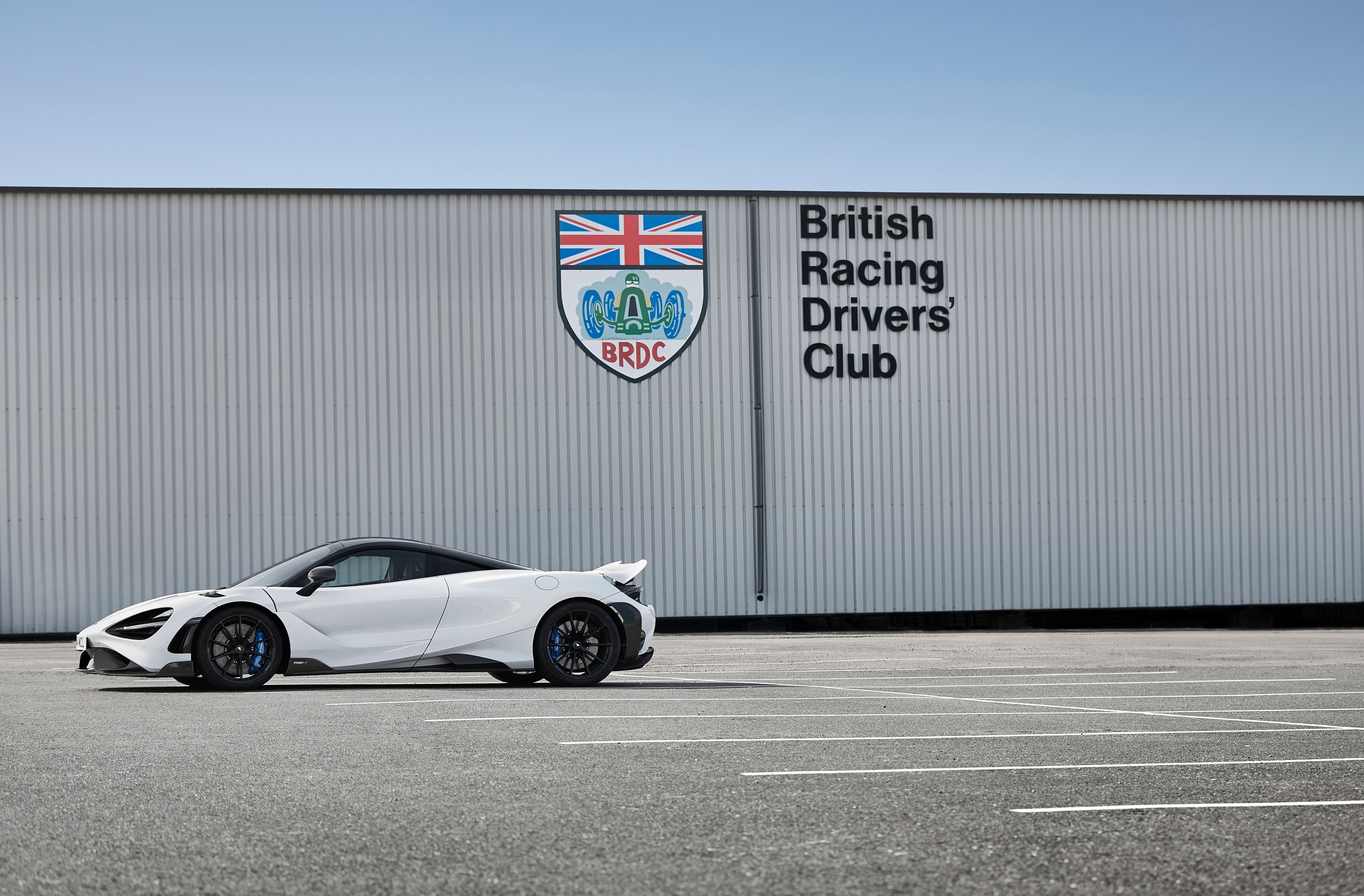
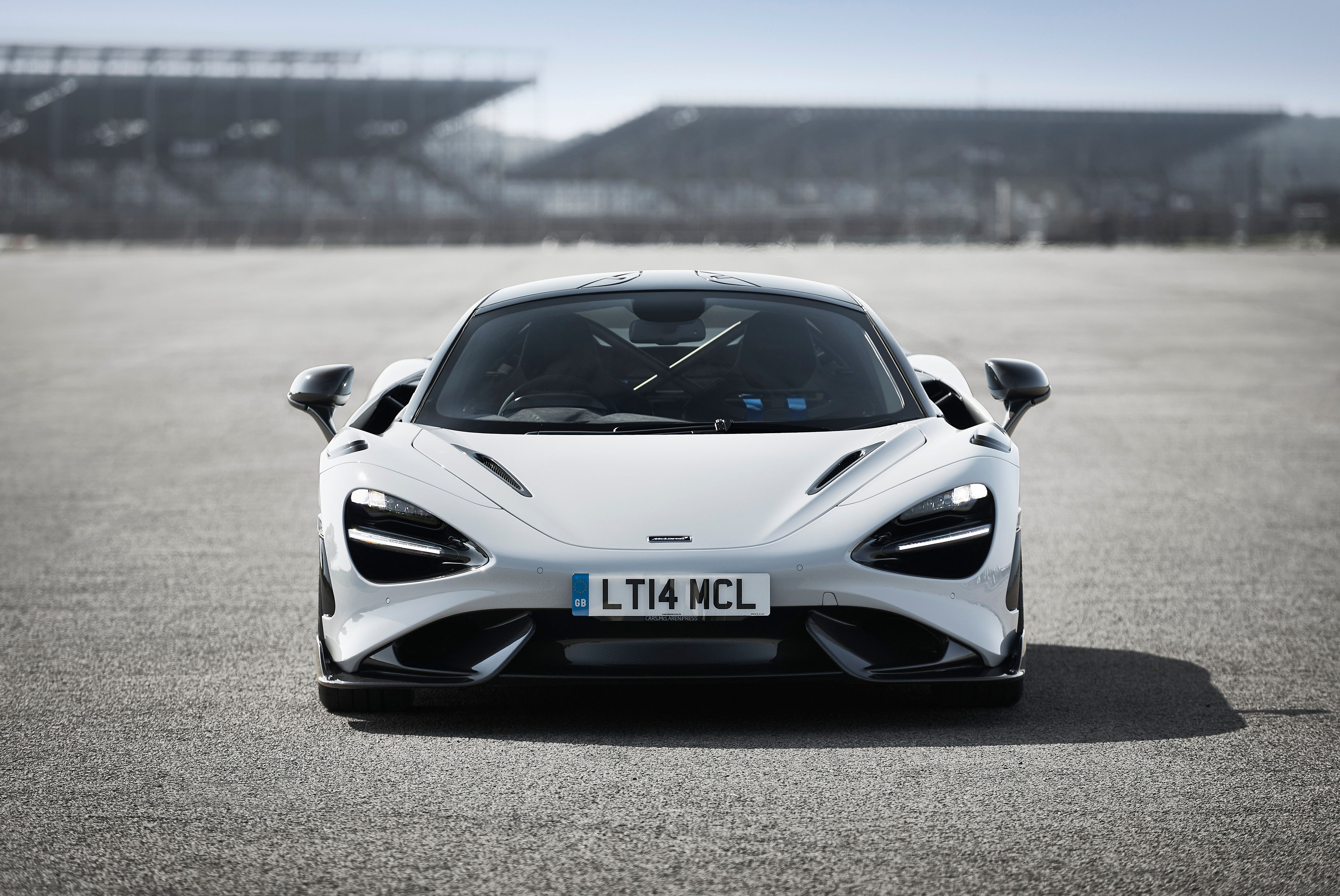
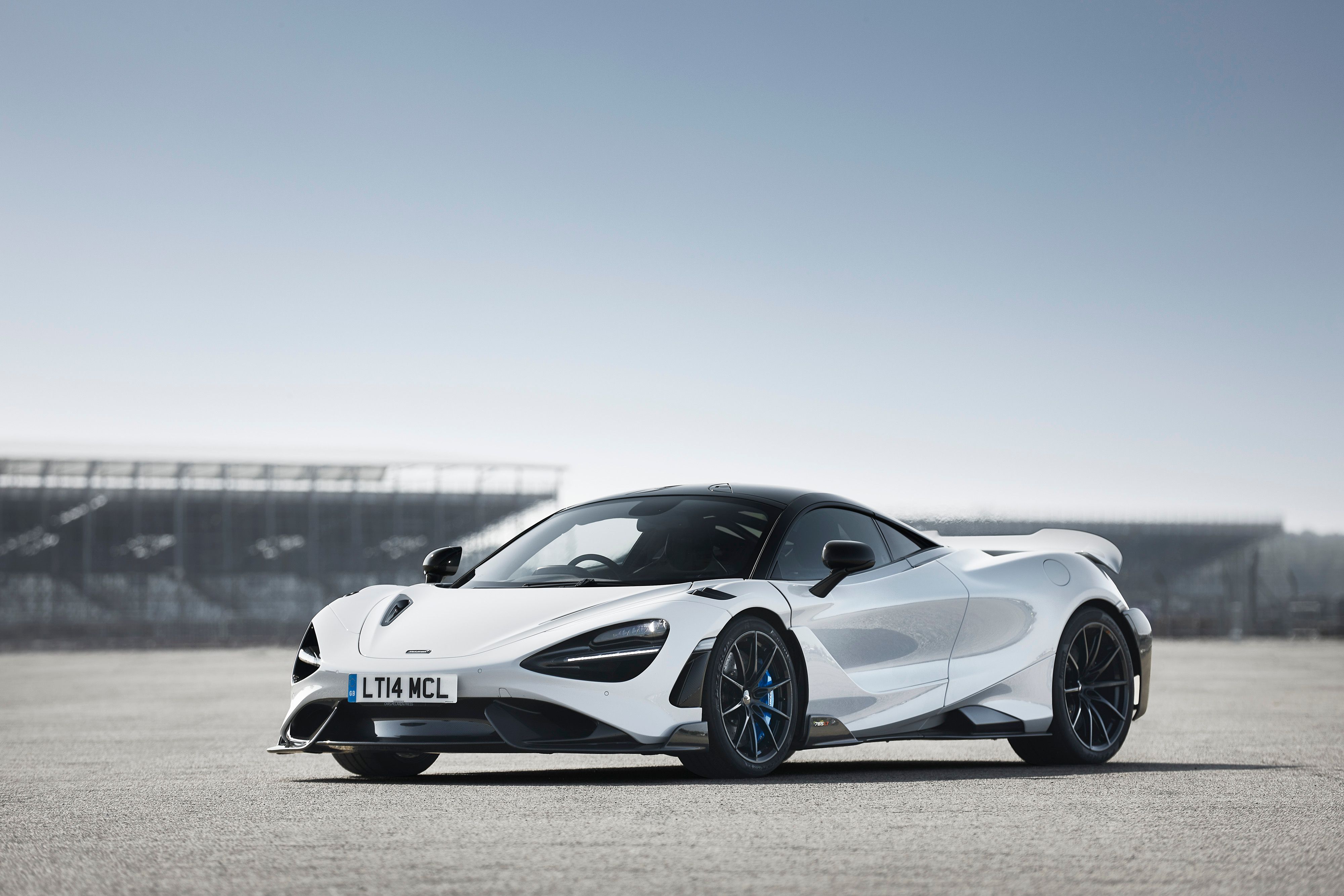
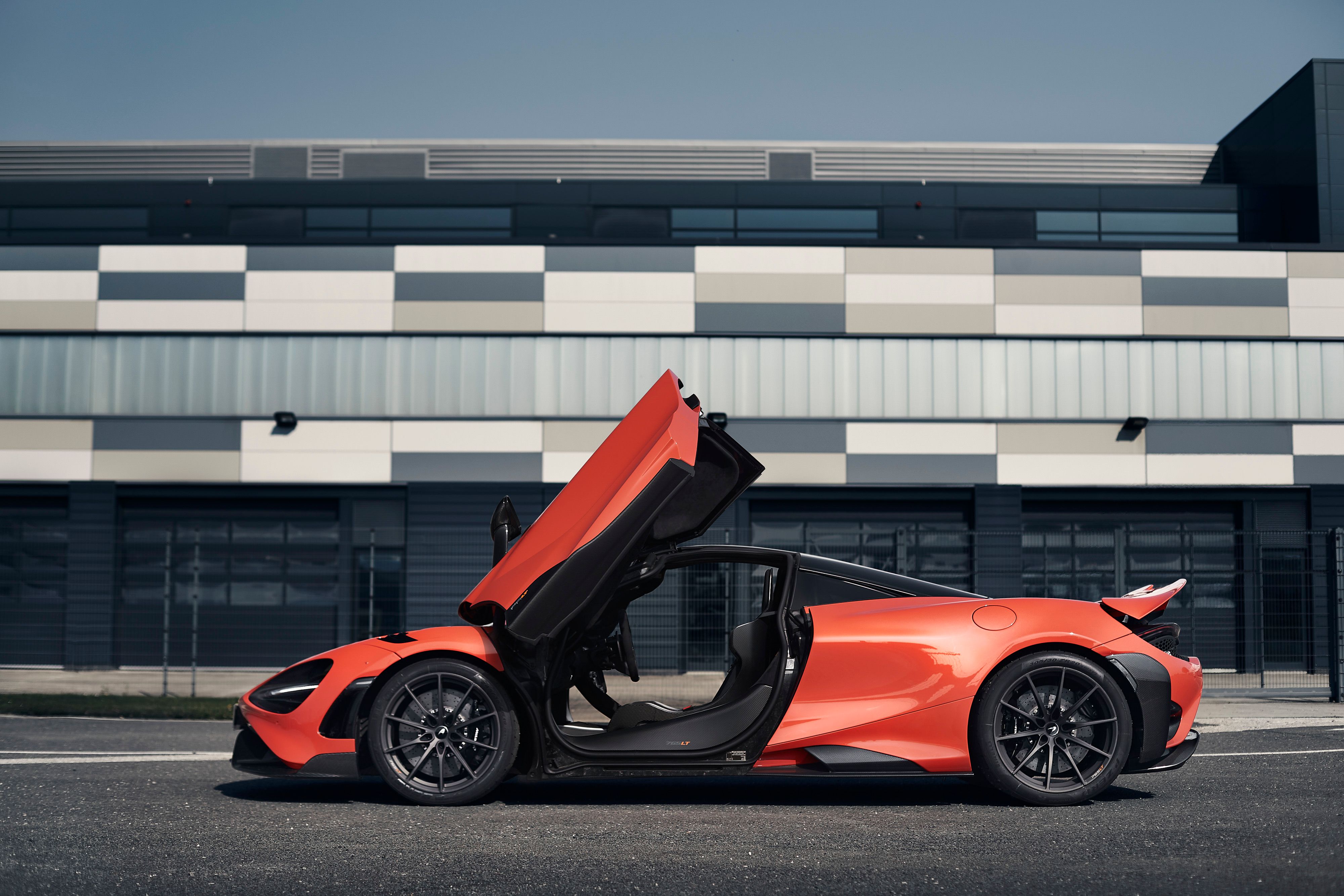
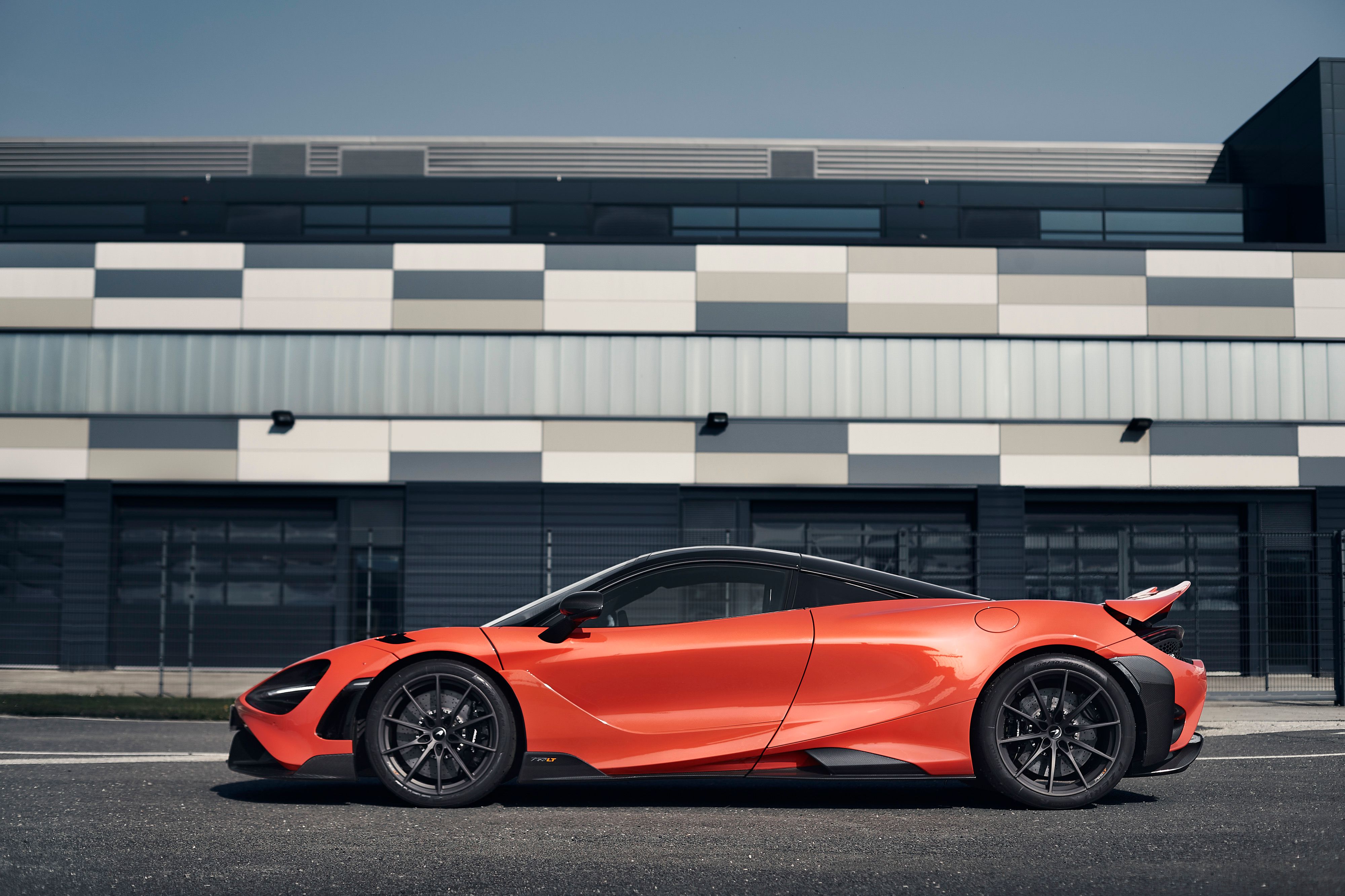
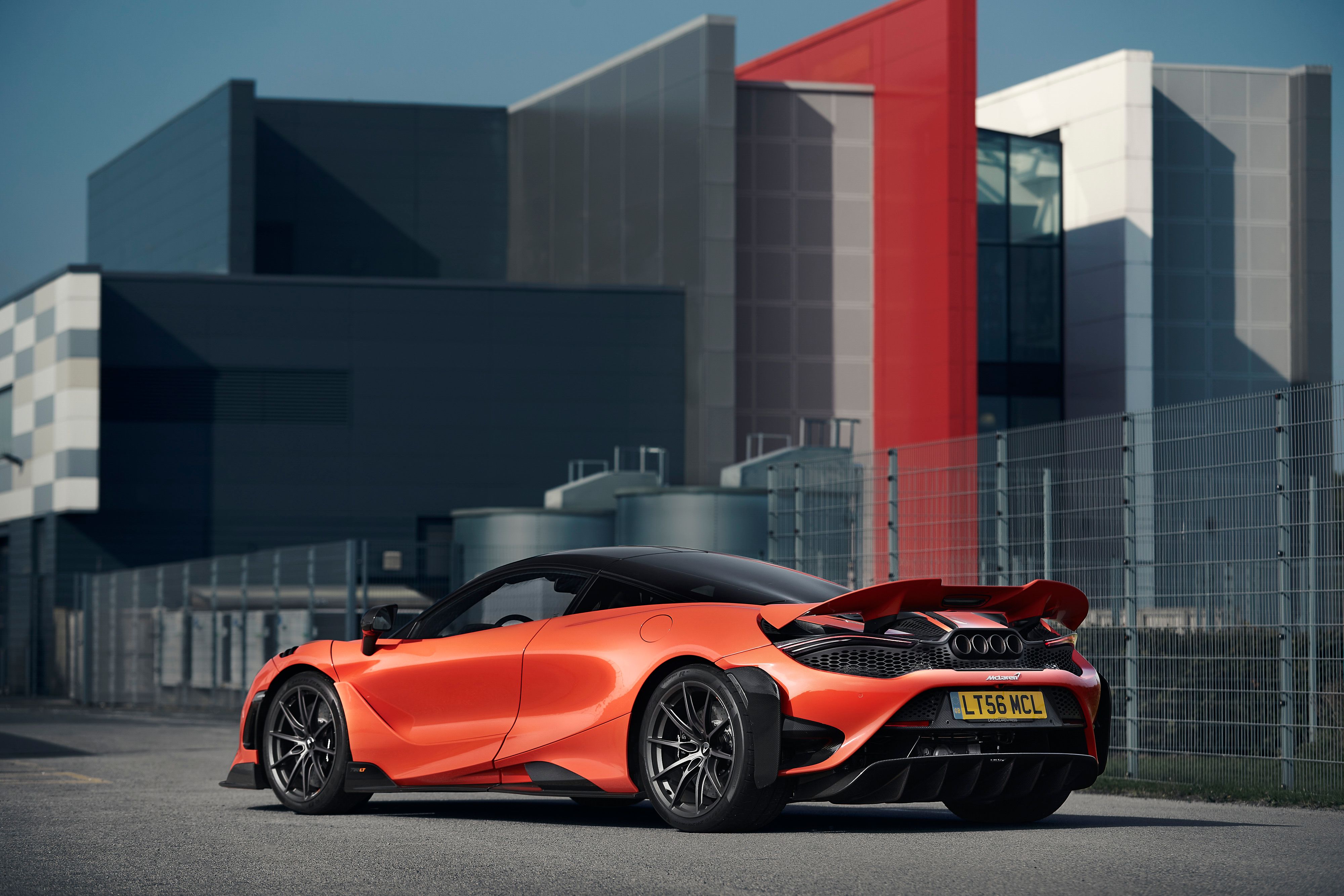
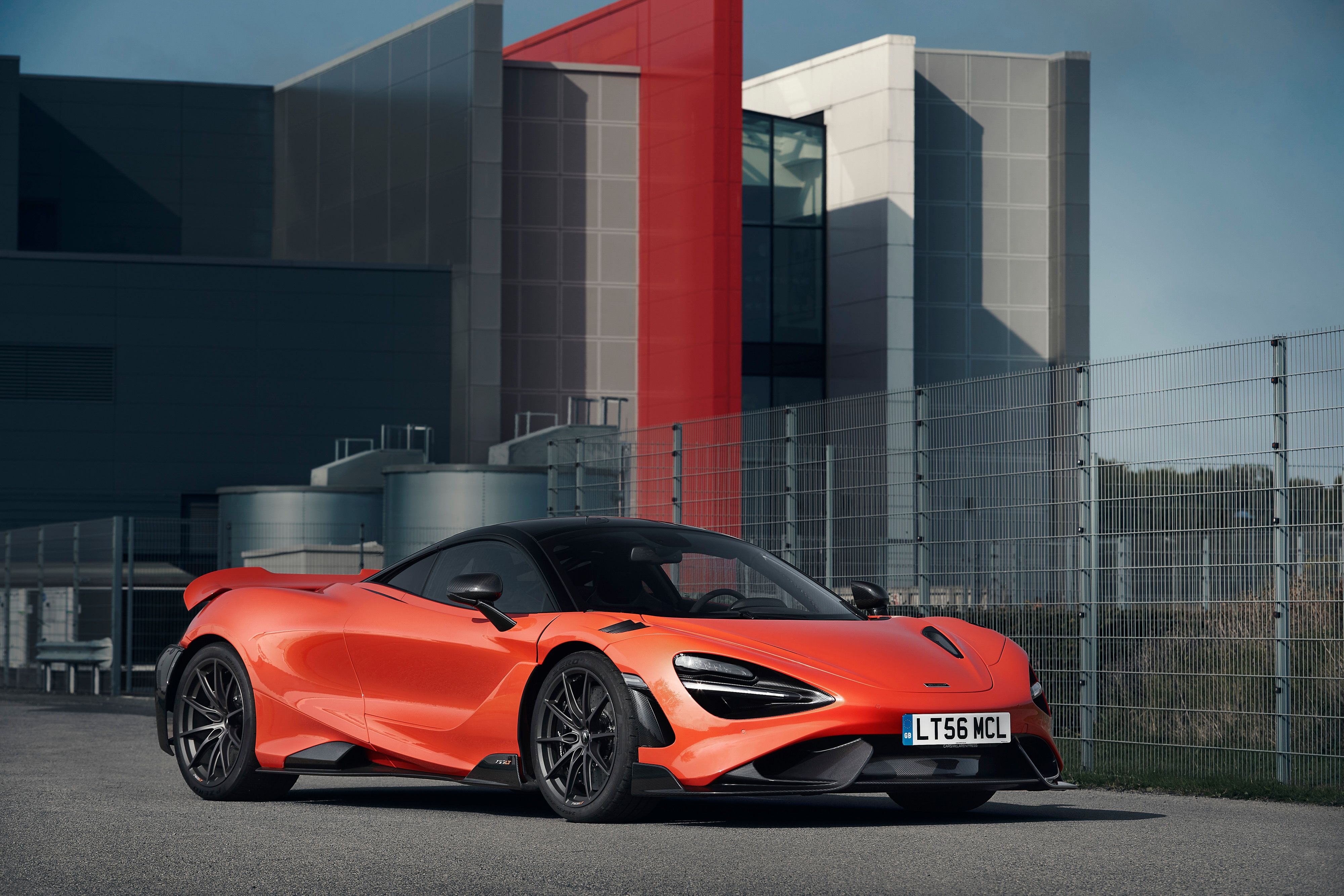

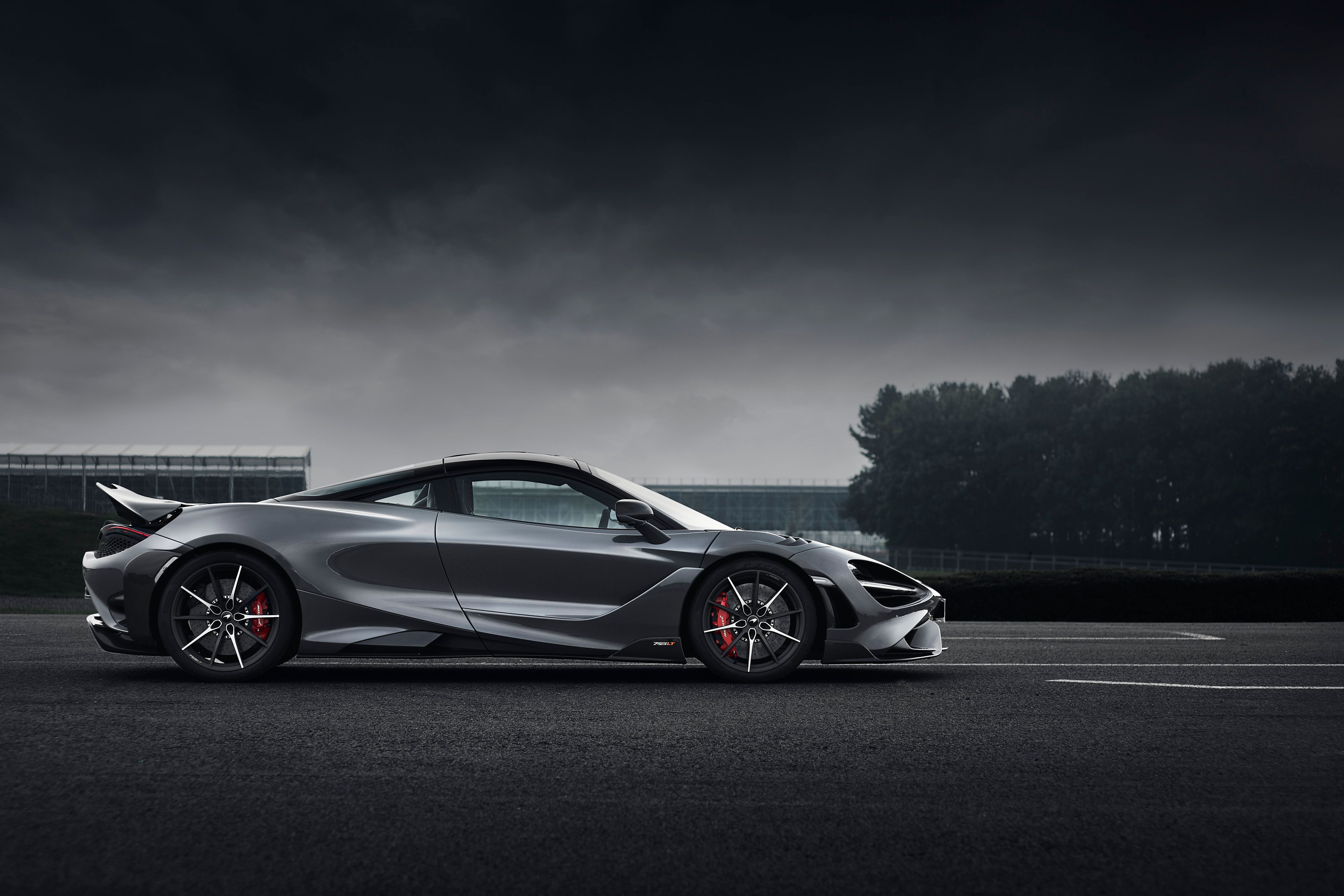
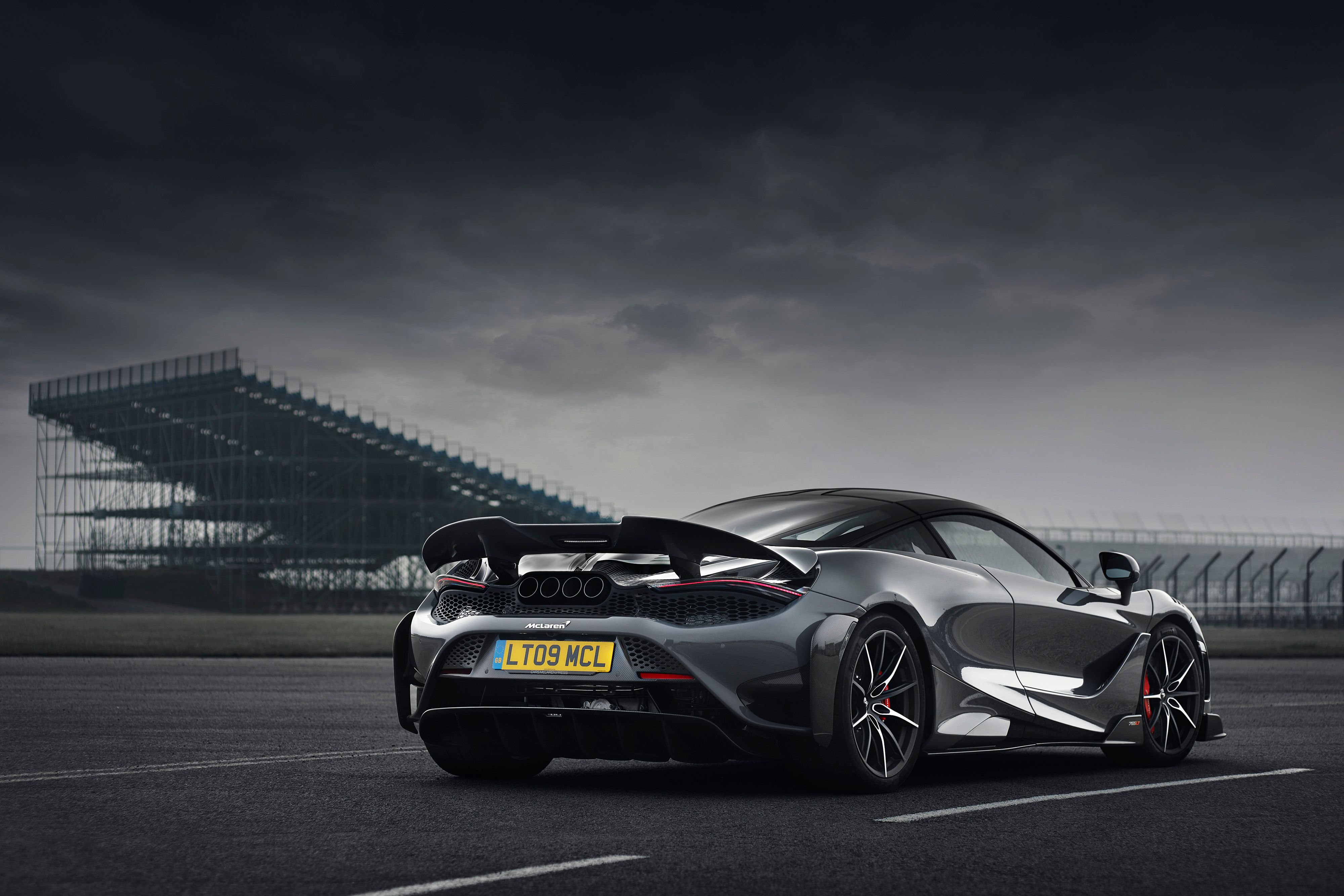
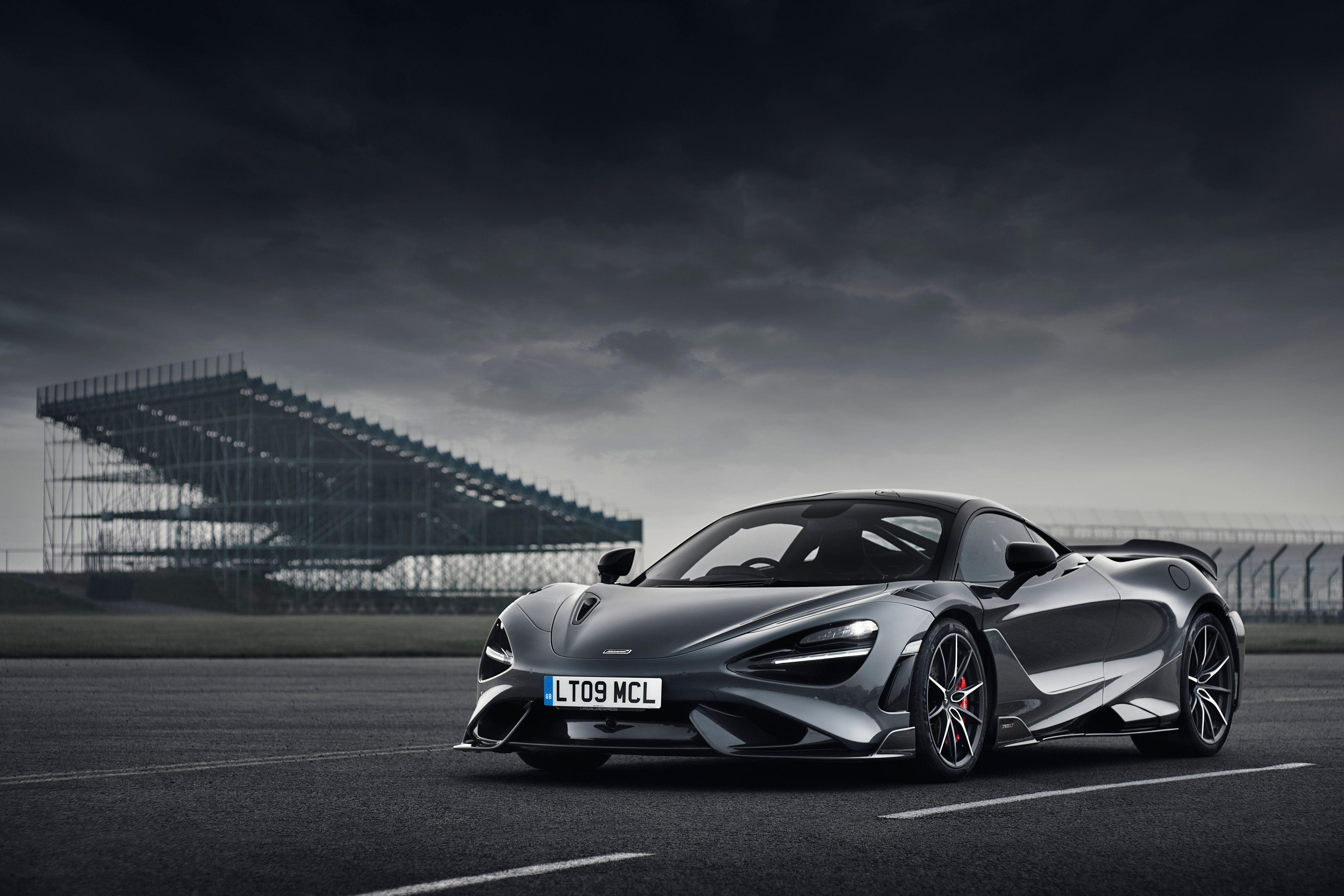
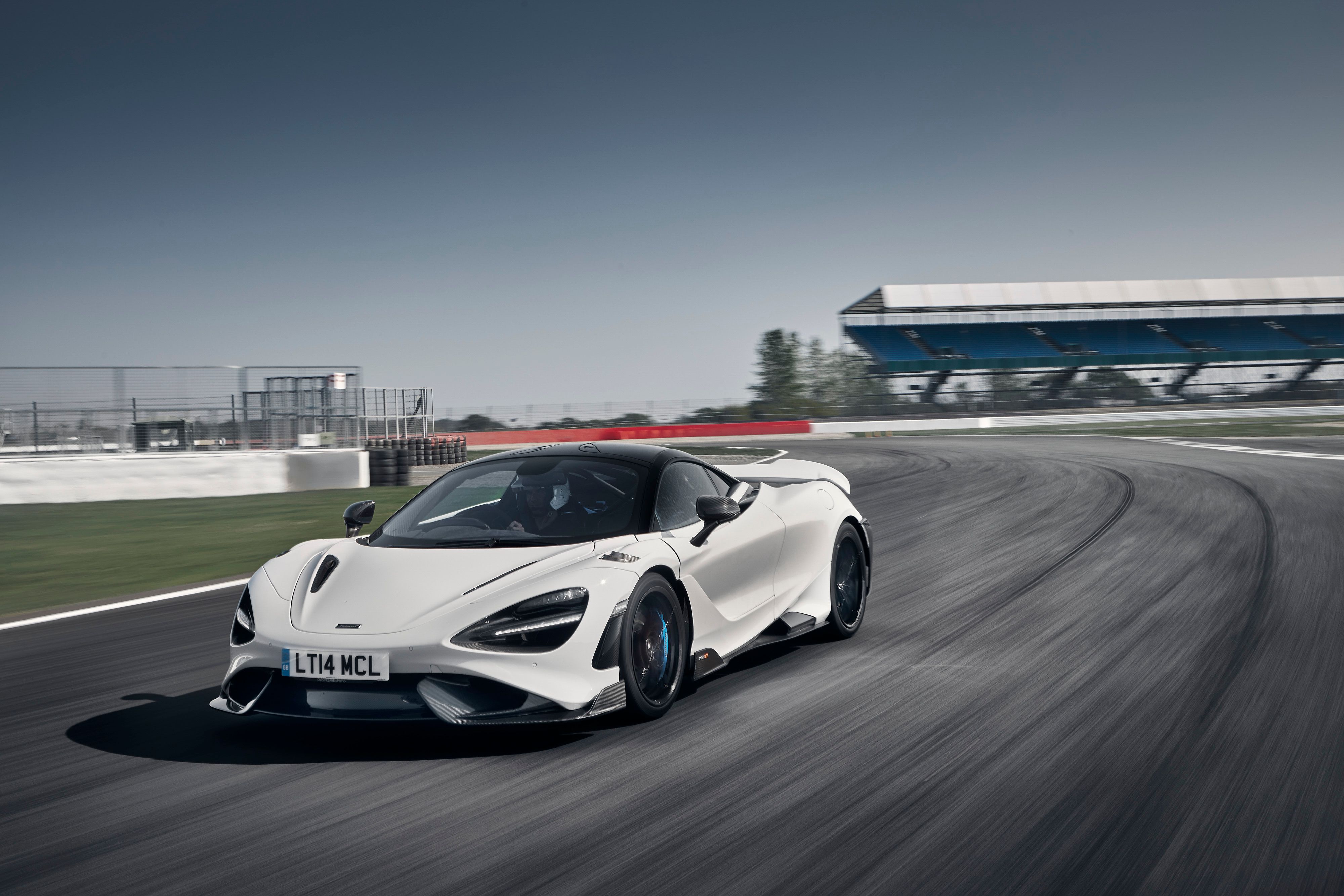
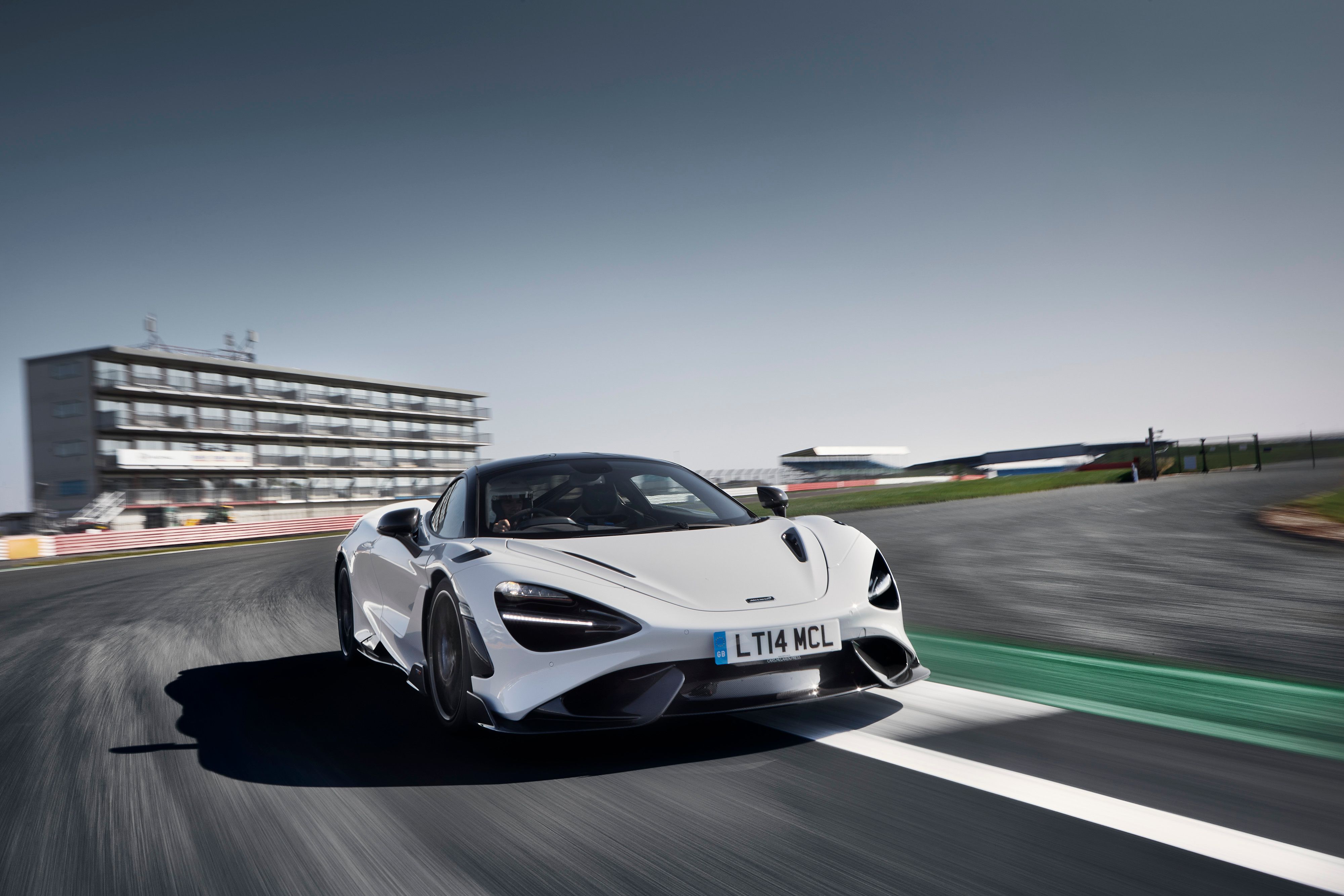
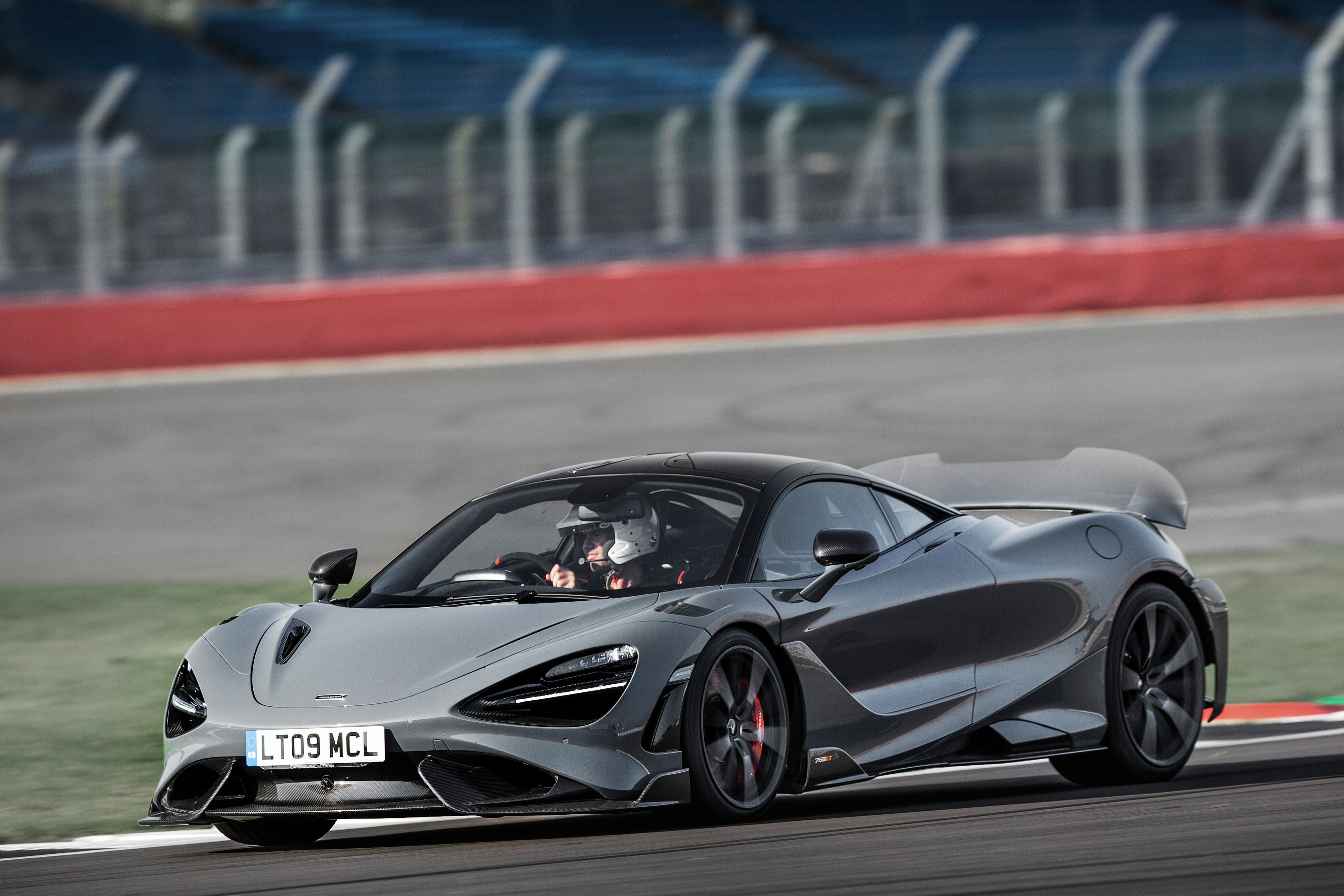
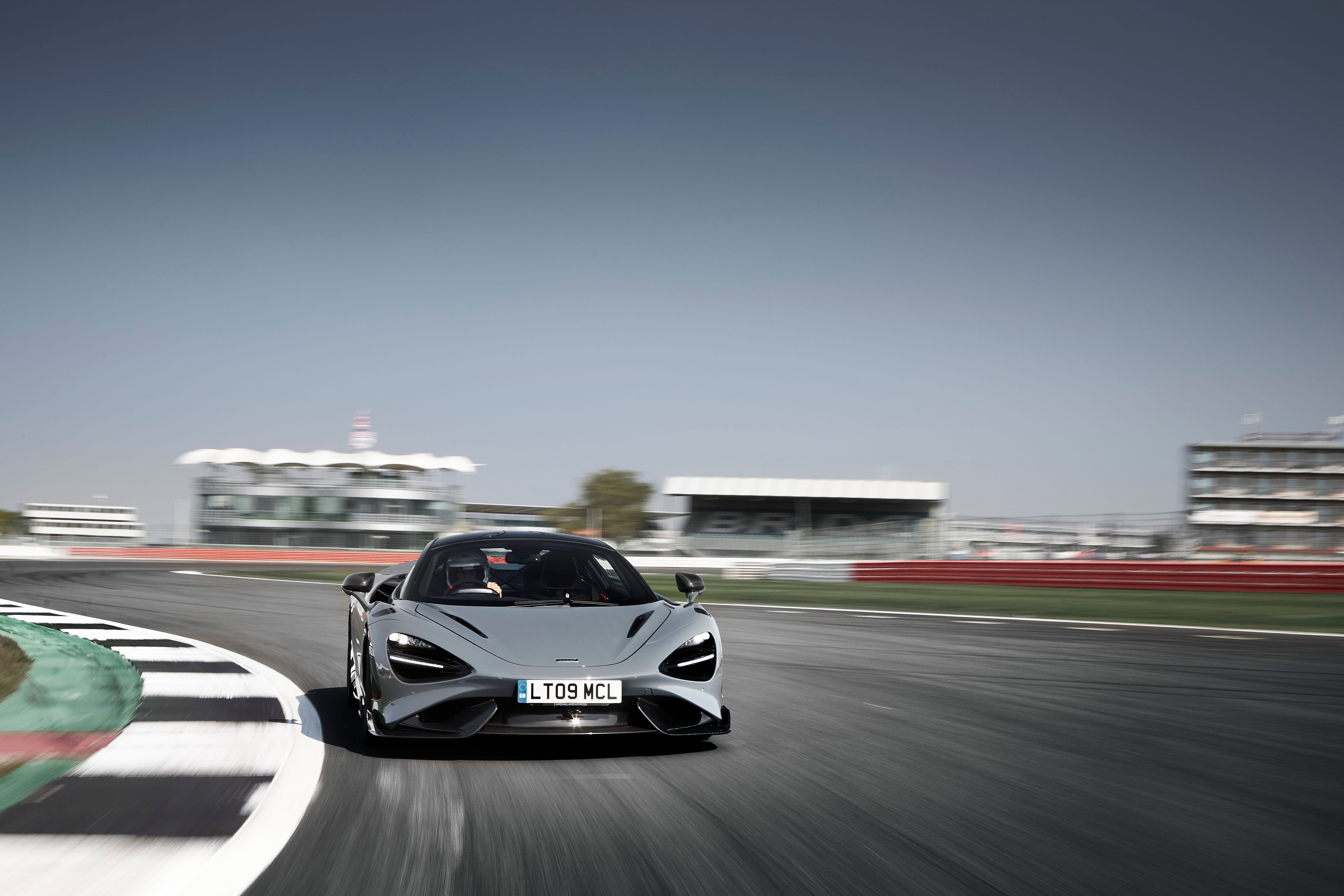
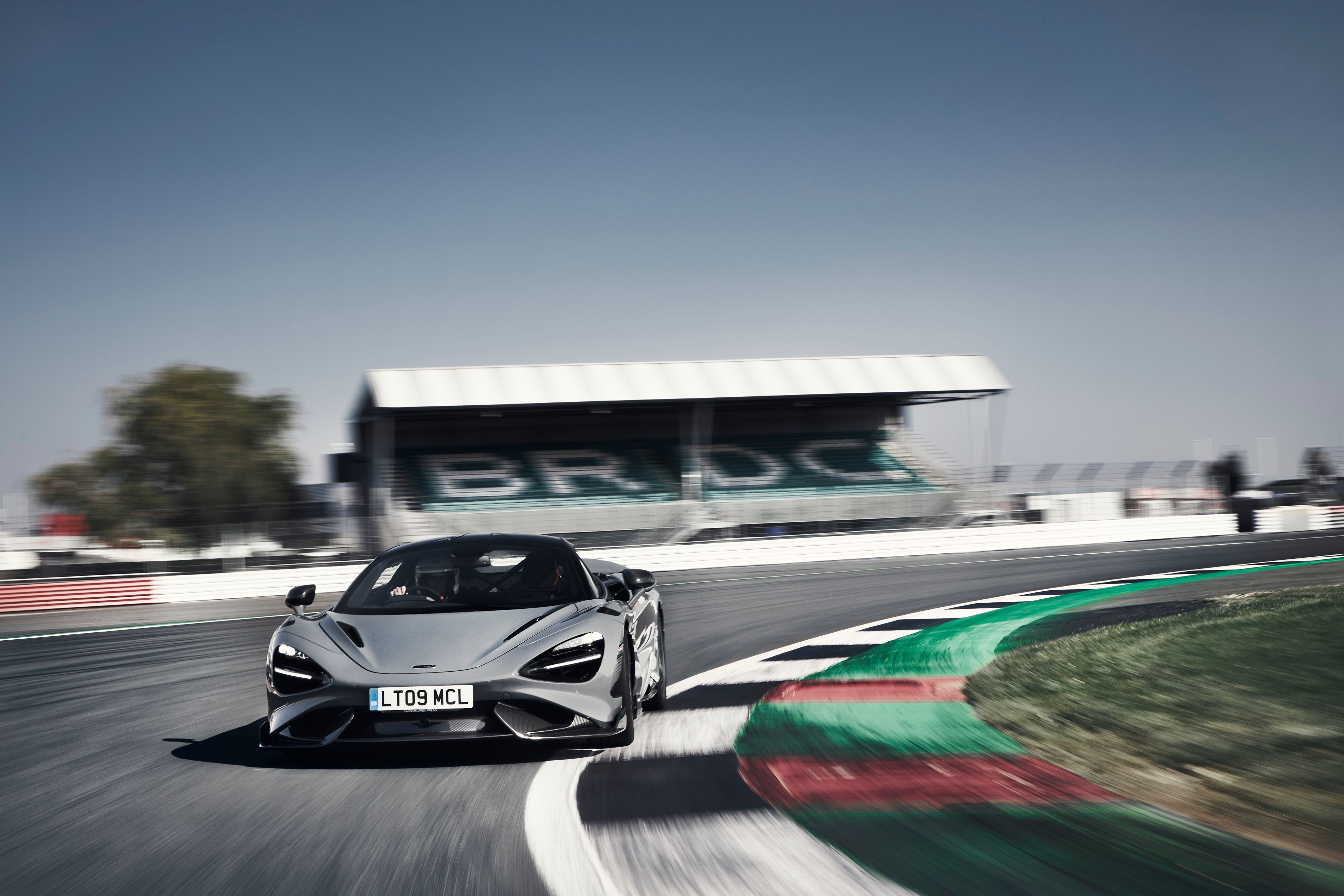
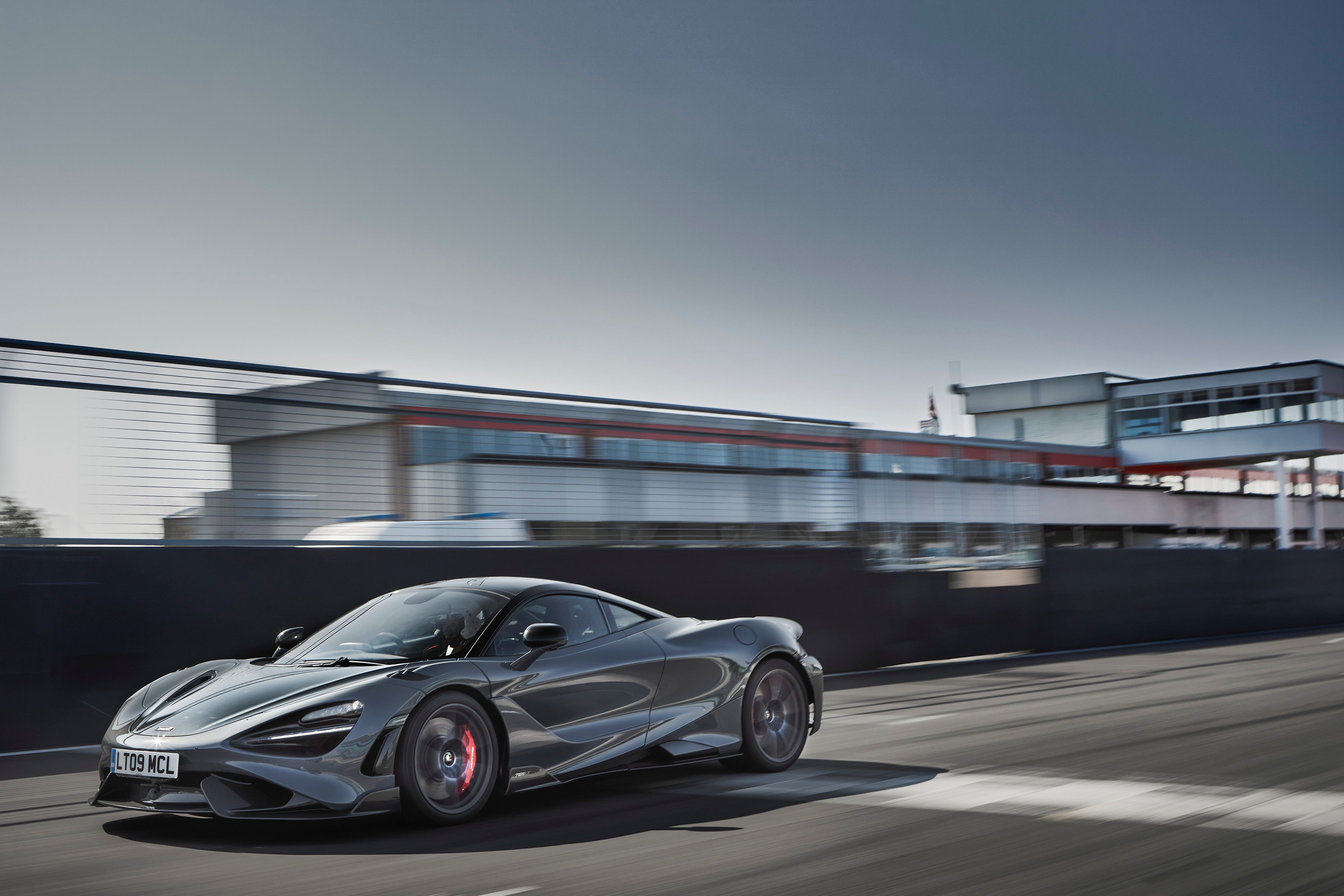
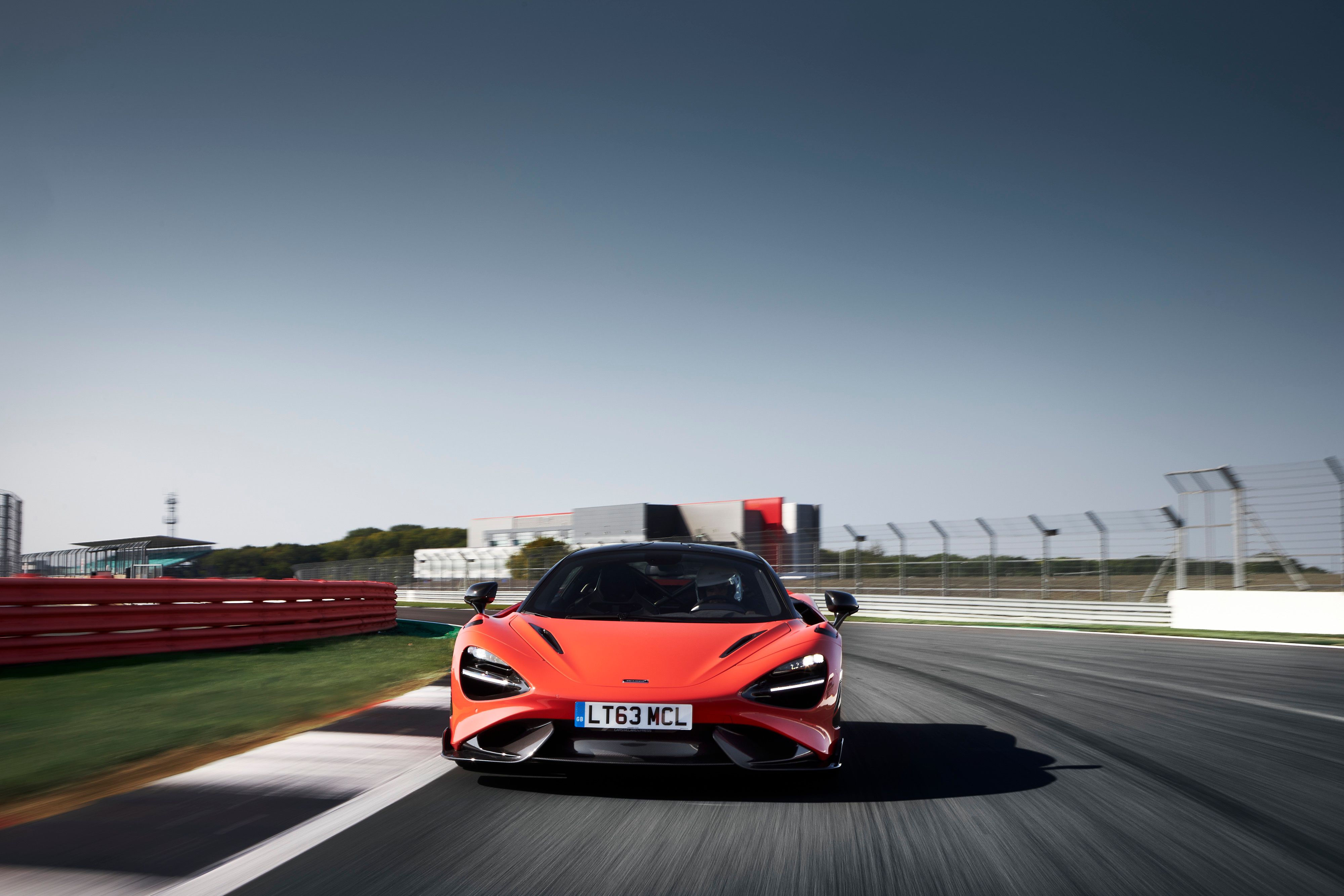
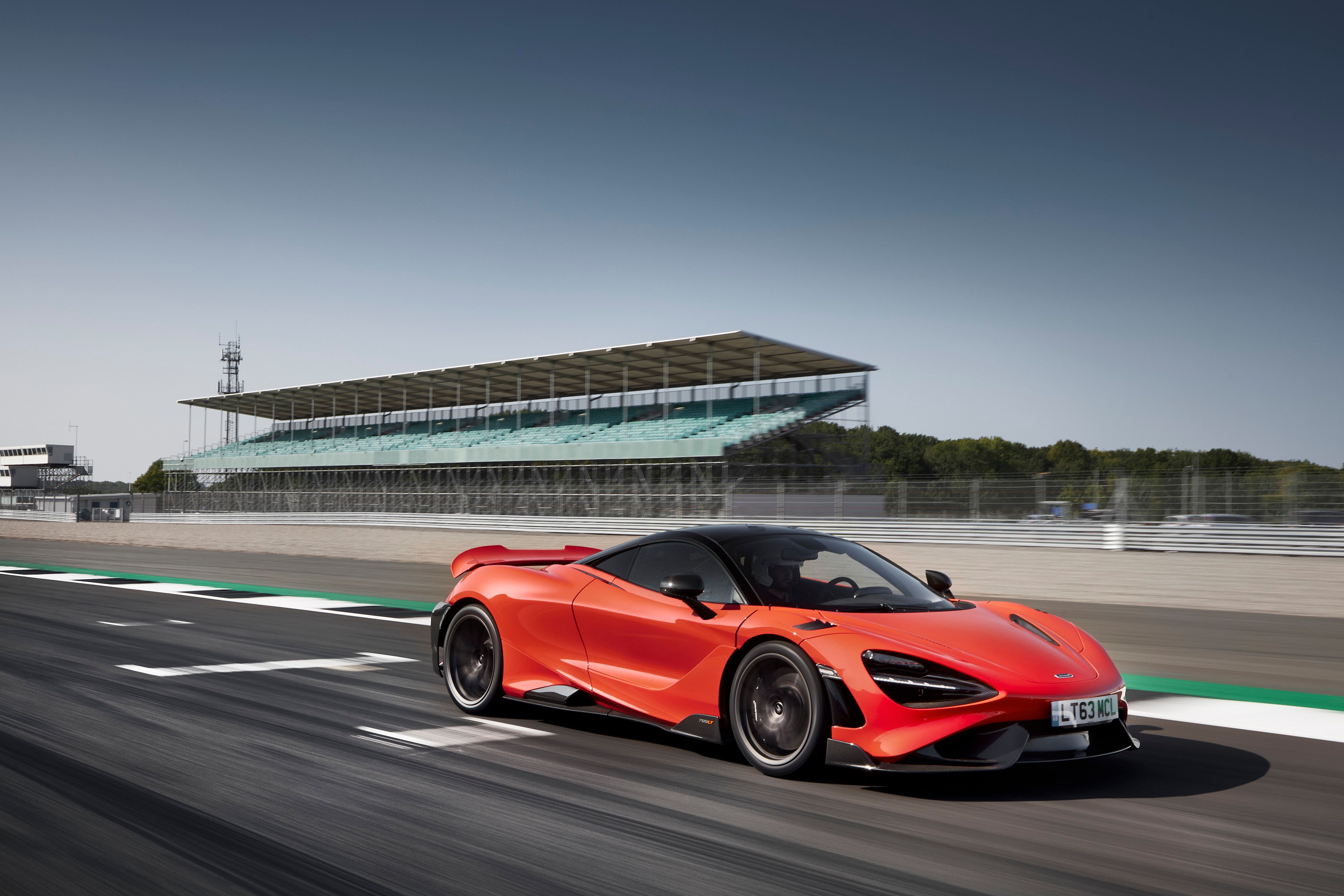
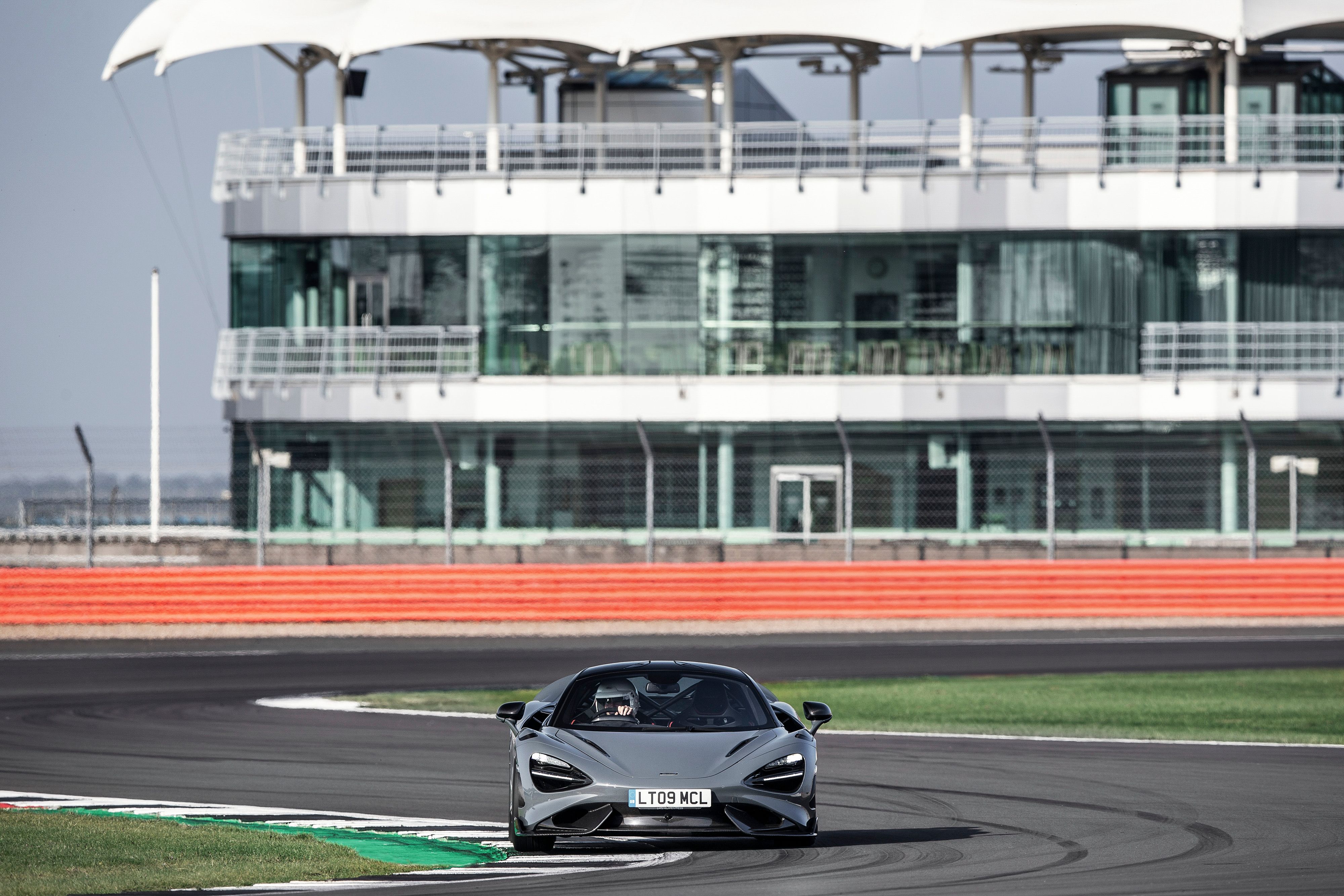
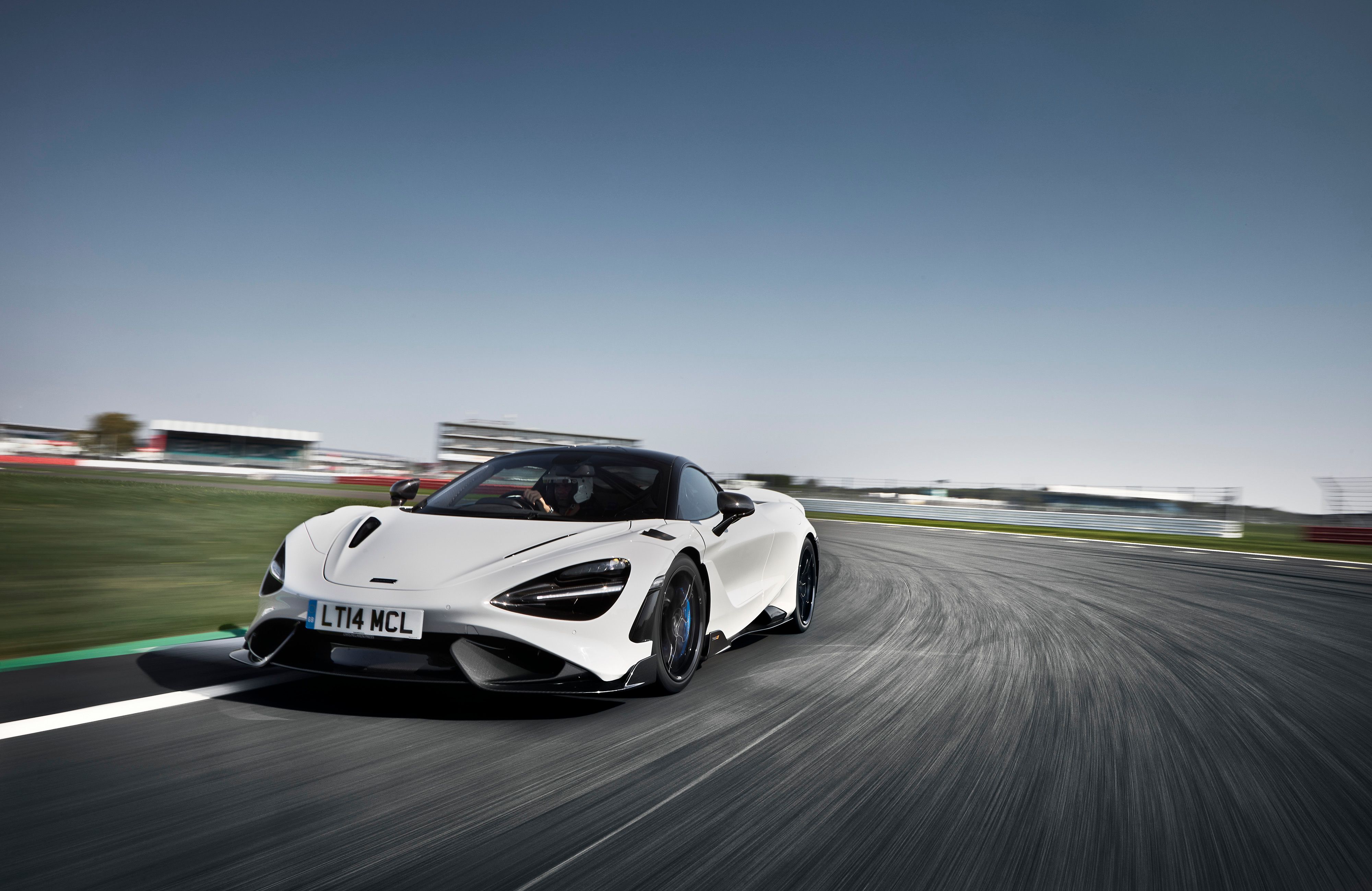
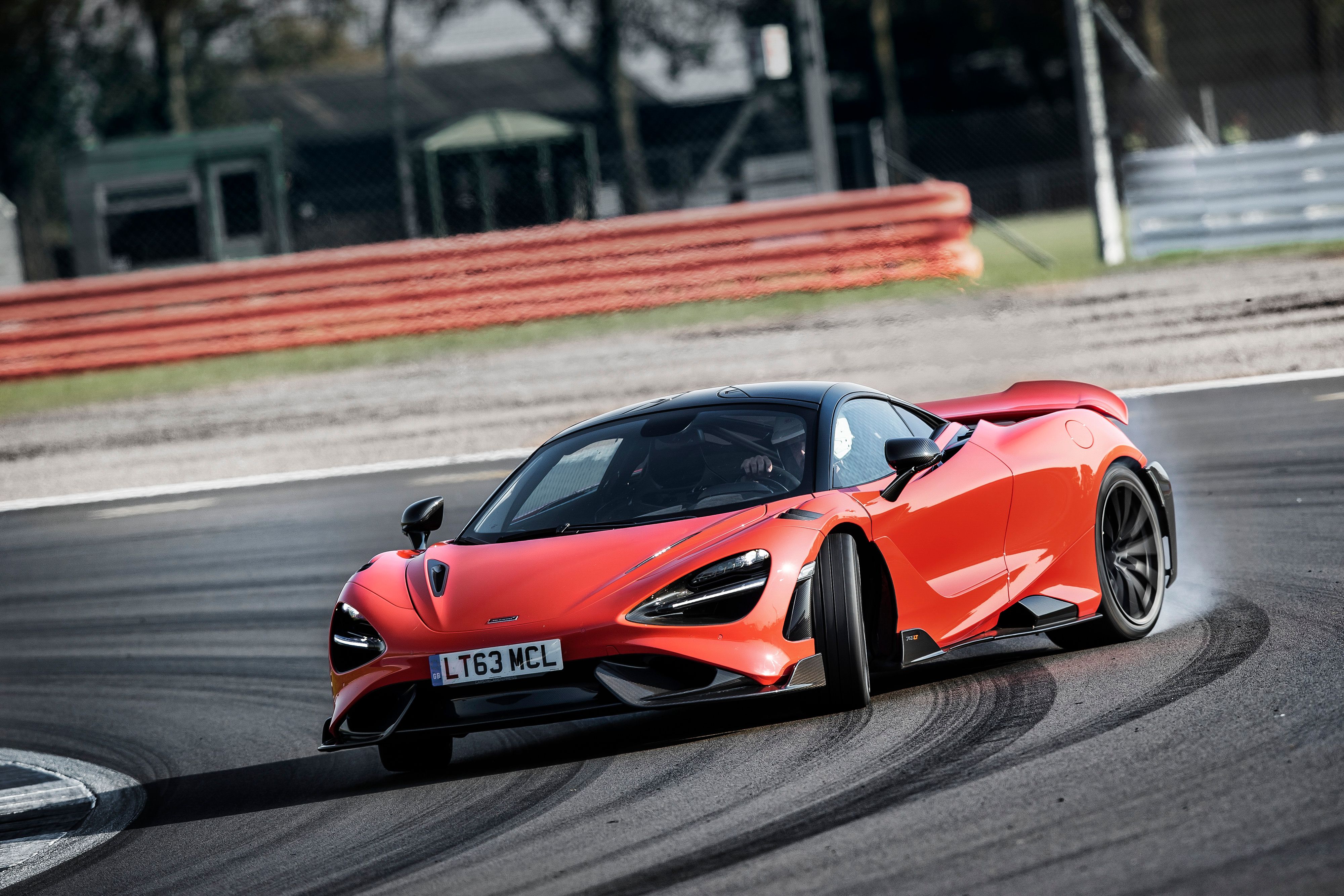
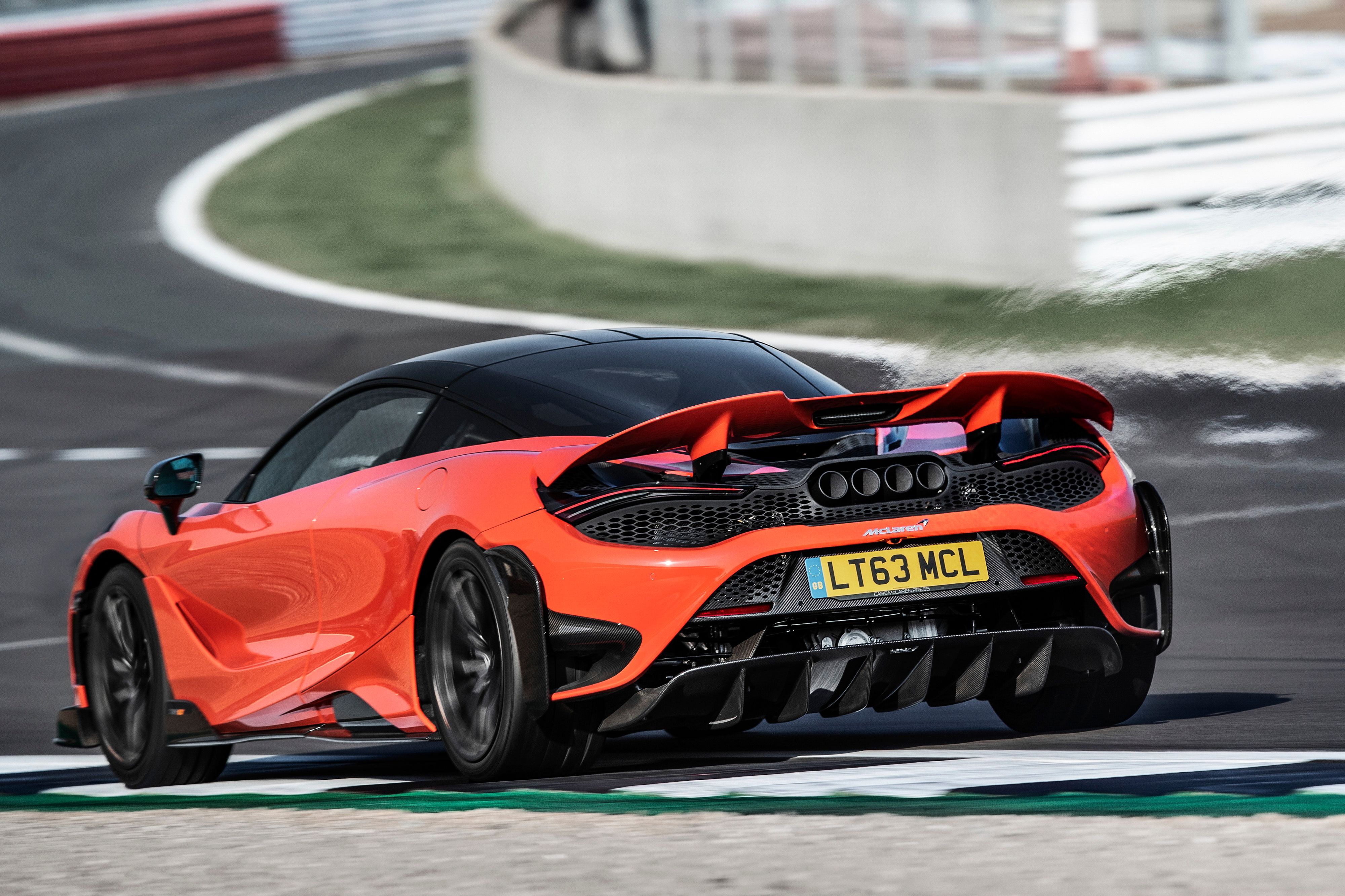
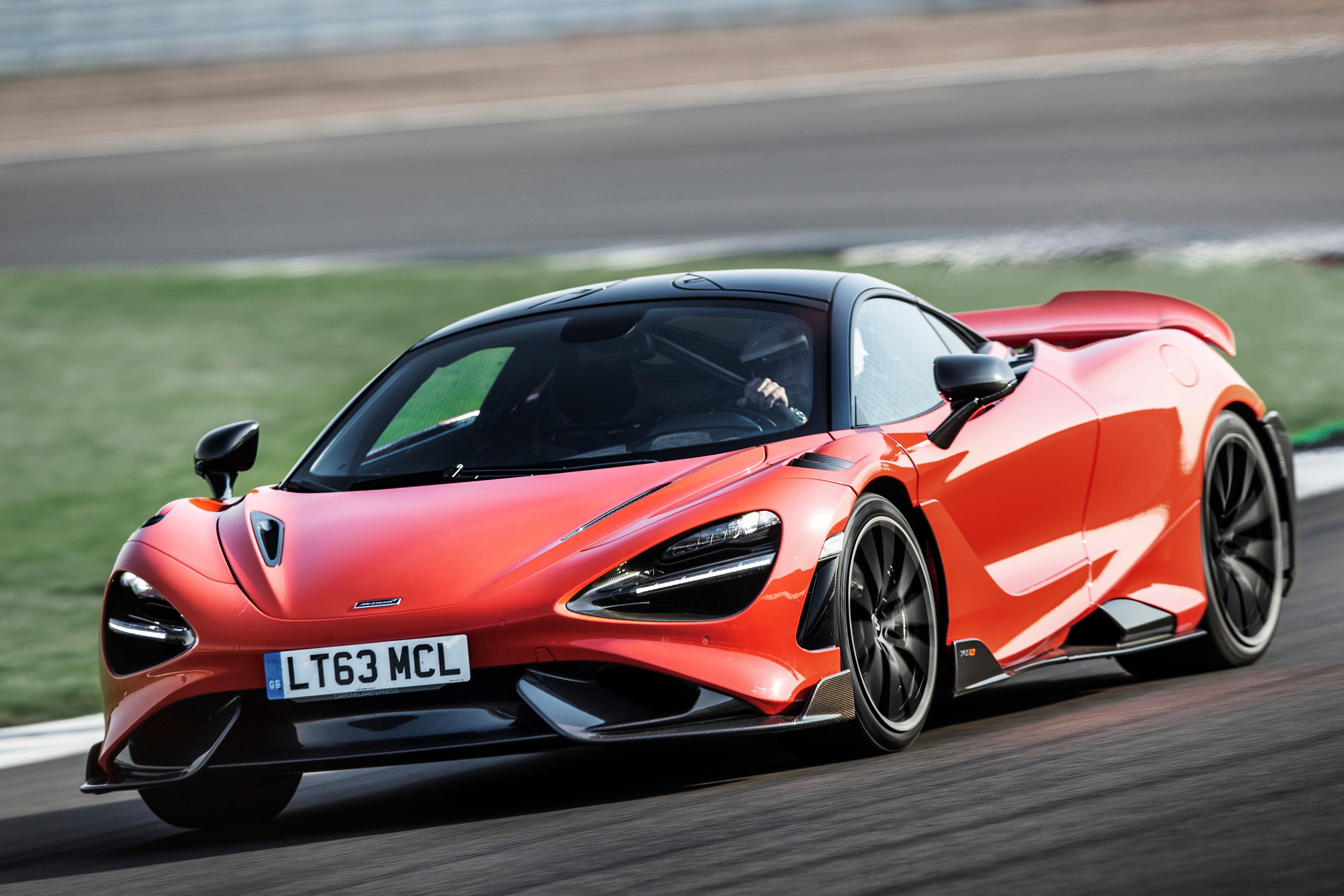
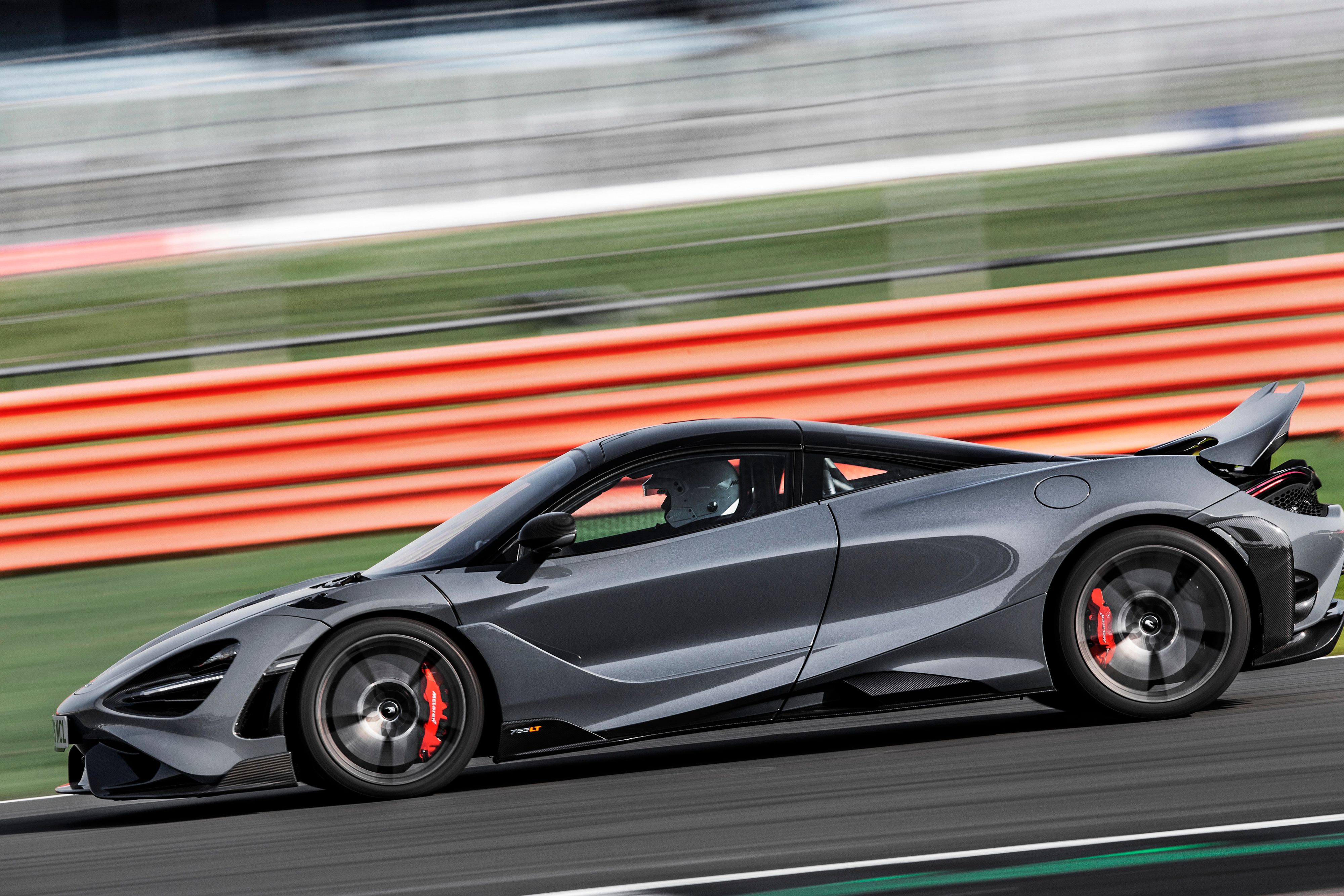
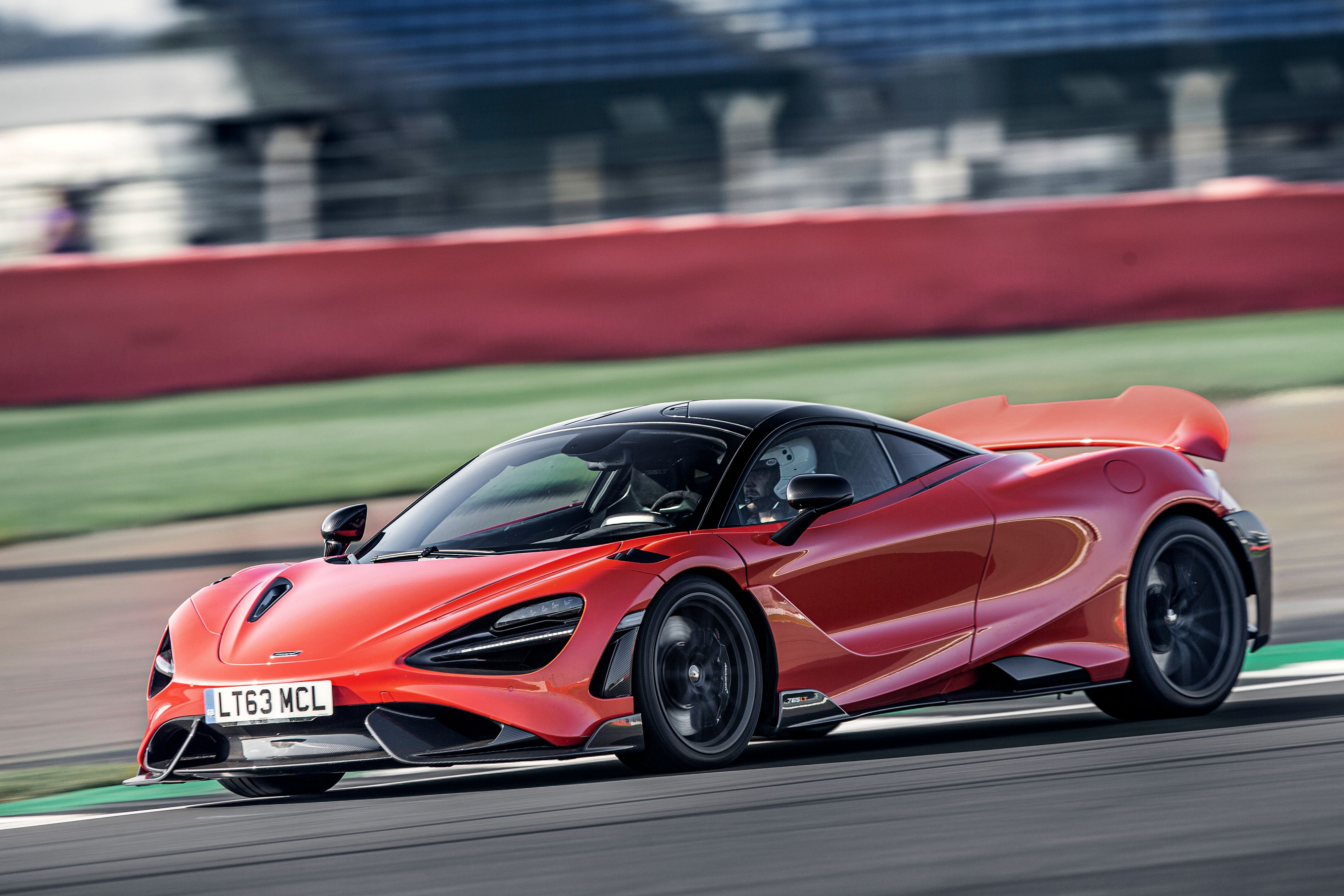
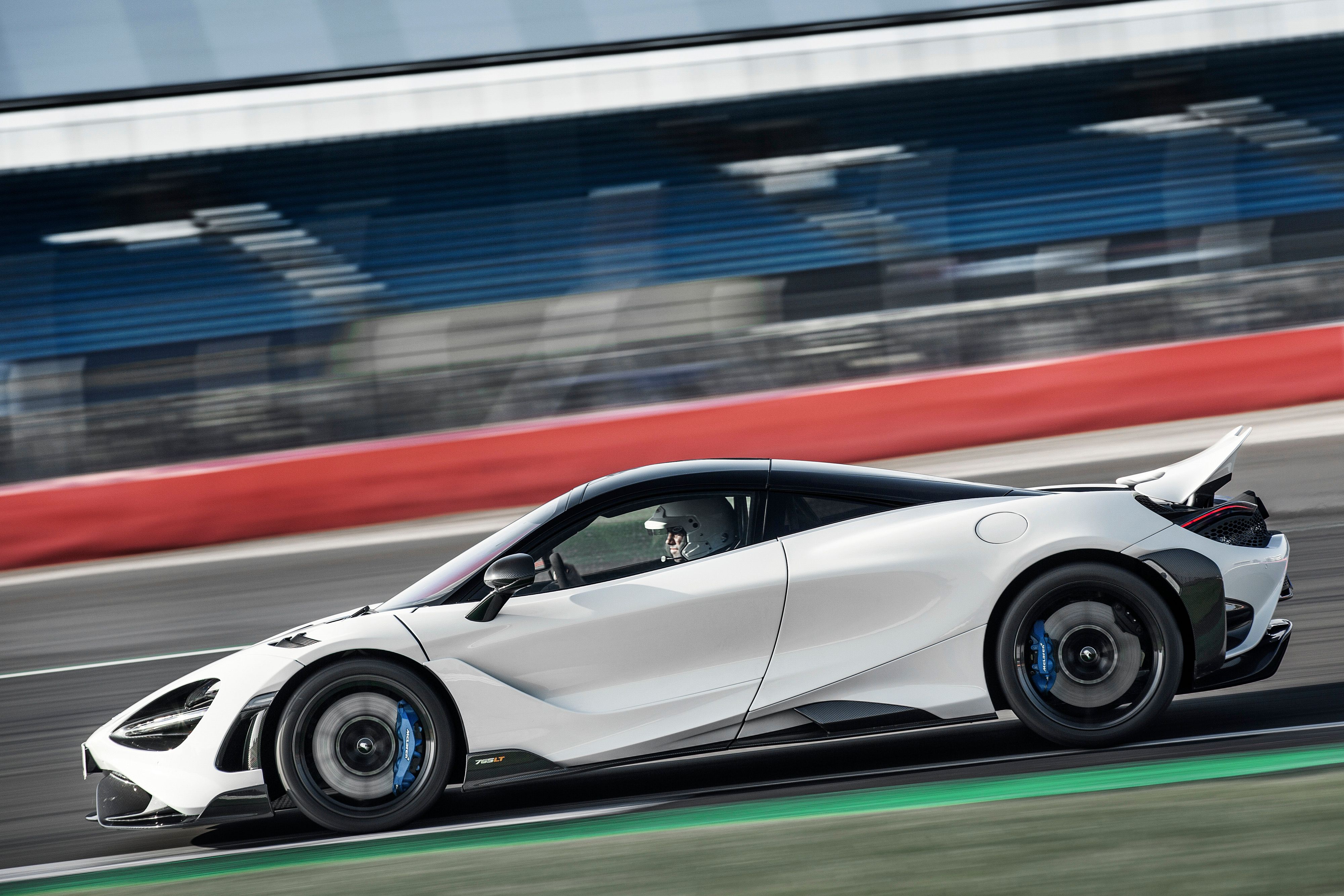
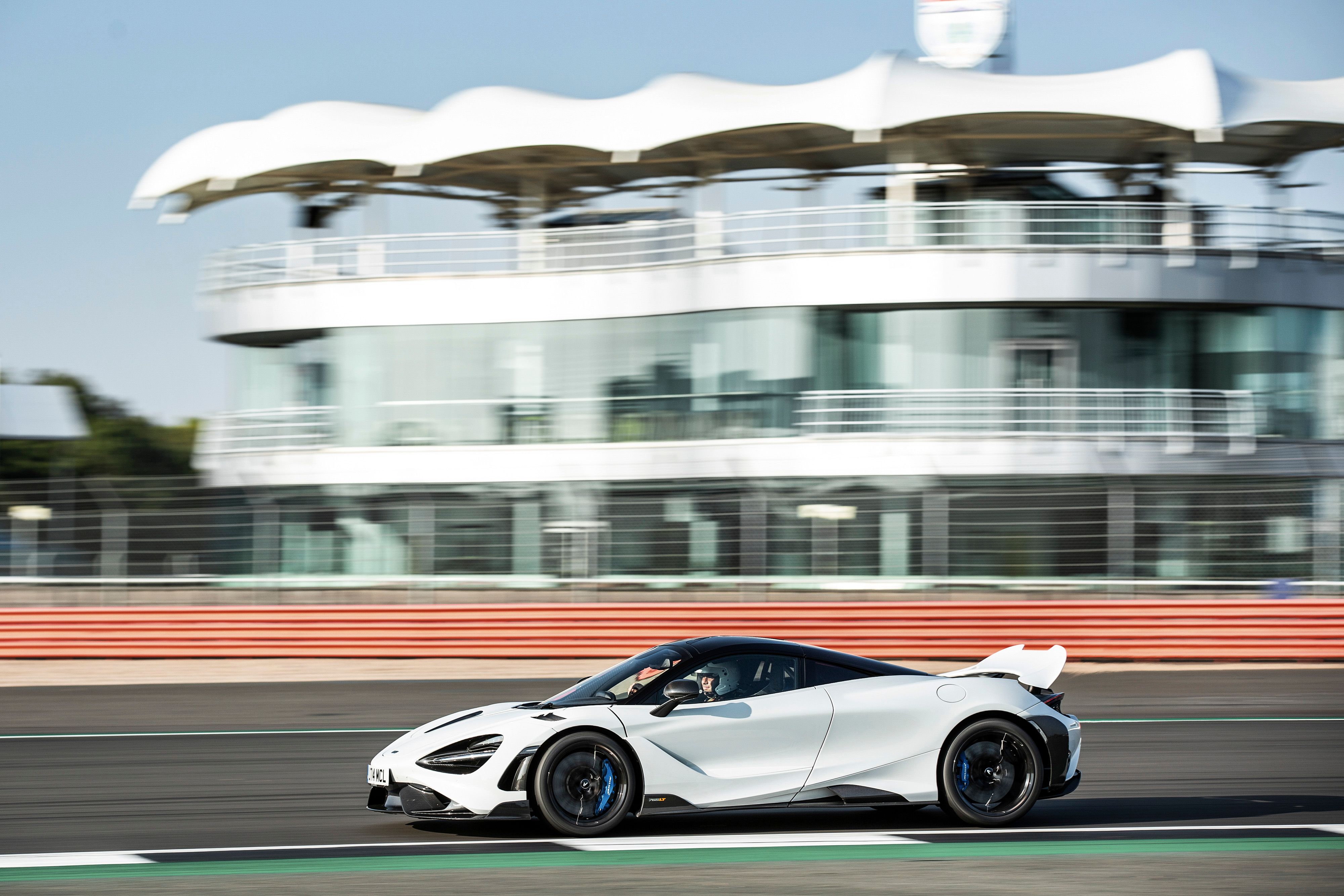
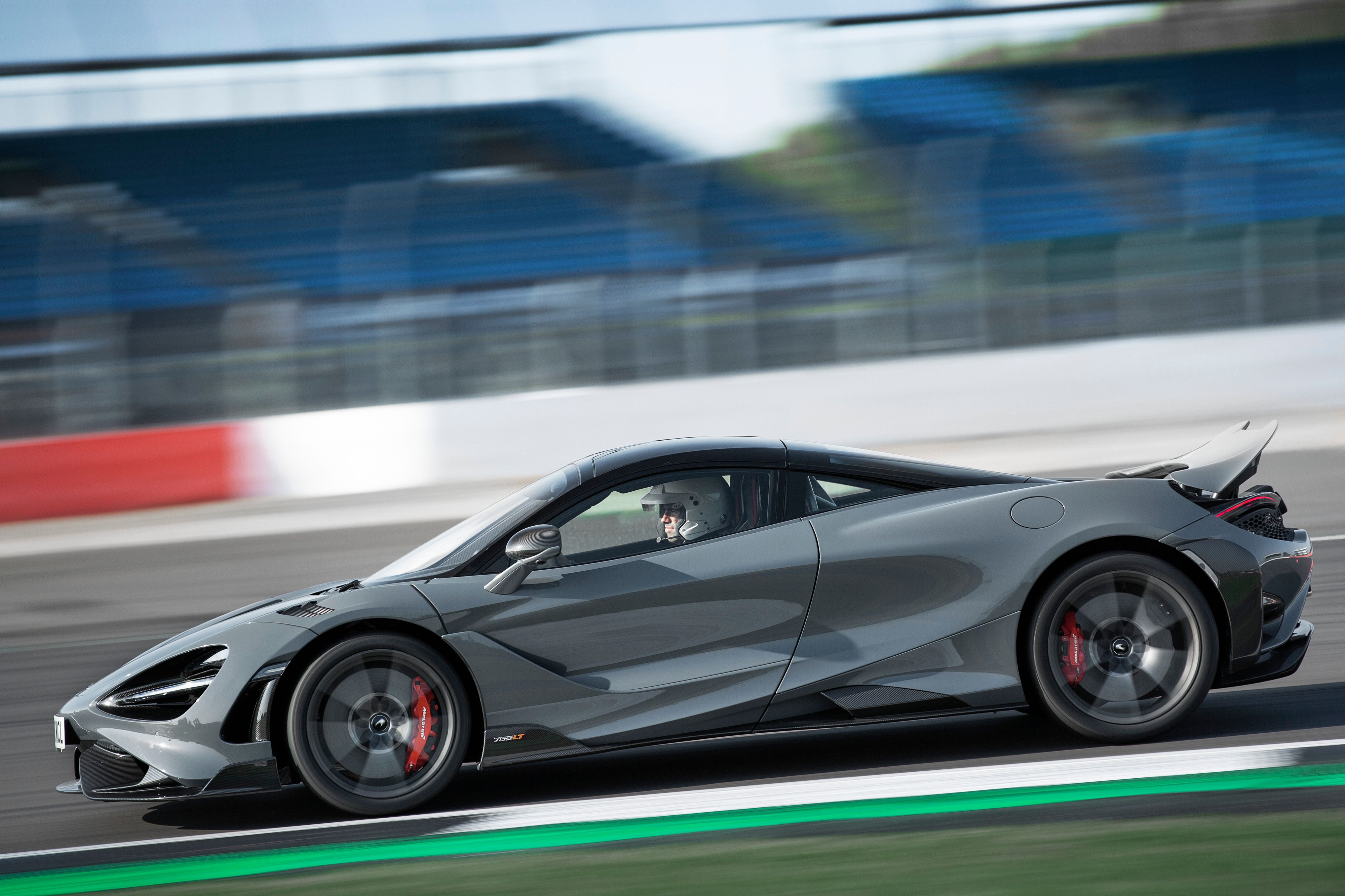
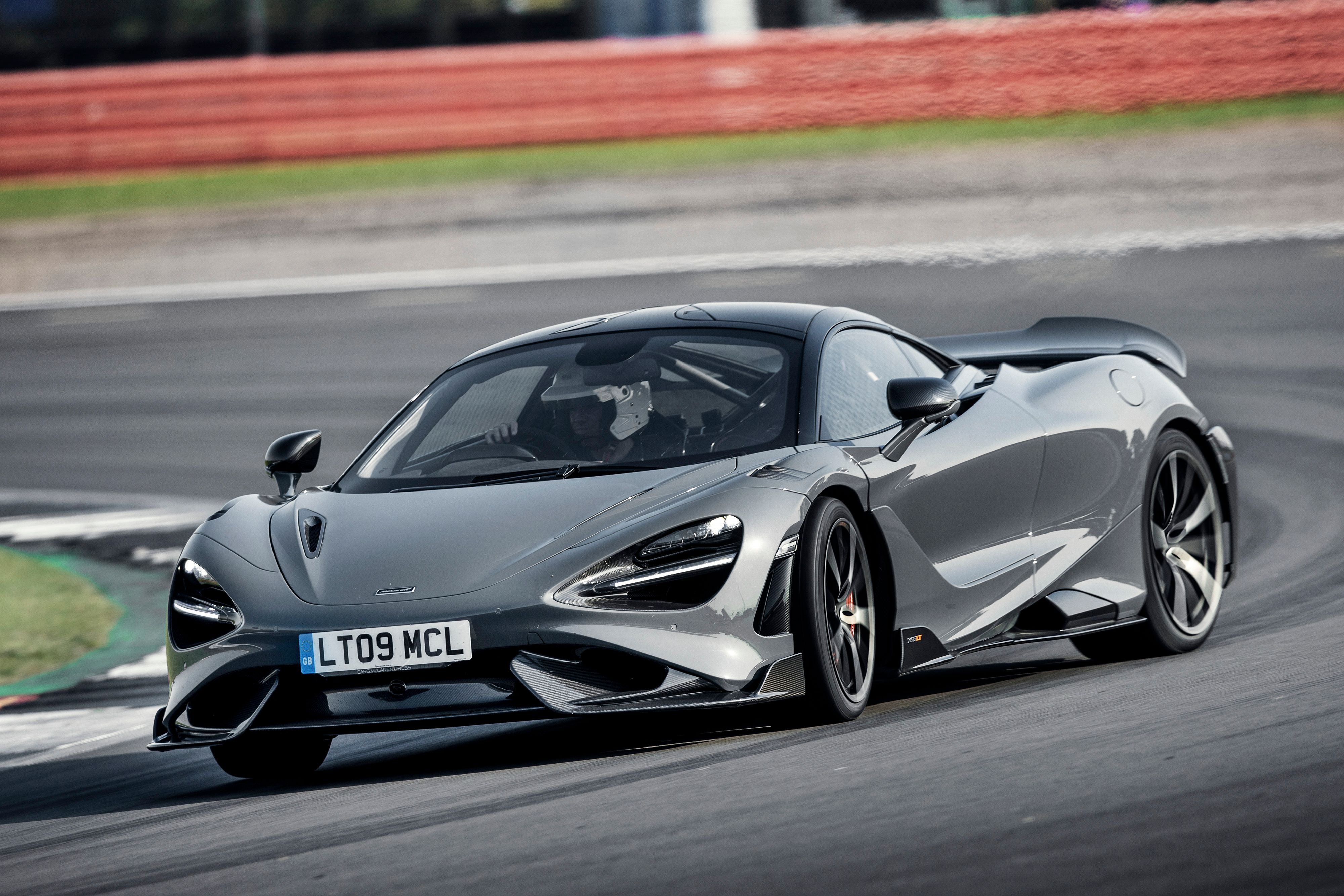
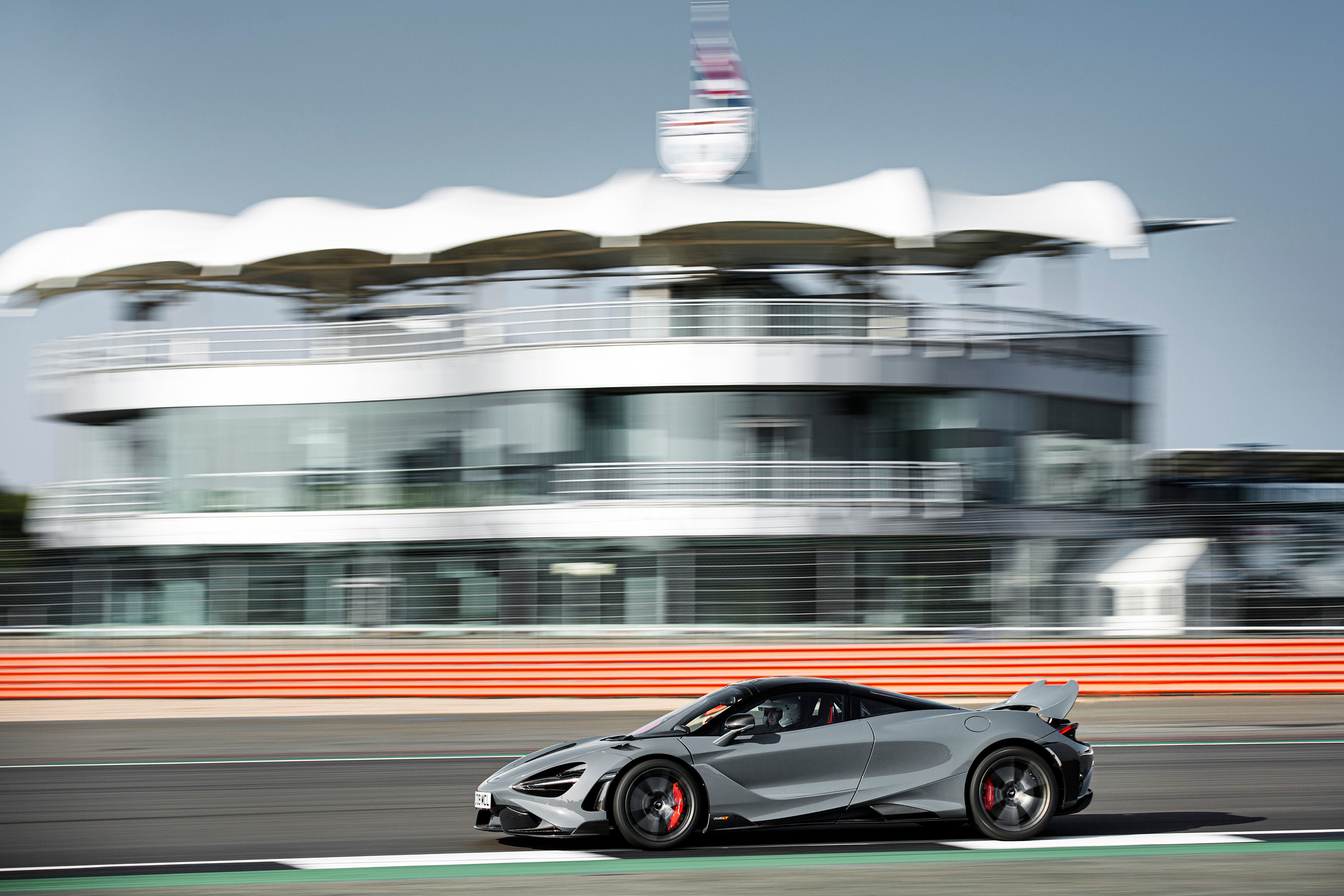
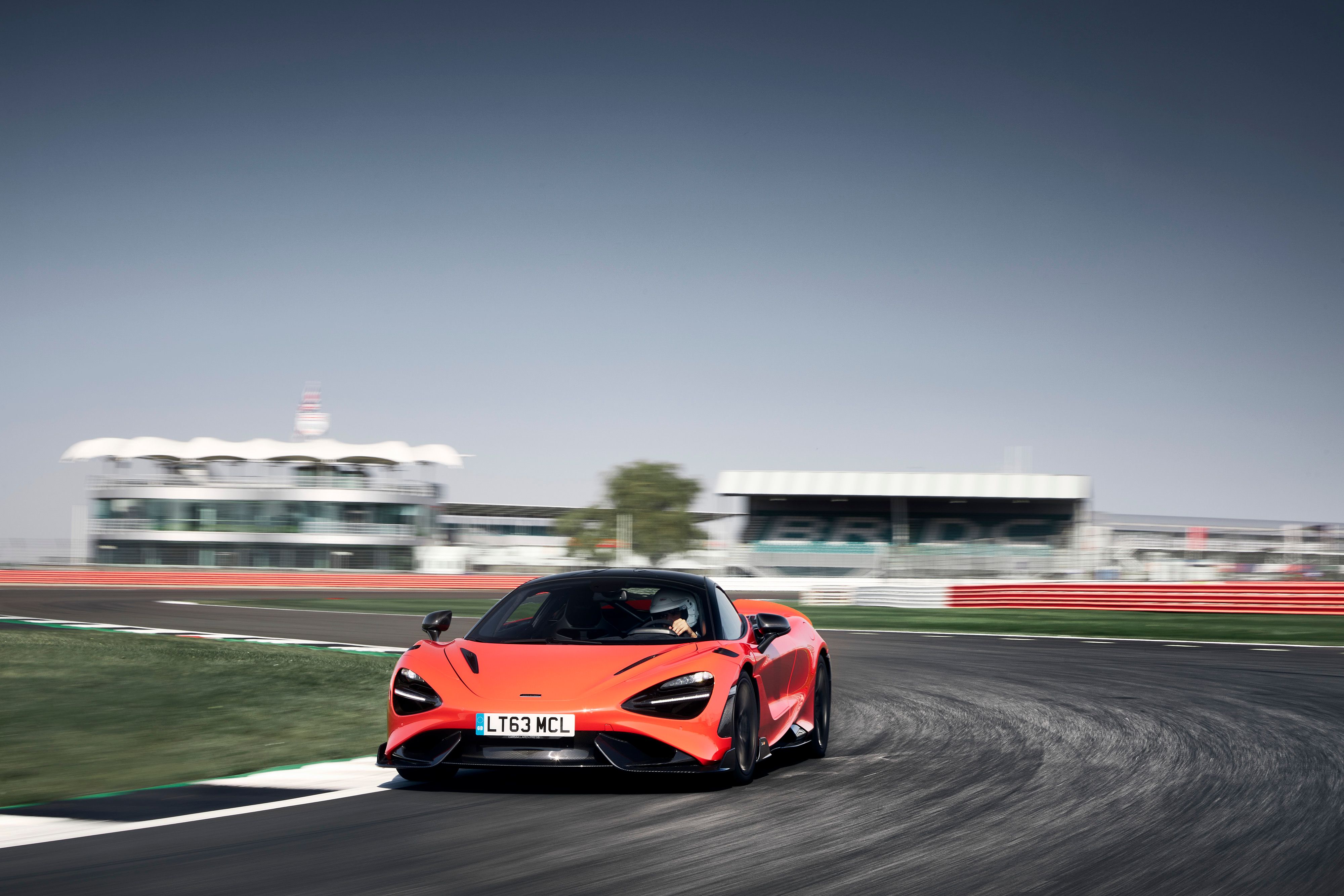
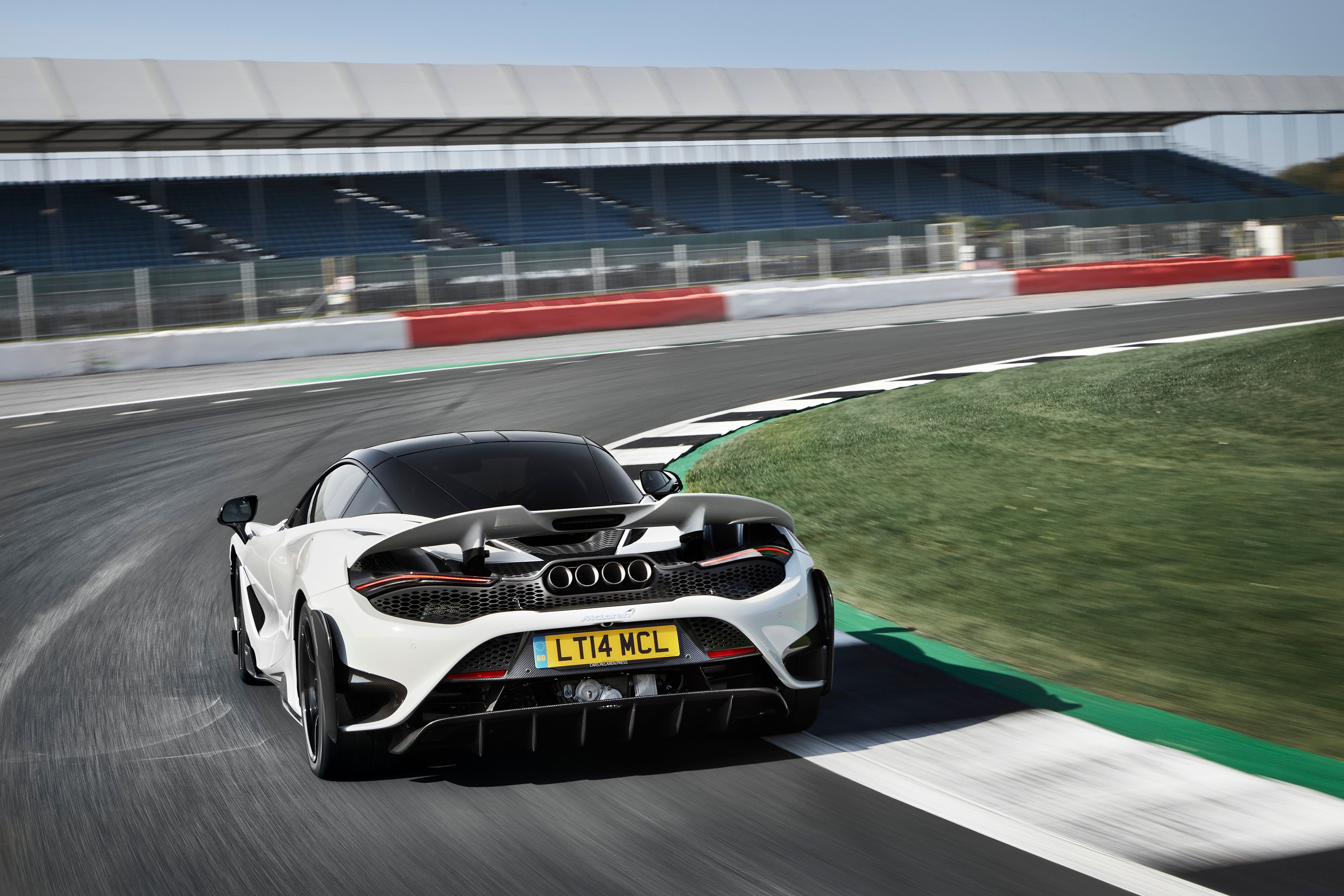
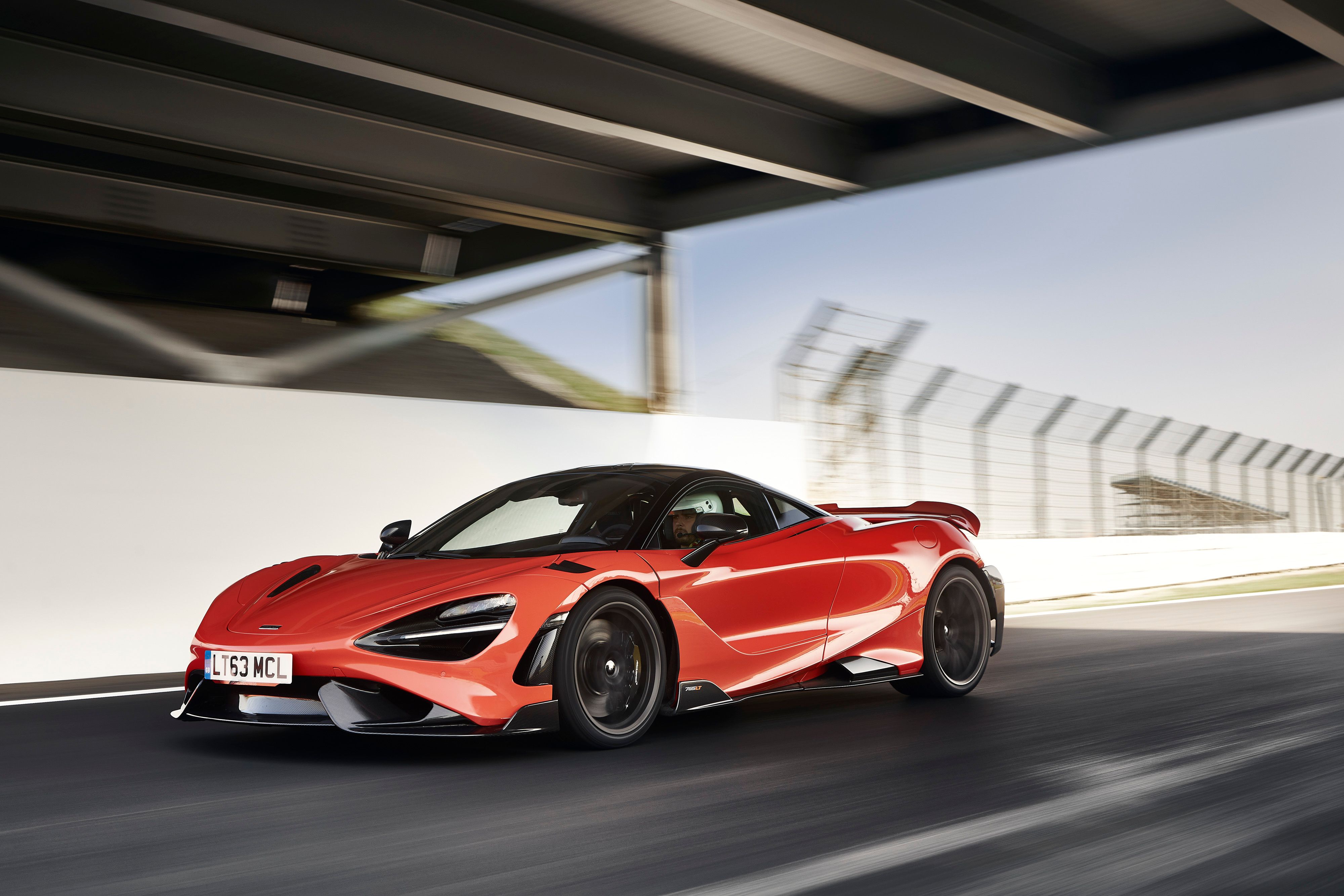
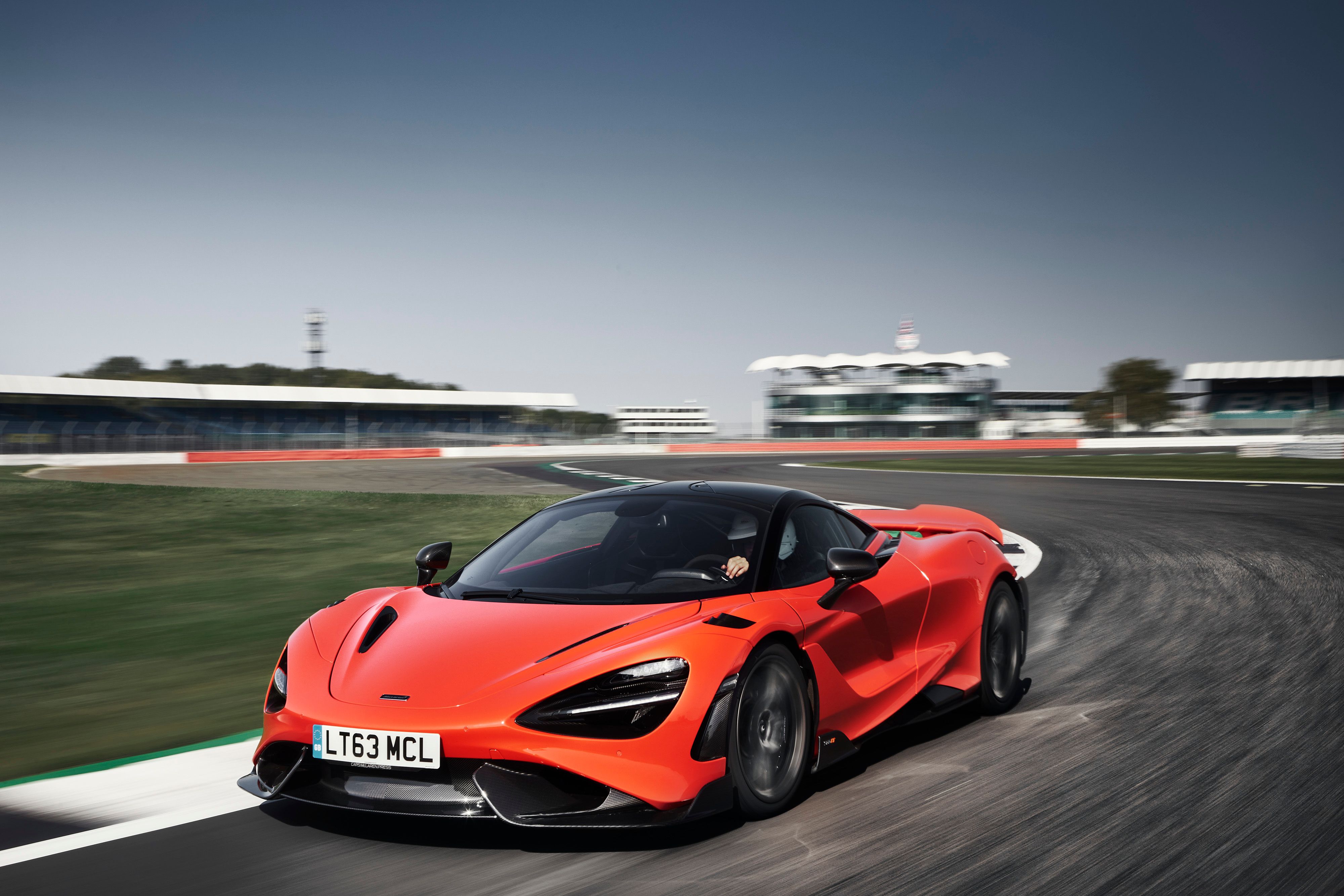
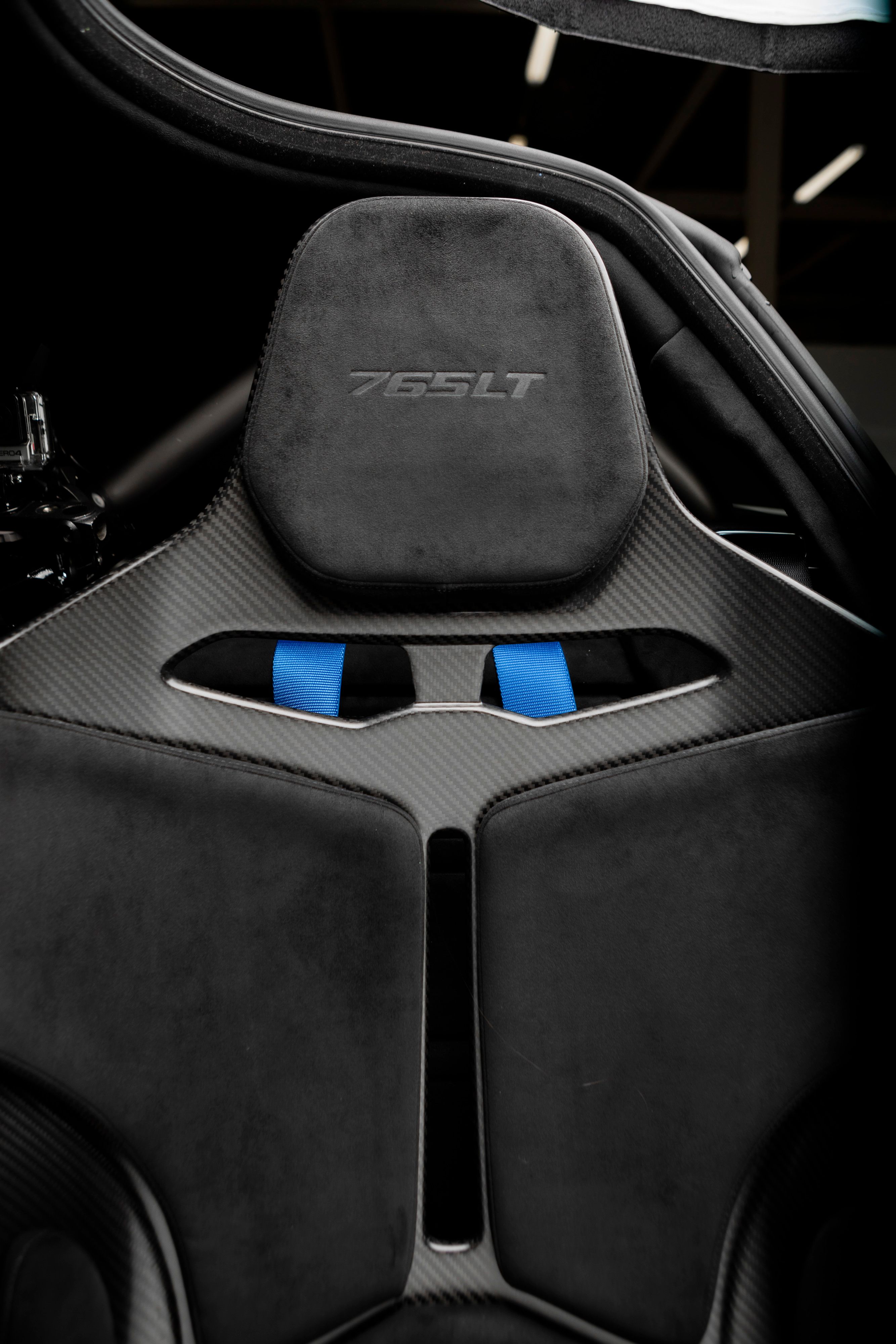
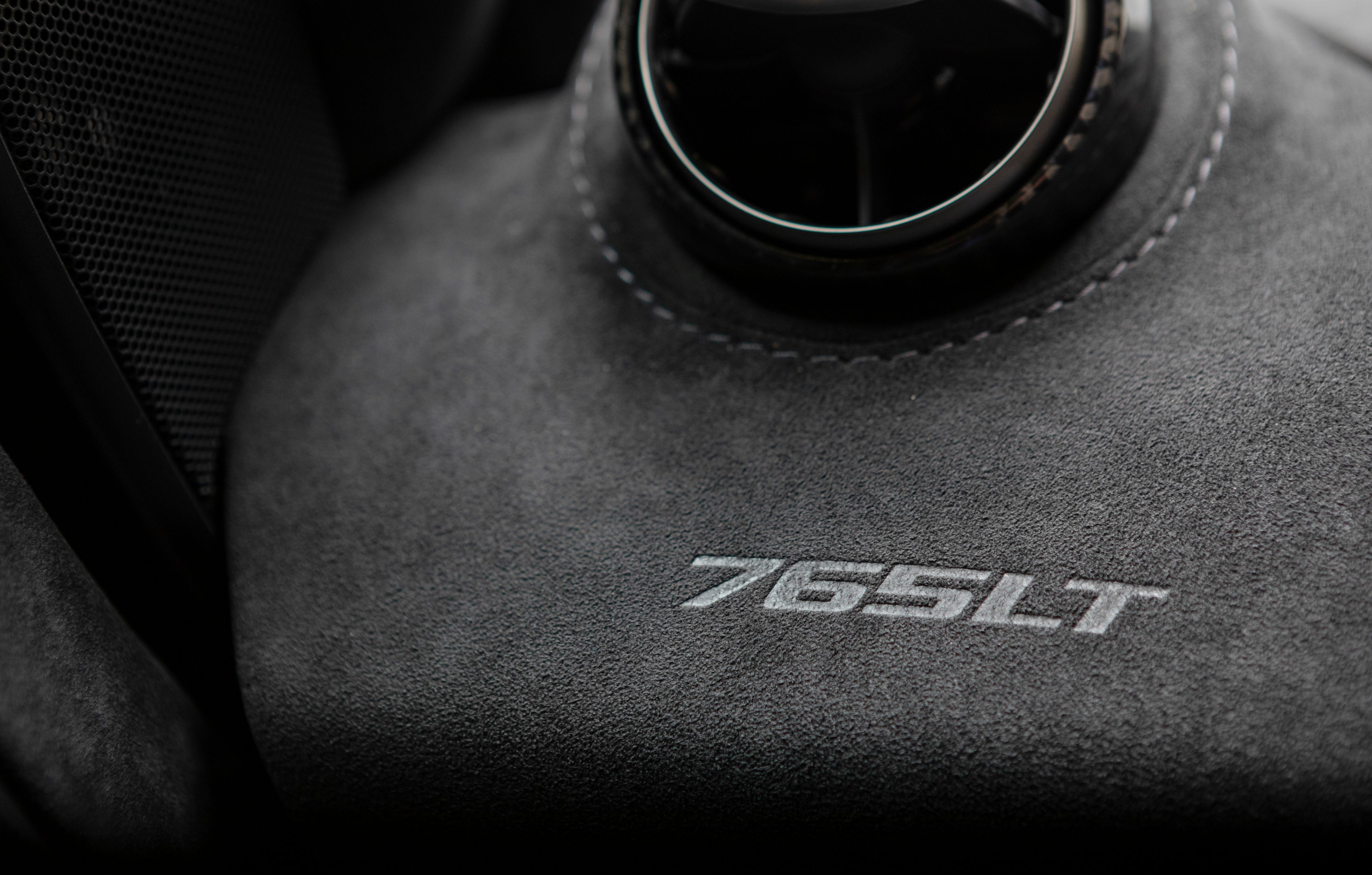
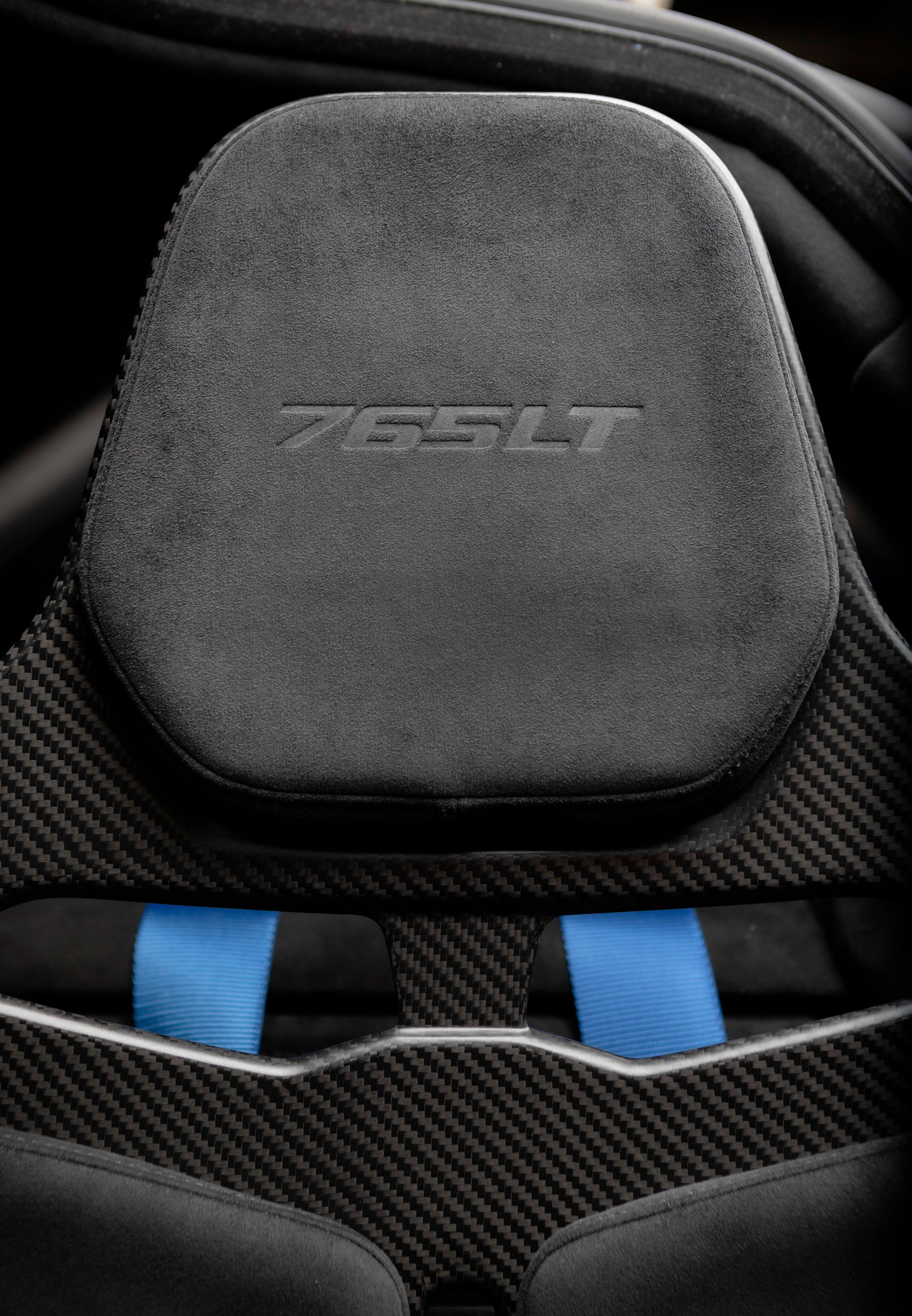
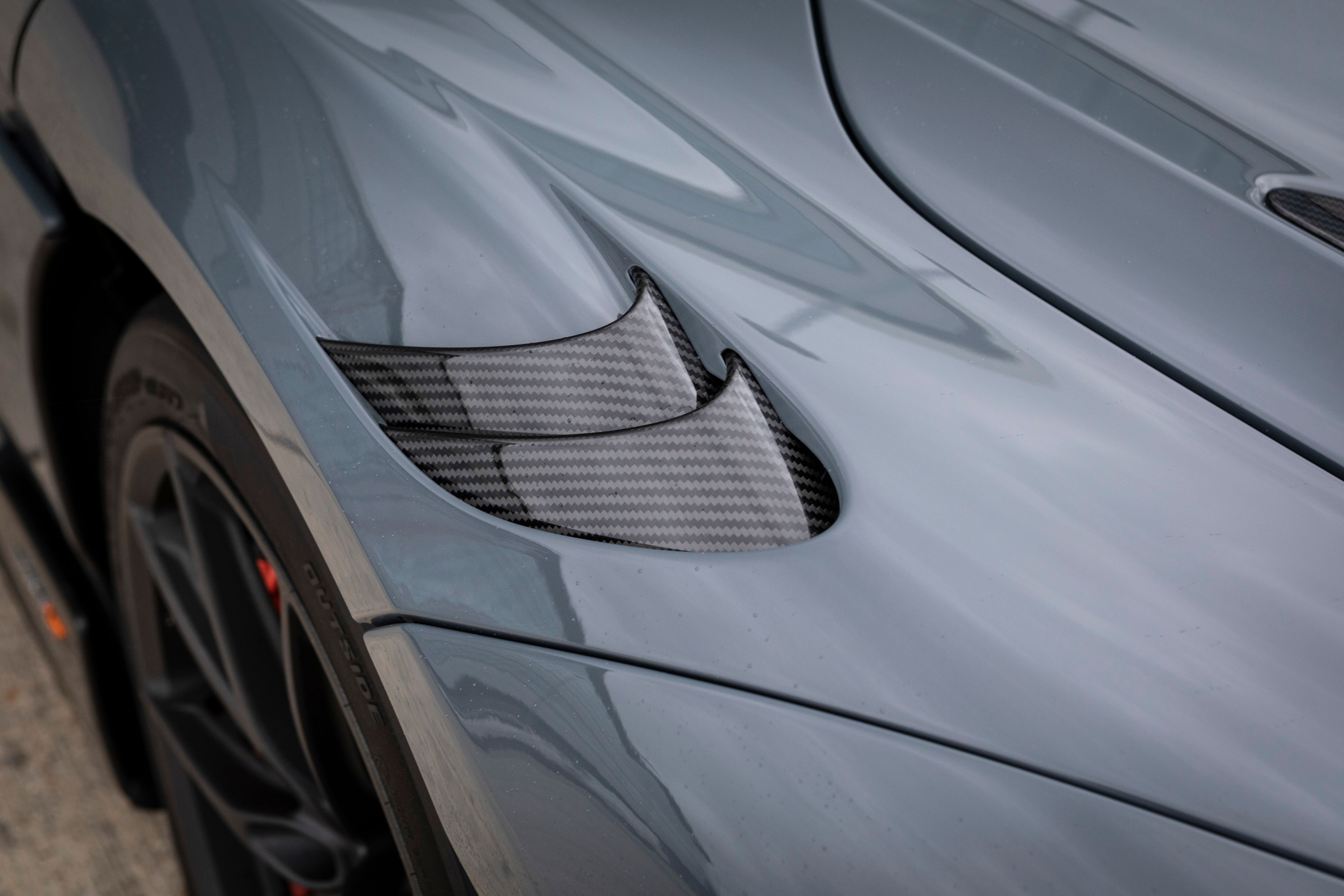
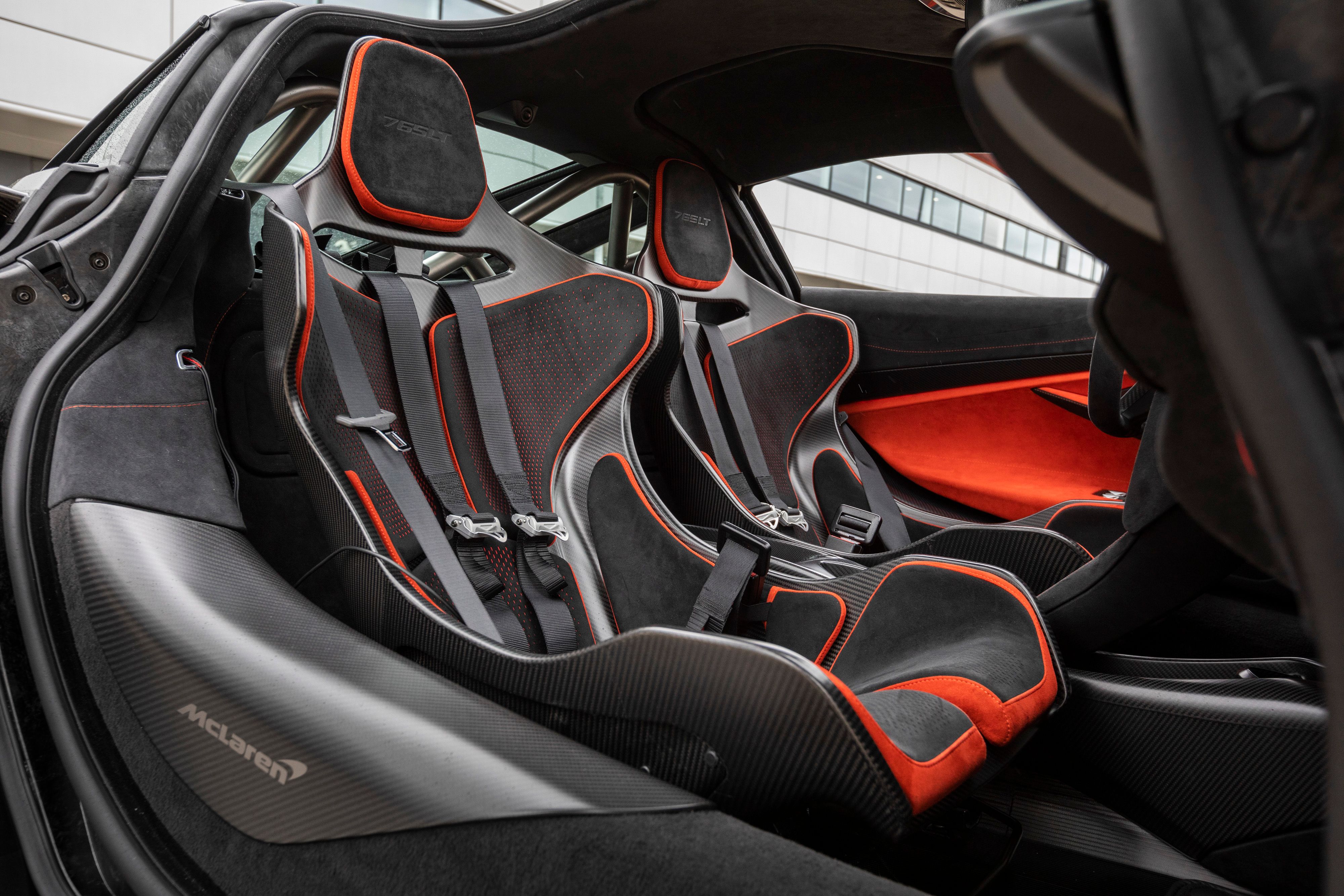
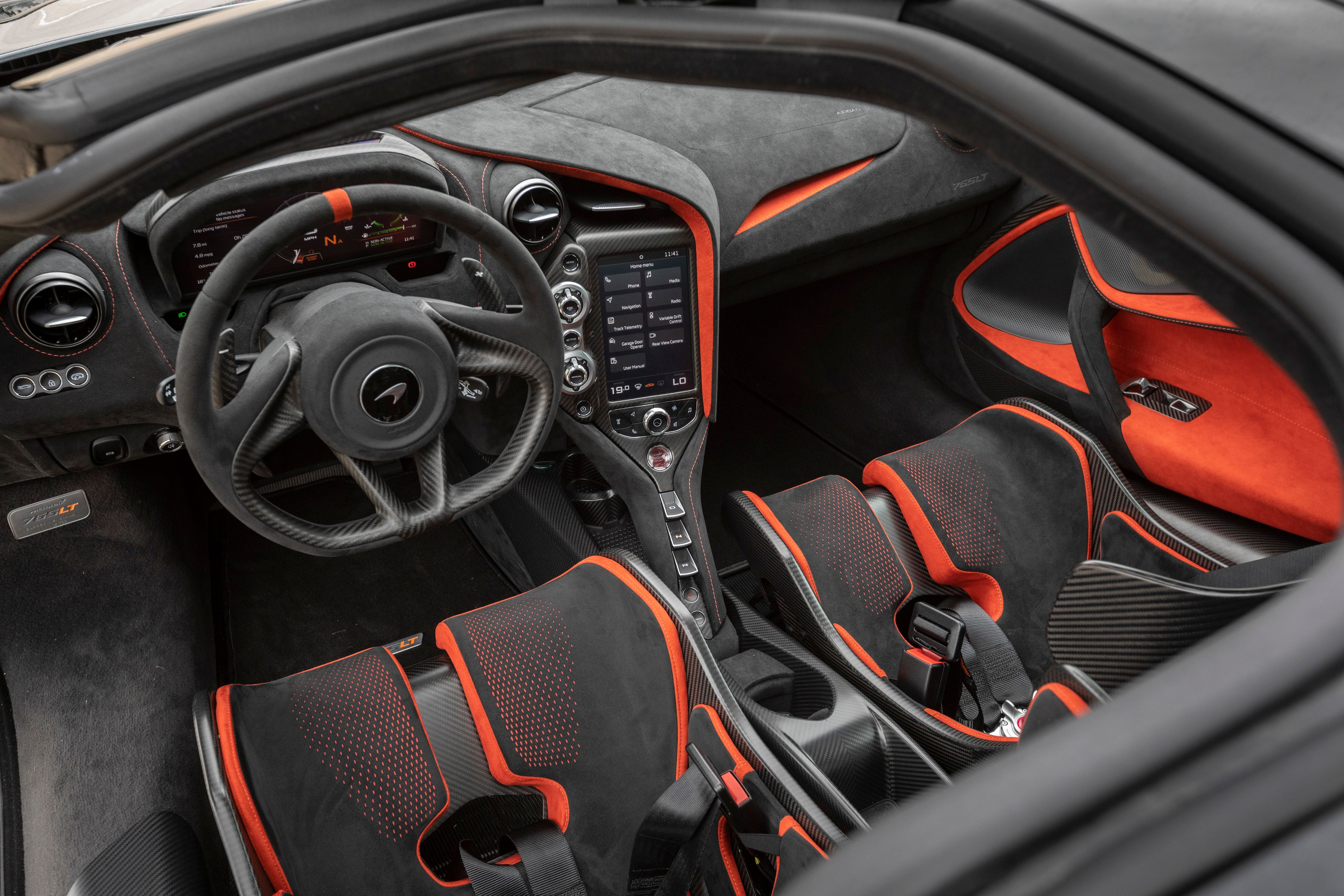
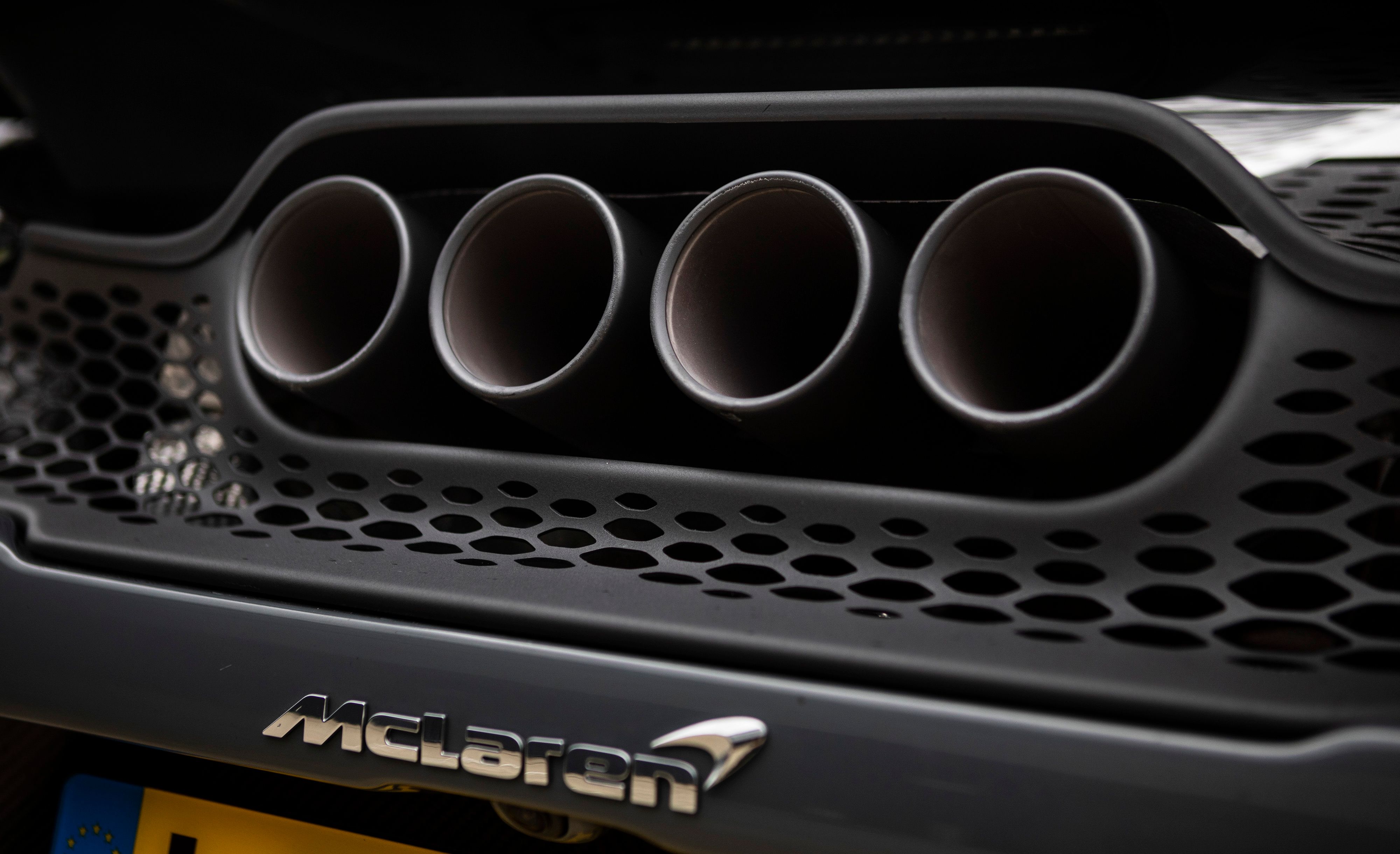
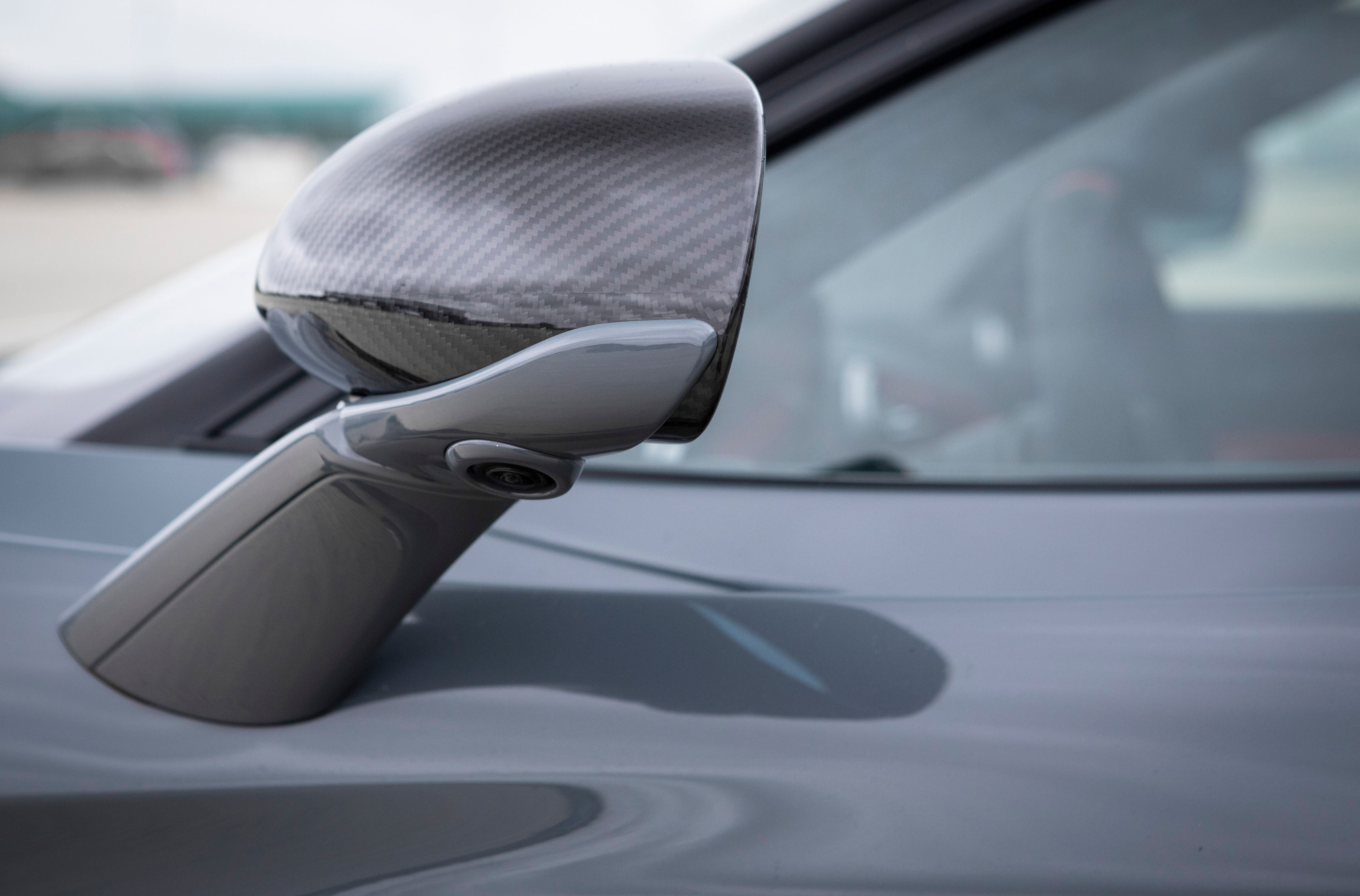
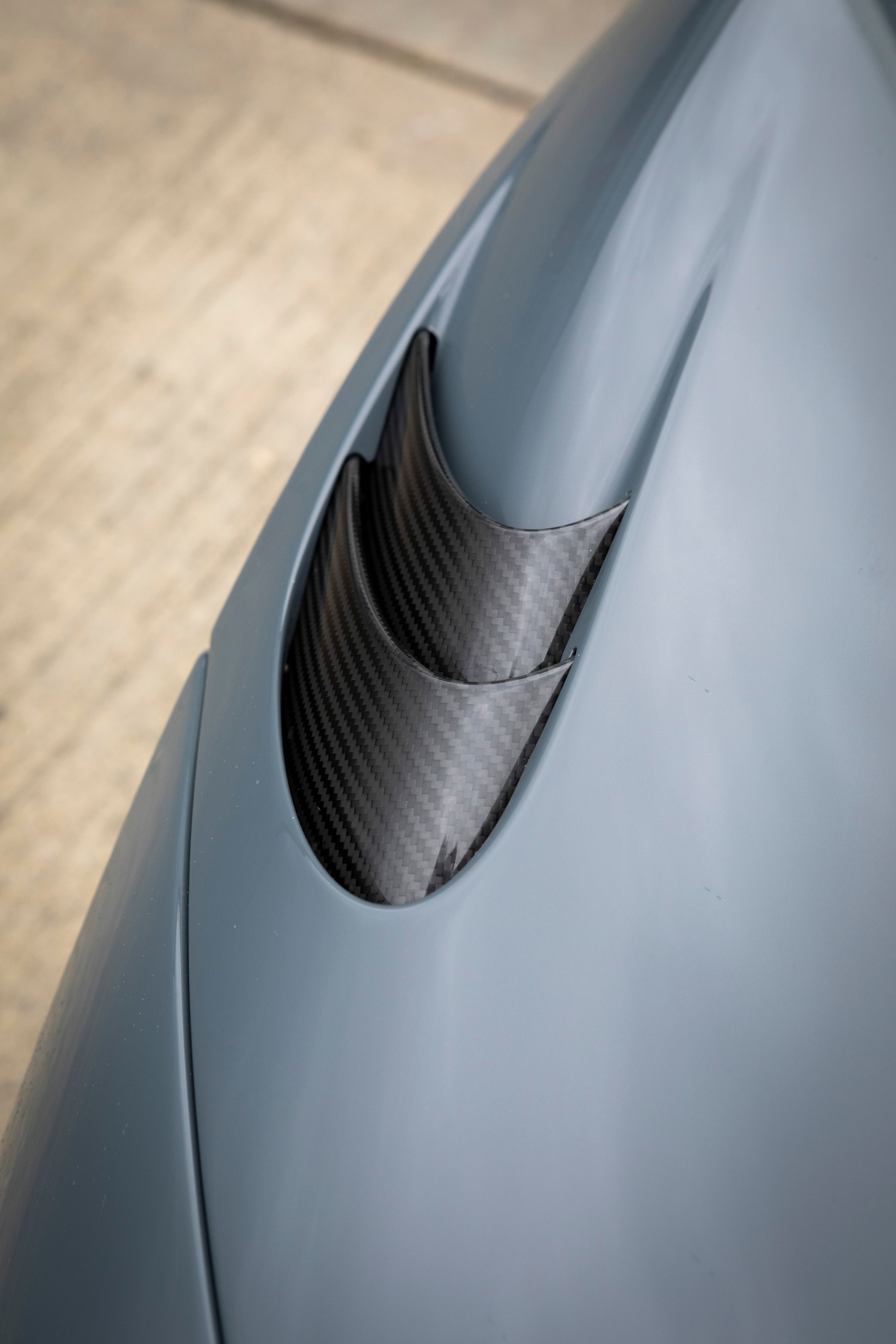
- Make: Array
- Model: 2019 McLaren 765LT
- Engine/Motor: V8
- Horsepower: 740
- [do not use] Vehicle Model: Array
<
Exterior
The 765LT is heavily based on the 720S, so it borrows all core features of the standard supercar. That's good news, because the 720S is significantly different than its predecessor, the 650S. As a result, the 765LT is is rather revolutionary compared to its predecessor, the 675LT. In today's market, where almost everything is evolutionary, the 765LT is truly special. And while the 765LT looks familiar, it comes with quite a few extra features as far as design and aerodynamics go.
What Makes the McLaren 765LT Different From the 720S?
While the rear diffuser isn't necessarily bigger than the 720S', it does have more vertical slats; six instead of four if you like numbers. McLaren also redesigned the upper grille and, more importantly, it added a brand-new exhaust system (made from titanium) with four outlets. So while the 720S features an exhaust pipe on each side of the center-mounted "McLaren" emblem, the 765LT comes with four outlets grouped together in the center. Supercar makers seem to have a fetish with center-mounted exhausts lately, but I must admit this layout looks the part on the 765LT.
|
|
ids=891193,891194 |
no_overlay=false |
before_label=McLaren 765LT |
after_label=McLaren 720S> |
The 765LT also rides on bespoke wheels. The rims feature a 10-spoke, ultra-light design from forged alloy, as well as titanium bolts. They're finished in Platinum as standard, but you can also opt for Black Gloss, Stealth, and Satin Diamond-Cut designs.
All windows are thinner than usual, a first for a McLaren, while the engine lid comes with polycarbonate glazing. Optionally, you can go with a roof scoop made by MSO Defined. This option gives the 765LT a more race-inspired look, but it also provides additional cooling to the drivetrain, as it forces air over the plenum and engine at high speed. The snorkel-type scoop is separated from the body to create a more efficient air path to the engine while minimizing compromise to rear visibility.
|
|
ids=891196,891197 |
no_overlay=false |
before_label=McLaren 765LT |
after_label=McLaren 720S> |
Finally, the 765LT is available with a few bespoke colors that you can't order with the 720S, like Nardo Orange and Smoked White. You can also go with Chicane Effect, first introduced on the 600LT, a hue that remains exclusive to Longtail models. In all, you can choose from 17 colors, but you can also take it to MSO for any finish you want.
Interior
Up until now, the 720S looked like a proper race car inside the cabin. But the 765LT proves that McLaren can take things up a notch if it wants to, while keeping a vehicle safe and legal for public roads. Of course, the layout is identical to the 720S overall and even the features that have been altered still look similar. But just like the exterior stands out with unique features, the cabin has plenty of extra equipment to brag about. And the upgrades are also focused around carbon-fiber elements.
What Makes the McLaren 765LT Different From the 720S?
Well, while the regular 720S features leather, Alcantara, and aluminum on surfaces that aren't exposed carbon-fiber,
Just like the 720S, the 765LT is fitted with an eight-inch infotainment screen and a folding instrument cluster, but both have carbon-fiber surrounds. The tech package also includes the McLaren Track Telemetry system that records track performance for future reference.
|
|
ids=891198,891199 |
no_overlay=false |
before_label=McLaren 765LT |
after_label=McLaren 720S> |
Overall, the extended use of carbon-fiber and lightweight Alcantara, as well as the removal of the A/C helped McLaren bring weight down by a solid 176 pounds compared to the 720S. The carbon seats, for instance, shaved almost 40 pounds, while the deleted audio system clears more than three pounds. But you can reduce weight even more by specifying extra carbon-fiber options from the MSO Defined range, which should include parts of the door panels, the dashboard, among others.
But if you're not set on having the lightest Super Series ever built, you can opt for a lightweight four-speaker audio system with AM/FM radio, SiriusXM radio, Bluetooth telephony, iPod/iPhone integration, and audio voice prompts. McLaren also offers a premium Bowers & Wilkins audio system at additional cost. for even more convenience you can specify a reverse camera and 360-degree view system.
You also have access to eight unique interior color themes. The 765LT is available with new Alcantara options with a subtle hint of color, as well as colored stitching on the seats and the door panels. The standard Carbon Black thread in the 720S is also replaced with McLaren Orange. Themes include Dove Grey Alcantara with Situs Grey stitching, Burnt Orange Alcantara with Carmine Stitching, and Midnight Blue Alcantara with Kingfisher Blue stitching. You can also opt from four themes that pair more luxurious Alcantara with black soft-grain leather. Also, you can pair any of there with a 12 o'clock stripe on the steering wheel in either McLaren Orange, Burnt Orange, Blue, or Dove Grey.
Finally,
Drivetrain
The 765LT also features a full-titanium exhaust system, which at just 24 pounds, is 40 percent lighter than a comparable steel system. It's also 8.3 pounds lighter than the exhaust of the 720S.
How Powerful Is The McLaren 765LT?
The engine was retuned to generate 755 horsepower and 590 pound-feet of torque. This rating makes it one of the most powerful iterations of McLaren's iconic V-8 engine. Granted, it doesn't crank out as much as in the Elva or the Senna, but it generates way more than the 720S' V-8 and a bit more than the same engine fitted in the Speedtail hybrid. All told, the 765LT is the most powerful Super Series model yet. And yes, it continues the tradition in which the name states the output, but in PS, as 765 PS converts to 755 horsepower.
Is the McLaren 765LT More Powerful than the 720S?
The 765LT is actually notably more powerful than the 720S. As the name suggests, the 720S comes with 720 PS on tap, which converts to 710 horsepower. So the 765LT boasts an extra 45 horsepower. When it comes to torque, the 720S is rated at 568 pound-feet, a solid 22 pound-feet below the 765LT. But on top of that, the track-ready supercar is also lighter and rides on an improved suspension system, so the difference is much bigger than the output suggests.
How Fast is the McLaren 765LT?
When it comes to performance, the 765LT needs 2.7 seconds to hit 60 mph from a standing start. That's a tenth-second quicker than the 720S. The benchmark is even more impressive from 0 to 124 mph at 7.2 seconds. That's 0.6 seconds quicker than the 720S. McLaren also claims that the 765LT will run the quarter mile in less than 10 seconds, but a specific figure isn't available yet.
When it comes to top speed, however, the 765LT tops out at 205 mph, which is six mph below the 720S. But this deficit can be explained by the fact that the 765LT is a far more aerodynamic car tuned for quick cornering rather than high top speed.
How Much Does the McLaren 765LT Weigh?
What's important here is that the 765LT is a big improvement over the 720S. Not only quicker and more powerful, it's also notably lighter.
McLaren 765LT Transmisison, Exhaust, Suspension, and Chassis
Moving on to other updates over the 720S, this supercar features a titanium exhaust pipe and a revised seven-speed, dual-clutch transmission with F1-sourced materials that help return 15-percent quicker in-gear acceleration. It also boasts a quicker ratio for the steering system and a stiffer torsion bar for enhanced driver feedback.
Just like its predecessor, the 765LT rides on bespoke springs and dampers and also benefits from a lower front ride height, as well as a wider front track. McLaren reprogrammed the suspension software for the new hydraulic Proactive Chassis Control II system and replaced the standard brakes with an innovate bundle.
The bespoke wheels come wrapped in Pirelli P Zero Trofeo R tires that improve both braking and acceleration. They're also suitable for track duty.
Gearbox and suspension characteristics are adjustable through three modes withing the Active Dynamics Panel function. As usual, you can pick between Comfort, Sport and Track, which are self explanatory. But the 765LT debuts new "limit downshift" transmission function that improves downshifts. Previously, a downshift would be refused by McLaren’s seven-speed sequential gearbox if the change would over-rev the engine. With this new function, the transmission software acknowledges the downshift request and changes gears accordingly when the engine speed and road speed can be harmonized. It also allows the engine revs to bounce momentarily on the rev-limiter before the next gear engages, creating race-specific drama through the exhaust.
Is the McLaren 765LT Better than the McLaren P1?
The P1 is almost as iconic as the F1 nowadays, and every new McLaren needs to go through this comparison. Of course, this head-to-head isn't exactly fair since the P1 is a mild hybrid, but numbers are numbers no matter the layout. The P1 was equipped with an earlier version of the V-8 with a displacement of 3.8 liters. Despite being smaller and older, it remains very powerful even now at 727 horsepower and 531 pound-feet of torque. That's only 28 horses and 59 pound-feet below the 765LT. But when the electric motor kicks in, the P1 benefits from 903 horsepower and 723 pound-feet of torque. Needless to say, this setup puts the P1 in front by a solid 148 horses and 133 pound-feet of twist.
But despite the extra oomph, the P1 isn't actually quicker than the 765LT. The P1 also needs 2.7 seconds to hit 60 mph, just like the 765LT. On the other hand, the P1 reach 124 in 6.8 seconds, almost a half-second quicker than the 765LT. The P1's top speed is higher at 217 mph, 12 more than the 765LT. Of course, the big question here is which car is quicker and more agile on the track, but that's a verdict we can't give until someone actually races them together. But on paper, in terms of power, acceleration and top speed, the 765LT isn't better than the P1.
Is the McLaren 765LT Better Than the Ferrari F8 Tributo
The 765LT would actually go against the Ferrari 488 Pista, a track-ready variant of the 488. But this Prancing Horse was discontinued when Ferrari replaced the 488 with the F8 Tributo. But the Tributo is very similar with the 488 Pista, as the two share not only the engine, but many suspension components too.
Is the McLaren 765LT Better Than the Lamborghini Huracan Performante?
Although it's quite the potent track car, the Huracan Performante falls behind in terms of power and torque, despite having a 5.2-liter V-10 under the hood. The engine is rated at "only" 631 horsepower and 442 pound-feet of torque, 124 horses and 148 pound-feet less than the McLaren.
How Much Does the McLaren 765LT Cost?
Pricing for the McLaren 765LT starts from $358,000. That's notably more than the 720S, which retails from around $300,000 in the United States. This sticker also makes the 765LT the most expensive Super Series model to date. But despite fetching well in excess of $300,000, the 765LT is actually significantly more affordable than McLaren supercars like the Elva, Speedtail and Senna, which come in at $1.7 million, $2.2 million, and $1 million, respectively. McLaren argues that the 765LT’s pricing includes "approximately $50,000 of comparable cost options on the 720S."
How Many McLaren 765LTs Will Be Produced?
McLaren said it will build only 765 units of the 765LT. So while the 720S is a regular production model without limitations as to how many will hit the road, the 765LT benefits from special status, which will turn it into a collectible. However, production of the 765LT won't be as limited as the 675LT, which was built in 500 examples. The 765LT will also be a bit more common than the Senna, Speedtail, and Elva, limited to only 500, 106, and 399 units, respectively.
When Does the McLaren 765LT Go On Sale?
THe 765LT is already available for configuration on the McLaren website, so you can already contact the company to purchase the car. However, it won't be available for long as limited-edition McLarens tend to become sold out in just a few weeks.
Competition
Ferrari F8 Tributo
With the track-bed 488 Pista discontinued, the F8 Tributo remains the only Ferrari that can give the 765LT a run for its money. Essentially a successor for the 488 GTB, the F8 Tributo features more aggressive aerodynamics and borrows its drivetrain from the Pista model. The twin-turbo, 3.9-liter V-8 engine cranks out 710 horsepower and 568 pound-feet of torque, which puts the F8 Tributo 45 horses and 22 pound-feet below the 765LT. When it comes to performance, the F8 Tributo is a tenth-second slower to 60 mph, needing 2.8 clicks to get there, and 0.4 seconds slower to 124 mph at 7.6 clicks. The F8 Tributo comes with a superior top speed though at 211 mph, six mph more than the McLaren 765LT. Pricing for the F8 Tributo starts from $276,550, which is notably lower than the McLaren.
Read our full review of the Ferrari F8 Tributo
Lamborghini Huracan Performante
If you’re a stickler for mid-engined layouts, then you might want to consider the Lamborghini Huracan Performante. It’s the most menacing road-legal Lambo built to date and a race car in disguise. Based on the Huracan, the Performante sports an intricate aerodynamic package and a revised chassis for enhanced performance, while a retuned 5.2-liter V-10 engine sends 631 horsepower and 442 pound-feet of torque to all four wheels. Despite the much lower output, the Performance is only marginally slower than the McLaren thanks to a 0-to-60 mph sprint of only 2.8 seconds. What’s more, this Lambo is fast on race tracks too, having set a new Nurburgring record for production cars at 6:52.01 minutes a couple of years ago. It has pricing on its side too, starting from $274,390, around $100K less than what the British supercar is expected to cost.
Learn more about the Lamborghini Huracan Performante
Porsche 911 GT3 RS
The latest 911 GT3 RS is actually a bit old, as it is based on the previous-generation 991.2 model. However, it's still a solid option as a road-legal race car. Essentially a beefed-up version of the GT3, the RS offers increased performance, a more aggressive appearance, and it was built in very limited numbers, just like the 765LT. Unlike the McLaren, it has a massive wing atop the decklid and a rear-engined configuration instead of the more common mid-ship layout. The GT3 RS draws juice from the same 4.0-liter flat-six in the GT3, but rated at 513 horsepower and 347 pound-feet of torque. Performance figures are notably lower, with a 0 to 60 mph sprint of 3.1 seconds and a top speed of 194 mph.
Read our full story on the 2018 Porsche 911 GT3 RS
Conclusion
The 675LT was a tremendous supercar and will definitely live on as one of McLaren's most iconic road-going vehicles. The 765LT is a big improvement in just about any department, so we're witnessing yet another glorious moment for the British firm. It packs more punch, it generates more downforce, and it's even more track-oriented inside and out. It's also quicker than any other Super Series model and it actually competes against more powerful McLarens. And needless to say, it's much quicker and more powerful that its Italian competitors, the Ferrari F8 Tributo and the Lamborghini Huracan Performante. The 765LT is here to crush its opponents and move McLaren into a new era as far as Longtail models go.
Spy Shots
August 30, 2019: McLaren begins testing for the 750LT
LT for Longtail
Before we move further, let’s have a quick glance at LT-spec McLarens from the past. It all began in the mid-1990s, when McLaren had to upgrade the F1 GTR for motorsport use. Facing new competition from Porsche and Mercedes-Benz in the then-new FIA GT Championship, McLaren designed extensive modifications for the F1 GTR. But, these were so vast that the FIA required a production, road-legal homologation car. The end result was named the F1 GT, which had the extended rear bodywork of the GTR for increased downforce and increased drag but lacked the rear wing seen on the LM. McLaren built only one prototype and didn’t originally plan to make customer versions, but demand drove the British firm to build two cars that were sold to the public. The Longtail configuration returned on the first-generation Super Series as the 675LT. McLaren also offers an LT version of the Sport Series. It's called the 600LT and it's based on the 570S.

